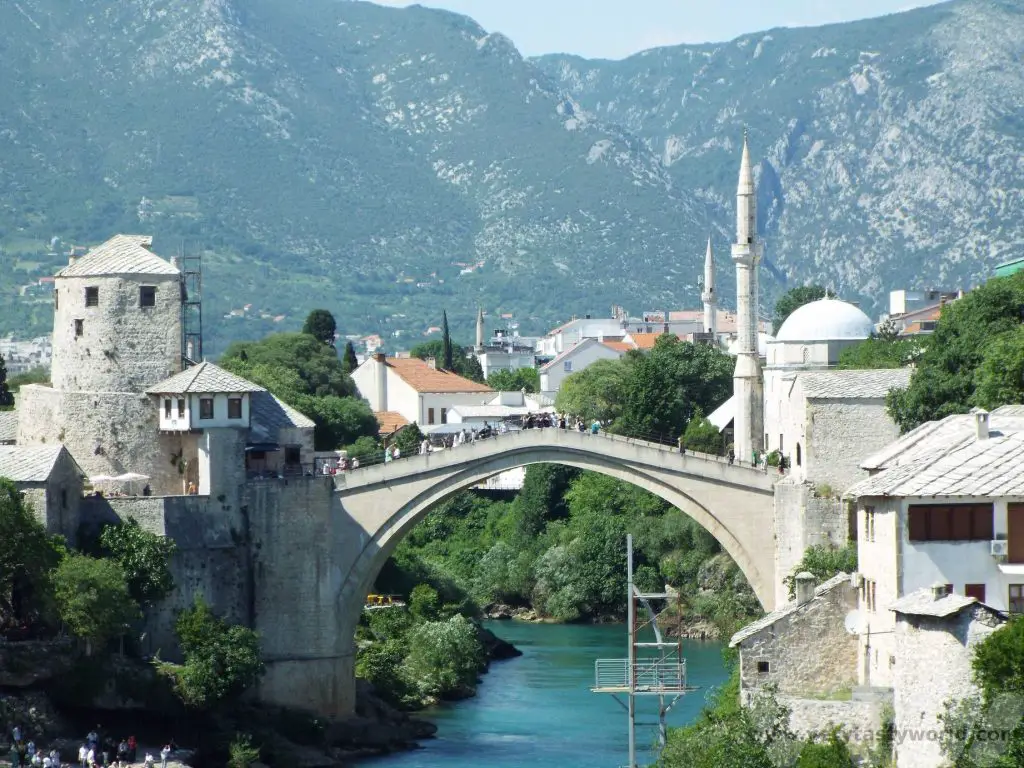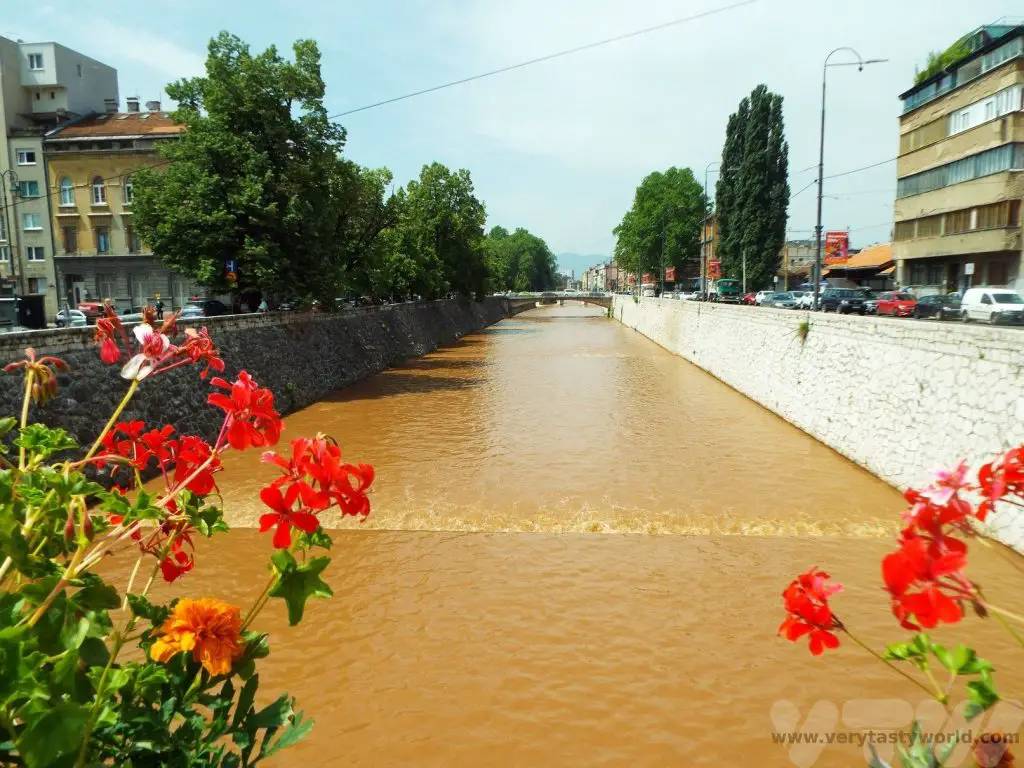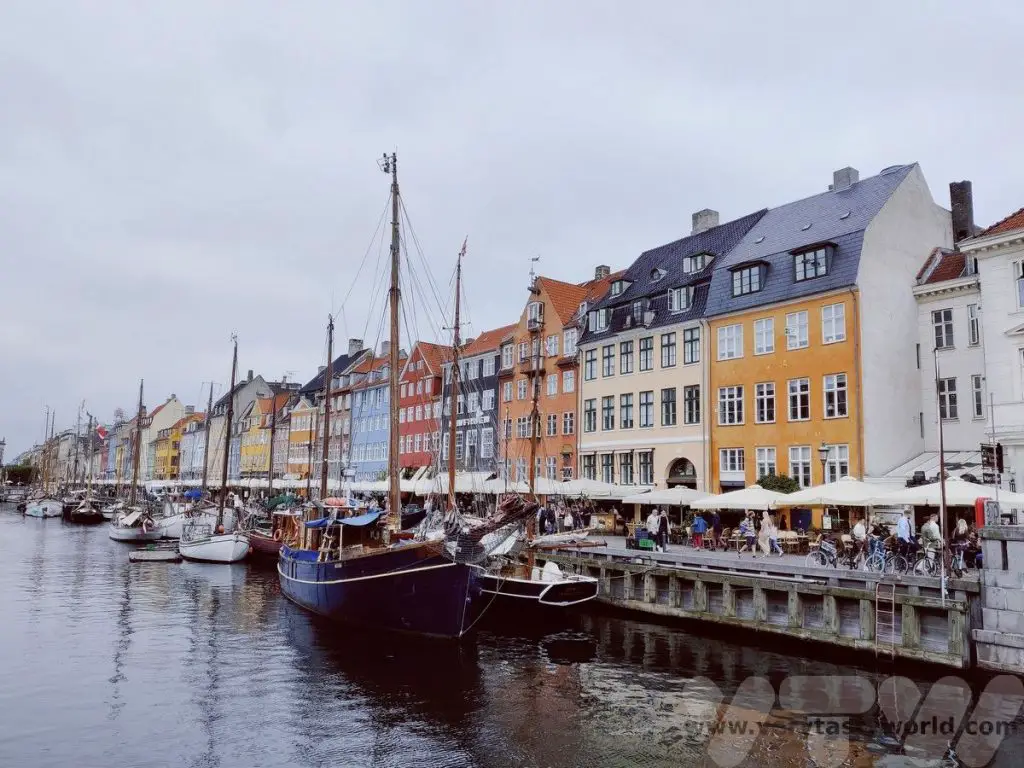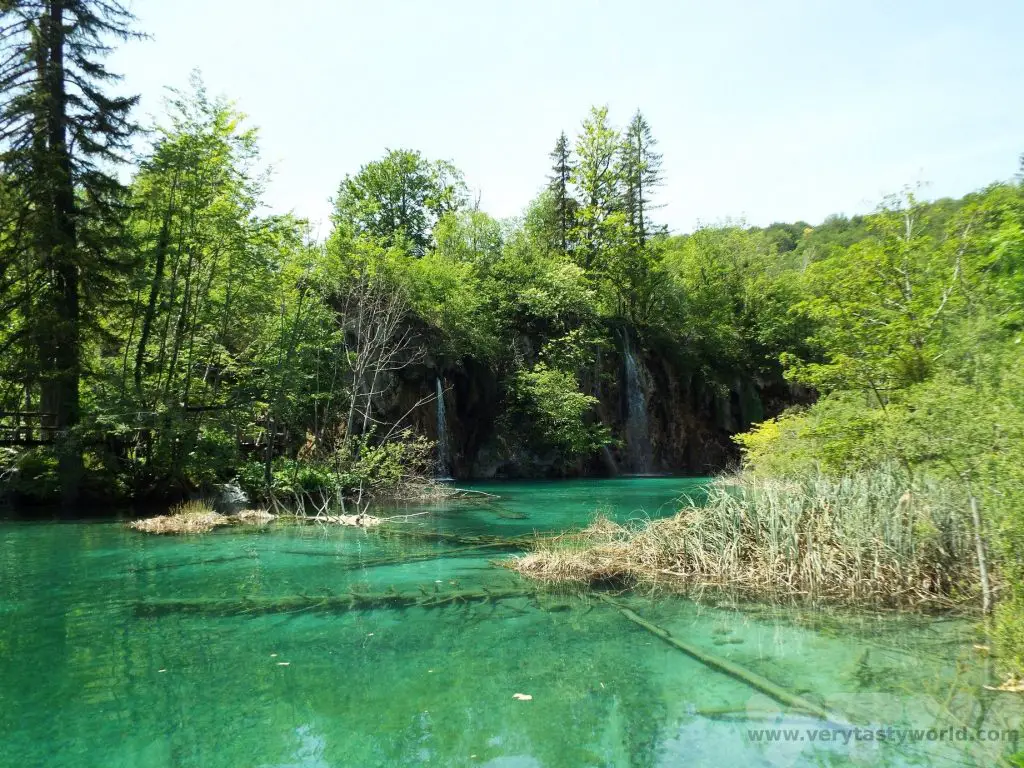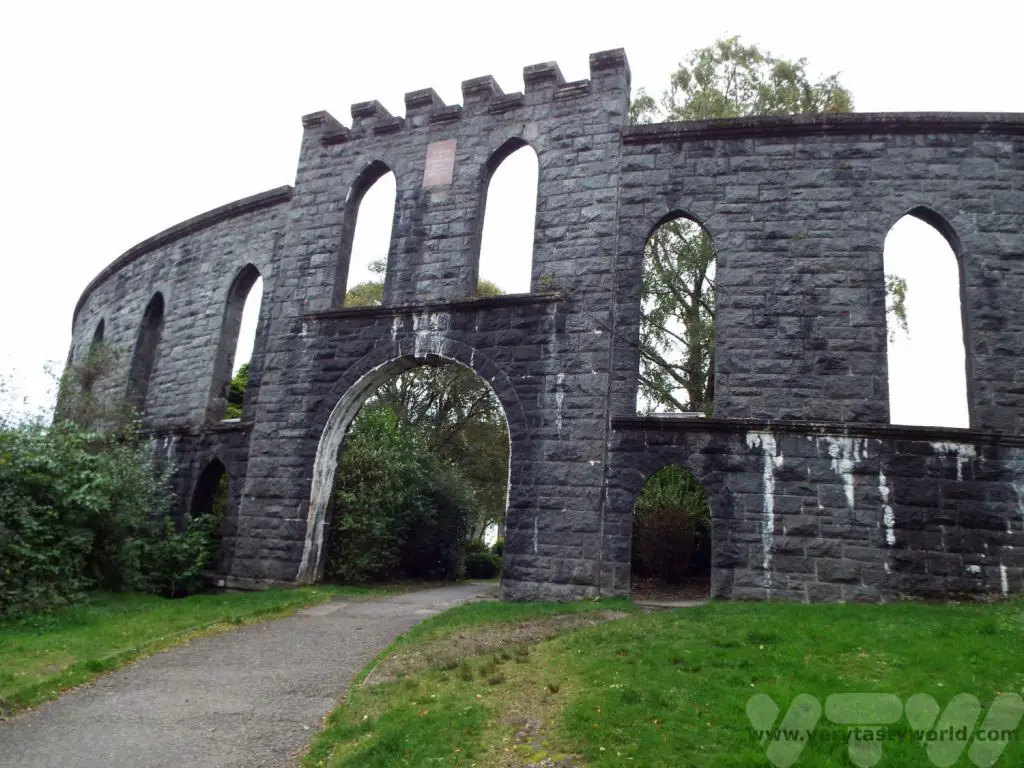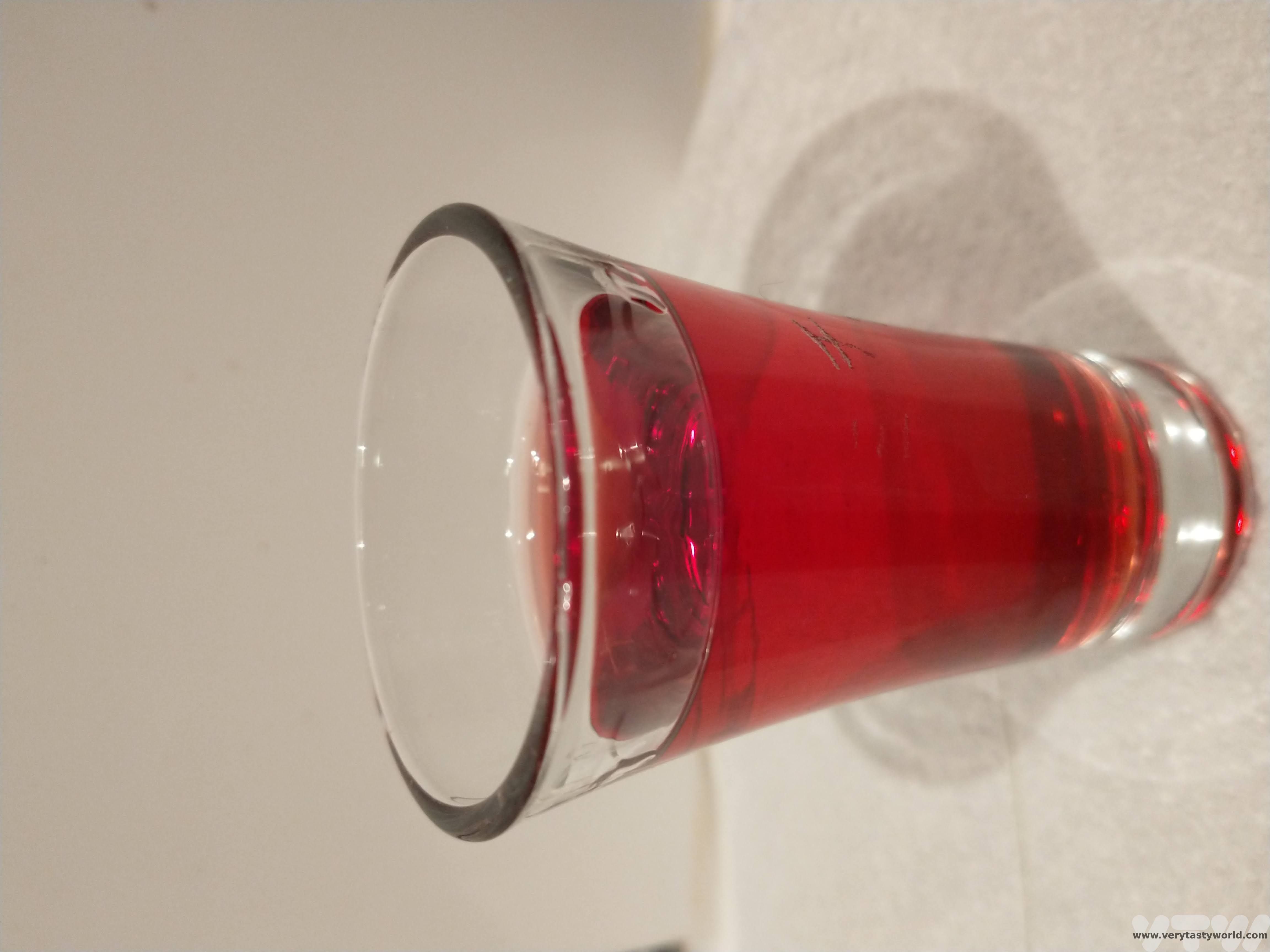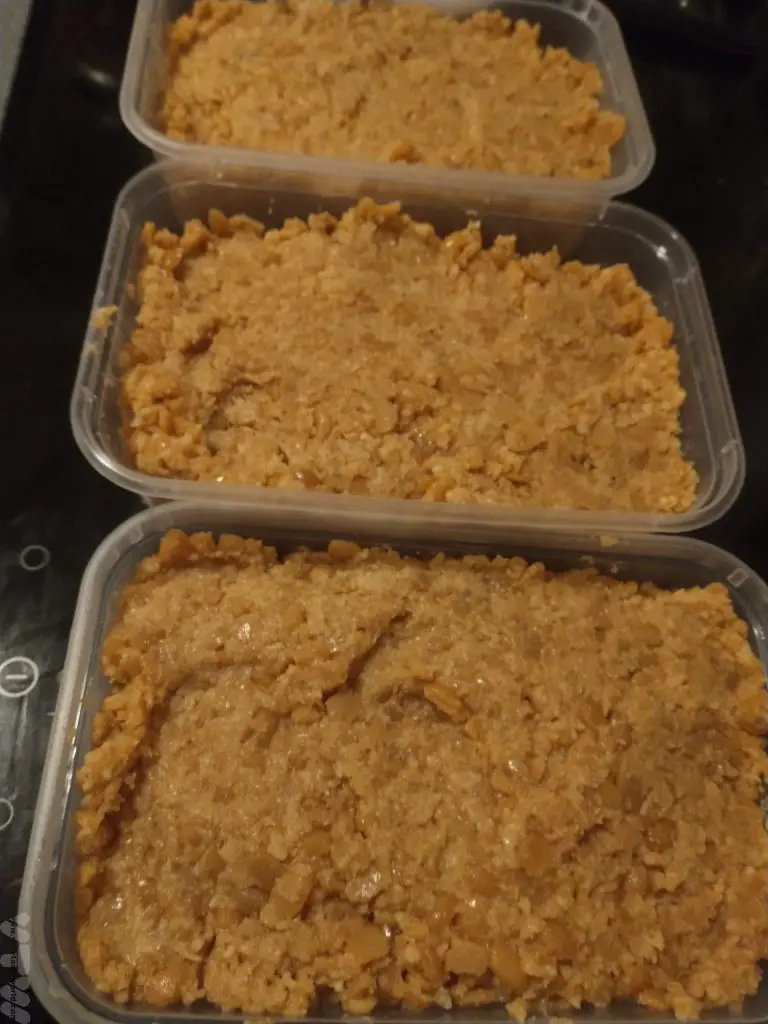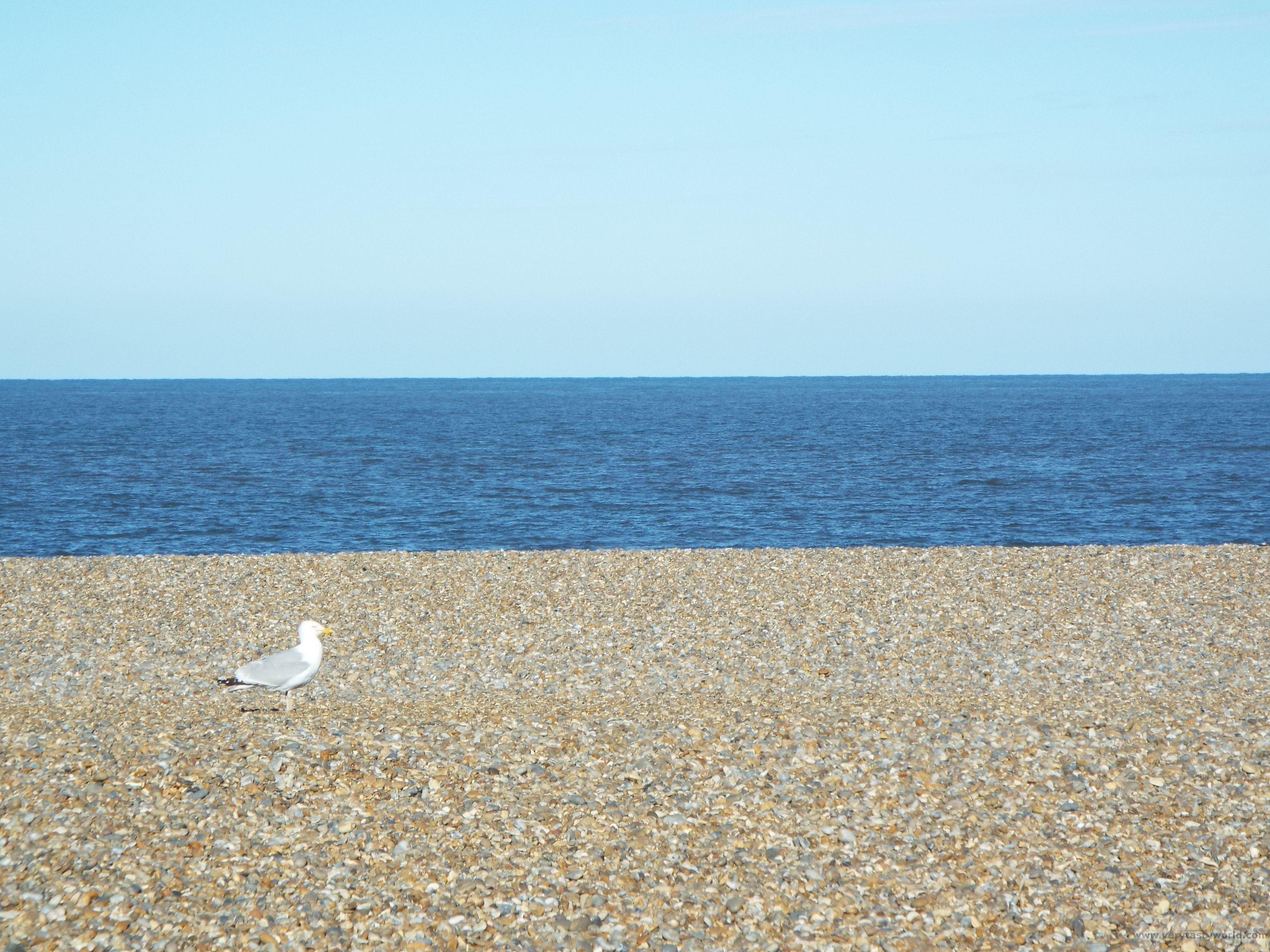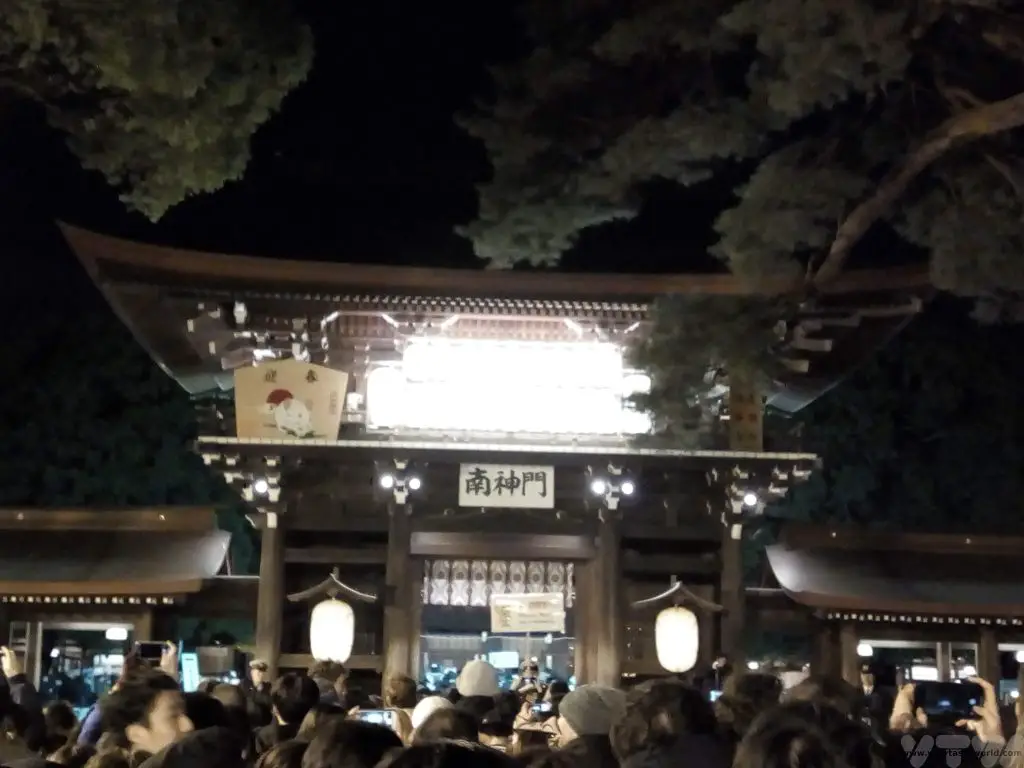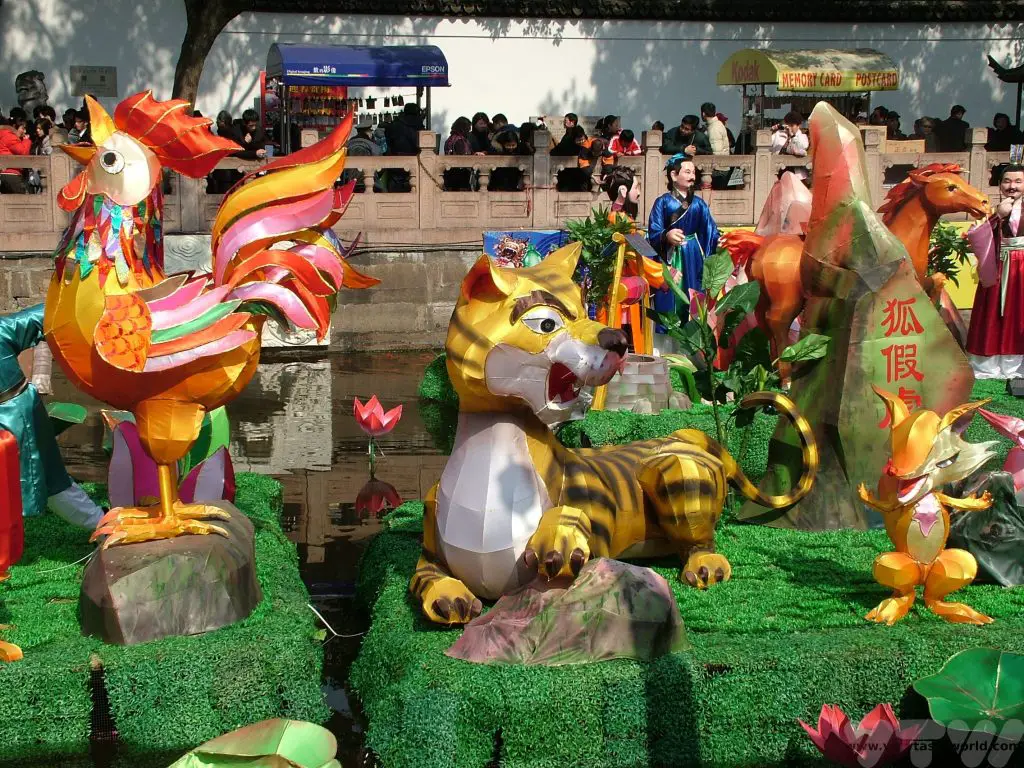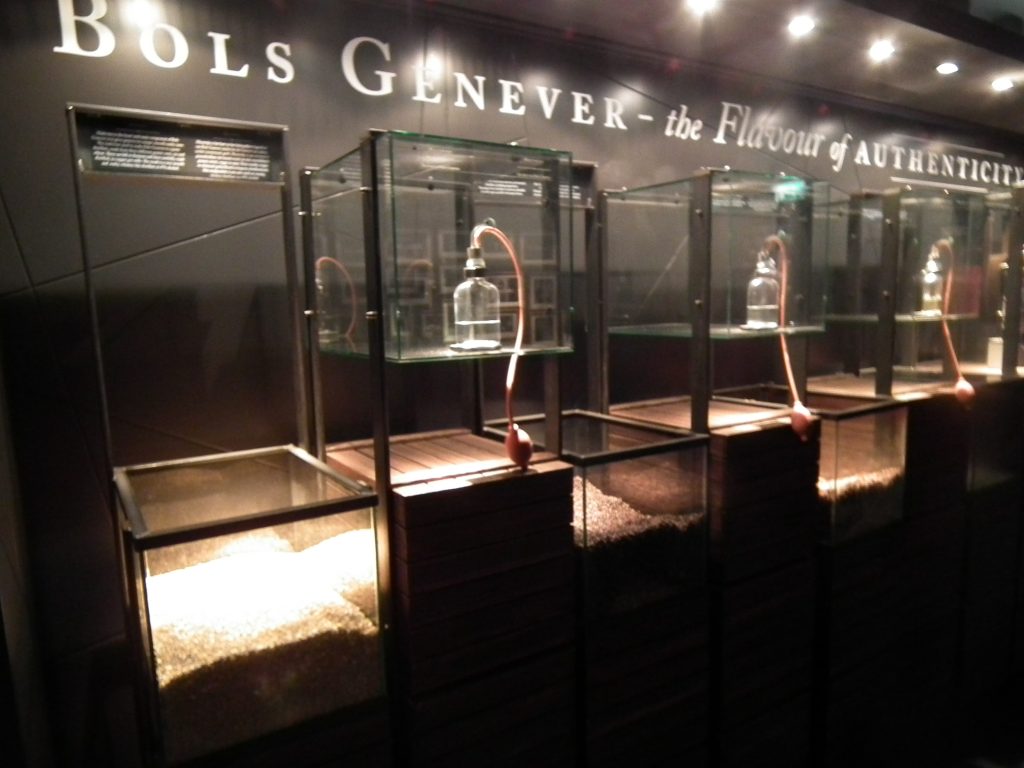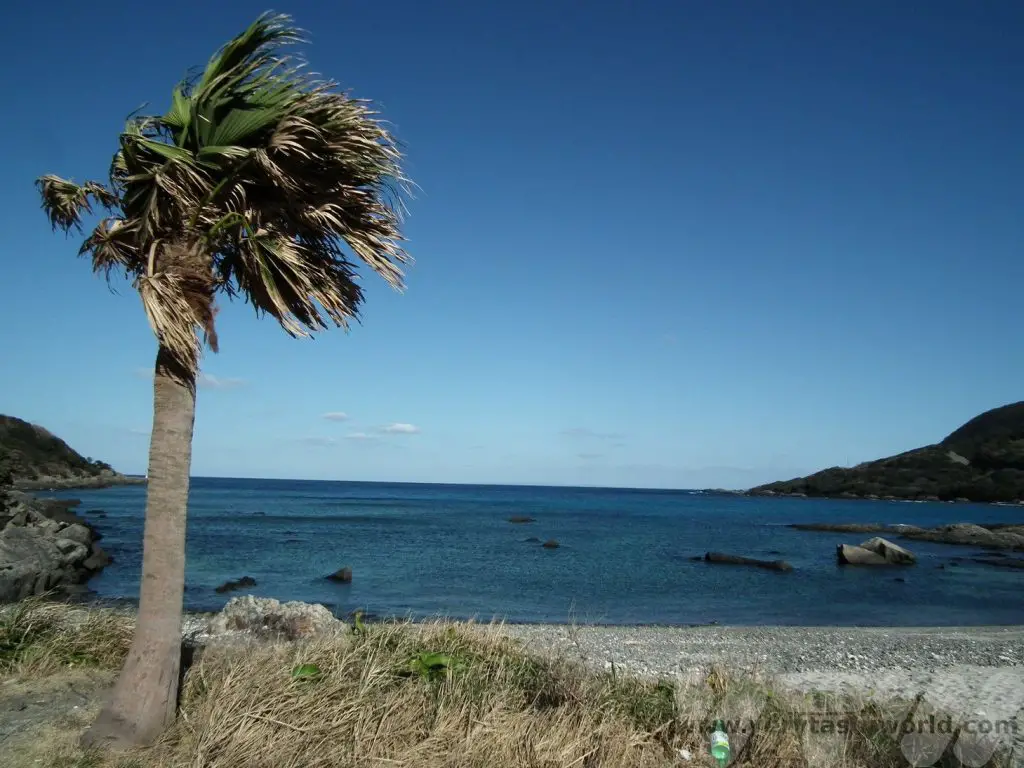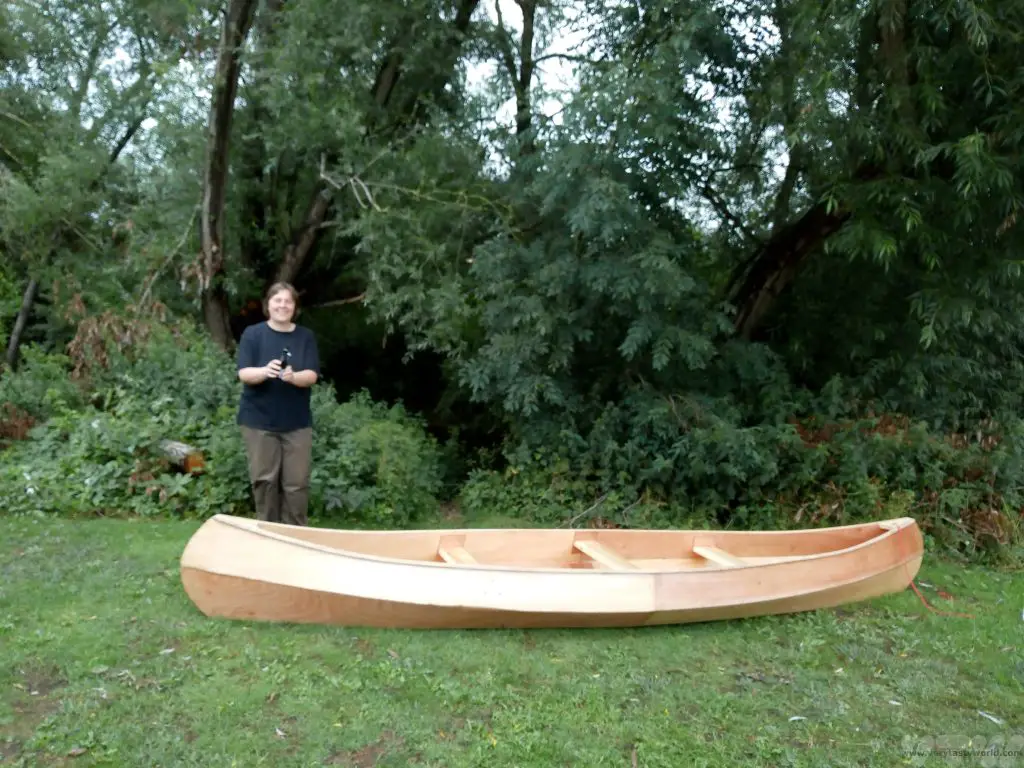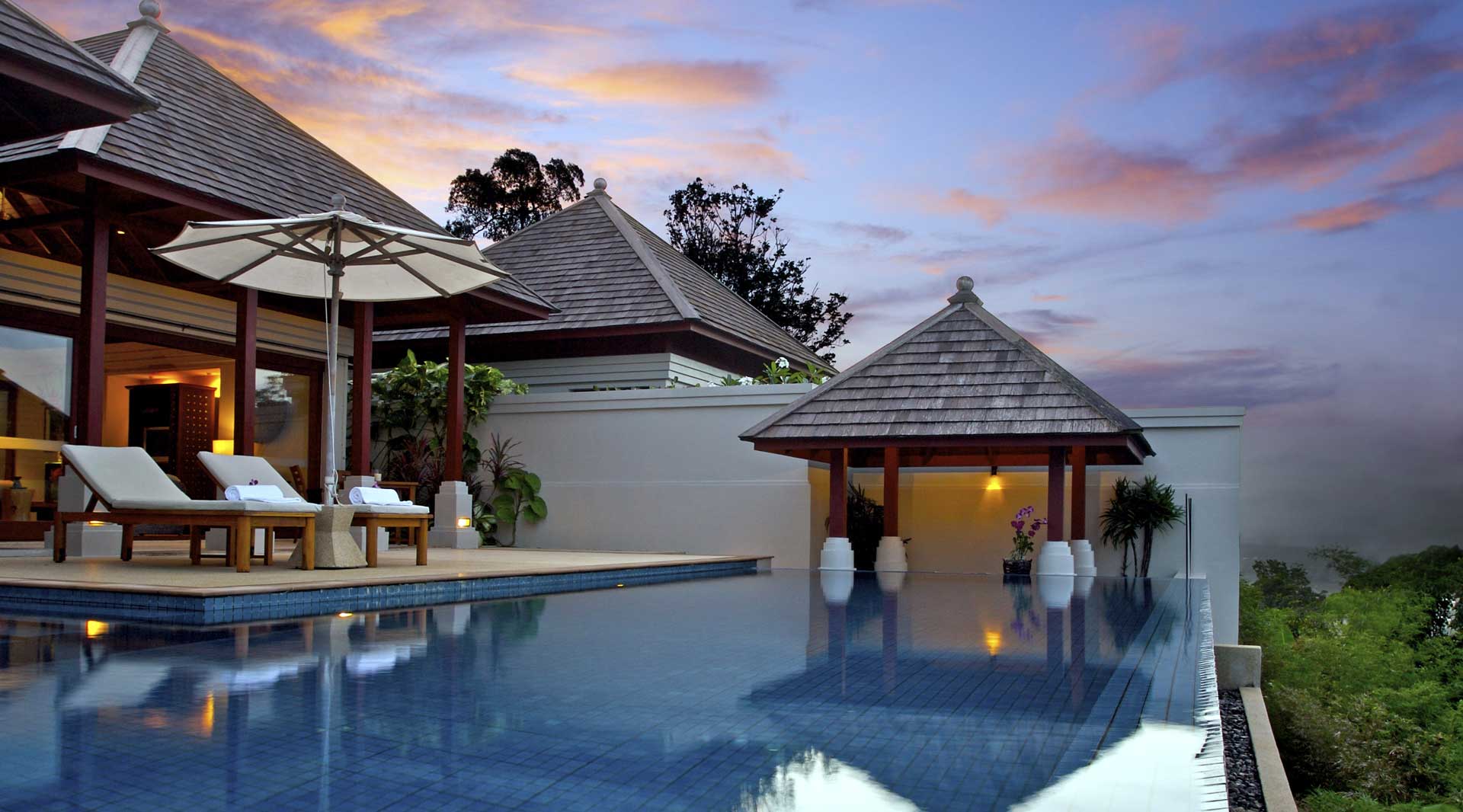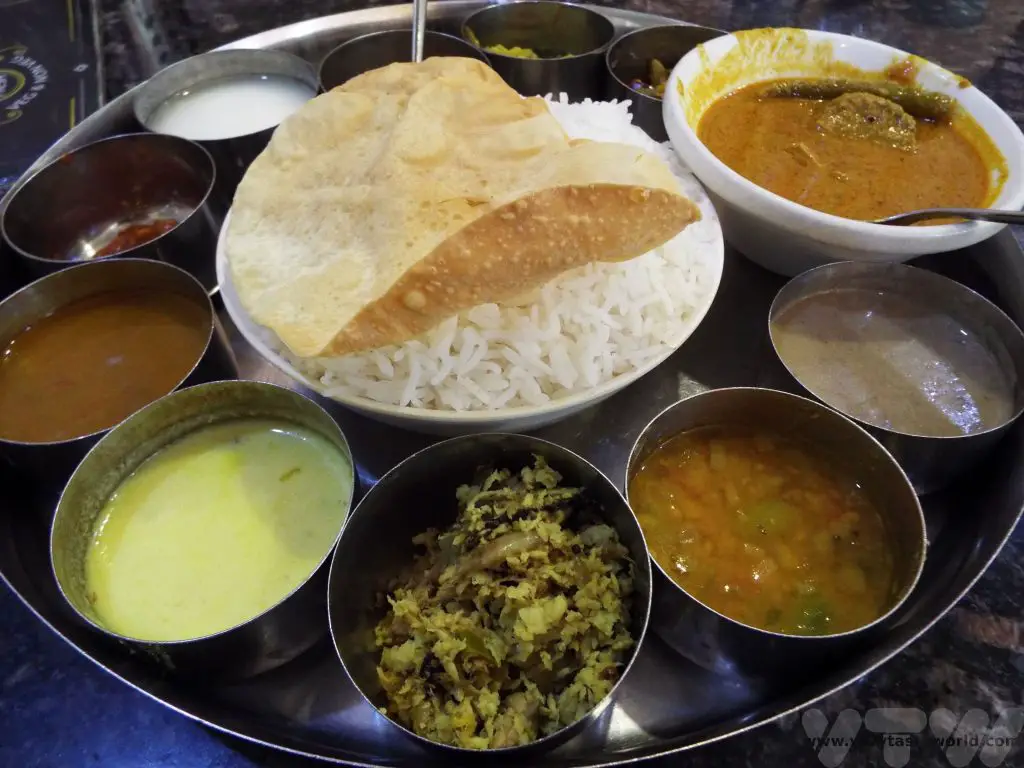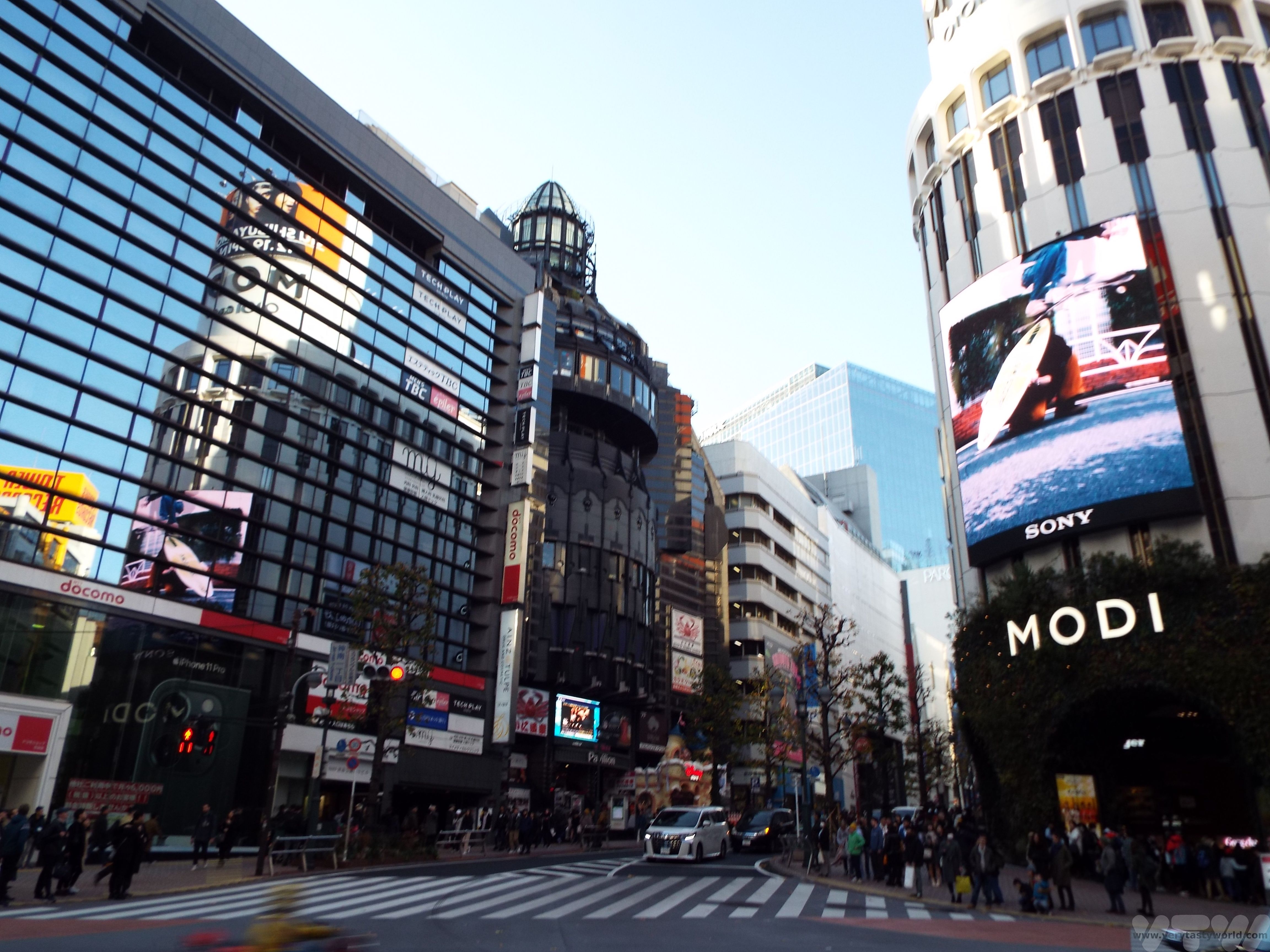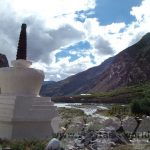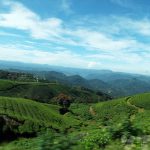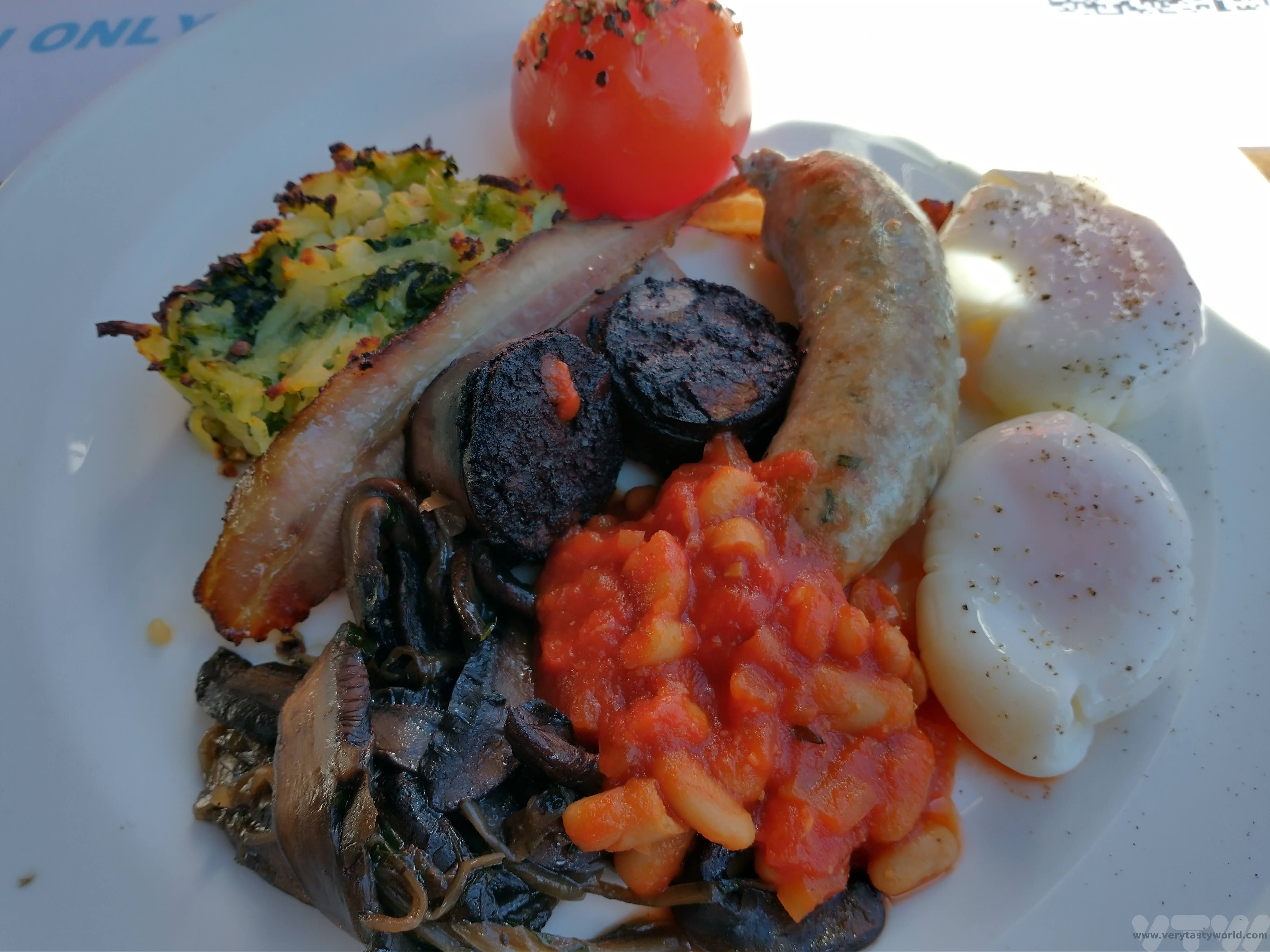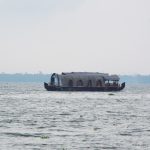Best Of Budapest in 2 Days
Budapest is a lively and cosmopolitan city with a fascinating history and loads of interesting sights to see. A city split in two, Budapest straddles the broad and serene Danube river – hilly Buda lies to the west and the flatter Pest is on the eastern side of the water. It’s a very beautiful city and its centre is ideal for walking around. Here’s how to enjoy the best of Budapest in 2 days.
Two Days in Budapest
A little bit of preparation: If you wish to visit the Hungarian Parliament building it is worth considering booking in advance. Check the official website to make sure that tours are available on the day you plan to visit. On the door tickets are available but may require some queuing.
And, a slightly unusual packing suggestion for a city break – don’t forget to bring a swimsuit if you want to bathe in the thermal baths.
Please note that this post contains affiliate links. If you decide to click and book a tour we will get a small commission, at no cost to you, which helps towards running this site.
Day 1 – Morning Historic Walking Tour
Budapest is an eminently walkable city, perfect for a walking tour. There are all sorts of options, from a general historic tour to a communism tour and even street art. Some are ostensibly free (although it is appropriate to tip the guide at the end) and others are pre-paid. All will propose a meeting place, usually a central square in the city.
From Pest to Buda
Our walk started at St. Stephen’s Basilica in Pest, which served as a meeting point. The basilica is named for St Stephen, the first king of Hungary. Apparently his right hand has been mummified is retained within the church. One of the tallest buildings in Budapest (along with the Parliament building), it has two bell towers. The southern tower houses the biggest bell in Hungary, a monster weighing 9 tonnes.
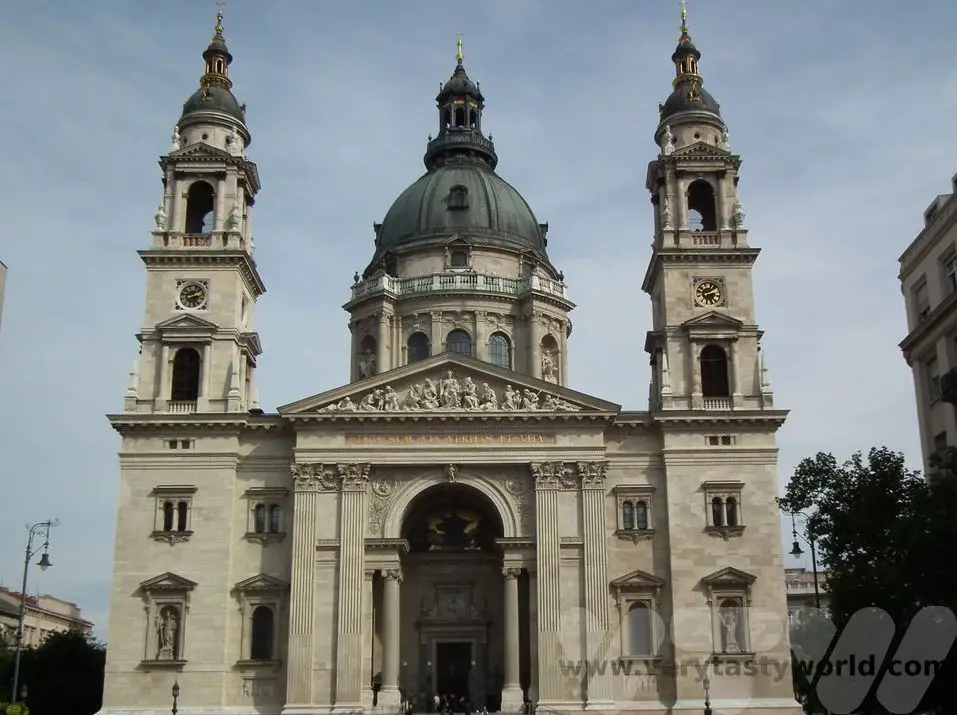
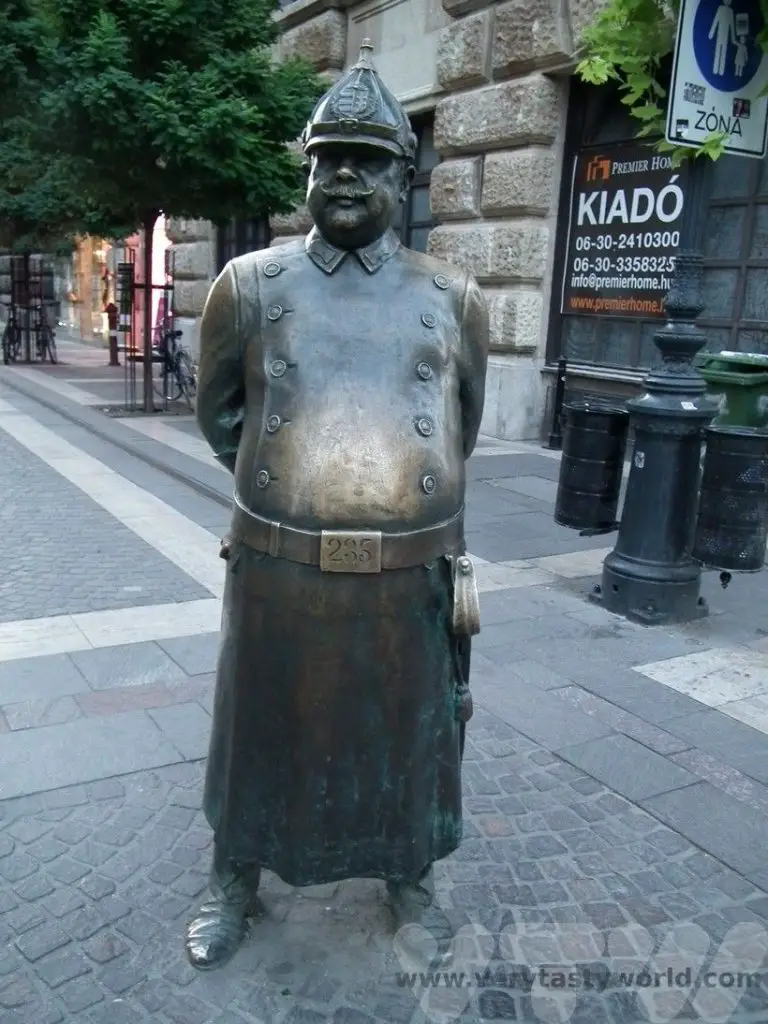
The walk took us towards the river and we passed the tubby policeman statue. Also known as Uncle Karl, there’s a legend that if you rub his portly belly you won’t get fat and can eat as much delicious Hungarian cuisine as you wish. Of course we didn’t believe it as we had already decided that we were going to enjoy as much food as possible anyway!
Although the walking tour starts in flat Pest, the majority of the time was spent in hilly Buda. We crossed the Chain Bridge, which spans the river Danube. Its formal name is the Széchenyi Chain Bridge and it was constructed in 1849, the first permanent bridge in the city and, at the time, considered to be an engineering marvel. Actually, it still is an engineering marvel.
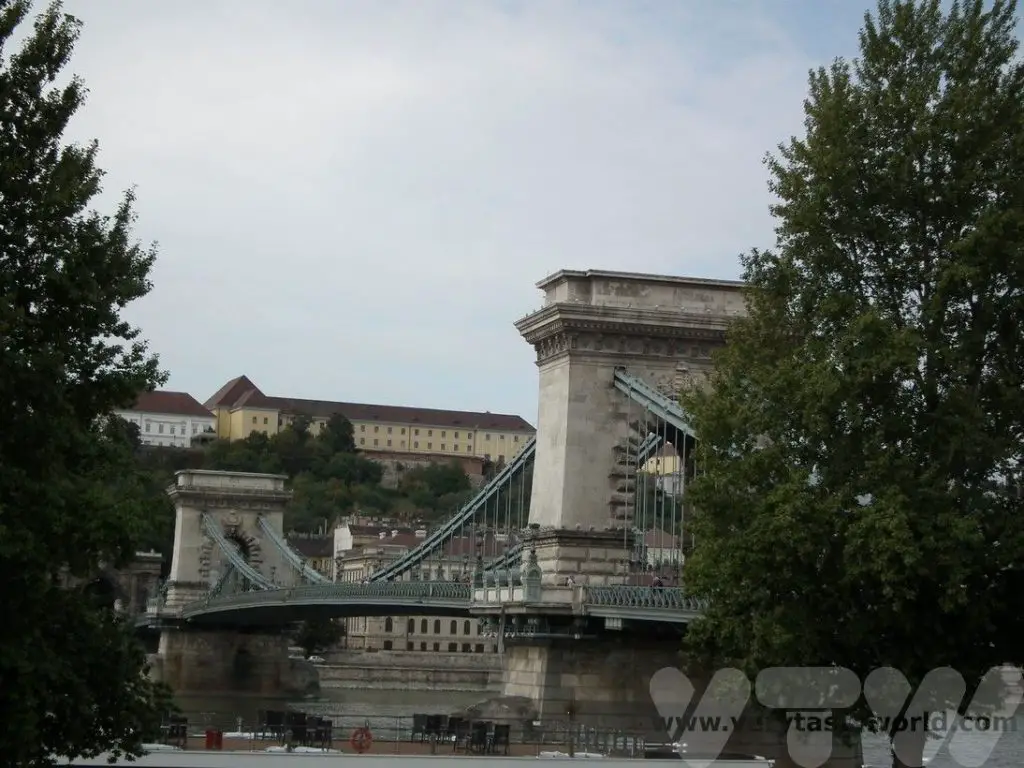
Then it’s a climb up the hill to visit some of the historic buildings located in Buda.
Royal Palace
King Bela IV decided to build his residence on Castle Hill in 1247 and completed it in 1265.Over the centuries subsequent kings expanded and developed the site, notably King Sigismund, a Holy Roman Emperor, who constructed it to become the largest palace of its time. King Matthias Corvinus also added a number of buildings.
However, like many of the city’s great buildings, the palace was badly damaged during the Ottoman era. It was reconstructed and added to over the centuries only to be destroyed during World War 2. It was rebuilt and modernised during the 1950s, with help from Polish architects, who had overseen the reconstruction of Warsaw. Some of the mediaeval parts of the castle were found and reconstructed to the best knowledge of the architects. It is a magnificent and extensive building.
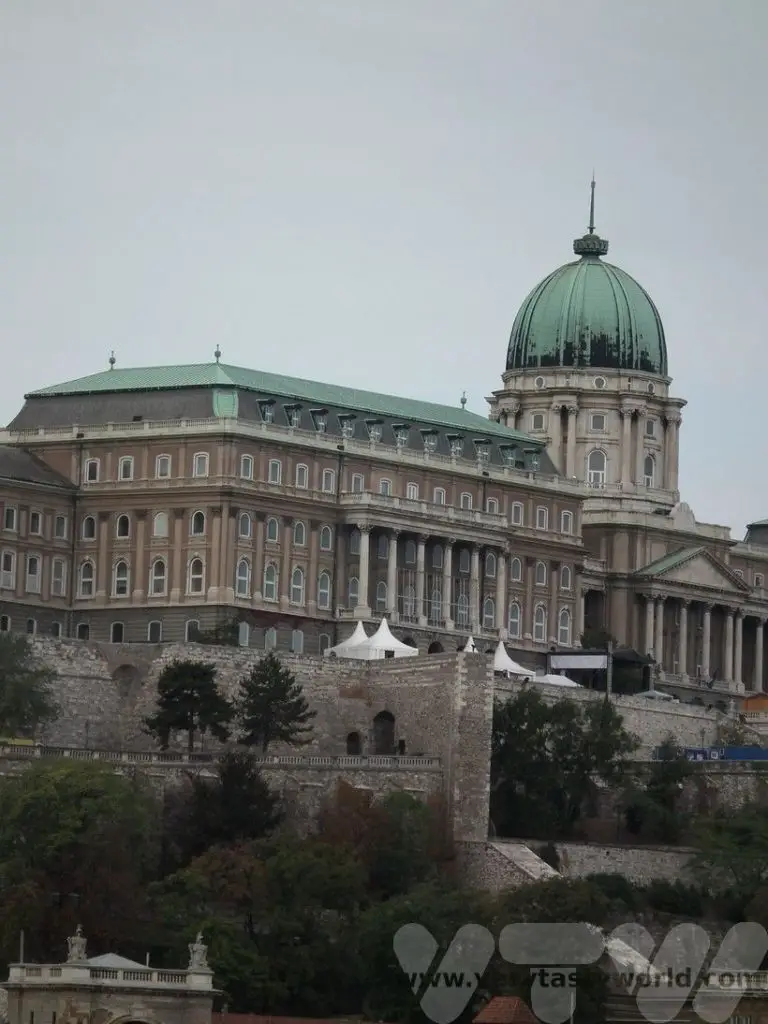
Matthias Church and Fisherman Bastion
A church with a long history that has reflected the fortunes of the city, Matthias church was founded as the Church of Mary in 1015 by Saint Stephen, the first Hungarian king. Of course, it was a much more basic structure then. It became a Roman Catholic church when King Bela IV moved the Hungarian royal residence to the hills of Buda in the 13th century and was further adapted in the 15th century by King Matthias Corvinus, who notably added the bell tower, named after him.
However in 1526 the city was invaded by the Ottomans who converted the building into a mosque and took many of its artefacts. The church was restored after liberation from the Turks, and redesigned to its present form in the 19th century. It is a truly beautiful building, a living church that has a central place in the community which offers many events throughout the year, including concerts featuring the Hungarian Virtuosi Chamber Orchestra.
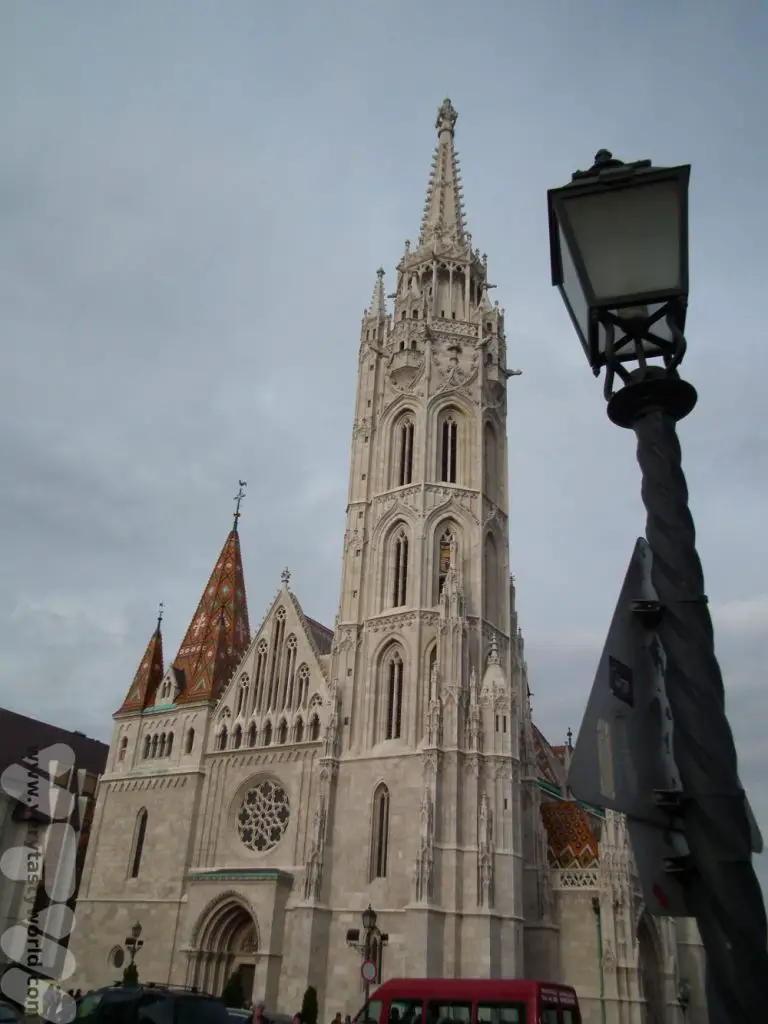
The origin of Fisherman Bastion’s name is that the guild of fishermen protected that section of the castle walls in the area known as Fishtown. Its main structure was built between 1895 and 1902 by Frigyes Schulek (who restored the Matthias church as well), another very beautiful building.
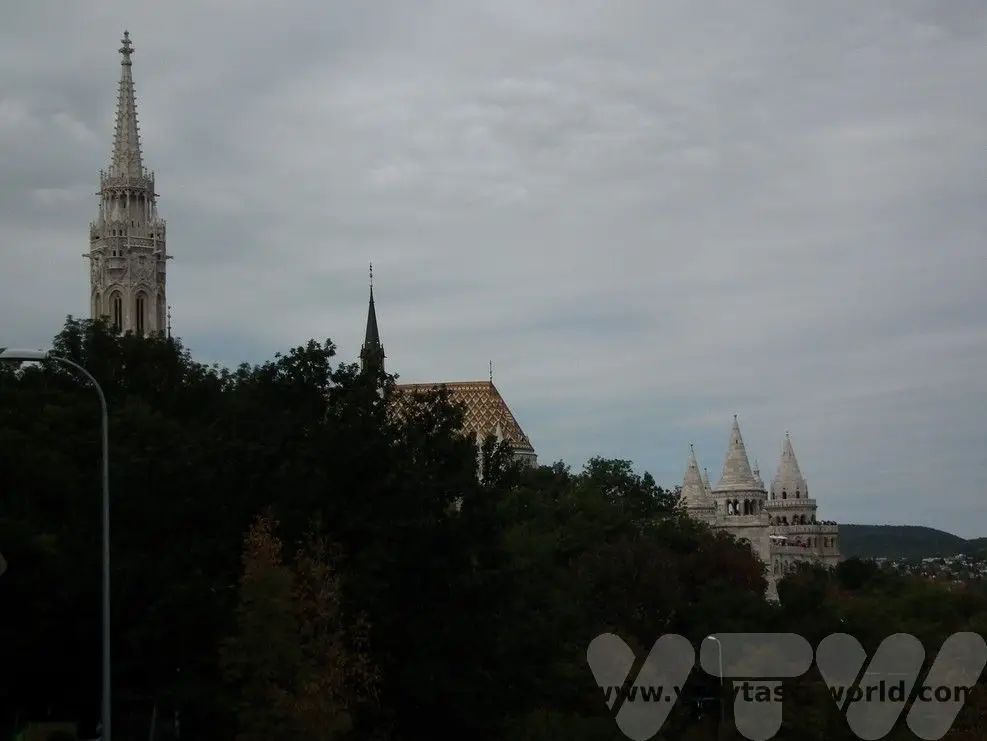
Fisherman’s Bastion affords some fantastic views over the Danube, especially to the Hungarian parliament building.
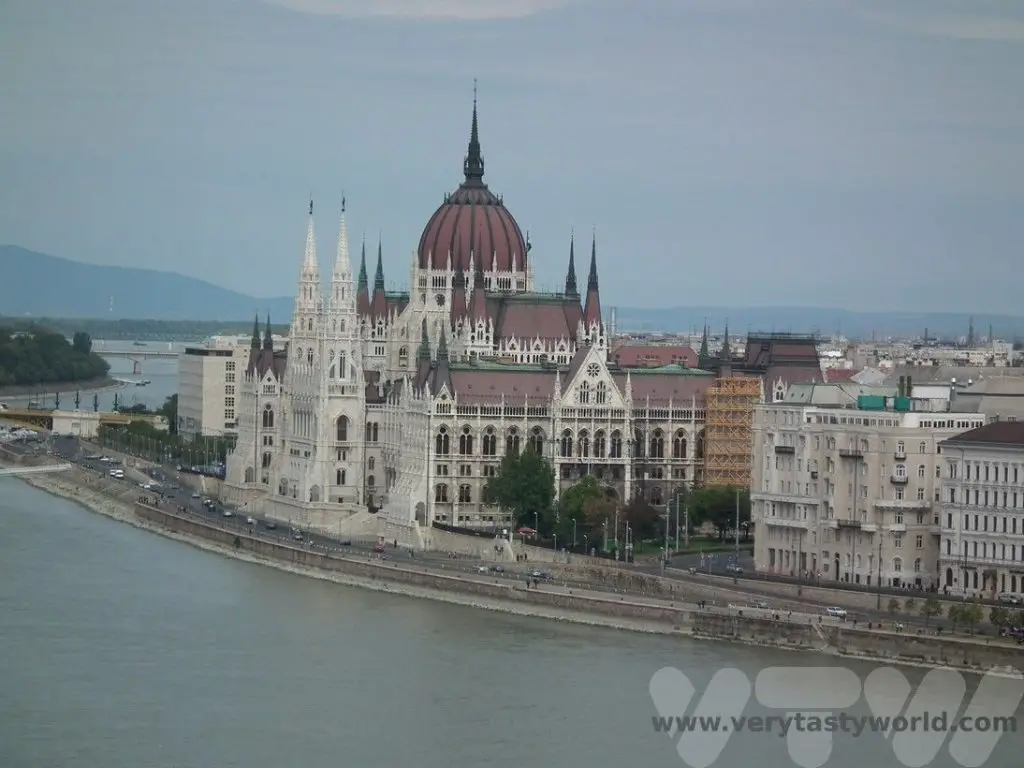
Day 1 – Afternoon
The walking tour introduces you to the key buildings but doesn’t take you inside, so you might want to hang around the area in the afternoon to explore Buda in more depth. The winding streets on Castle Hill are lovely to walk through. You can visit the castle building. Although you have to pay to visit the castle itself, the grounds are free to enter.
Sometimes there are food markets in the area. One of the essential street foods to try when visiting Hungary is Kürtoskalács. These spirals of delight, the name referencing a chimney due to its elongated shape, are a sweet dough wound around a cone, rolled in sugar and roasted over a spit. The sugar caramelises and you have a sweet, twisted pastry to eat. They are sometimes rolled in nuts or cinnamon for delicious variations.
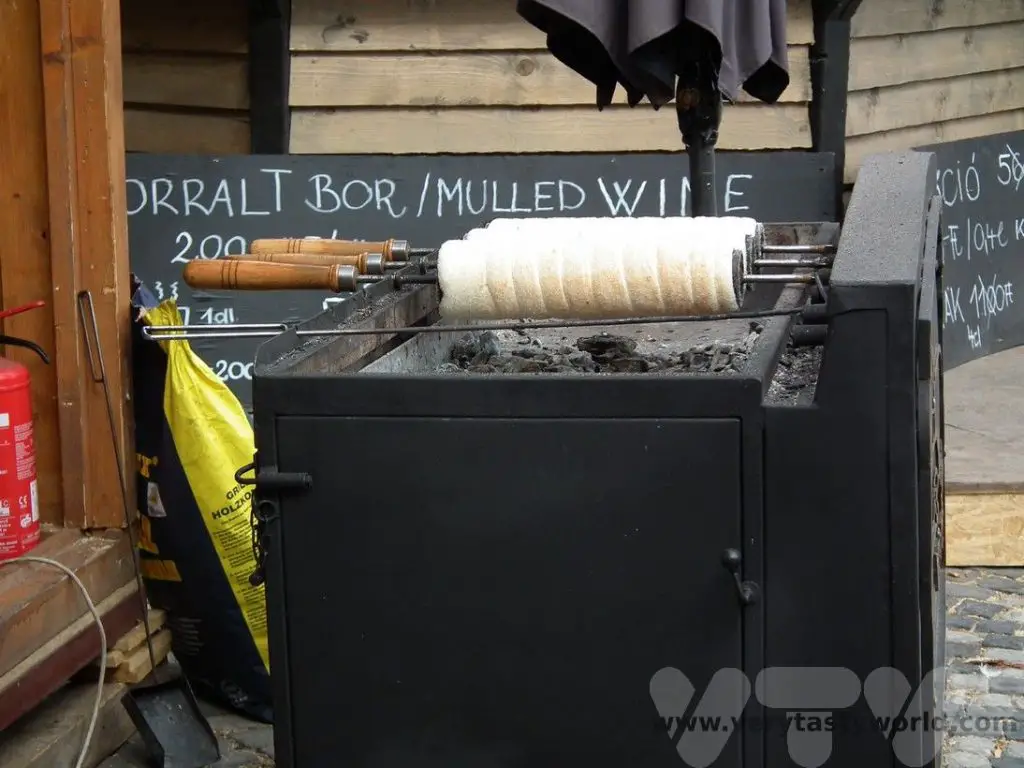
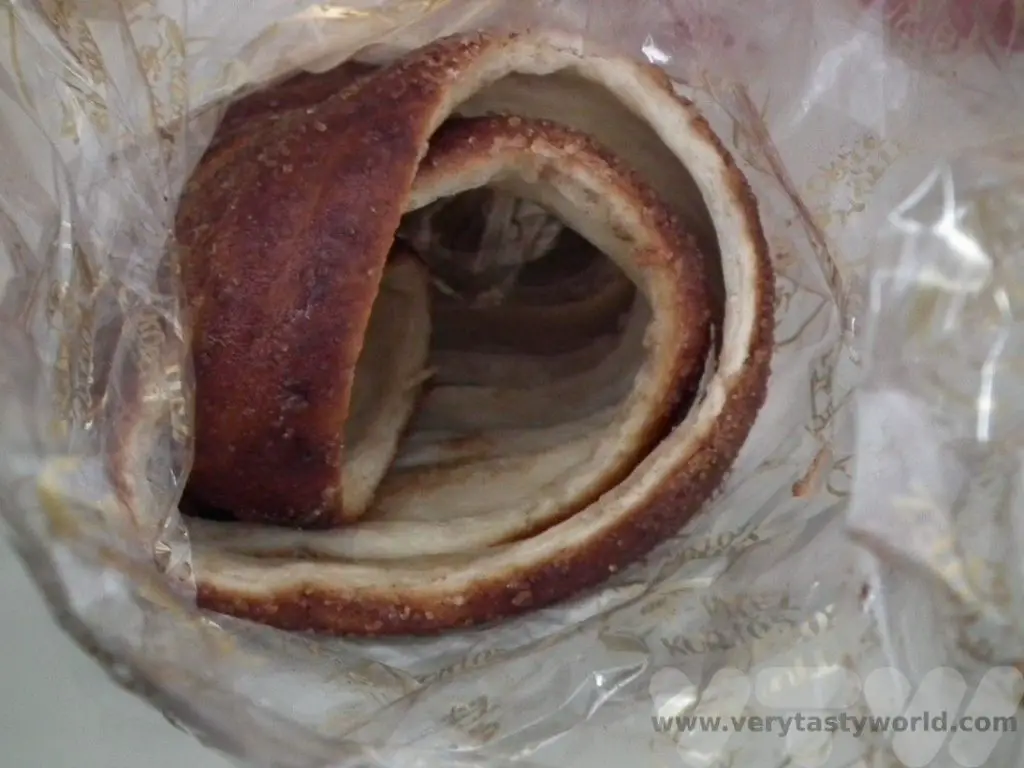
Visit Parliament Building
An alternative to spending time on Castle Hill is to visit the Hungarian Parliament. It’ll take around half an hour to walk there from the palace area. To British people this magnificent building looks very familiar. Hungary’s neo-Gothic parliament building was designed by Imre Steindl, who won a competition to design a building that represented the unity of the three cities – Buda, Pest and Obuda (now District III-Óbuda-Békásmegyer) – which joined together in 1873.
The architecture bears a strong resemblance to the British Houses of Parliament, London’s Palace of Westminster, because the Hungarian politicians of the time wanted to demonstrate a commitment to Western European political role models, notably Britain. (How times have changed!)
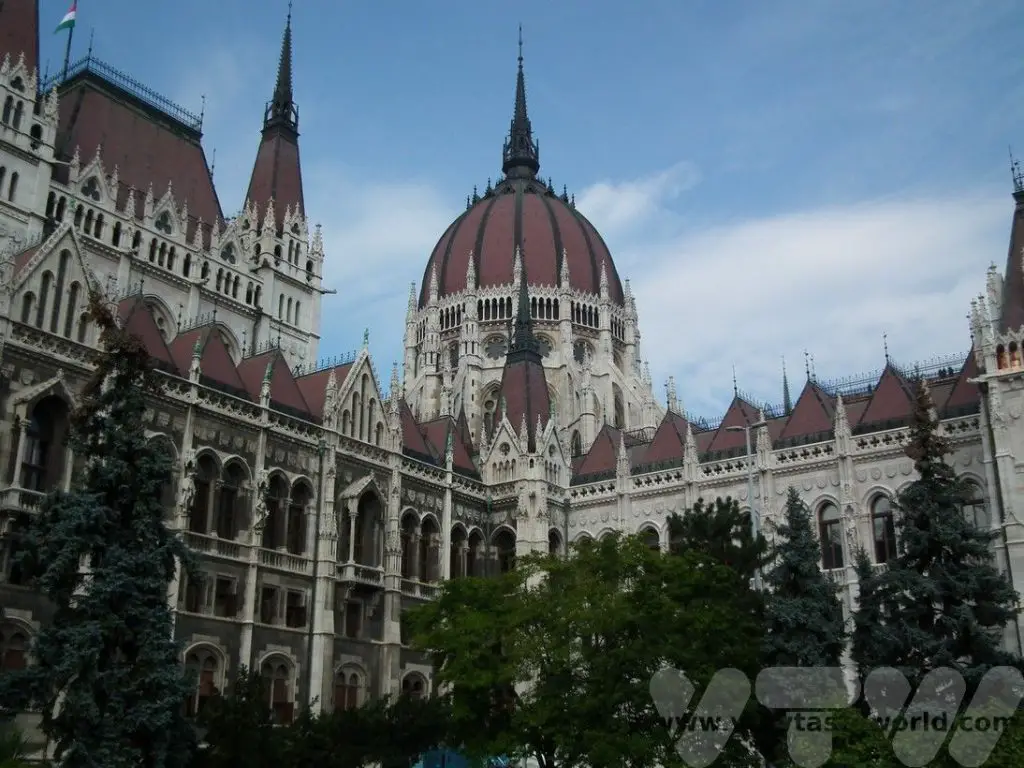
Guided tours are available but not on all days, so it’s worth checking – and booking – in advance.
Day 1 – Evening Boat Cruise on the Danube
It’s a very touristy thing to do but a boat trip along the Danube at night, with the bridges and buildings lit up, is a delightful way to spend the evening. There are lots of options from a simple boat trip to a full dinner service. We chose a drinks cruise because we wanted to enjoy the cityscape whilst enjoying a tipple and figured we might miss the best views if we were scoffing our dinner at the same time. It was perfect for us but there are all sorts of options to suit different budgets.
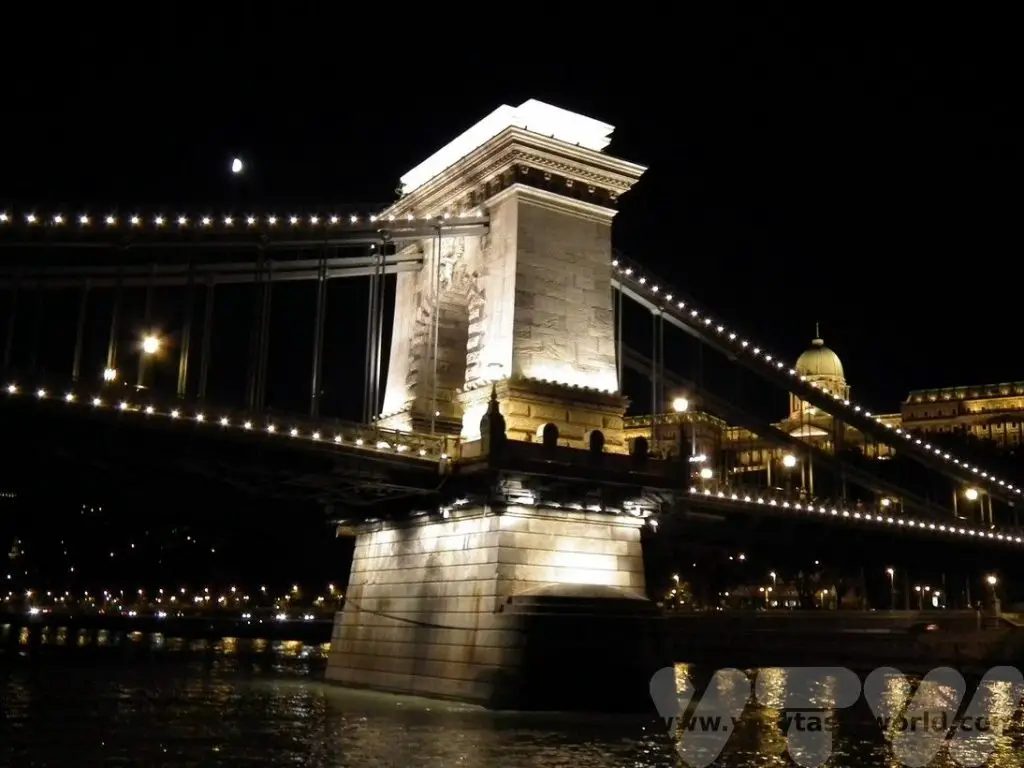
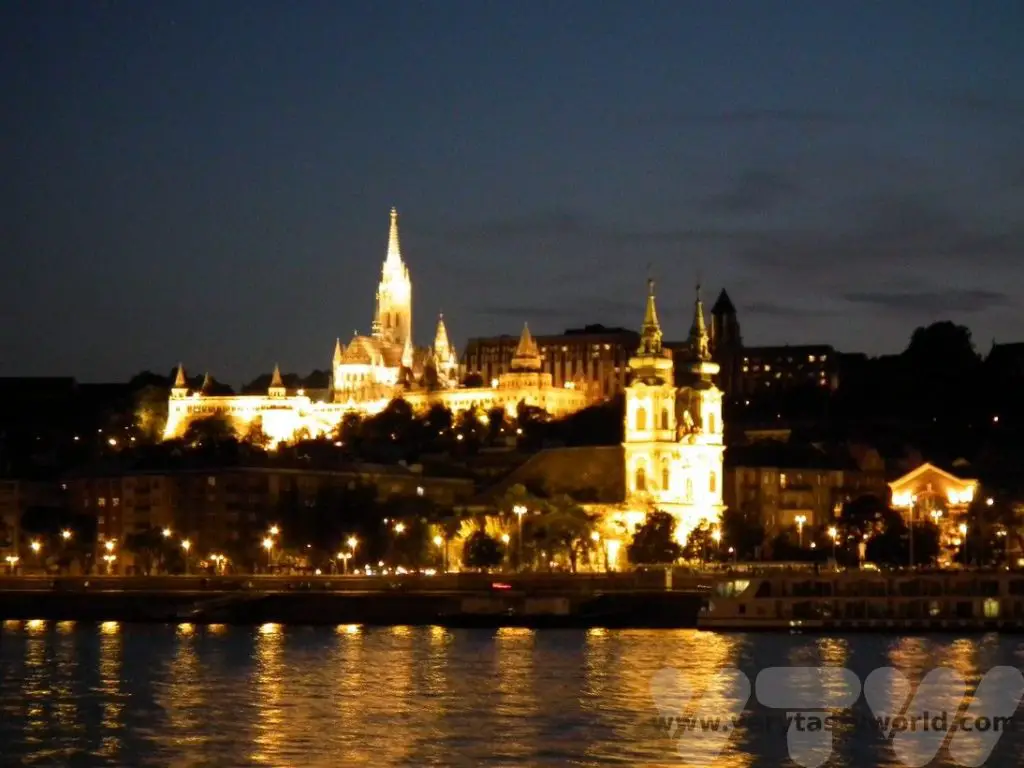
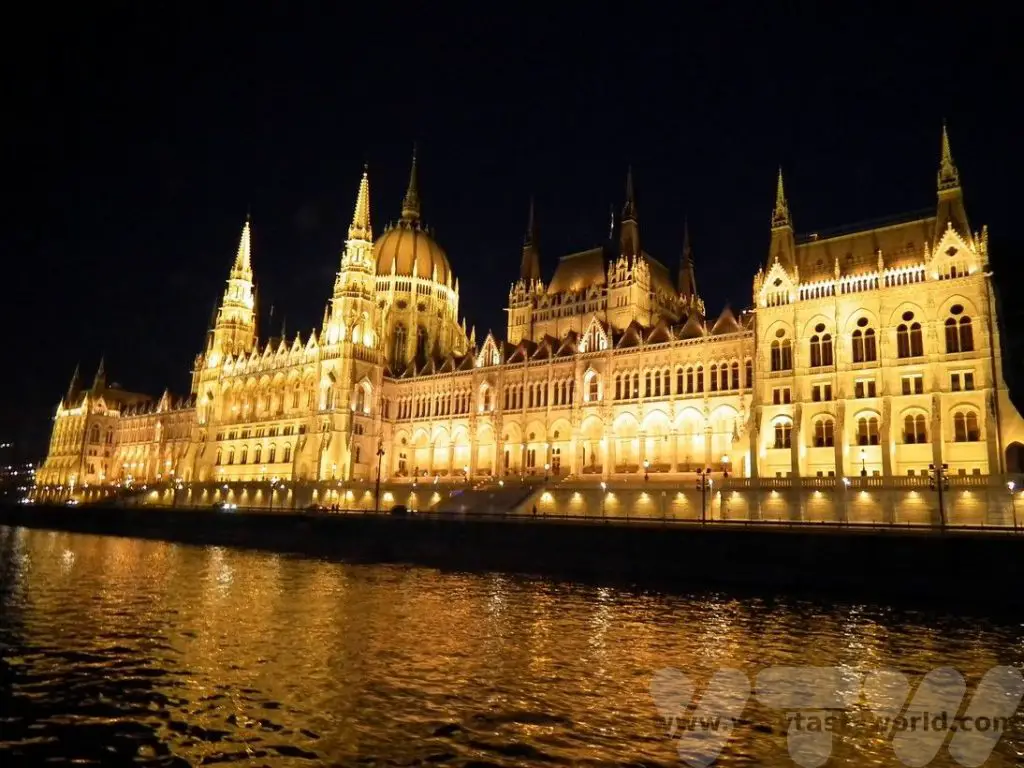
Day 2 – Morning
Explore Pest – A Communism Walking Tour
To complement the general city tour this was a genuinely fascinating insight into life under communism. Led by people who recalled their experiences, it was a good way to understand Budapest’s modern history through their personal stories as well learning as how communism influenced the city throughout its 20th Century history.
The country’s history of communism started in World War 2 when Hungary joined forces with Germany in 1940 and was involved with the invasion of the Soviet Union. By 1945 the Soviet army had defeated the invading armies and established themselves in Hungary, marking the start of communist rule. In 1956, a student demonstration escalated into a wider protest which was violently quashed by the communist leaders.
But it didn’t stop the protests and eventually the Soviet troops backed down, which led the people to believe that this might just be the start of a democratic process. However a few months later, the country was suddenly and unexpectedly invaded by a huge Soviet force who entered the city in tanks, killing many Hungarian people and destroying multiple buildings. Many of the people involved in the uprising were imprisoned and killed.
The main revolutionary leader was Imre Nagy, widely regarded as a hero who, although a communist politician himself, stood for a reformed form of communism. He was captured and executed in 1958. A memorial statue was erected in his honour. It was initially located near the Parliament building and depicted him standing on a bridge, looking to the building, a symbol of democracy. The picture below shows Imre Nagy’s statue in his original location but, due to political changes in recent times, it was removed in 2018 to a different location in the city – Jaszai Mari Square.
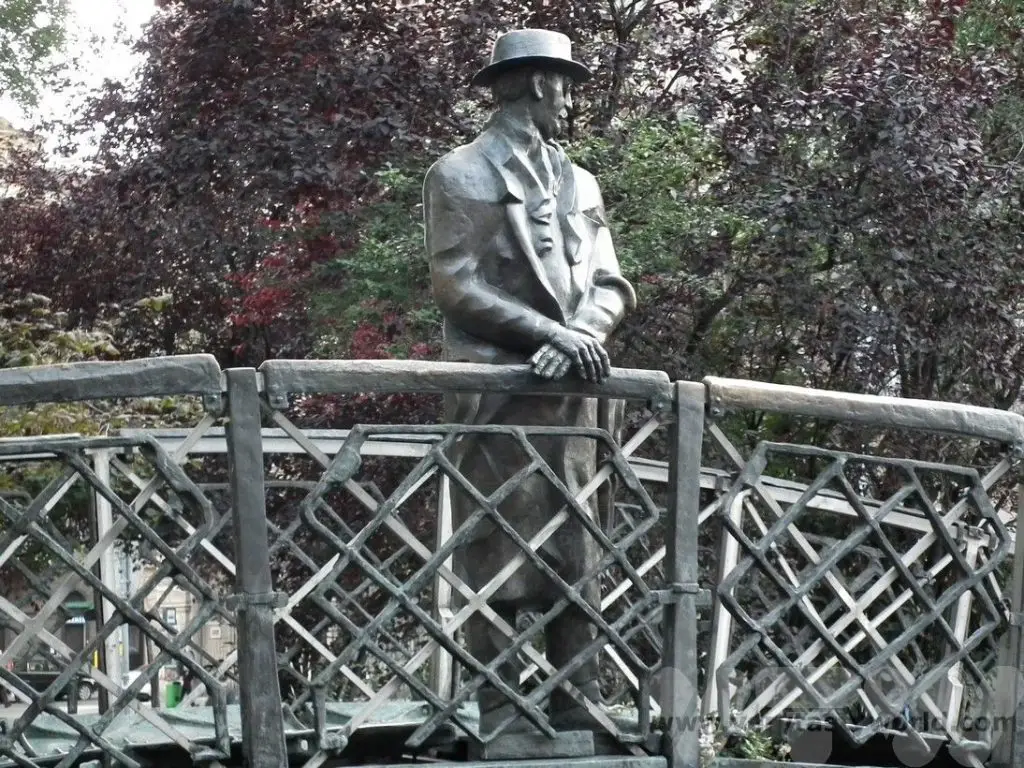
The tour was also really interesting from an architectural perspective. For example, take a look at the adjacent buildings in the photo below. The one on the left was built during the communist era – it is plain and functional, but importantly has seven stories of – somewhat cramped – building space compared with highly decorated and generous four stories of its neighbour, which was constructed over a century earlier.
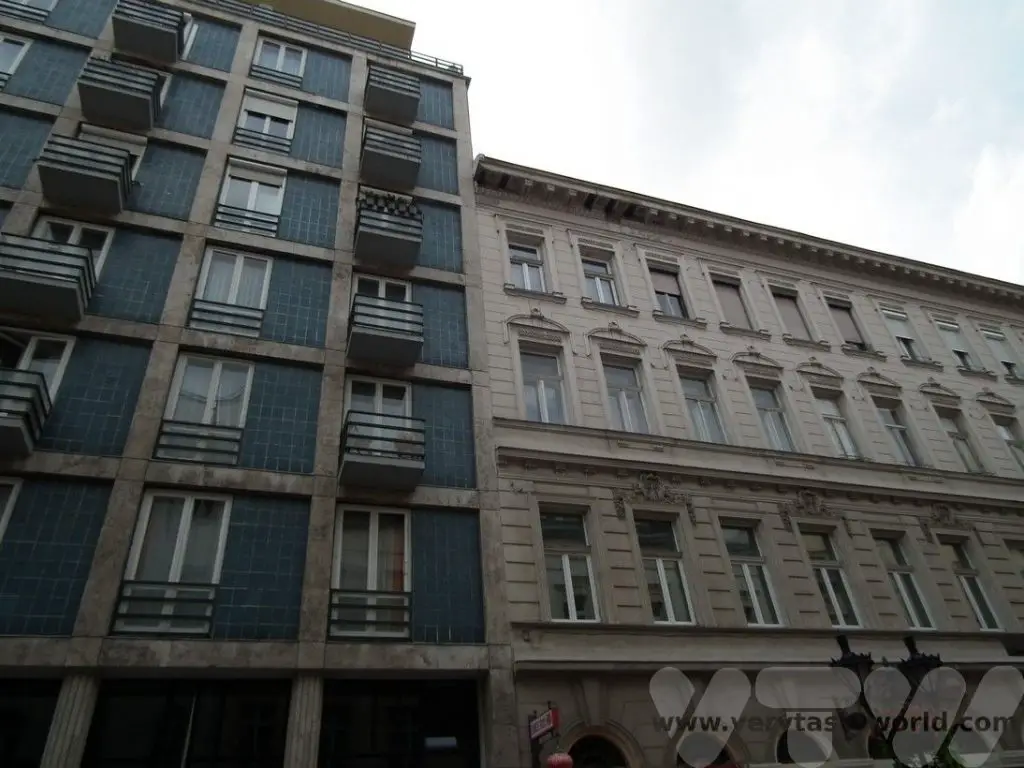
The Communist TV station, perfect for broadcasting all sorts of propaganda at the time, is housed in a magnificent building.
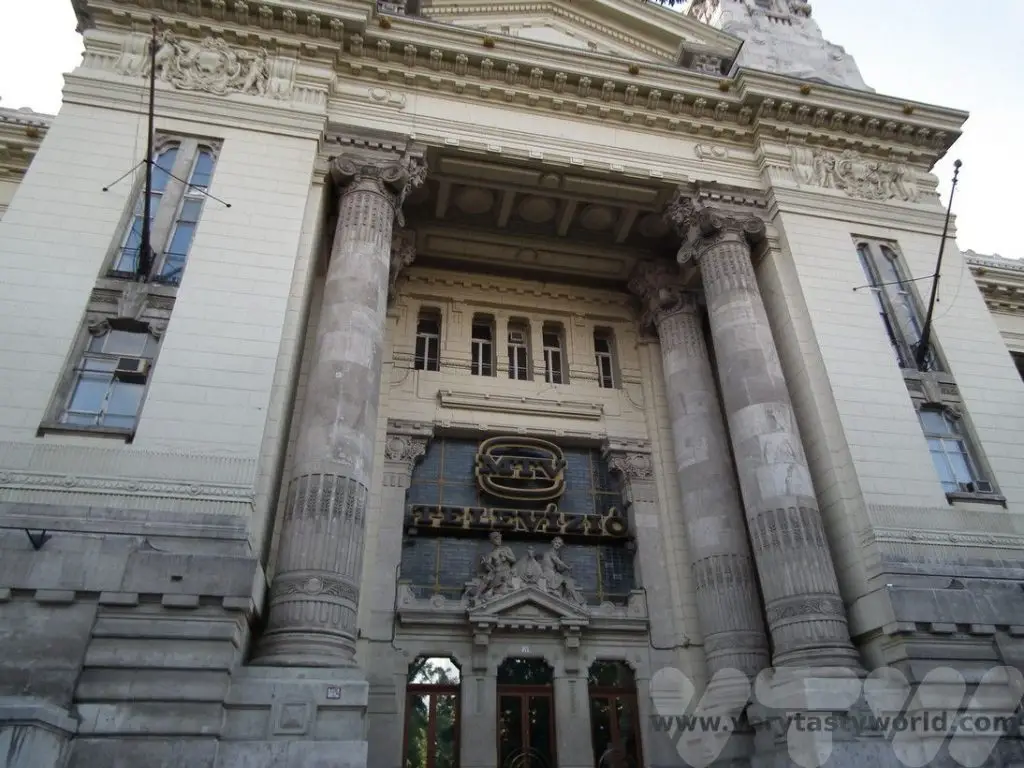
And if you need to see evidence of the number of conflicts, a large number of buildings still bear scars from multiple bullet holes.
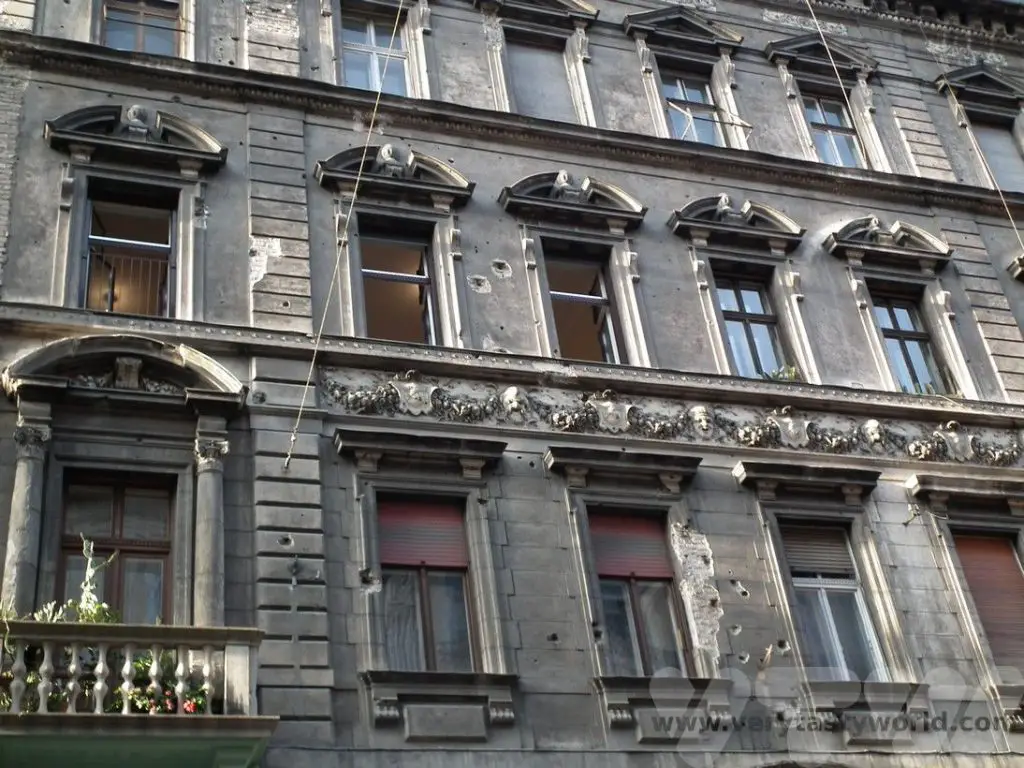
The whole tour was fascinating and particularly interesting because our guides could tell us about their personal lives under the regime.
Day 2 Afternoon
Franz Liszt Museum
Franz Liszt was Hungary’s most famous composer and a huge celebrity in his day – the phrase Lisztomania was coined to reflect the sheer frenzy of his adoring fans at his concerts. Housed in the building where he once lived, the compact Liszt Museum displays some of his music and personal possessions, as well as his piano. If you are interested in Liszt and classical music, it is worth stopping by.
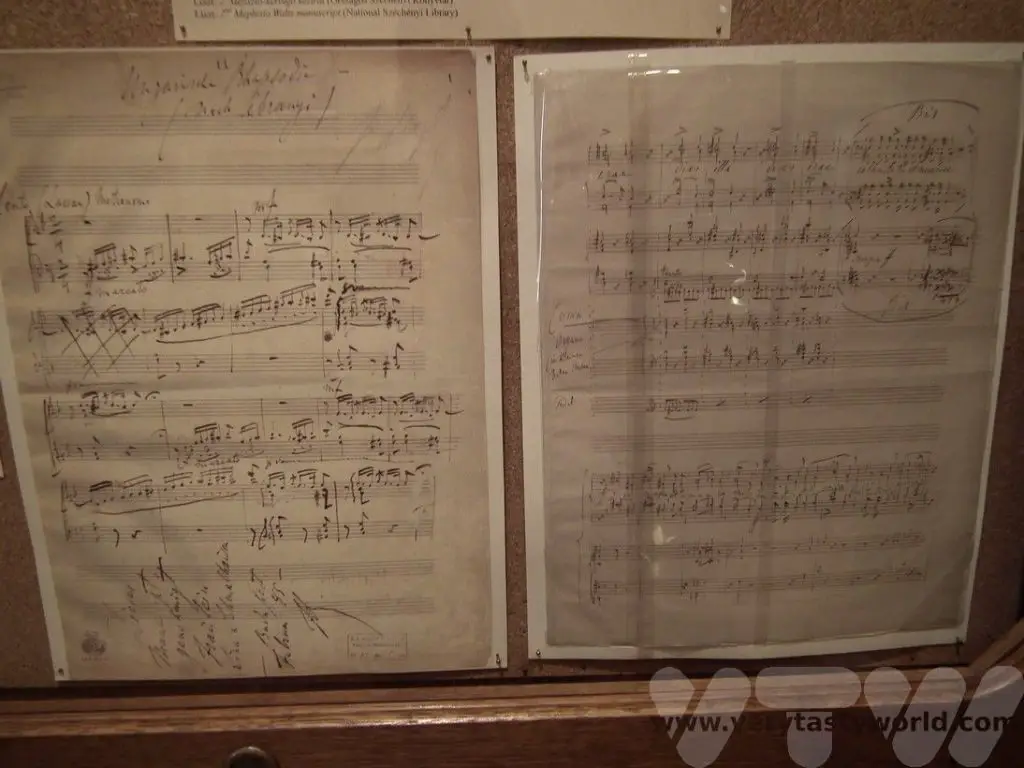
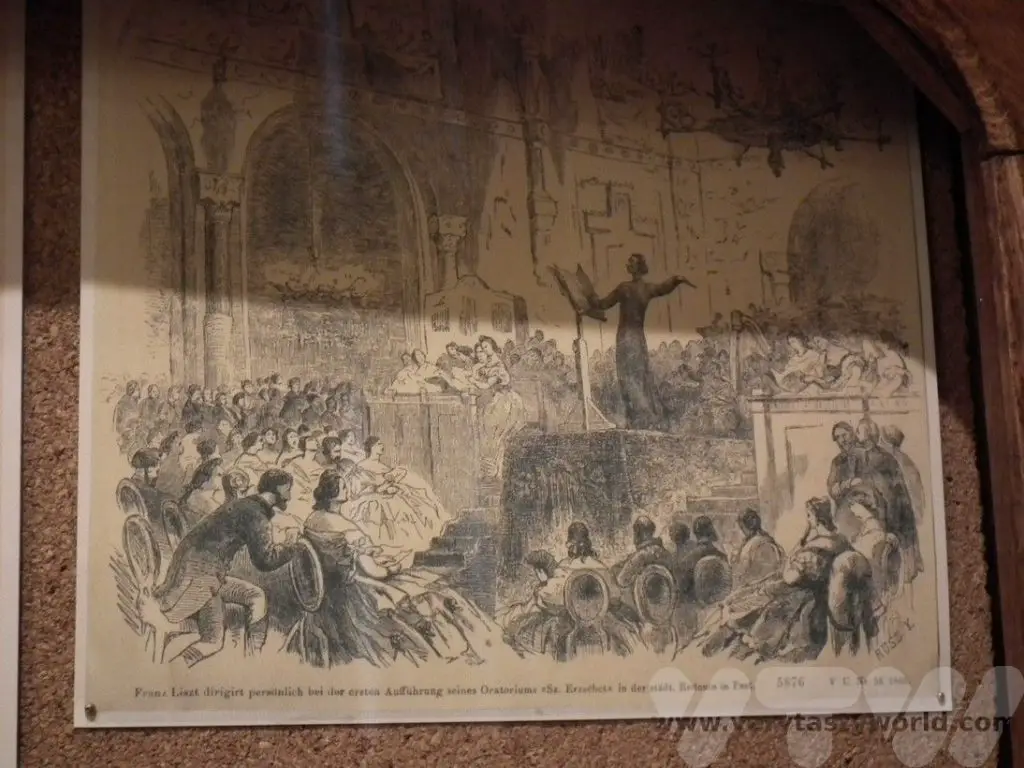
Heroes’ Square
Located on Andrássy Avenue, this is one of the city’s largest and most important squares, and features the Millennium Monument, which dates from 1896 and celebrates 1000 years of Hungarian conquest of the Carpathian Basin. It also has commemorative statues of the seven Magyar chieftains who led the Hungarian tribes when they arrived in the area in 895 CE.
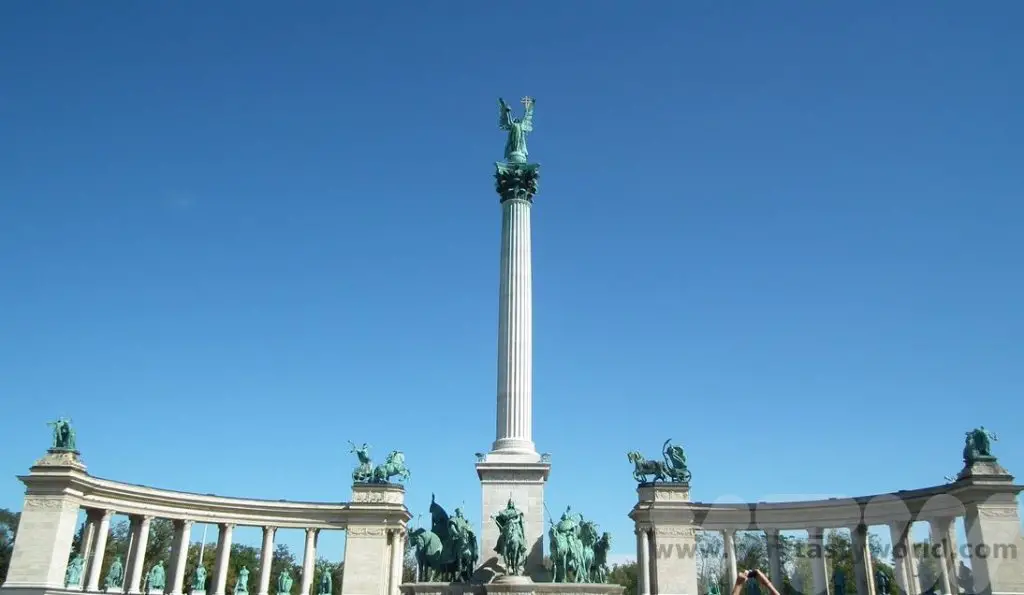
The Archangel Gabriel stands tall atop the central column, carrying the crown of St Stephen. Legend tells that Gabriel appeared to Stephen in a dream and bestowed the kingdom of Hungary upon him. The actual crown is kept in the Houses of Parliament.
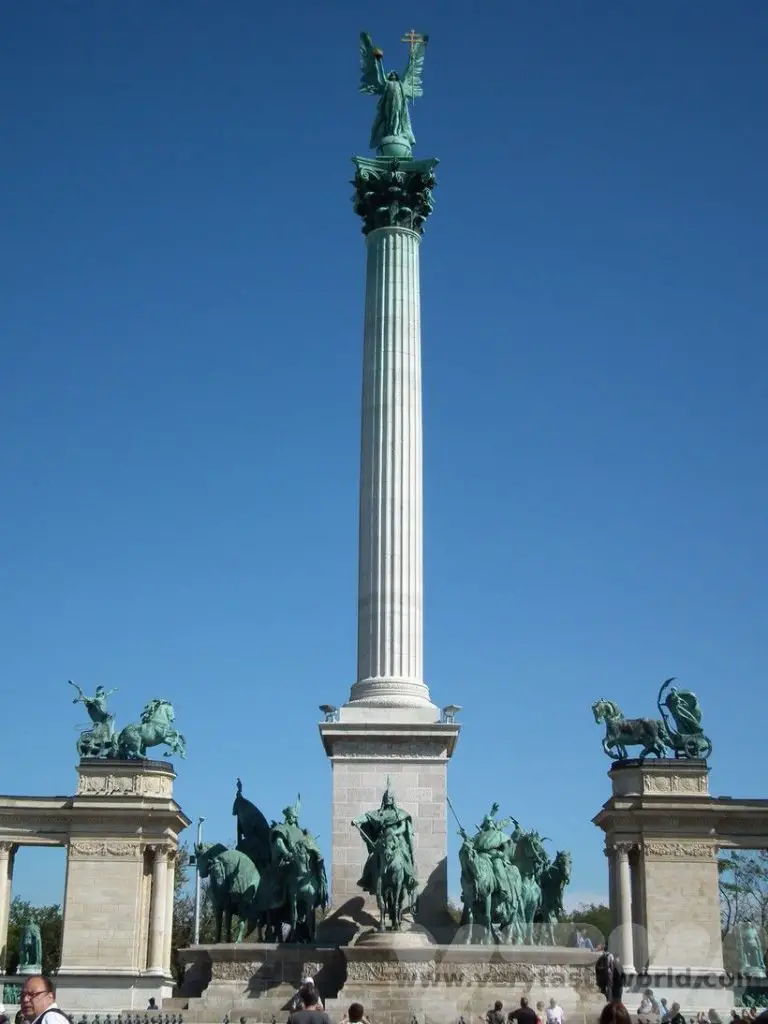
City park is located beyond the square and is one of the most popular green spaces in the area. It features some interesting architecture, including Vajdahunyad Castle, and is a nice place to relax.
The Museum of Fine Arts and the Palace of Art
Definitely worth a visit, these art galleries are located opposite each other on either side of Heroes’ square. The Museum of Fine Arts showcases permanent exhibitions from artists throughout the ages and includes works by some famous names. The Palace of Art, on the other hand, is a contemporary art gallery which doesn’t have a permanent collection but offers a variety of exhibitions of modern art.
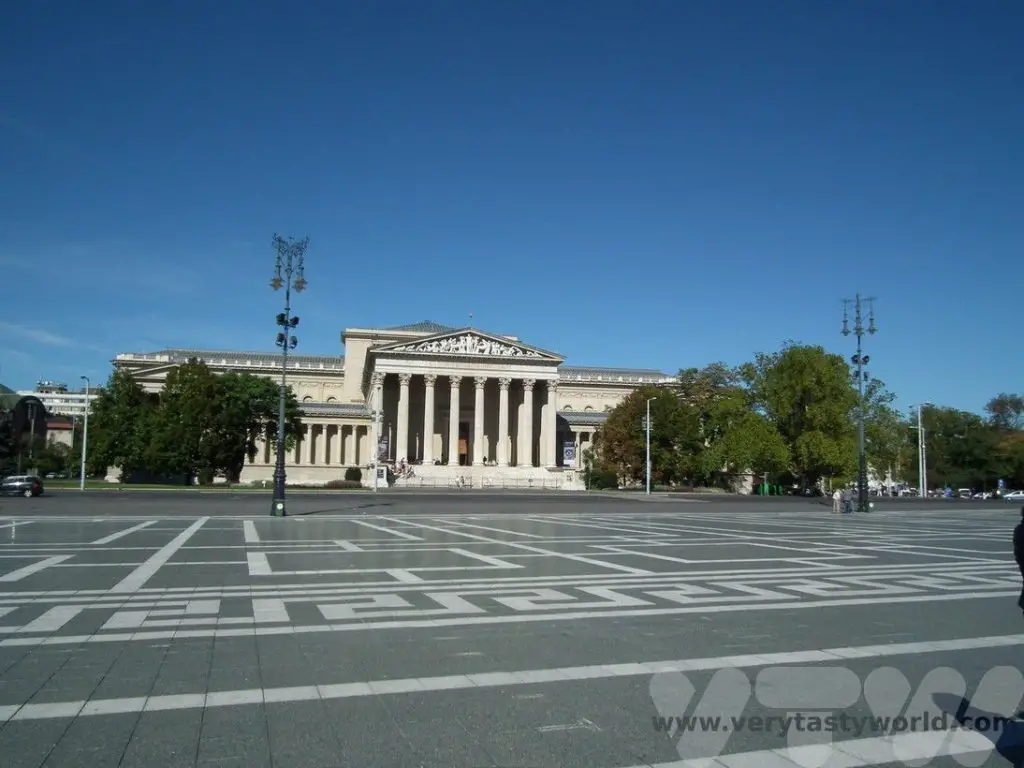
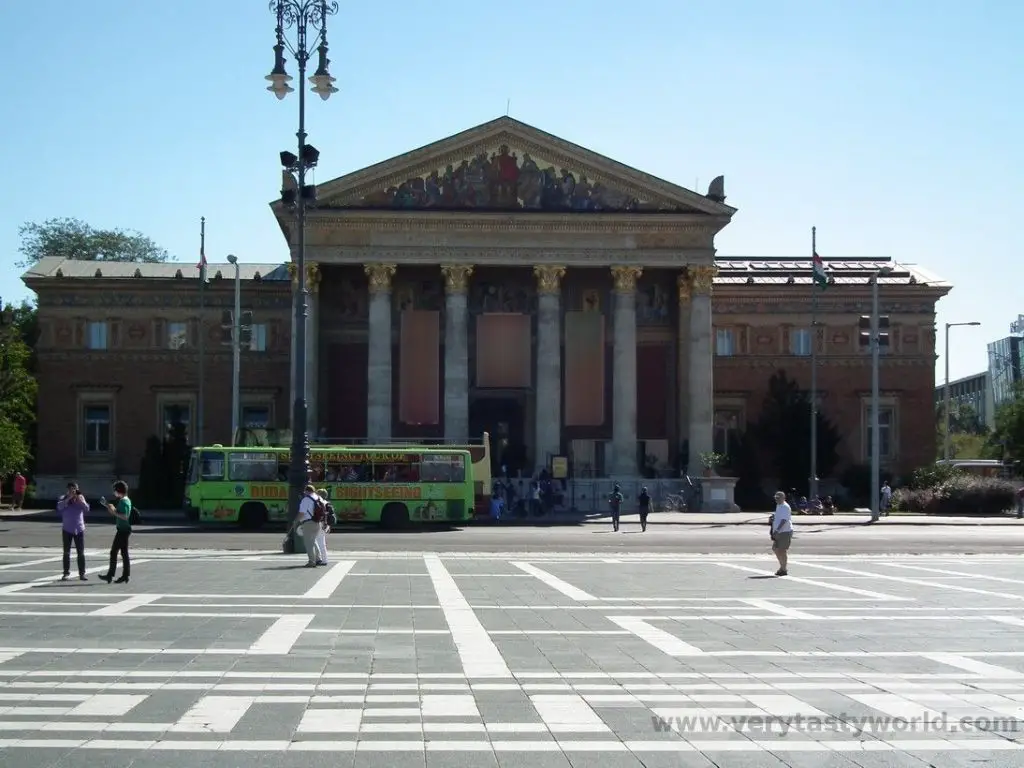
Visit Thermal Baths
Alternatively, if art isn’t your thing, the nearby Szechenyi Baths are one of the grandest thermal baths in Europe. Boasting fifteen indoor and three outdoor pools fed by two thermal springs, this is the perfect place to visit if you wish to enjoy some relaxing spa time.
Eating and Drinking in Budapest – From Grandiose to Grunge
Budapest has a huge variety of eating and drinking establishments.
We enjoyed a traditional Hungarian meal Paprika Vendeglo, a charming place with wooden décor and, as the name suggests, paprika hanging from the walls.
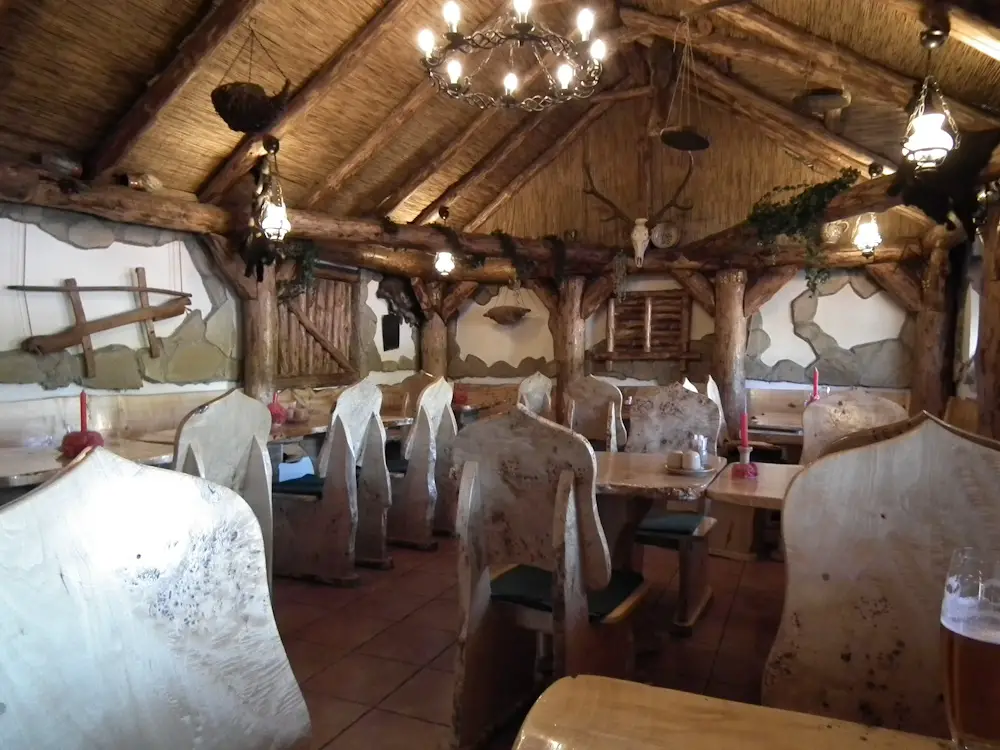
Goulash is one of Hungary’s most popular dishes. However, while we think of it as a stew in the UK, it is more likely to be served as a soup in Budapest. Other dishes involve lots of meat, cheeses and fresh vegetables, although veggie options are available. One thing that is particularly great about visiting Eastern Europe is the quality of fresh fruit and vegetables. Paprika is the traditional spice most associated with Hungary – it can be sweet or hot, powdered to use as a flavouring or as a vegetable. It guarantees a lovely gentle spiciness to many dishes.
If you’re after a bit of opulence (with the price tag to match), the New York Café describes itself as the most beautiful café in the world. It started out as a coffee house in 1894 and was hugely popular in the early 20th century. Its fortunes waxed and waned and it was left for derelict after World War 2 and became a sports shop. However, it was revitalised as a café in the 1950s and was completely renovated to its former glory in 2006.
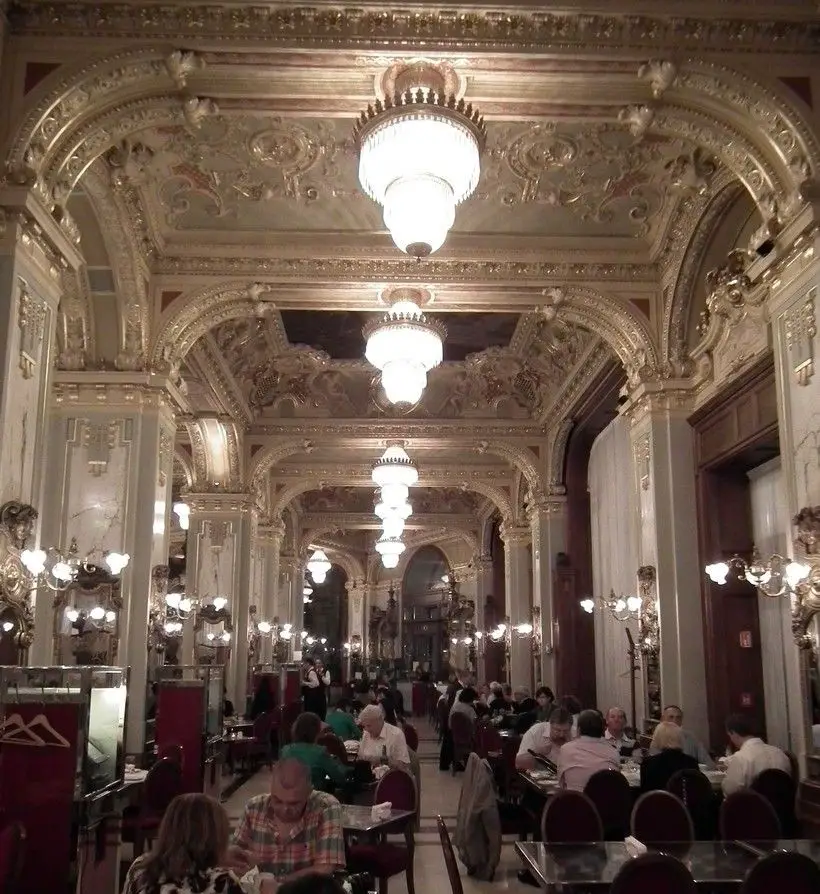
It offers coffee house fare as well as fine dining. You can only make a reservation for dinner in the evening so be prepared for a queue at busy times during the day. We enjoyed a lovely dinner there but check out the reviews as they can be somewhat mixed.
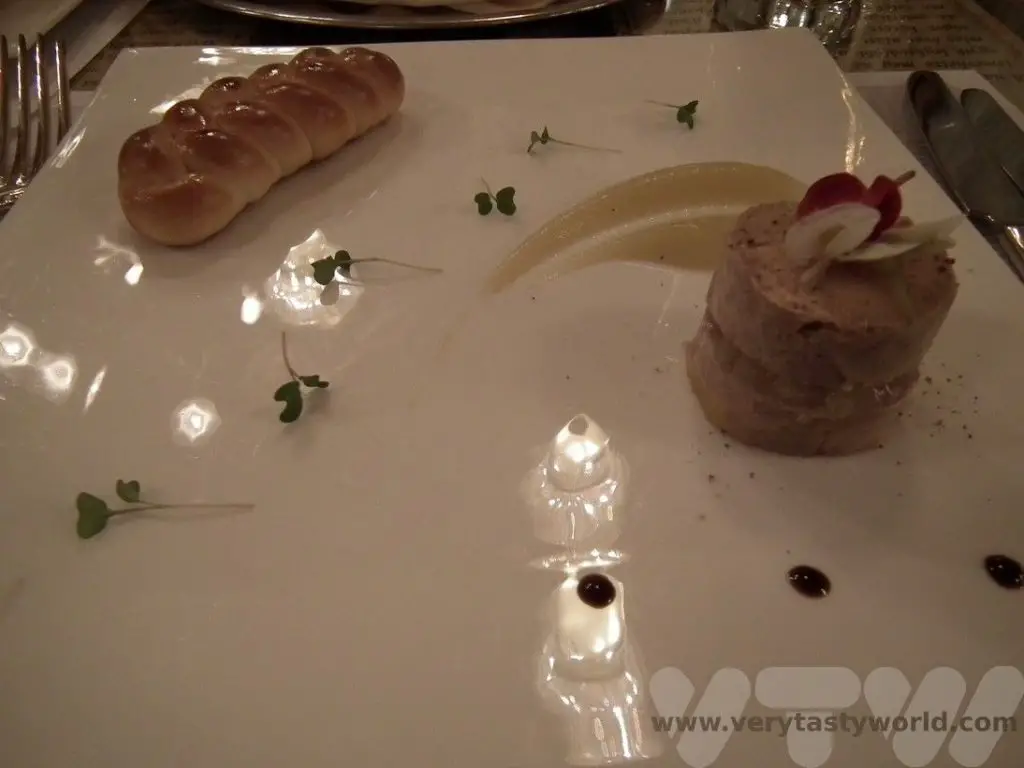
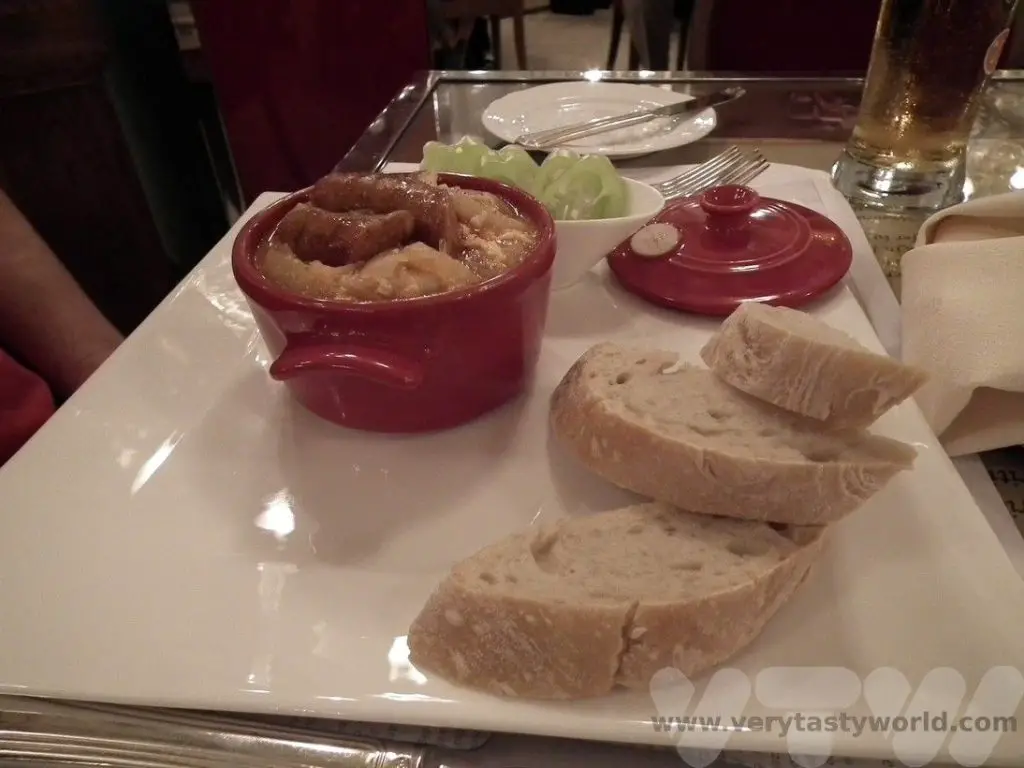
And at the opposite end of the spectrum you may well be in need of a beverage to quench your thirst at the end of a busy day’s exploring. And if you want a drink you can do a lot worse than to visit a ruin bar.
These are grungy bars that were originally set up in abandoned buildings in the city’s VII district in the early 2000s, providing cheap drinks and a lively sociable atmosphere. They are characterised by quirky décor and random bits of furniture that fill every nook and cranny within the building. Some have been established for years, others pop up for just one summer then vanish into obscurity. Some have projections of films on the walls, others play music.
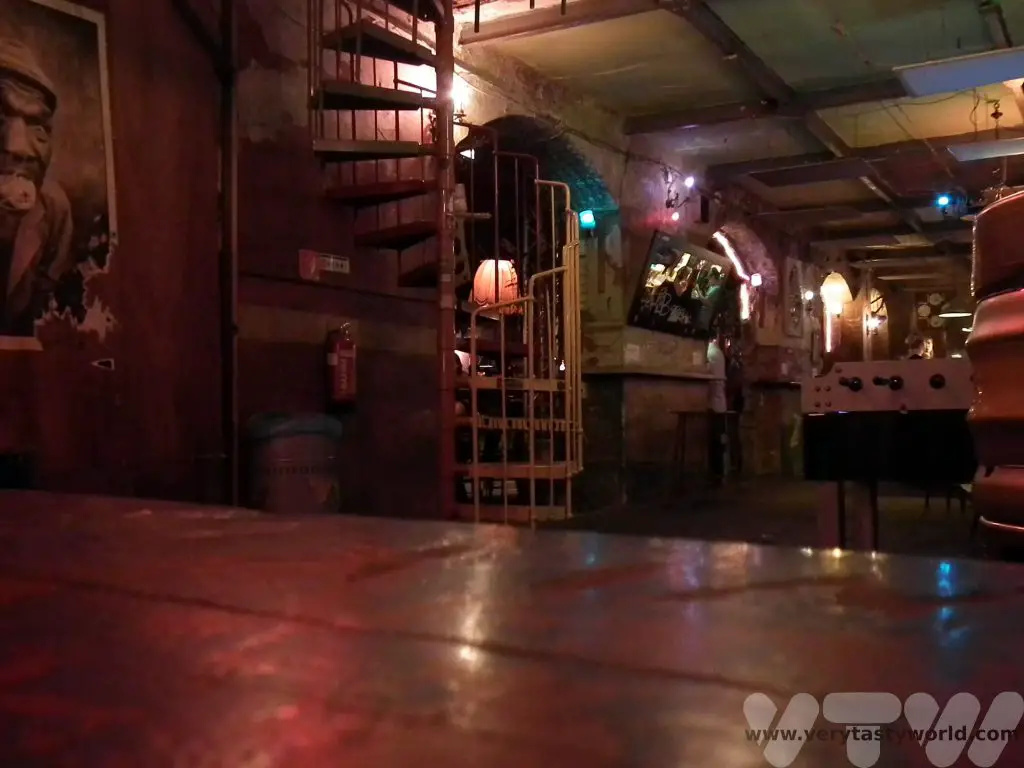
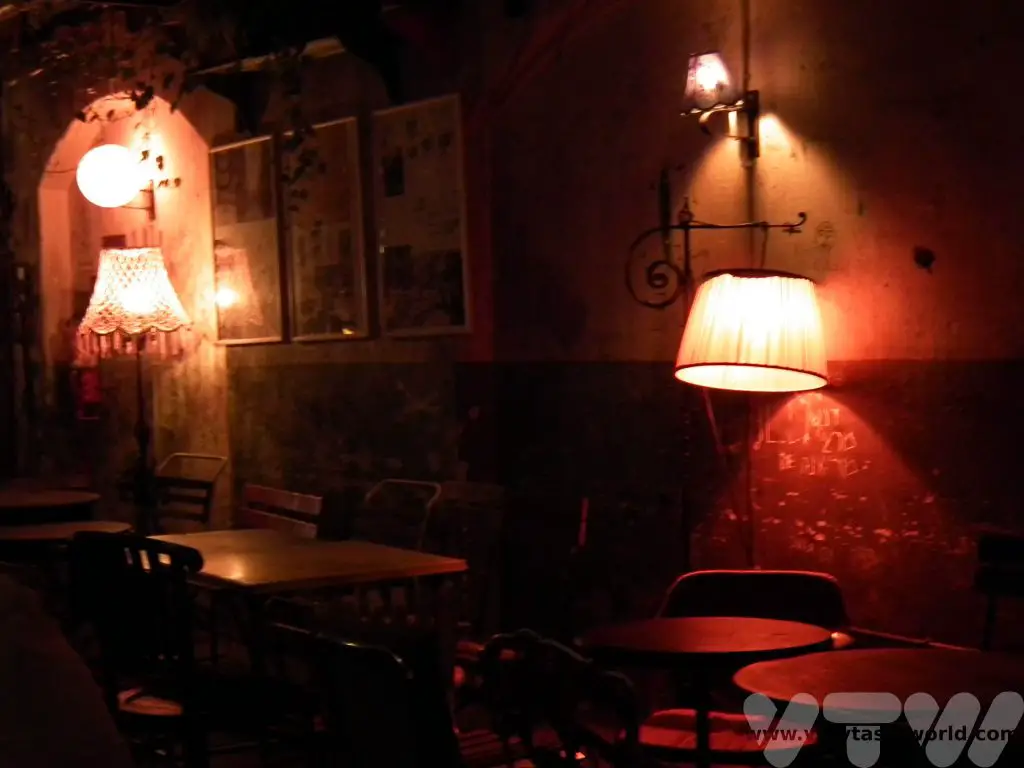
Our walking tour guides recommended Szimpla Kert on Kazinczy Utca – a great choice.
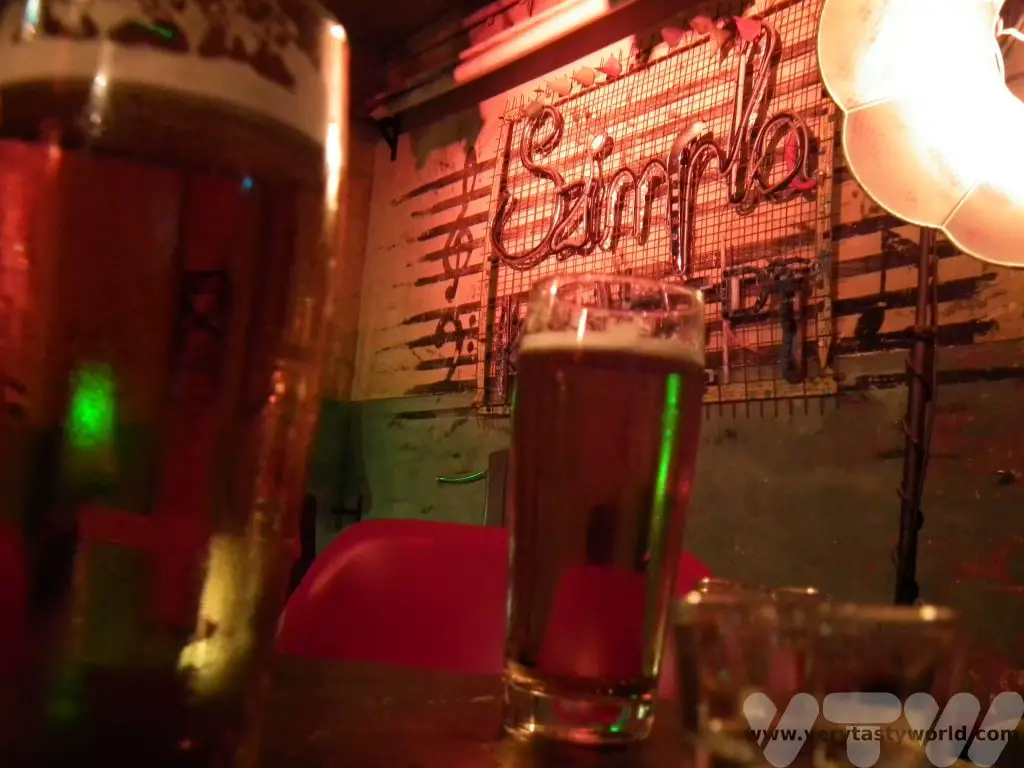
Ruin bars are perfectly convivial places to enjoy a cool beer or a shot (or more) of the local brew palinka, a fruit brandy, which is both sweet and strong.
Essential Foodie Souvenirs – we recommend bringing home as much paprika as you can fit into your bags. Hungary is one of the world’s biggest producers of paprika. This spice is synonymous with Hungarian cuisine and can be used in a huge range of dishes. There are many varieties on offer and they have different levels of sweetness and heat. Paprika not only adds the most glorious red colour to a dish but importantly, has bags of flavour! It should last well for up to a year.
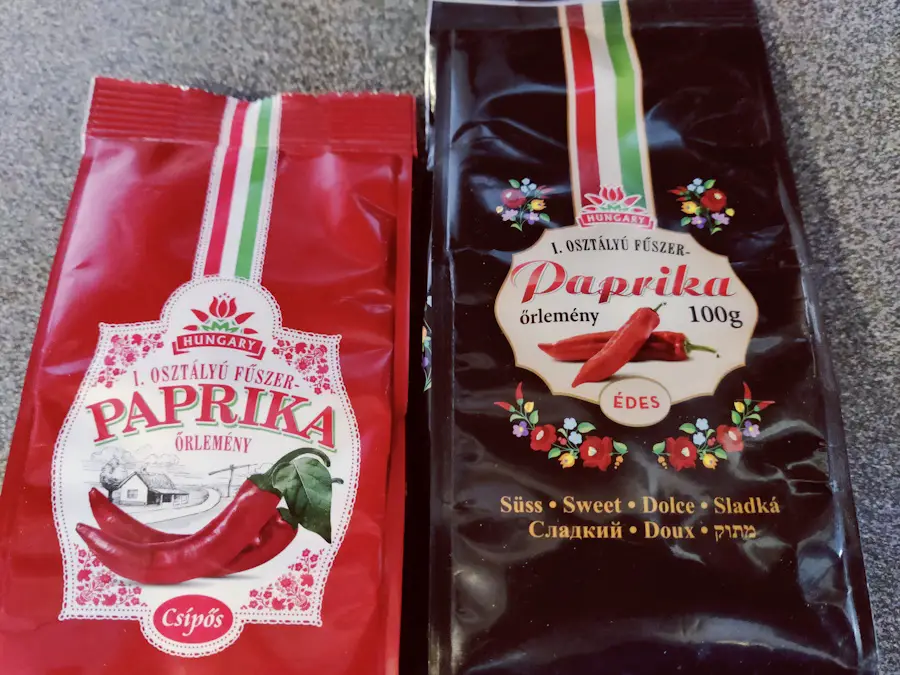
Budapest is a lovely city with so much history. Because it is so walkable, it really is possible to cram a huge amount of sightseeing – as well as some very enjoyable dining and drinking – into just a couple of days. Although it is almost certain to leave you wanting more…
Related Posts You May Enjoy

RECIPE: How to Make Stinging Nettle Hummus
If there’s one thing that can ruin a walk in the lovely English countryside it’s stinging nettles. If you brush past them with bare skin you can get a painful sting which usually isn’t harmful for most people but hurts for a while. But you can exact revenge on them by eating them! Nettles are not only edible, they are highly nutritious – they contain iron, calcium and magnesium, as well as vitamins A and B. They are great in soup, can be dehydrated to make crisps, can be used like spinach in a variety of dishes such as stir fries and stews, and can also be used in dips and sauces. The process of cooking with them renders them harmless by getting rid of the sting. One of our favourite things to make with them is stinging nettle hummus and we have a recipe.
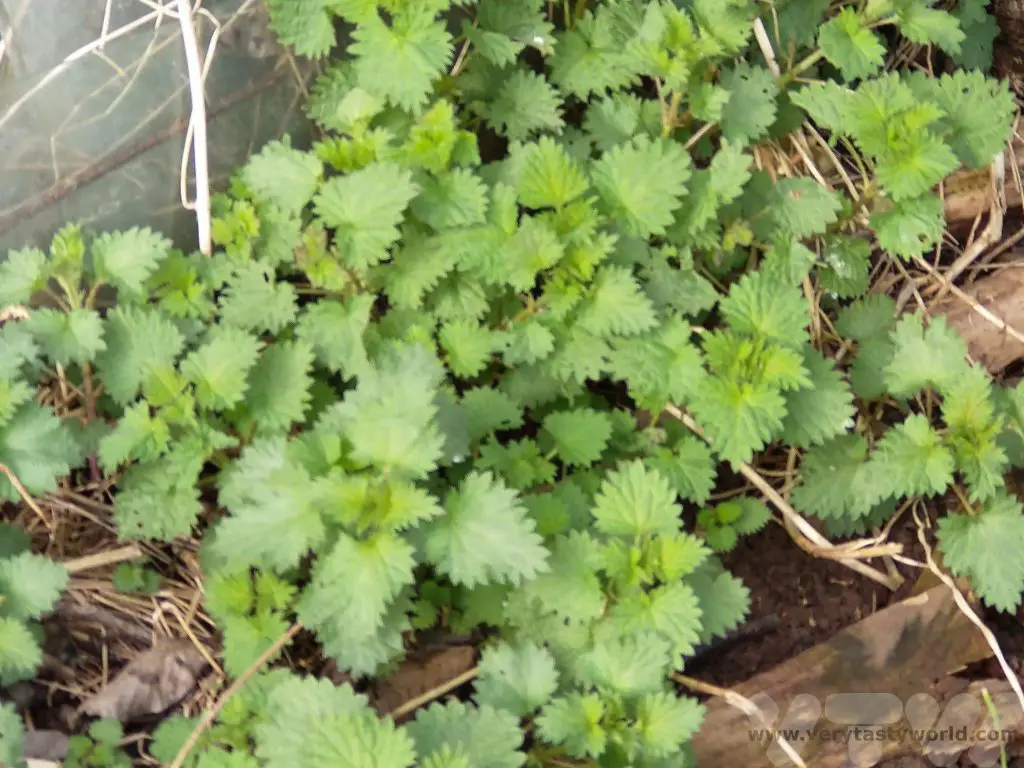
Despite them being found all over the British Isles nettles are not native plants, they were introduced by the Romans a couple of thousand years ago. Some stories suggest that they were used by Roman soldiers who would flog themselves with the nettle plants in order to use the stings to warm their skin in cold northern climes.
If you do get stung by a nettle there is a plant that you can use that helps soothe the pain. The standard view is that a dock leaf rubbed onto the sting will help. Actually it’s a plantain leaf (which used to be called dock in bygone times) which is more likely to help. Rubbing the sting with a dock leaf won’t harm but plantain will provide more relief.
It is the perfect time of year to go foraging for spring greens. We are already keeping an eye on our local patches of wild garlic, ground elder, mustard garlic, sorrel and three-cornered leek to see how they are growing, and also to plan lots of recipes for them. Stinging nettles are absolutely ready right now.
Preparing Stinging Nettles For Hummus
Go foraging for nettles. Try to find a patch where it’s unlikely that dogs may have been walking (just in case they have used that area for a toilet). Hardy foragers pick the nettles with their bare fingers but we use gloves to save ourselves from the stings. It’s best to pick in early spring to get the most tender leaves (the leaves will become quite tough as summer progresses). You need around half a carrier bag’s worth but you don’t need to be precise.
A word of warning – nettles are generally one of the easiest plants to identify but please be 100% sure that you have identified the correct plant. If you have the slightest doubt, don’t eat it. Plant identification apps aren’t always reliable either.
Wearing gloves, wash the nettles and have a look through them to see whether there are any leaves that should be discarded and look out for any insects to brush away. You can also make sure that no extraneous leaves from other plants. It’s quite common for grasses to end up in your bag as well.
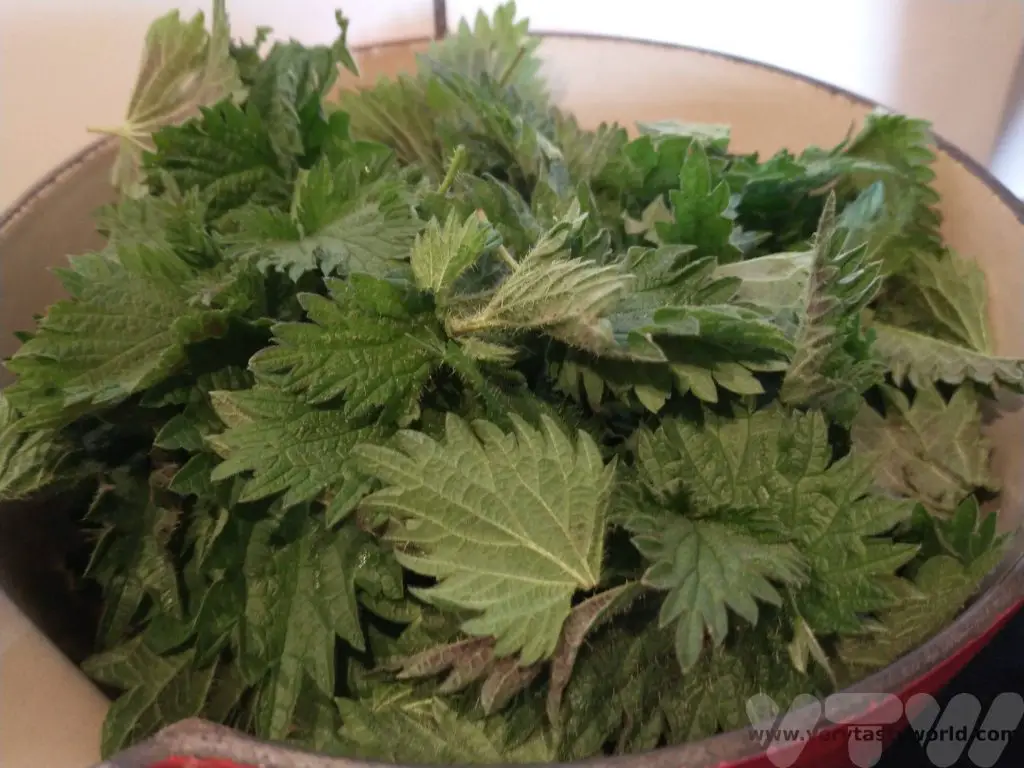
Place the nettles into a saucepan and pour boiling water over them to cover them. Stir for a minute or so. They will start wilting. This process gets rid of the sting and you can handle them with your bare hands from now on.
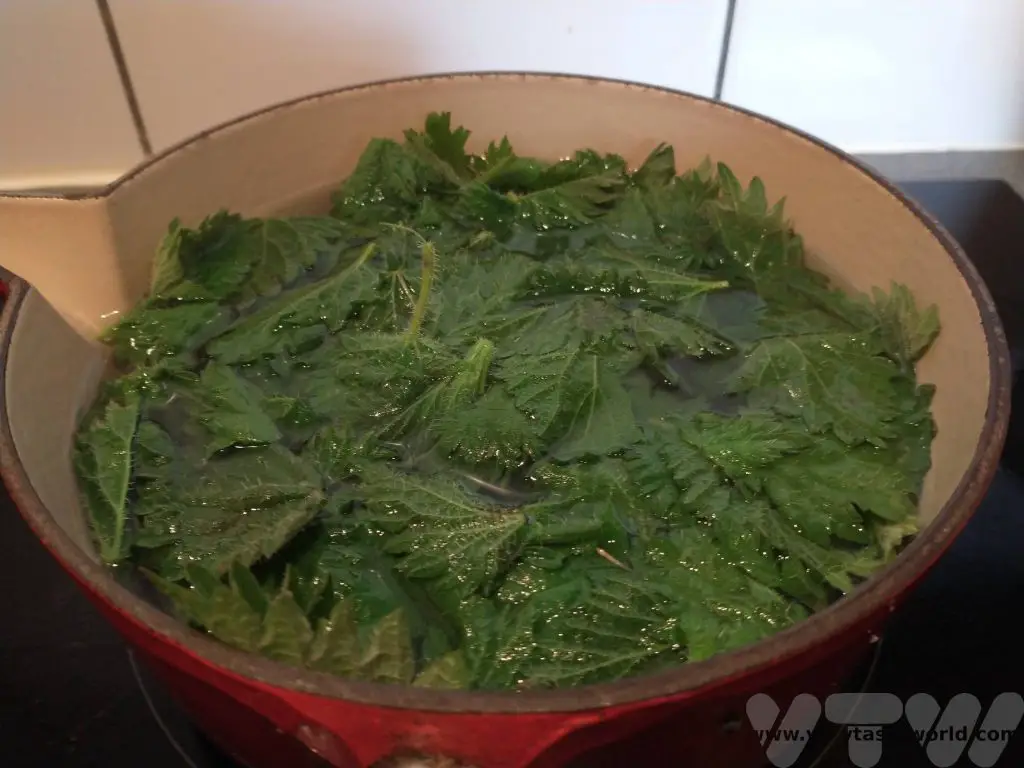
While they still have their lovely green colour, using a slotted spoon, transfer them into a bowl of cold water for a few minutes.
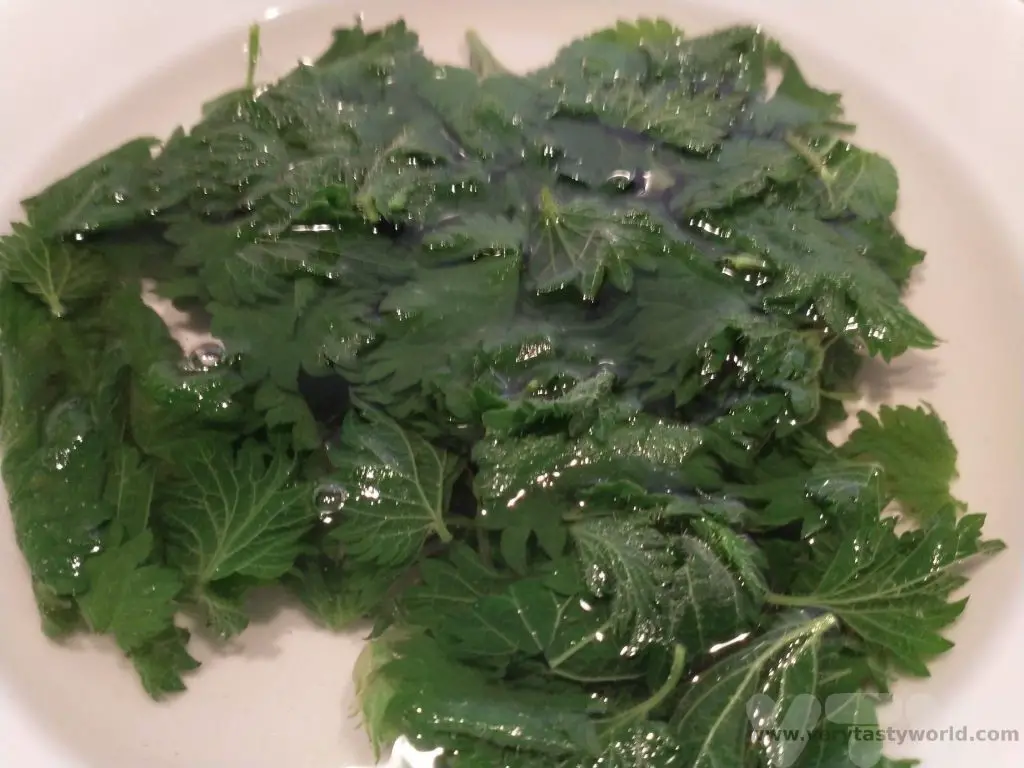
Keep the hot water from the saucepan and pour it into a mug – you can enjoy a nice cup of nettle tea, which has a mild, refreshing flavour and tastes a bit like green tea or coca tea. Then drain the nettles and let them dry naturally. They can then be used in our stinging nettle hummus recipe.
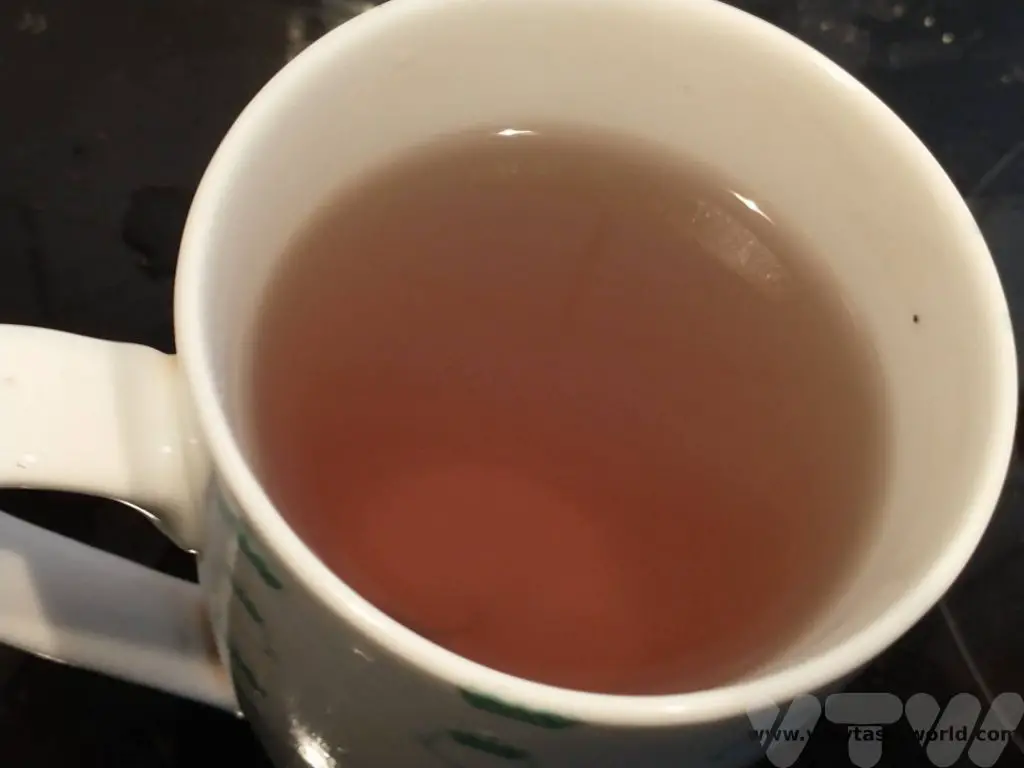
Stinging Nettle Hummus Recipe
Ingredients
Bowl of blanched stinging nettles
1 can of chickpeas, drained (if you’re keen to avoid food waste, you can keep the liquid, which is called aquafaba, which can be used to make vegan meringues)
1 large or 2 small cloves of garlic
Juice of 1 lemon
1 dsp peanut butter (you can substitute tahini, or omit completely if you can’t eat nuts)
Slosh of olive oil
Pinch of sea salt
Method
In a food processor or blender, combine the lemon juice, garlic and peanut butter. Give them a whizz.
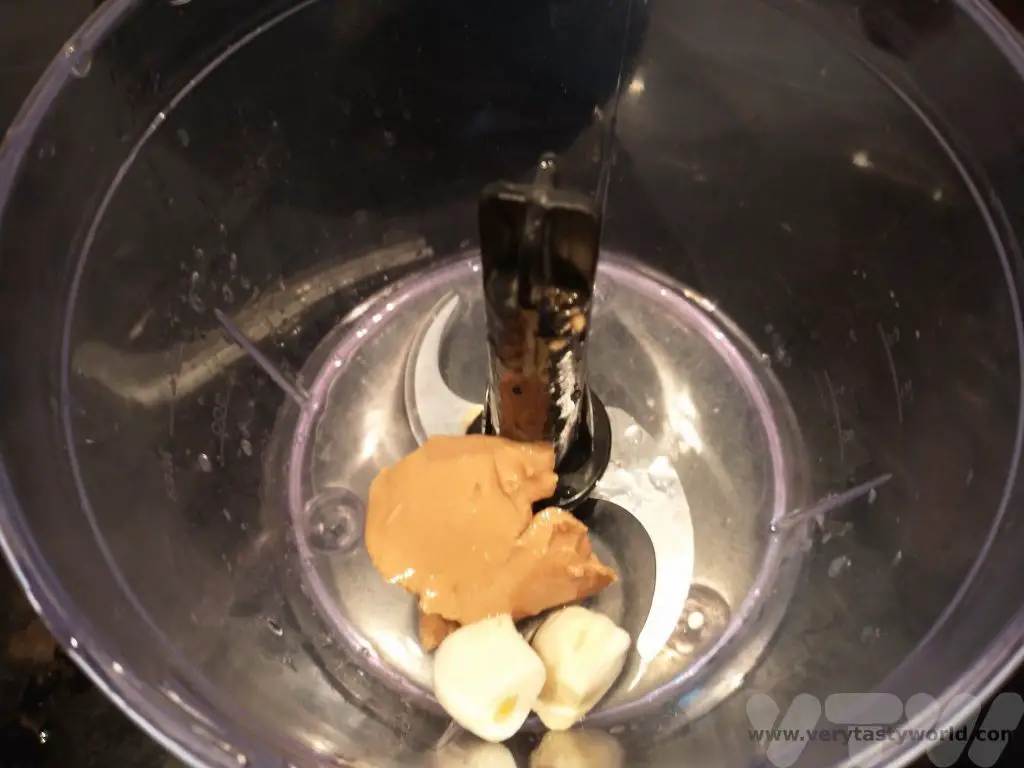
Add half the chickpeas and half the nettles with a slosh of oil and blend again.
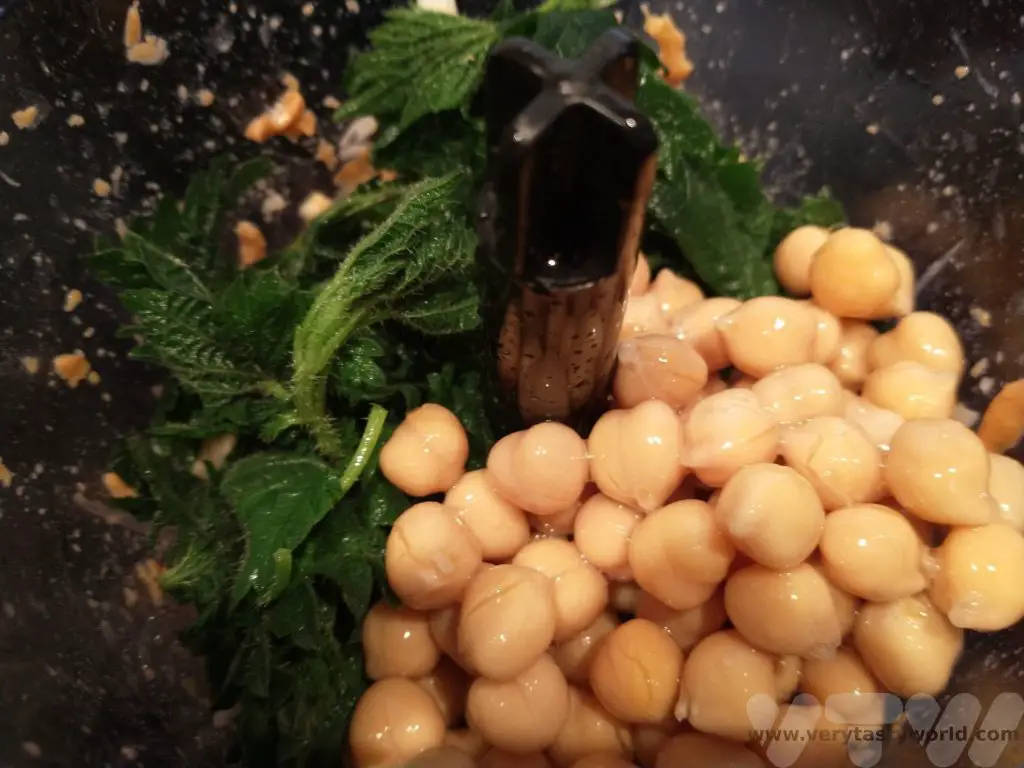
Scrape the sides of the bowl. Add the remaining nettles, chickpeas and a pinch of salt, and blend again.
Have a taste – does it need more lemon or salt? Add seasoning as necessary. We tend to like sour flavours so added the juice of an extra half lemon. You can decide how much you would like your blend depending on whether you prefer a smooth or chunkier texture.
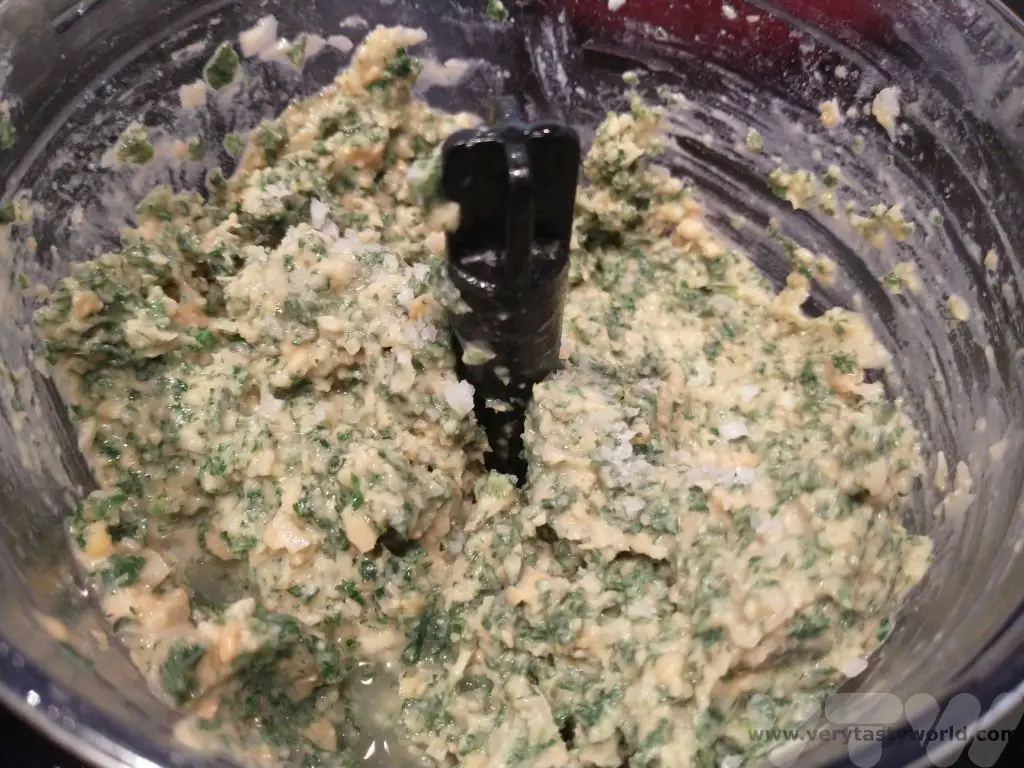
Decant into a bowl and serve with warm pitta bread.
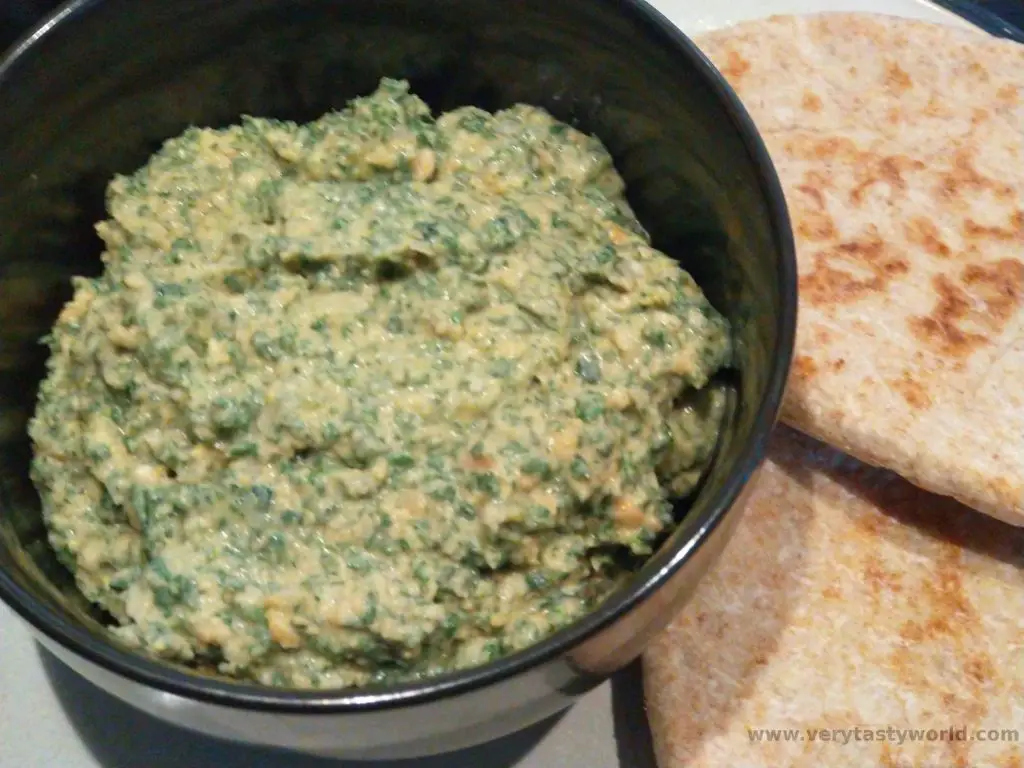
Related Posts You May Enjoy

- RECIPE Oyakodon Donburi
- Zero Waste Recipes Before Your Holiday
- RECIPE: Vegetable Biryani Tamil Nadu Style
- RECIPE: Vegan Wild Garlic Pesto
- Recipe: Venetian Pasta Sauce
- RECIPE: Biryani Raita Recipe
- RECIPE: How to Make Costa Rica’s Gallo Pinto
- Recipe: Japanese Simmered Pork Belly – Buta no Kakuni
- RECIPE: How to Make Umeboshi
Things to Do in Coventry
When you see travel guides to the UK Midlands they often mention the buzzing metropolis of Birmingham or the country towns of Warwickshire such as leafy Leamington Spa, historic Warwick with its castle, and Shakespeare’s Stratford-Upon-Avon. But the city of Coventry is often ignored, which is a shame because it has a lot of history. There are plenty of things to do in Coventry.
Sent To Coventry
Coventry has great transport connections and is easy to reach from all parts of the UK. It’s just an hour away from London on the train.
History of Coventry – From Capital of England to Ghost Town
Coventry has a long and rich history but little is known about its origins. It is thought that a settlement was established around a nunnery to St Osburga in Saxon times. The name is thought to have originated from the phrase ‘cofa tree’ although no one really know what a cofa is.
Coventry’s most famous legend is that of Lady Godiva who was the wife of the Leofric, Earl of Mercia, who had founded a Benedictine monastery in Coventry in 1043. Leofric was one of the most important people in the country and imposed crippling taxes on the citizens of Coventry. Lady Godiva took pity on them and asked her husband to reduce the burden but he refused… unless she agreed to ride through the city naked. Which she did. And, in gratitude, the people of Coventry averted their eyes… except for one person: the Peeping Tom.
There is a statue to Godiva in Broadgate and Peeping Tom can also be found in the vicinity if you look carefully.
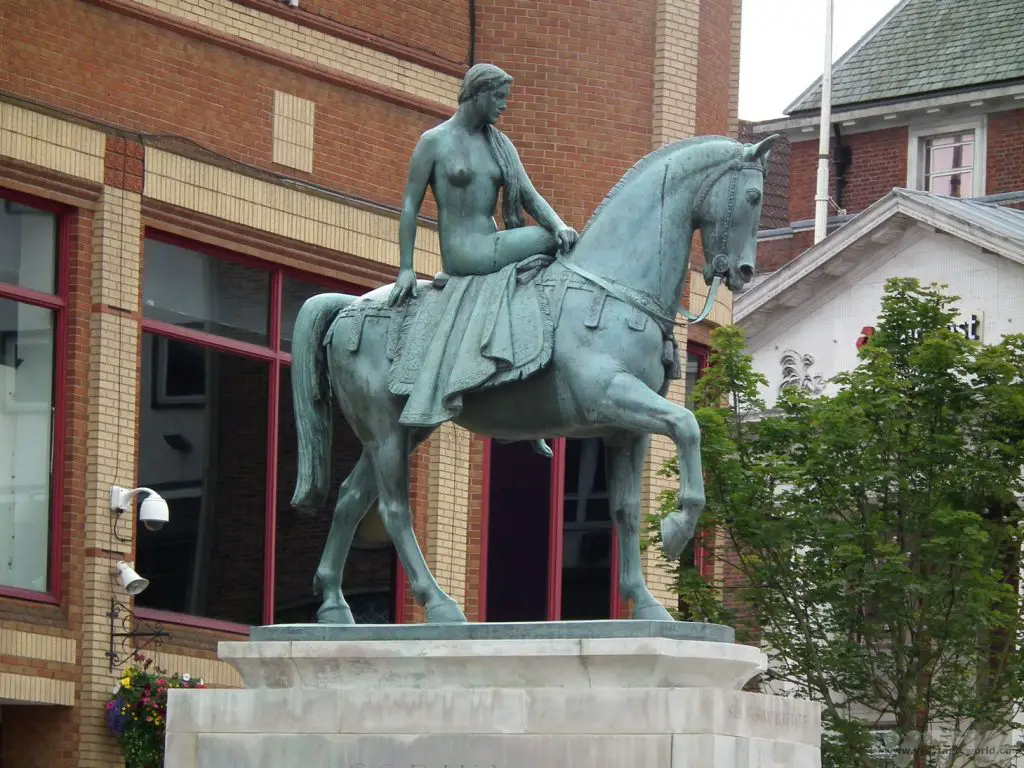
Coventry became an important trading location between 1150 and 1200 when merchants were allowed to visit the city and trade freely. The agricultural land surrounding the city was perfect for sheep grazing and wool production became an important industry. Textiles, weaving and dying in particular were very important and the Coventry’s blue coloured cloth (blue dye being a difficult colour to develop) was considered to be highly prized because of its ability to stay fast, coining the term ‘True Blue.’
Due to its importance as a centre of commerce a wall began to be constructed in the mid-14th century. Sandstone was quarried from the local district of Cheylesmore and a 3.5 km, 3.7m high wall was built around the city centre. It had twelve gatehouses located on the main routes into the city.
By the 15th century Coventry’s main churches had been constructed. St Michael’s Church, Holy Trinity and Greyfriars (Christ Church) all had magnificent spires which could be seen from miles away. The city actually became the capital of England, temporarily, on a few occasions. It was a wealthy city and considered to be hugely important by successive kings and queens of England.
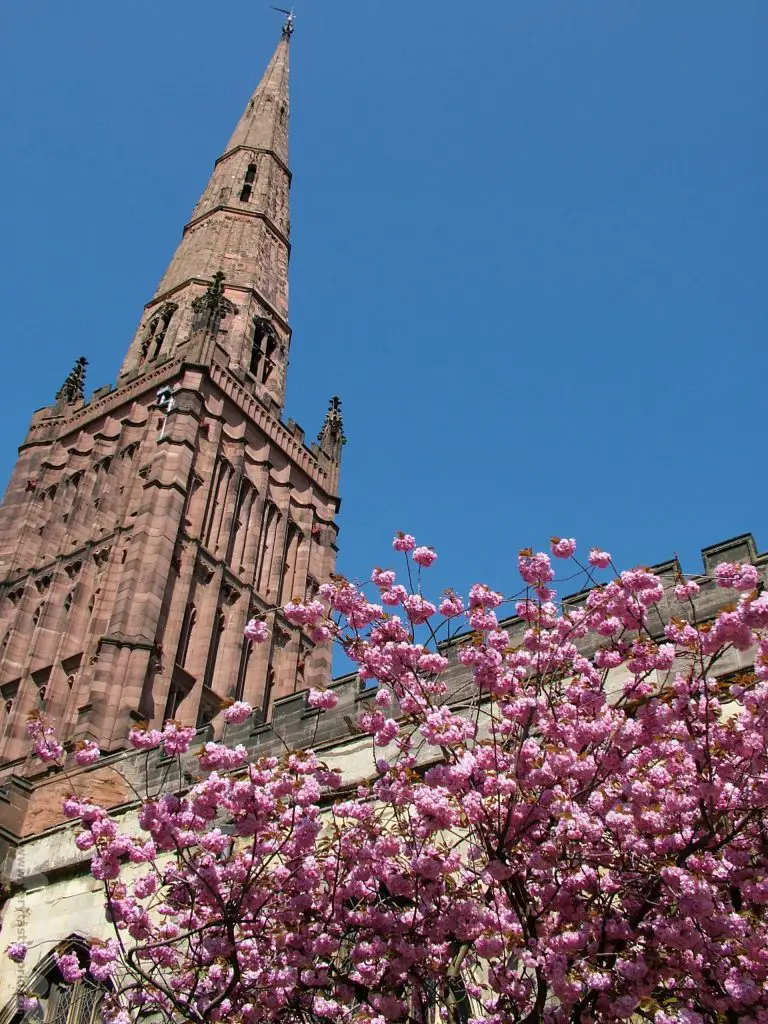
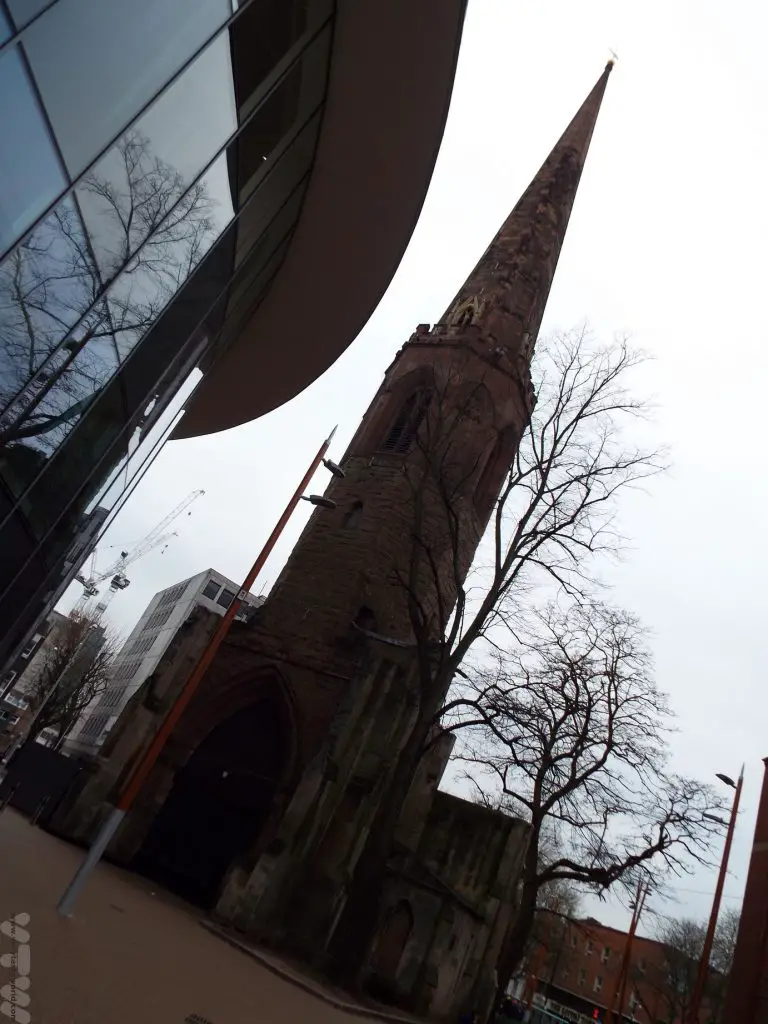
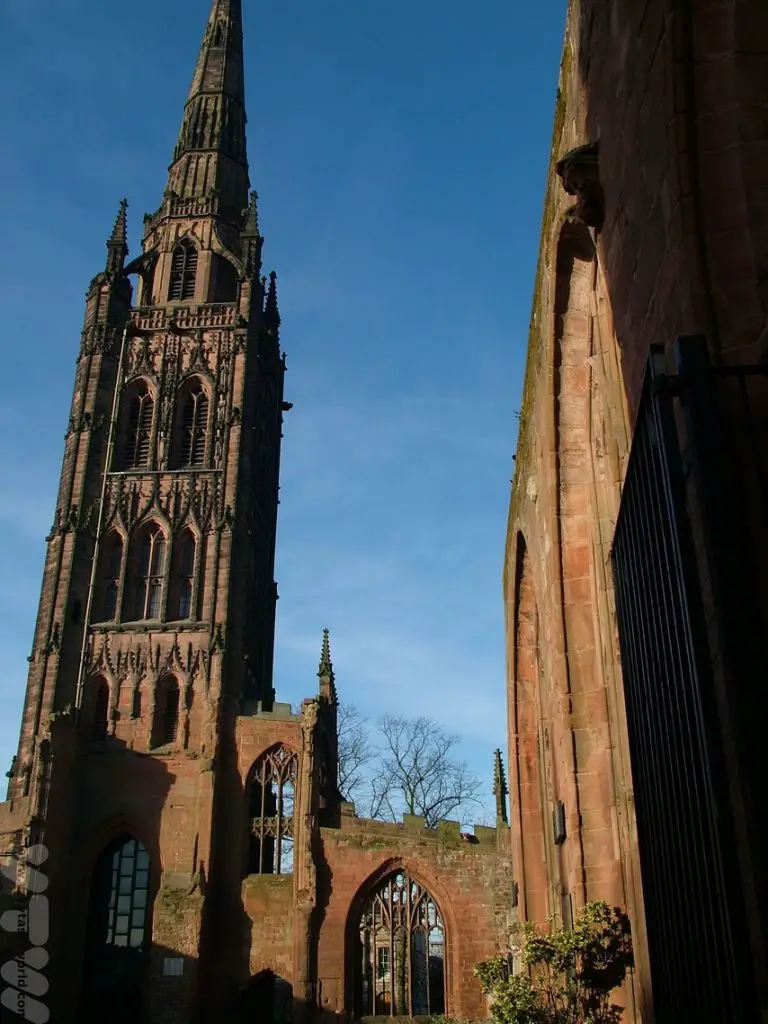
During the English Civil War, Coventry was a stronghold of Parliamentarians and was attacked by Royalists on several occasions but the king’s soldiers failed to conquer the city walls. The city was used as a prison for captured Royalists and those incarcerated were not just treated with disdain – they were ignored completely. It is thought that this is the origin of the term, ‘being sent to Coventry.’
As the industrial revolution started Coventry, with its central location, became an important city of industrialisation. It was renowned for manufacturing textiles and ribbons, watches (many of watchmakers lived in the Chapelfields area of the city), bicycles and cars. The first British series production motor car was made in Coventry, by Daimler, in 1897.
Despite the industrialisation, the city centre retained a lot of its mediaeval buildings. However, because of the industrialisation, the city was a target during World War 2. On the night of 14/15 November 1940 Hitler ordered a bombing raid on the city. Most of the city centre was destroyed, including the interior of St Michael’s cathedral, and over 500 people lost their lives. Coventry has since become a city of peace and reconciliation and has twinned with some 23 cities across the world, including Dresden and Volvograd (formerly Stalingrad), both cities which also suffered devastating attacks during World War 2.
Following the war the city was rebuilt and was designed to be a modern city – it included one of Europe’s first ever pedestrianised precincts. It has recently been refurbished.
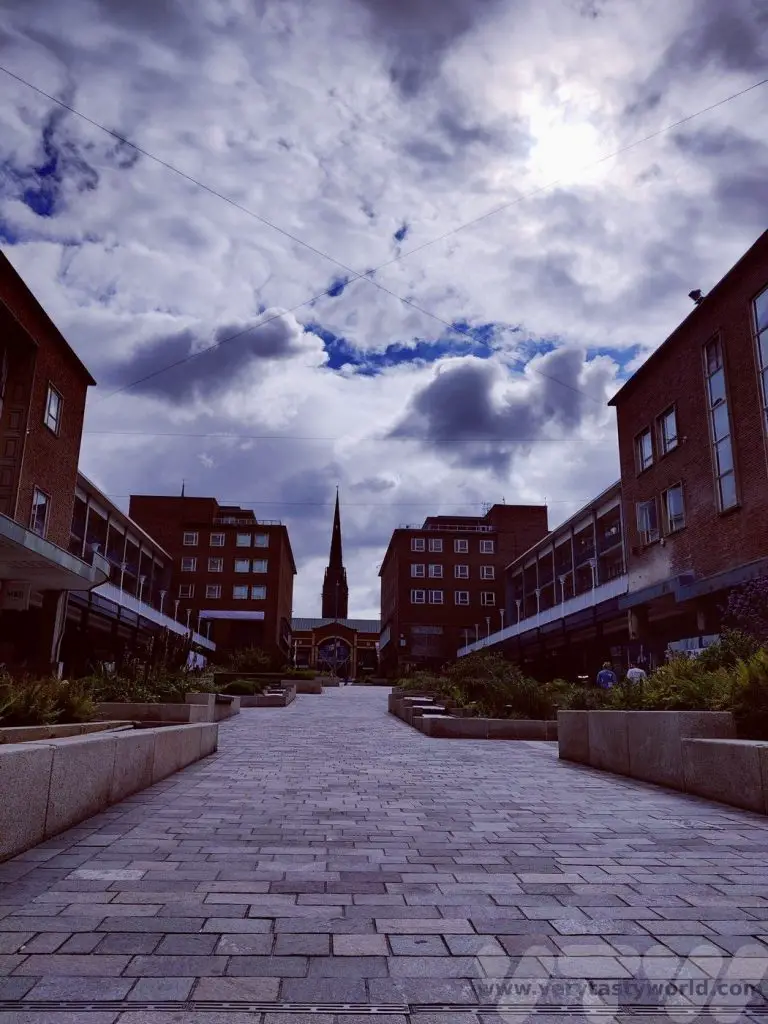
The city thrived thanks to the car manufacturing industries during the 50s and 60s. Famous names include Jaguar, Standard-Triumph, Talbot, Peugot, and Alvis. London taxis – the iconic black cabs – were constructed in the city from the 1950s until 1994. However the industry – and consequently the city – suffered serious decline in the mid-1970s and 1980s due to industrial disputes and competition from other countries.
One by one the car factories closed down. In the early 1980s Coventry band The Specials wrote the song Ghost Town about the decline of the city. Bands such as The Specials, The Selecter and The Beat were part of the 2Tone movement which developed in Coventry and was defined by their members being multi-racial and a musical style that combined punk/new wave music with Jamaican ska.
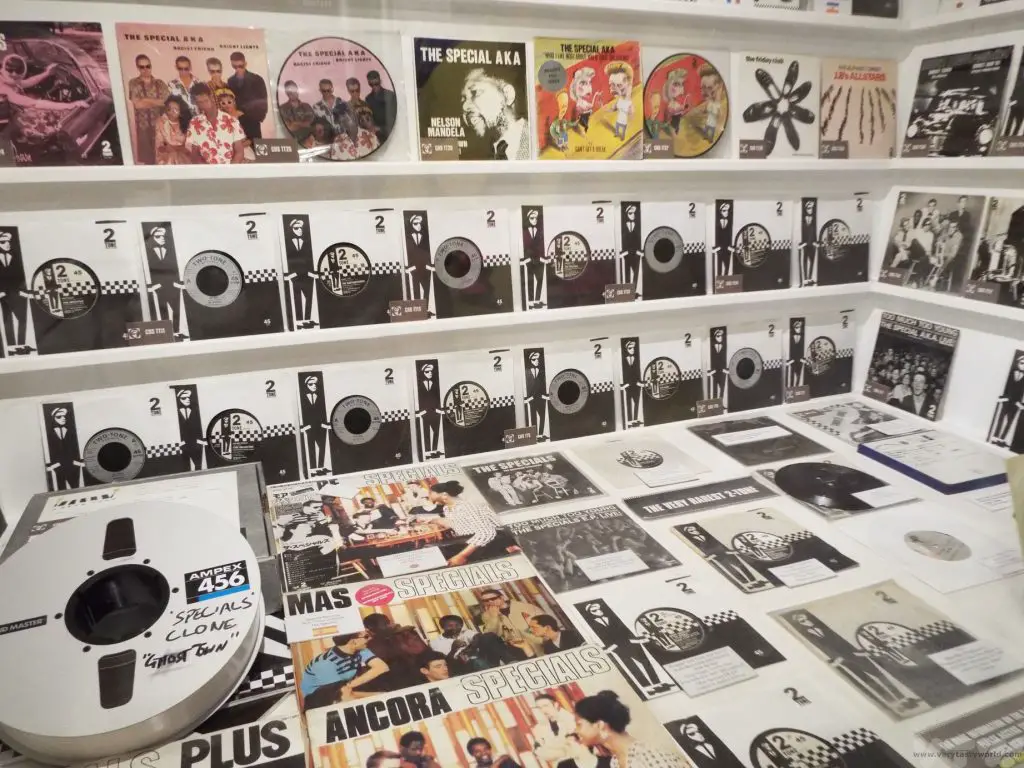
These days, Coventry is a lively city. With two universities, it’s also a young city with a diverse population which has an average age of 33 years. It was also the 2021 UK City of Culture, the start of which was slightly delayed due to the pandemic.
Things to Do In Coventry – Places to Visit
Although much of mediaeval Coventry was destroyed it is possible to see some older buildings in the city. Mediaeval Spon Street is largely comprised of old buildings although not all of these were originally built on the site but were relocated from other parts of the city.
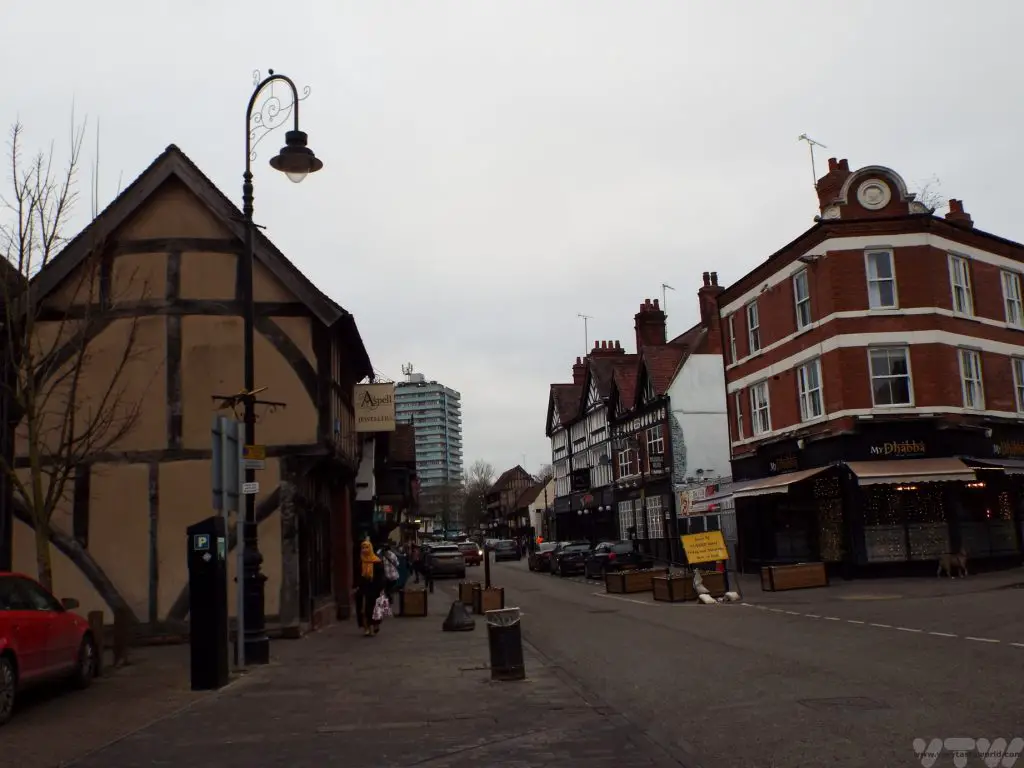
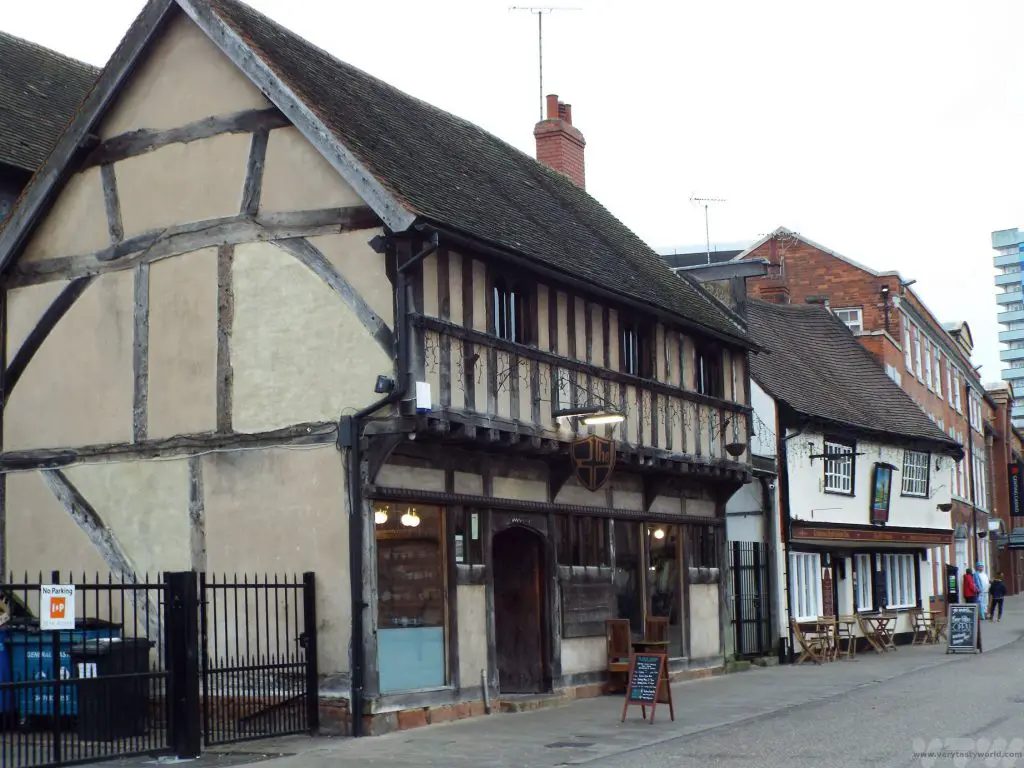
Ford’s Hospital was constructed in 1509, as an almshouse.
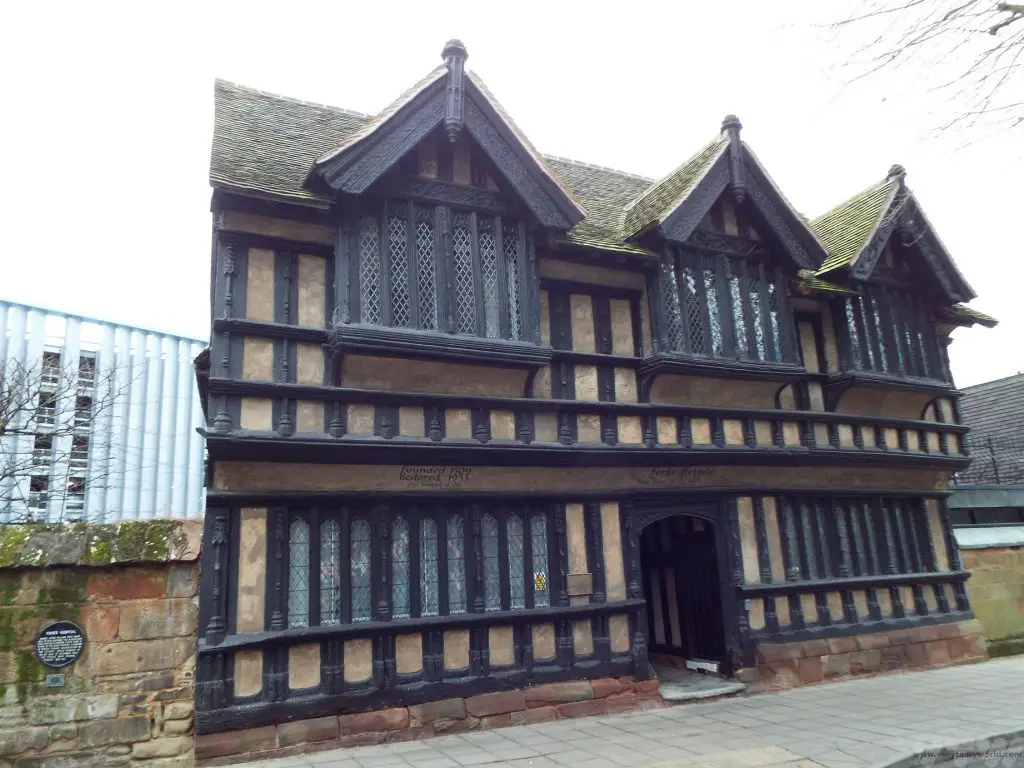
Some parts of the original city wall can still be seen. Swanswell Gate is the best preserved of the city’s gates. It has now been converted into a boutique hotel and it is possible to book it for a stay in the city.
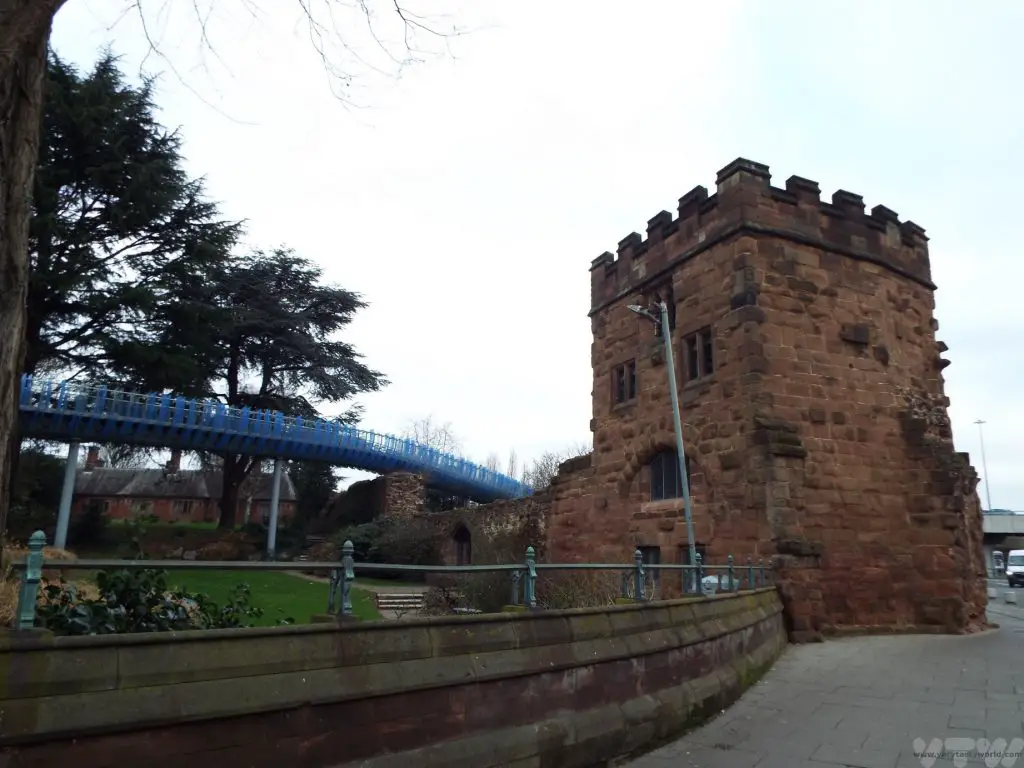
Dating from the 12th century, the old grammar school is now a conference or wedding venue which occasionally opens up for pop-up art events. You can see the original school chairs, carved by their previous occupants centuries ago.
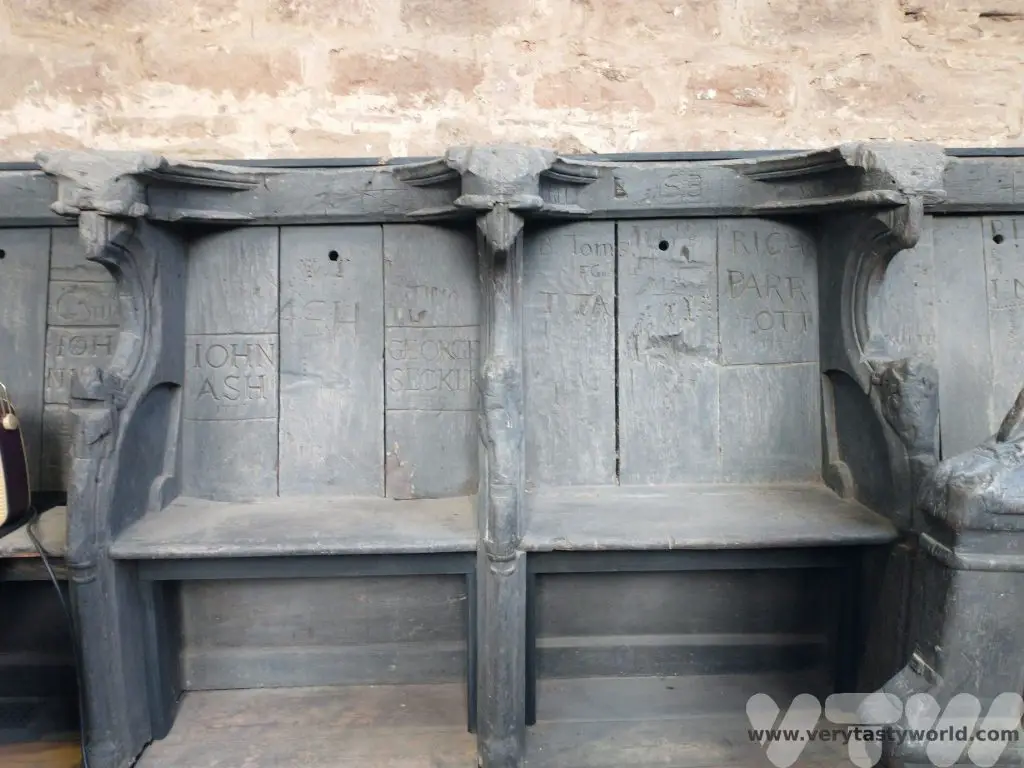
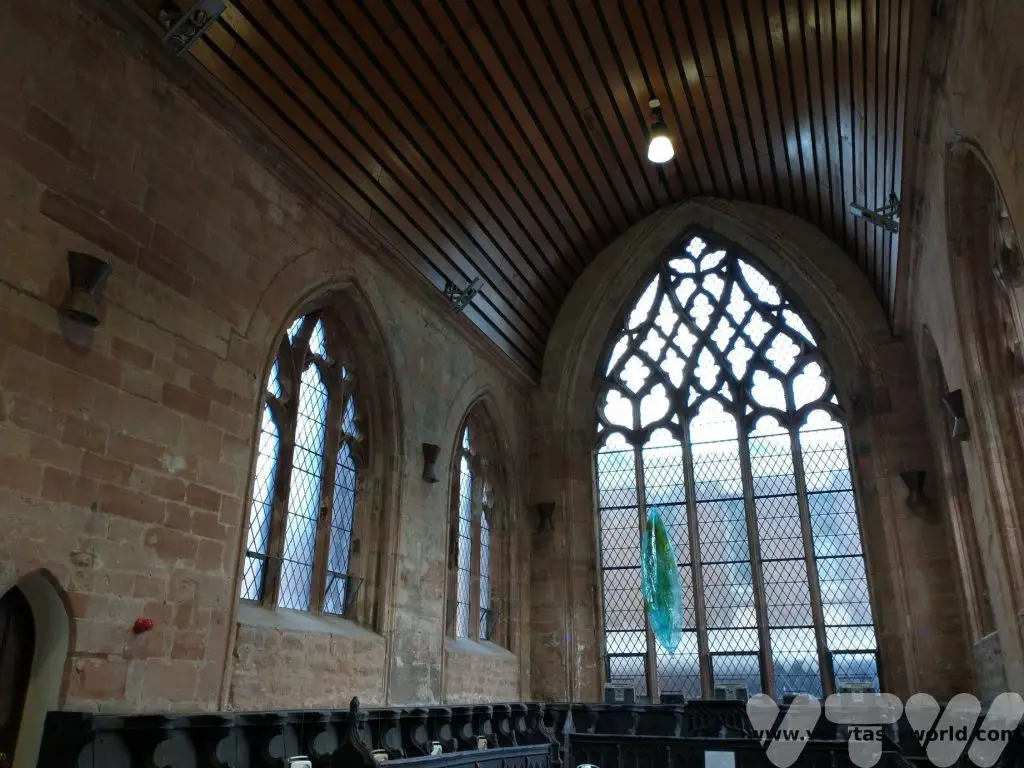
Coventry Cathedral – old and new
St Michael’s Cathedral was largely destroyed during the Blitz raid but its outer walls and spire remain. It was decided that it should remain in situ. It contains a number of symbols of reconciliation, including a charred cross which was constructed from two fallen wooden beams.
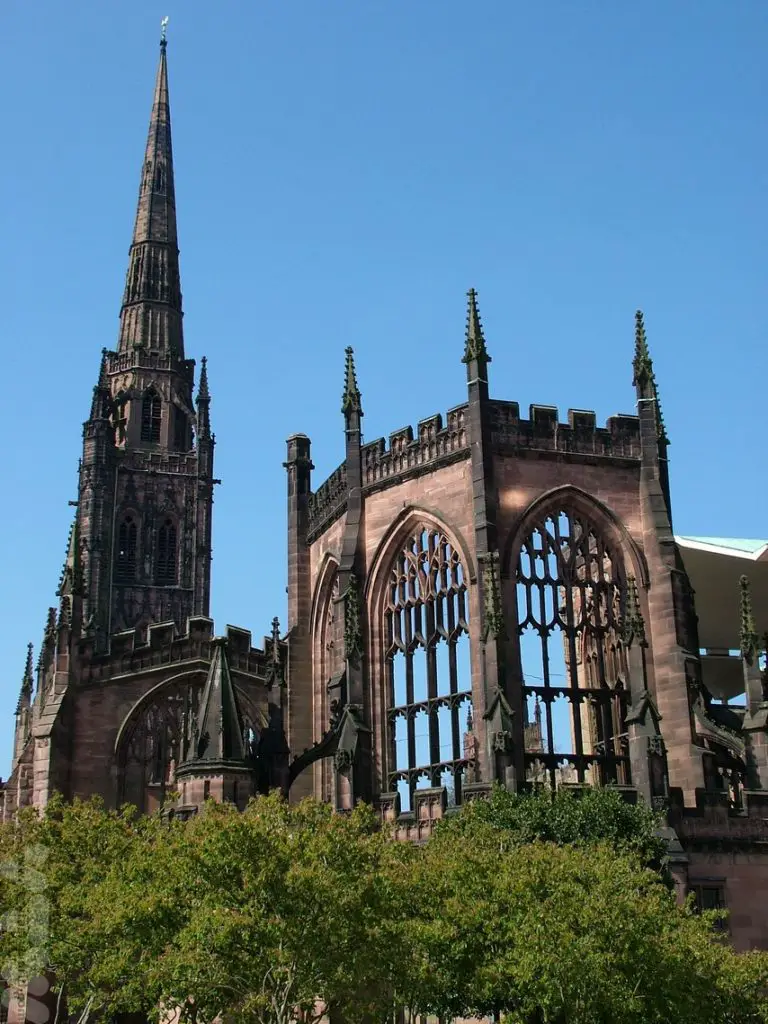
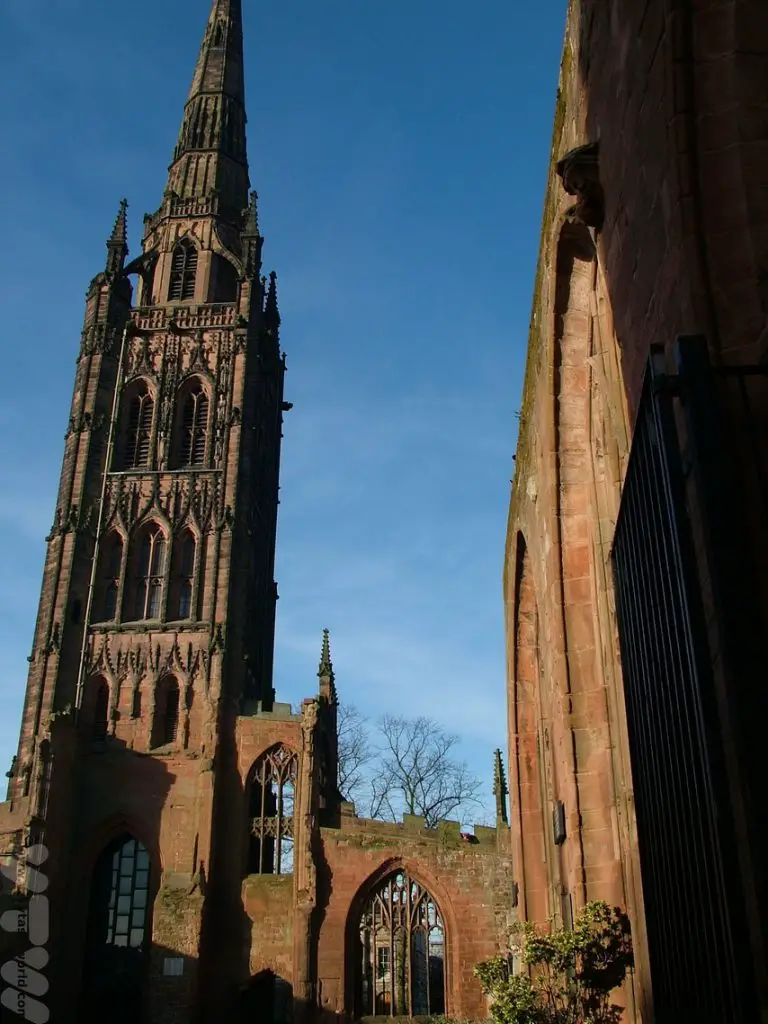
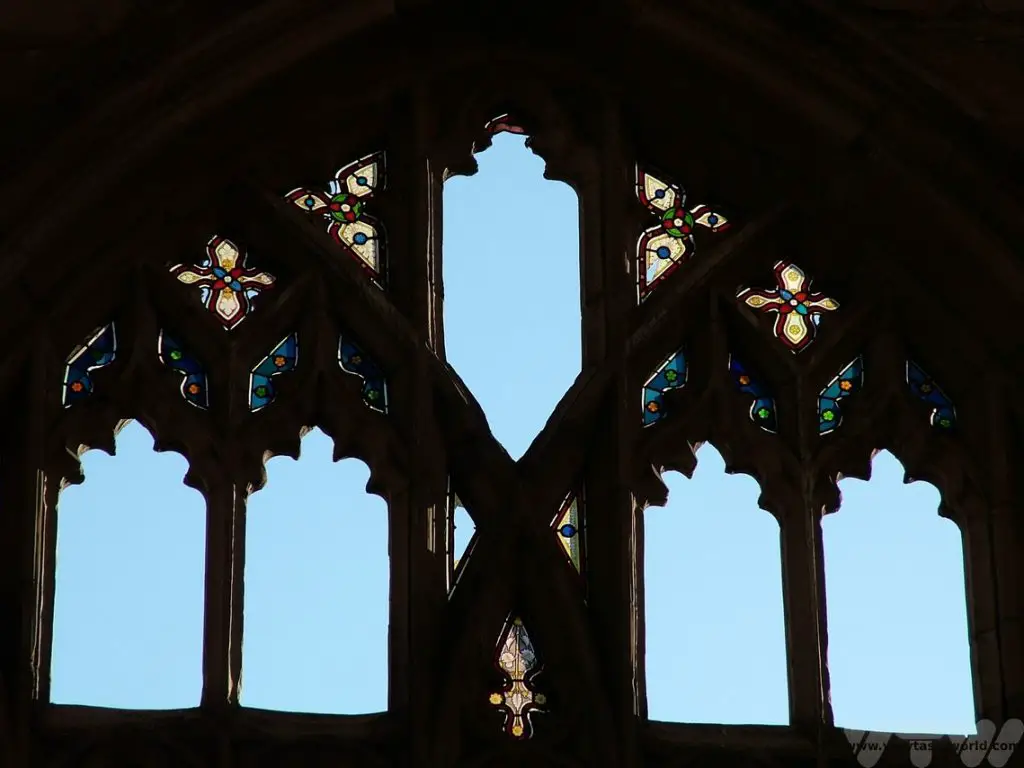
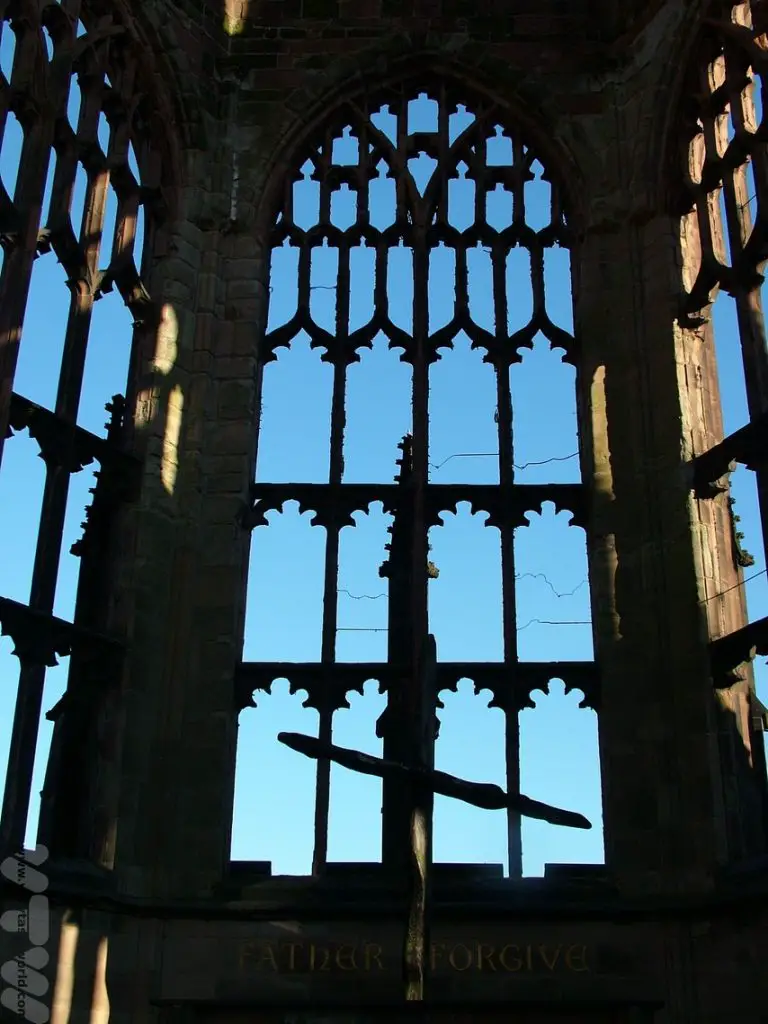
A new cathedral, constructed alongside the ruins of the old, was consecrated in 1962 as a place of worship. Both cathedrals are very much part of the community. They often hold concerts, plays and other events, both indoors and outdoors. The old cathedral even became an ice rink during the winter Christmas season.
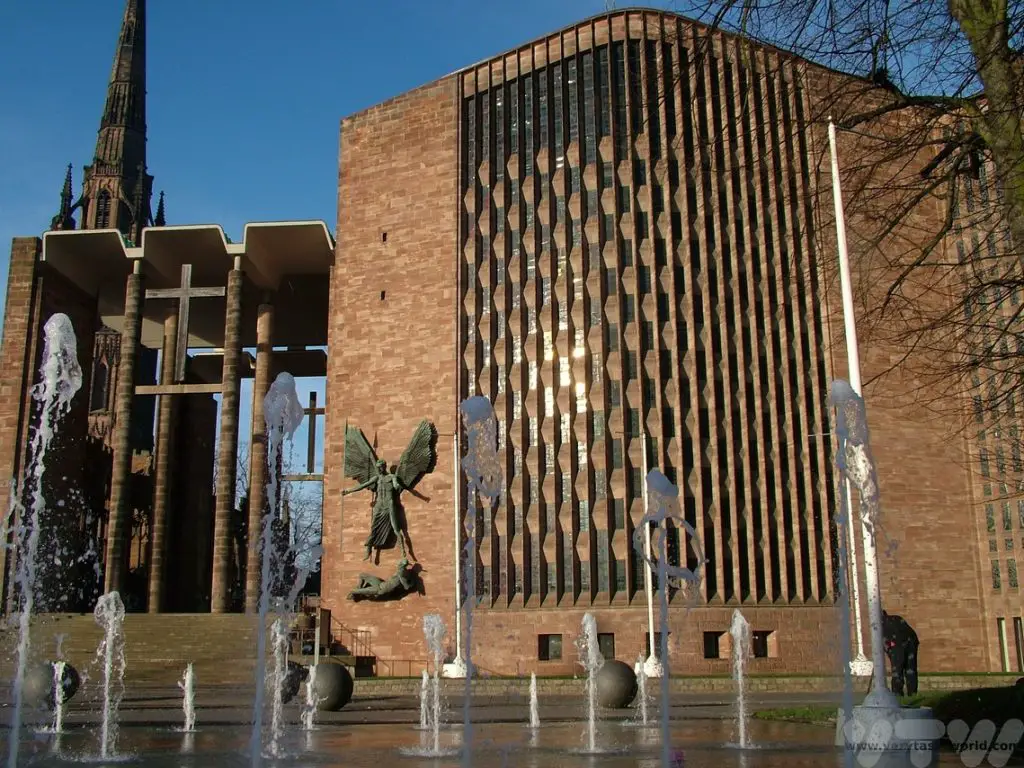
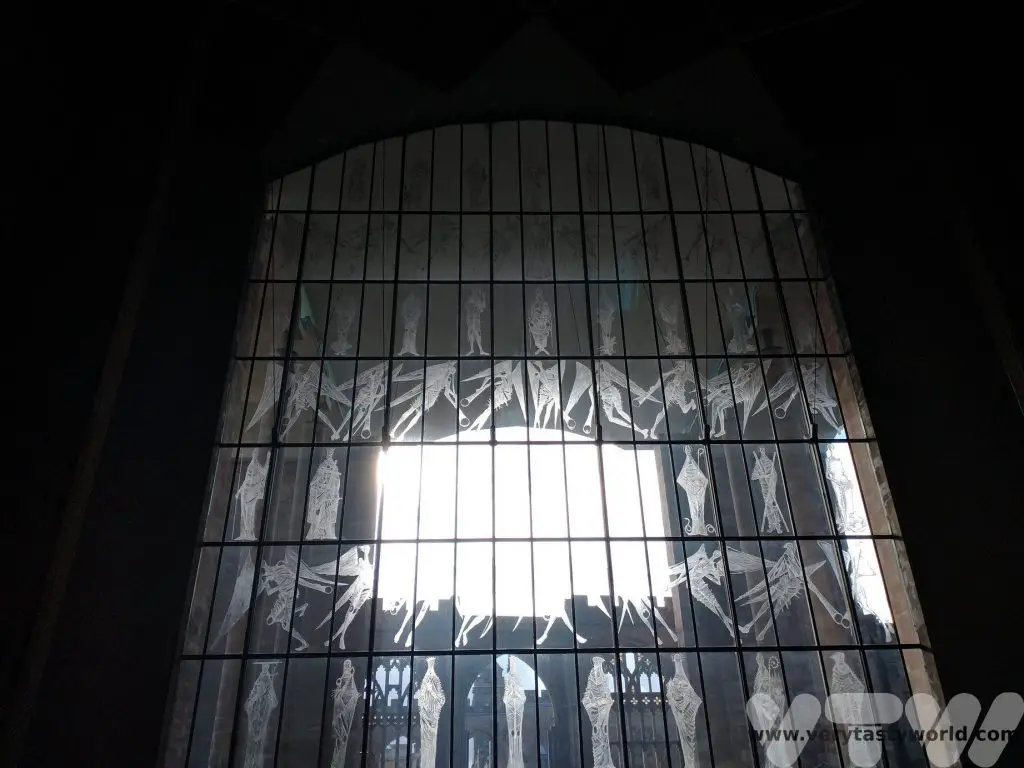
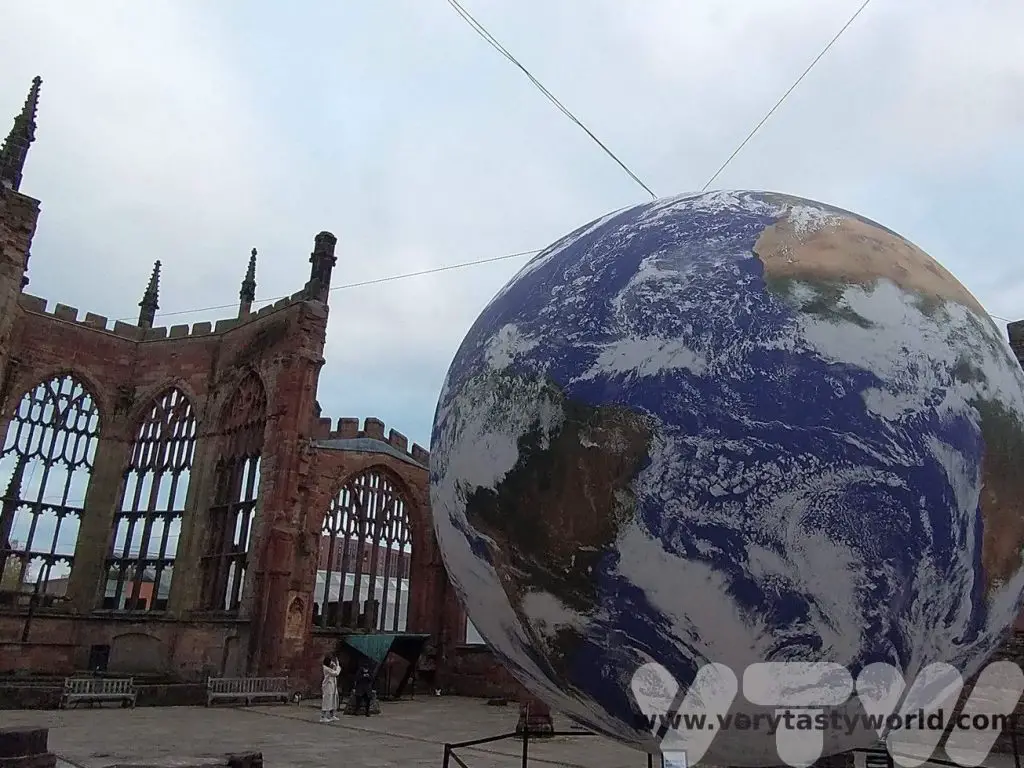
St Mary’s Guildhall
This is one of Coventry’s original mediaeval buildings, a guildhall built in 1342 but then reconstructed in the 15th century.
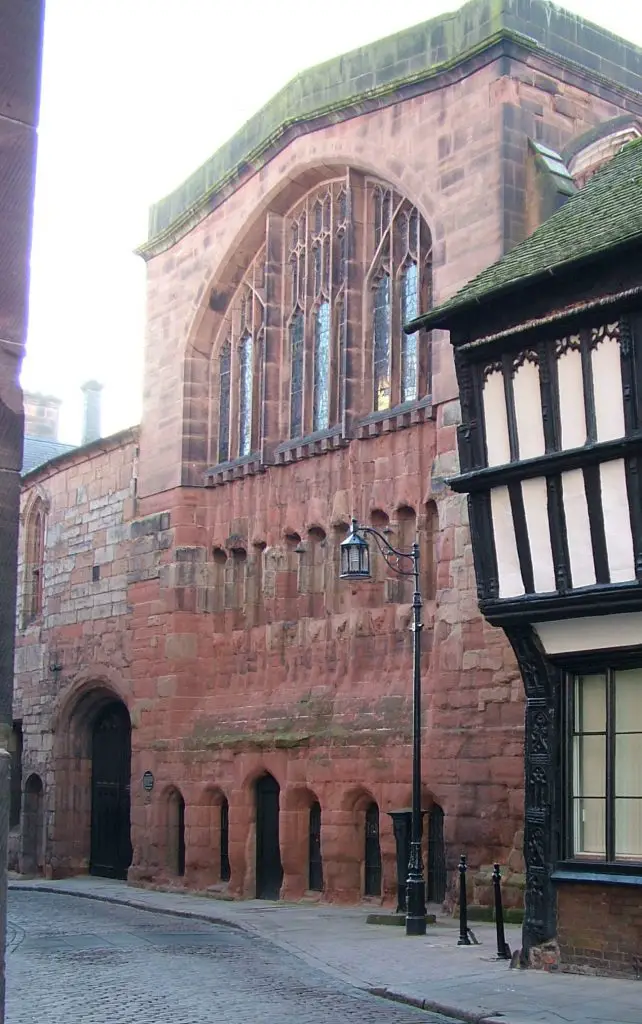
It contains one of the oldest tapestries in the country, almost certainly the oldest that remains in its original setting, known to have been made for the hall itself. The central figure is the Virgin Mary, to whom the hall is dedicated.
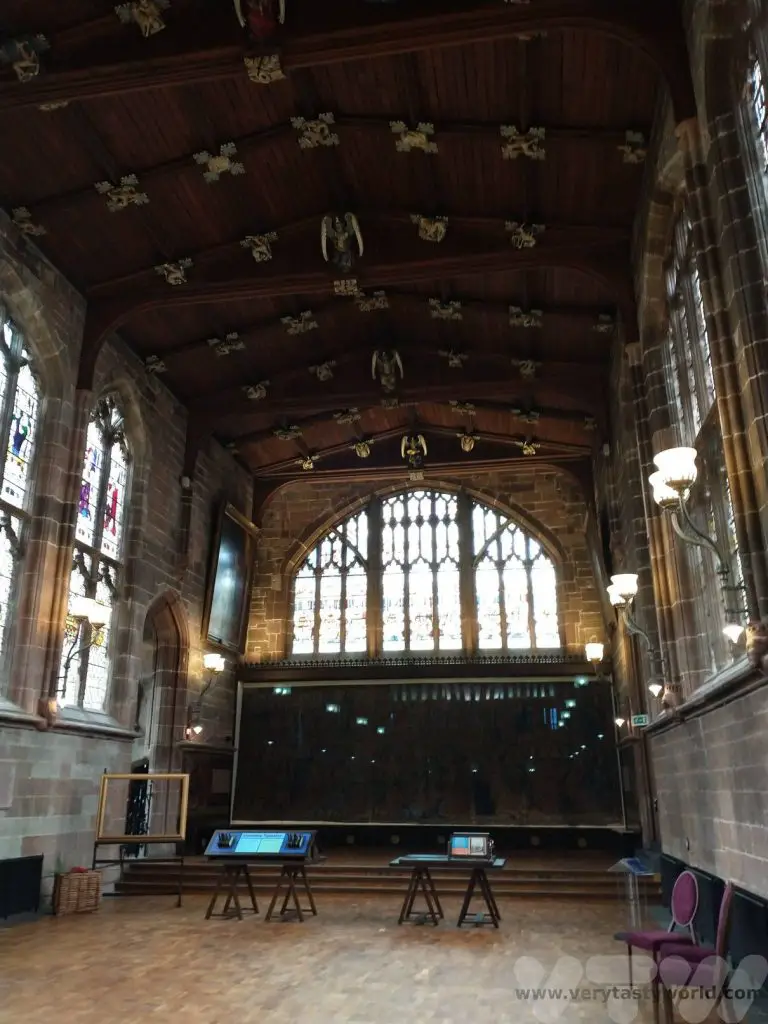
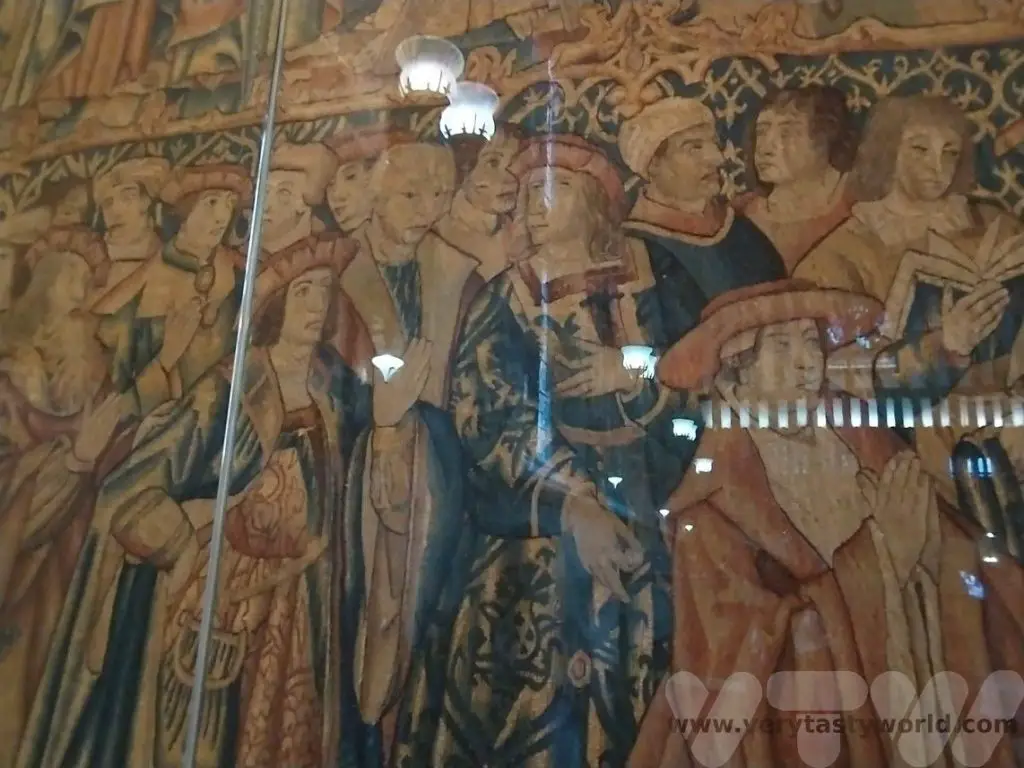
Amazingly, the guildhall, which is located right next door to St Michael’s cathedral which was largely destroyed during the firebombing of Coventry, survived the Blitz.
A recent refurbishment has revealed mediaeval kitchens which have been restored. There are exhibits showing the sort of food that might have been prepared there in centuries gone by. A splendid afternoon tea can be enjoyed in the undercroft.
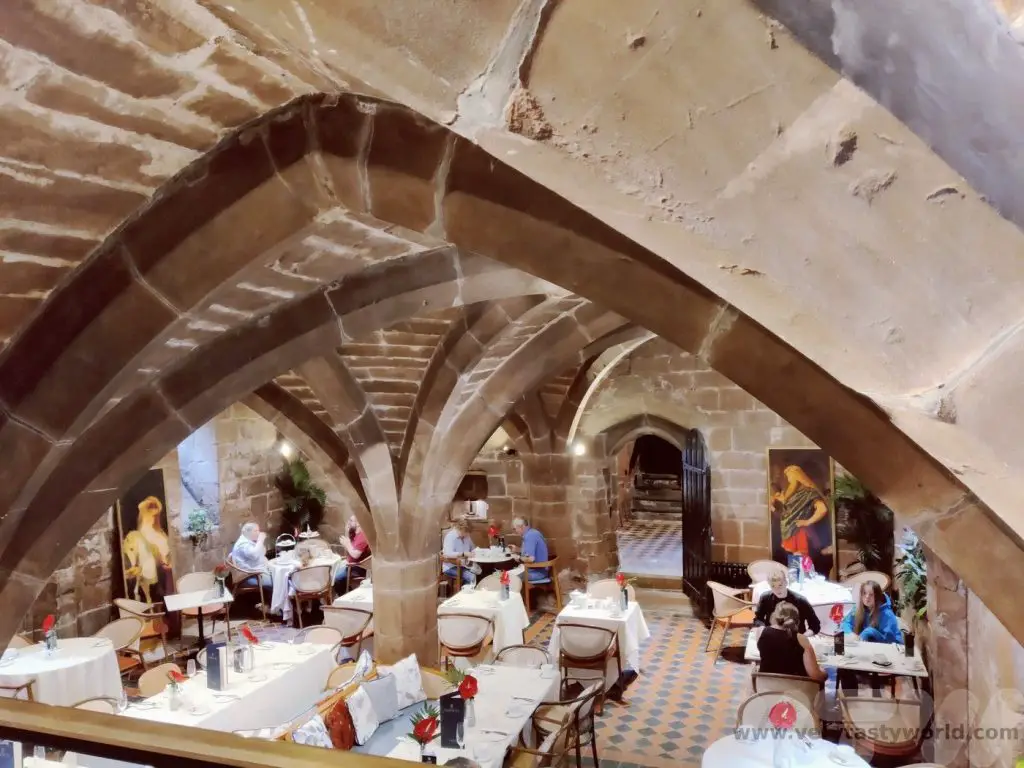
Coventry Music Museum
Located just outside the city in the Ball Hill district, the Coventry Music Museum is a small but perfectly formed museum dedicated to the musical history of the city.
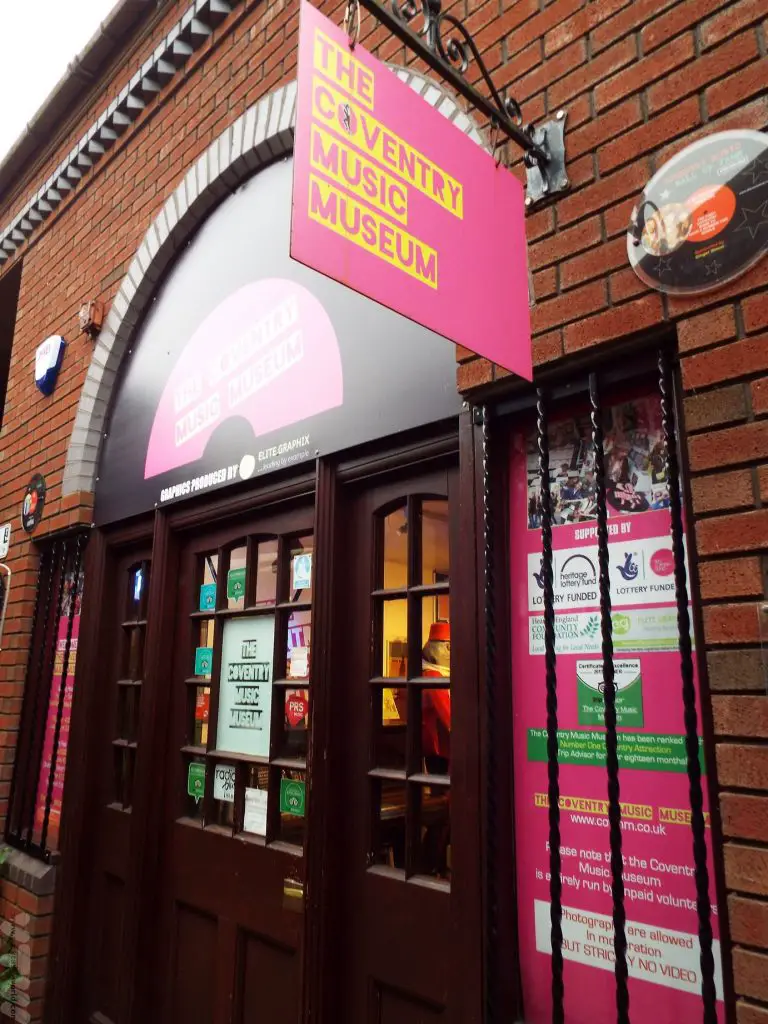
You always receive a friendly welcome. With a plethora of exhibits and memorabilia, including the original Ghost Town organ and a reproduction of a Two-Tone bedroom, it also looks to Coventry’s earlier music history including an exhibit looking at the work of Coventry born Delia Derbyshire, the pioneering electronic musician (who arranged the Dr Who theme tune). Deliaphonic is an annual celebration of her life and work which takes place in venues around the city.
You can also use the music room there – just pick up an instrument and play. Opposite the museum is the Two-Tone café and the excellent Simmer Down Caribbean restaurant.
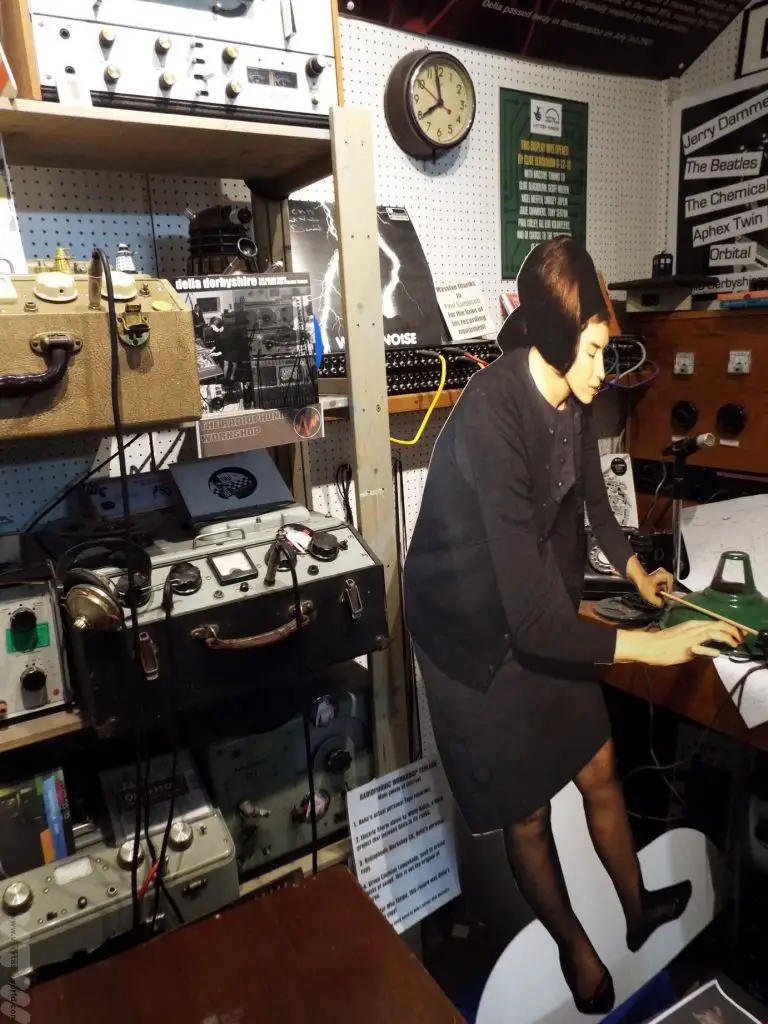
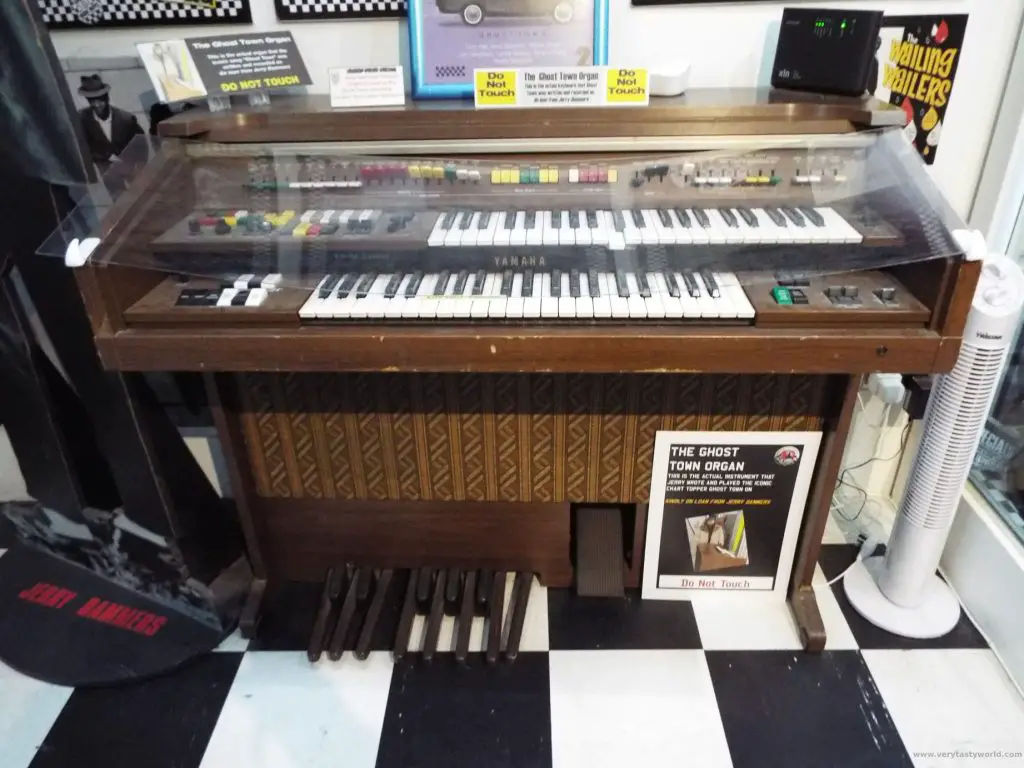

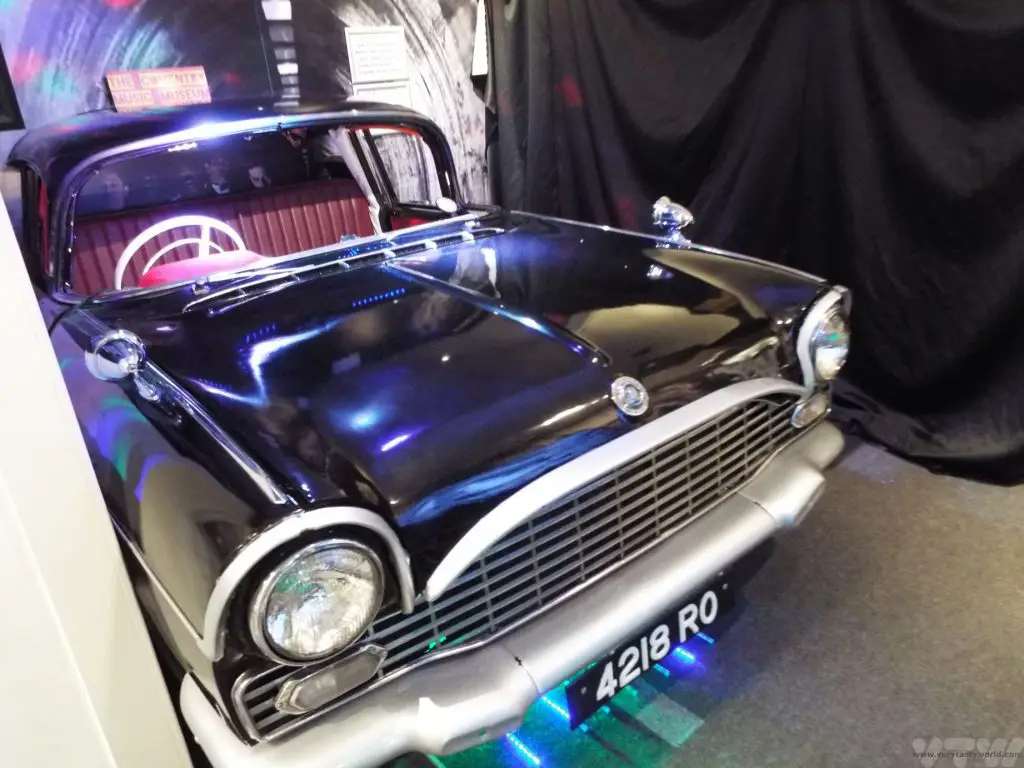
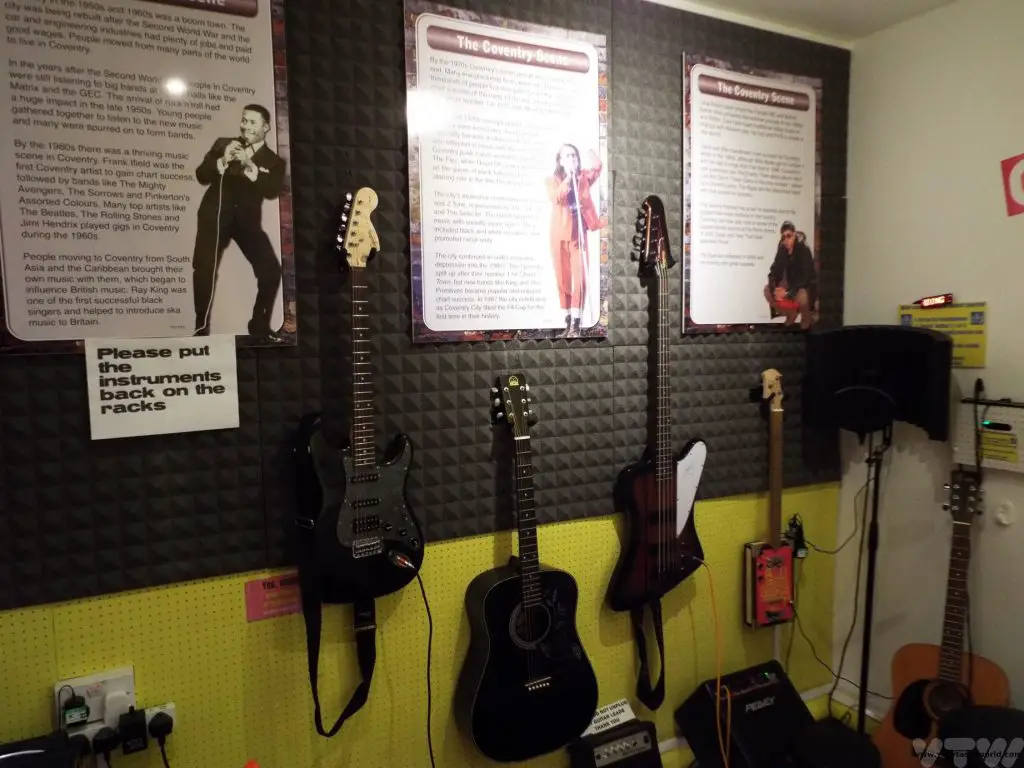
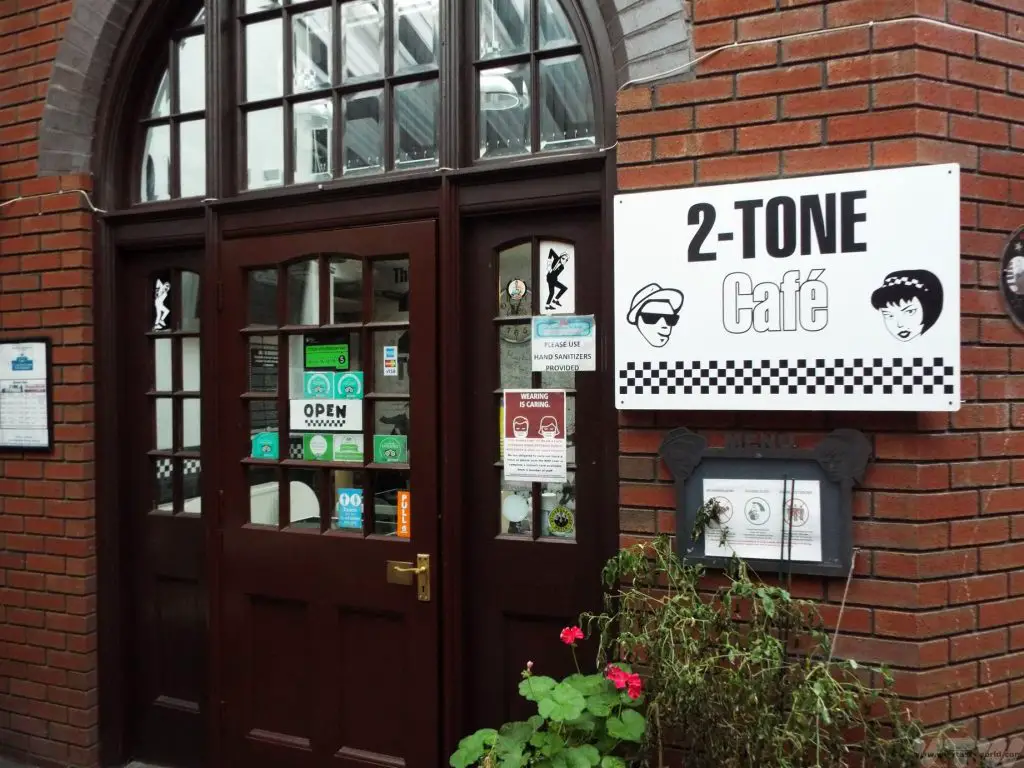
Coventry Transport Museum
Located on Millennium Place, Hales Street and celebrating Coventry’s motor history, this is a fascinating museum which has the largest publicly owned collection of British cars in the world.
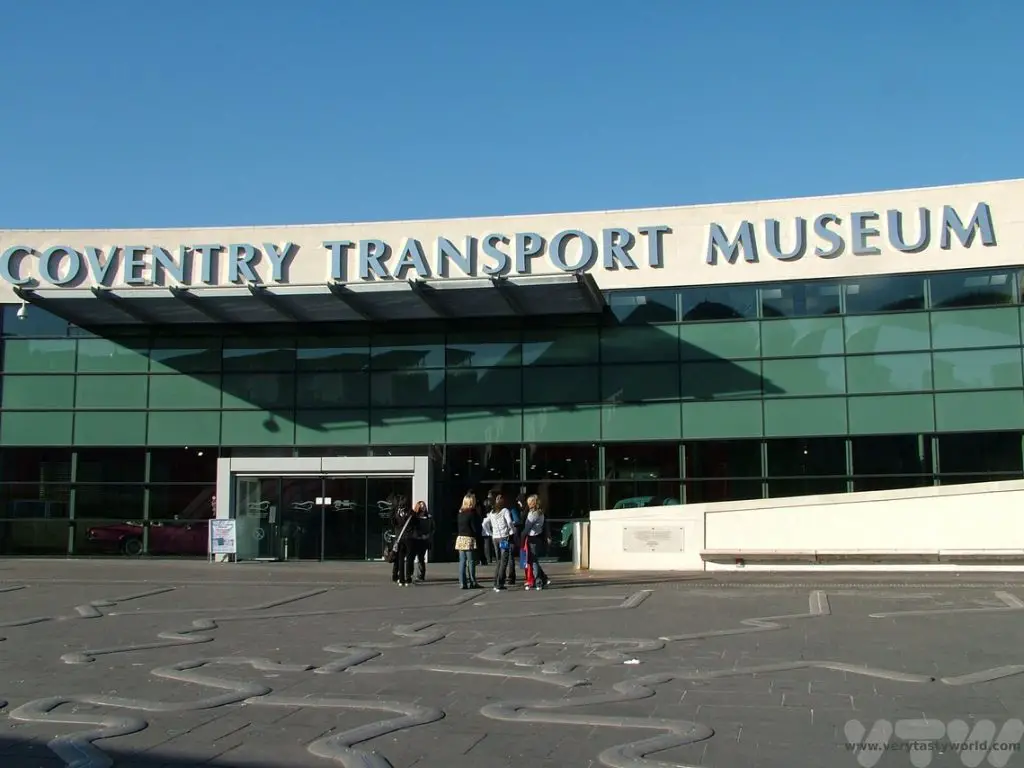
The museum offers a brilliant history of transportation and also of the city. It has lots of interactive exhibits and you can see an extensive variety of vintage vehicles as well as two of the fastest cars in the world: Thrust SSC and Thrust 2. Fun fact: part of the famous car chase from the film The Italian Job was filmed in Coventry. While the Mini Coopers enter and leave the tunnel in Turin, the actual tunnels were Coventry sewers which were being constructed at the time.
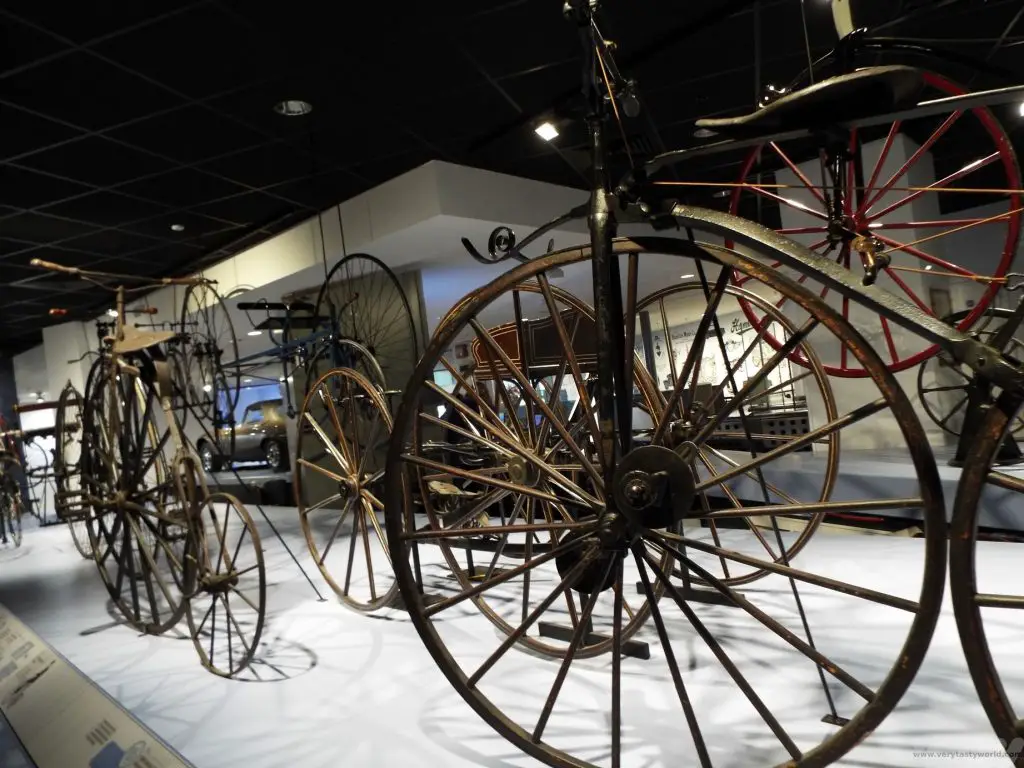
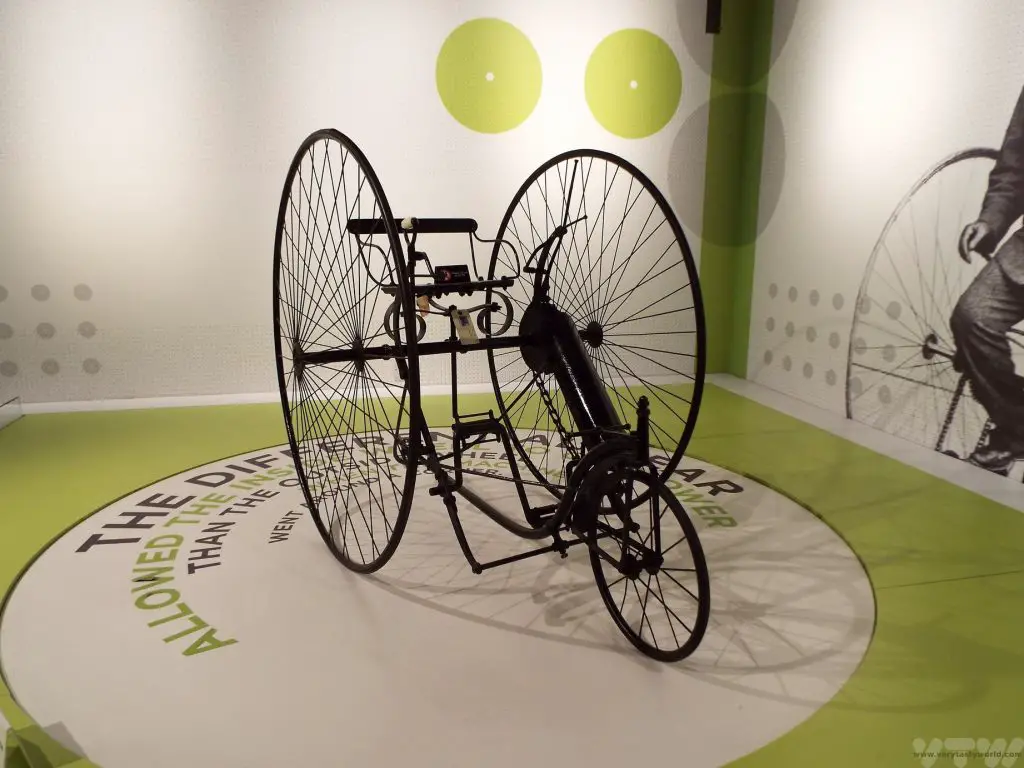
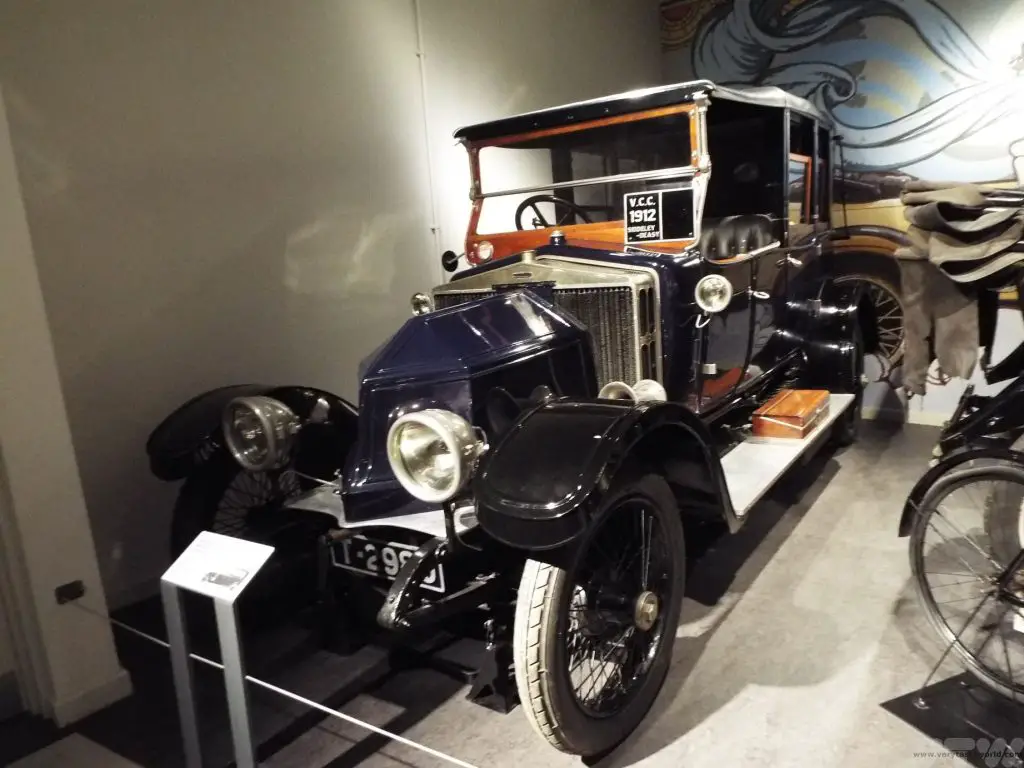
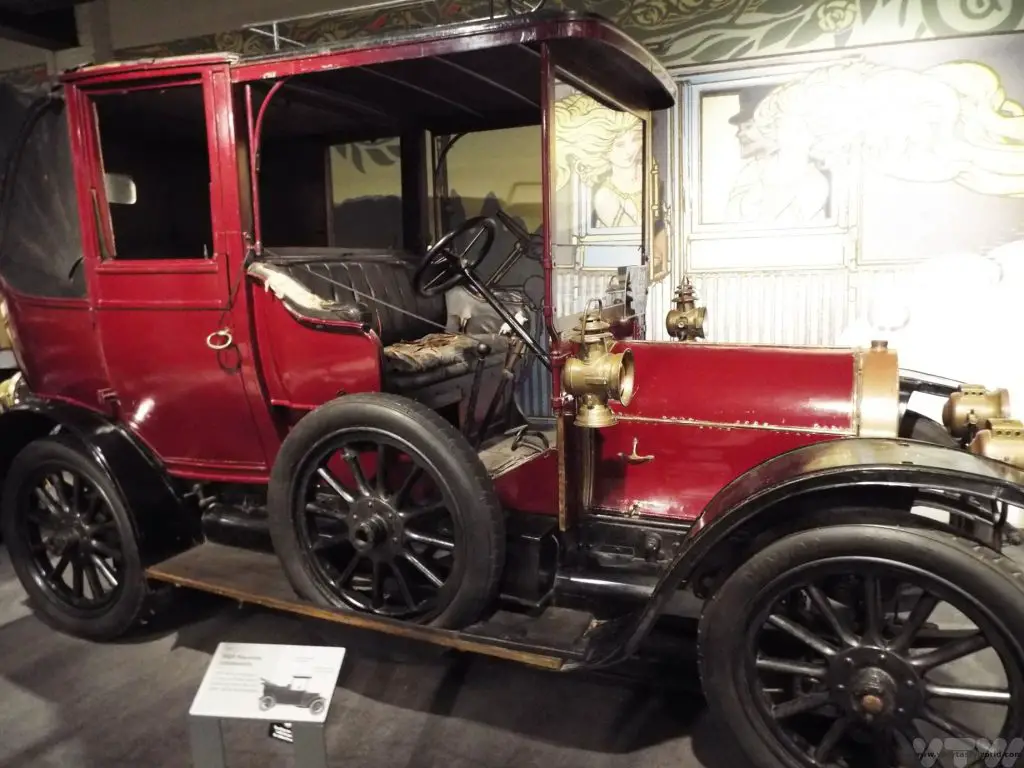
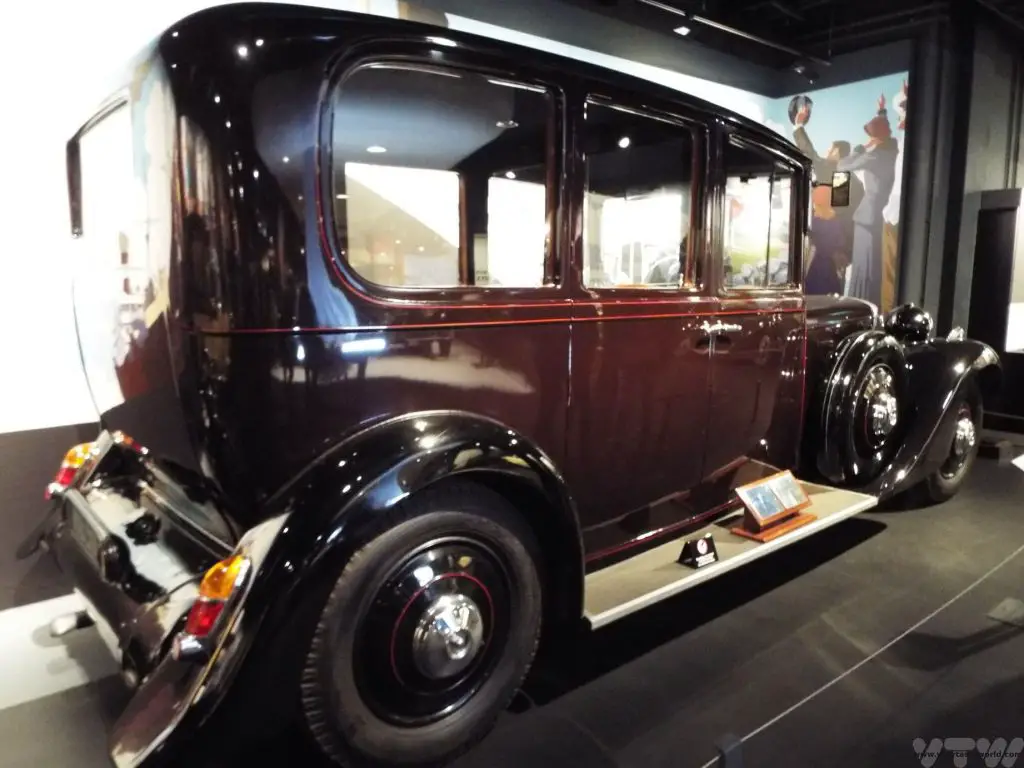
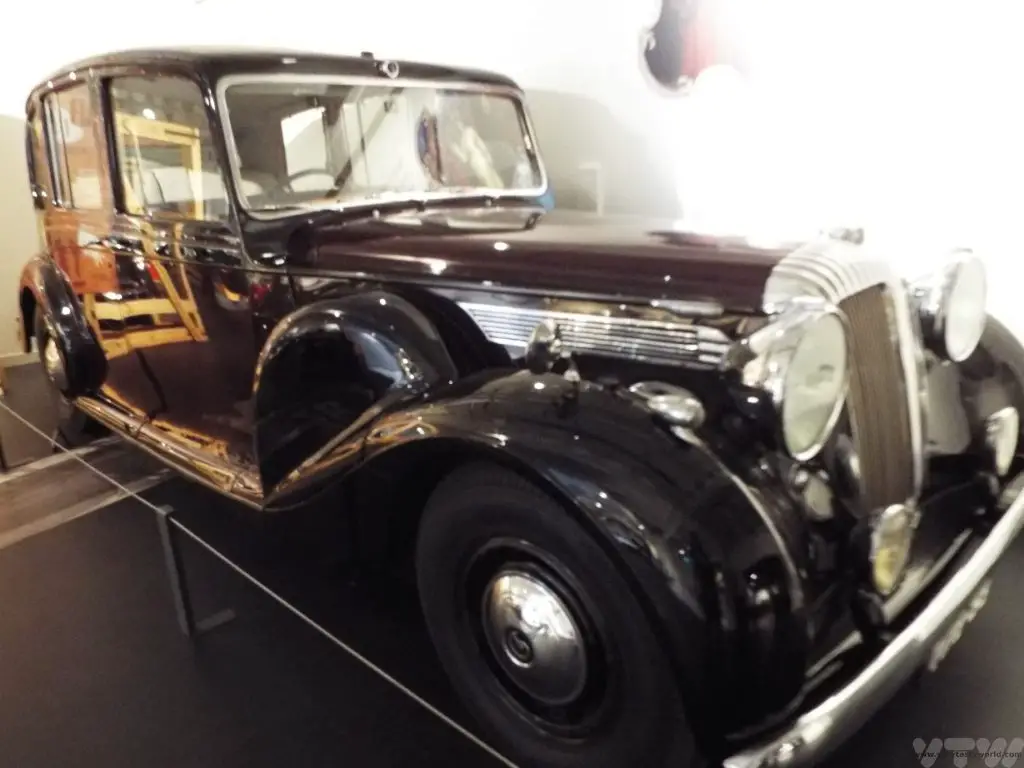
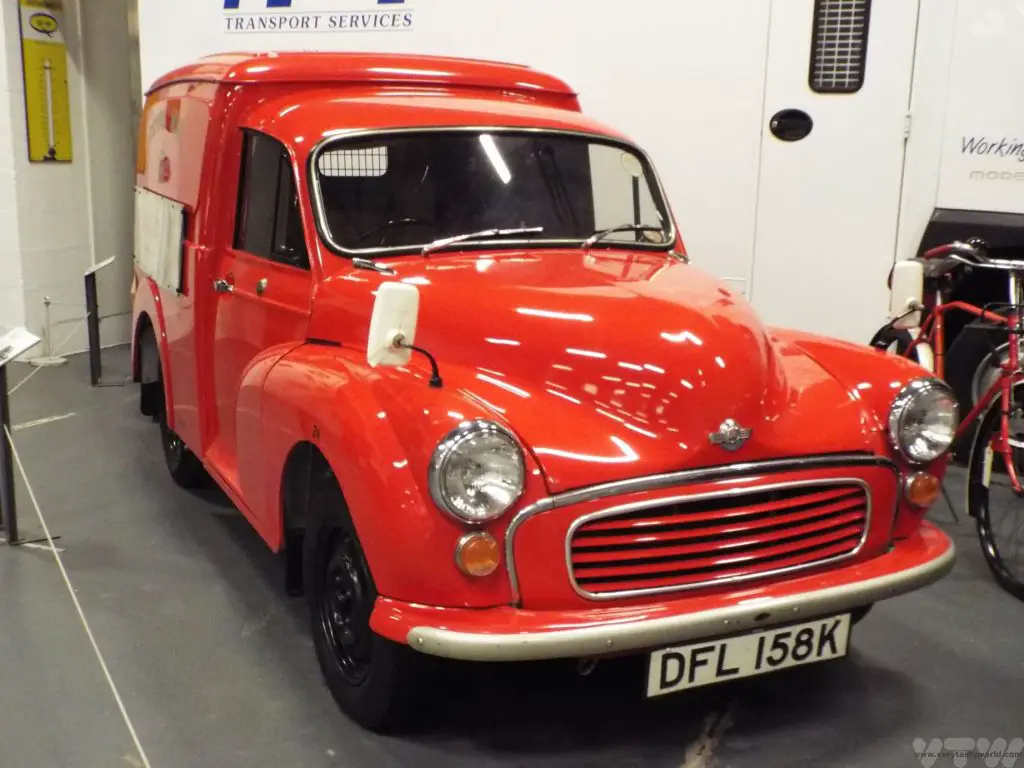
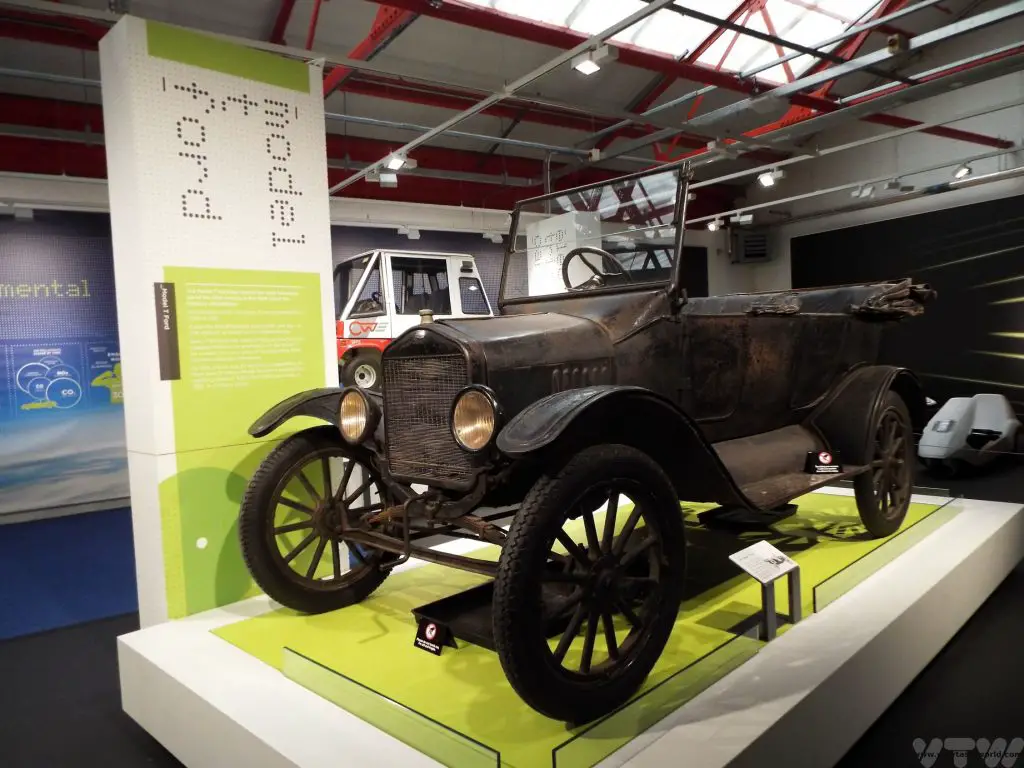
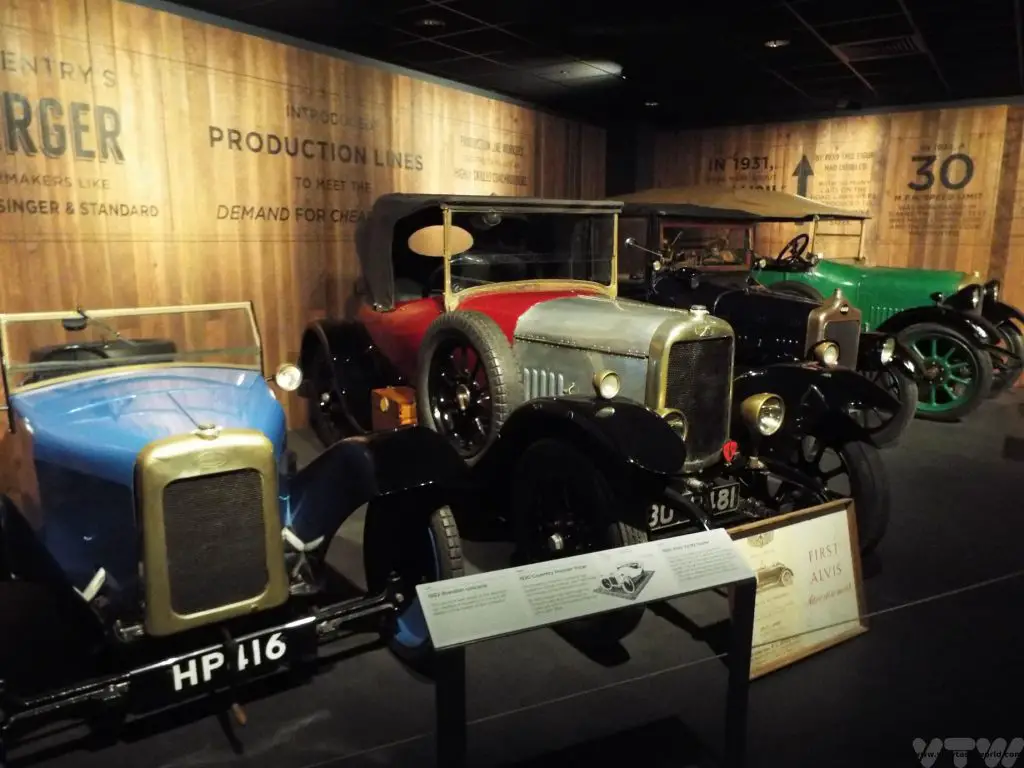
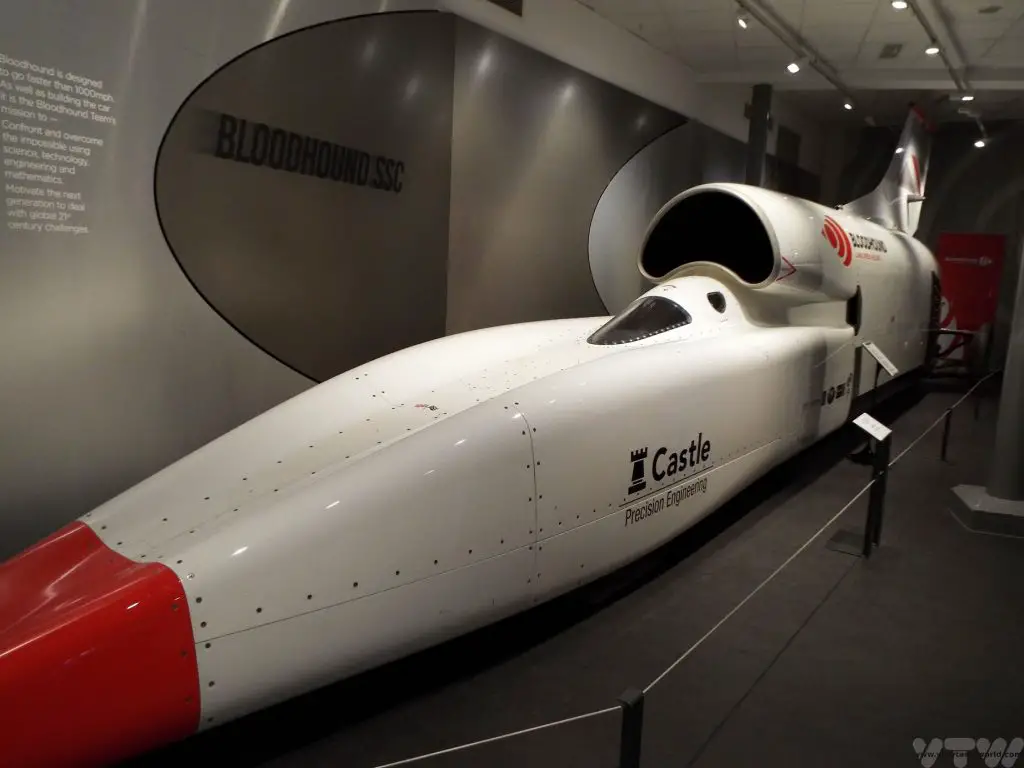
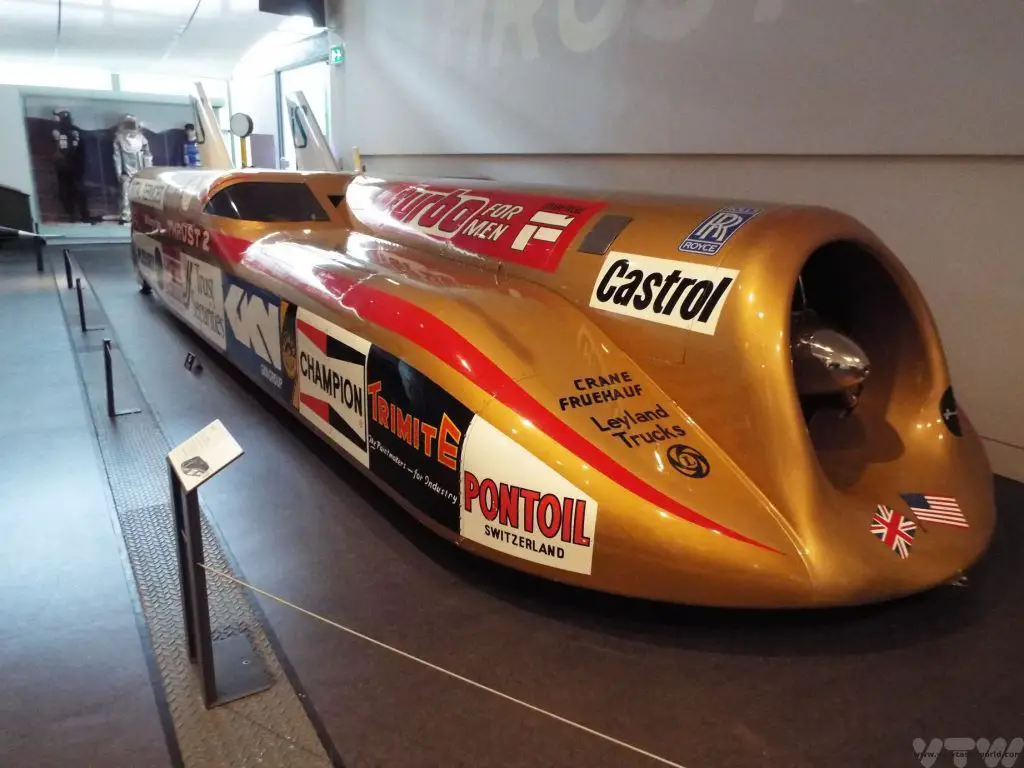
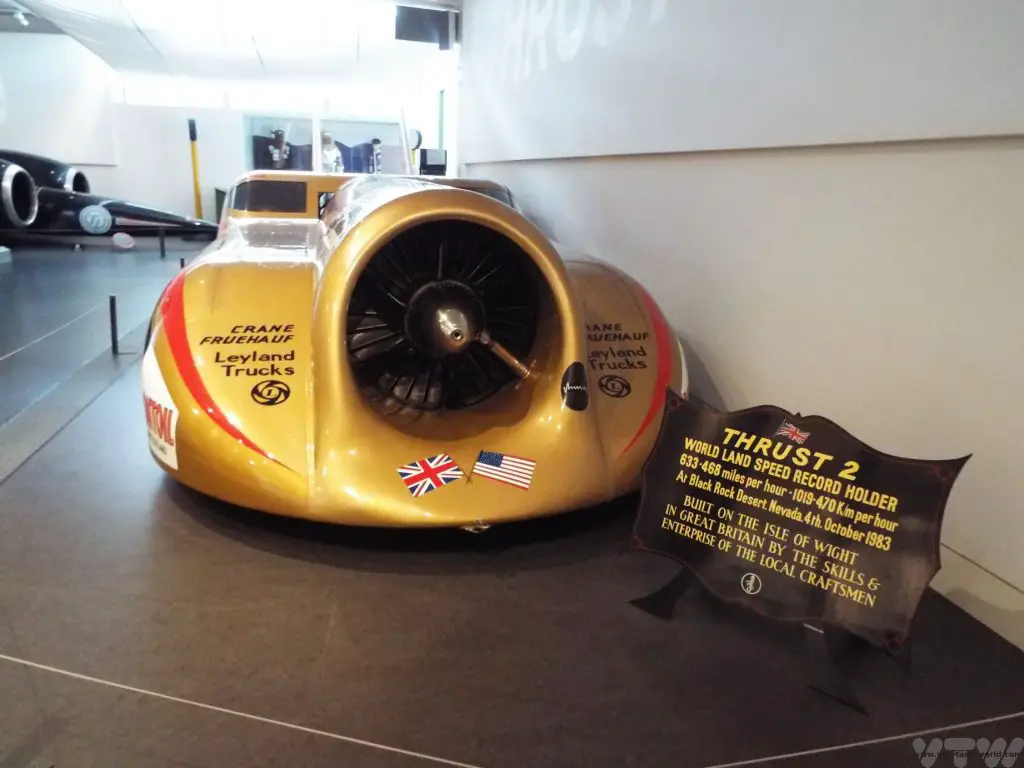
The Weaver’s House (Spon End) is a fascinating listed building which is quite unusual because it was the home of a poor person. Historic buildings are normally preserved because they are great big stately homes owned by important people.
The weaver’s house is a remarkable construction because it has an internal jetty for the weaver’s loom, which is very rare. The weaver’s house is located close to the river Sherbourne before it enters the city, so the water would have been clean for washing and dyeing the cloth. The house doesn’t have regular opening hours, but check the website for the next open day when you can learn about its history and also visit its mediaeval garden.
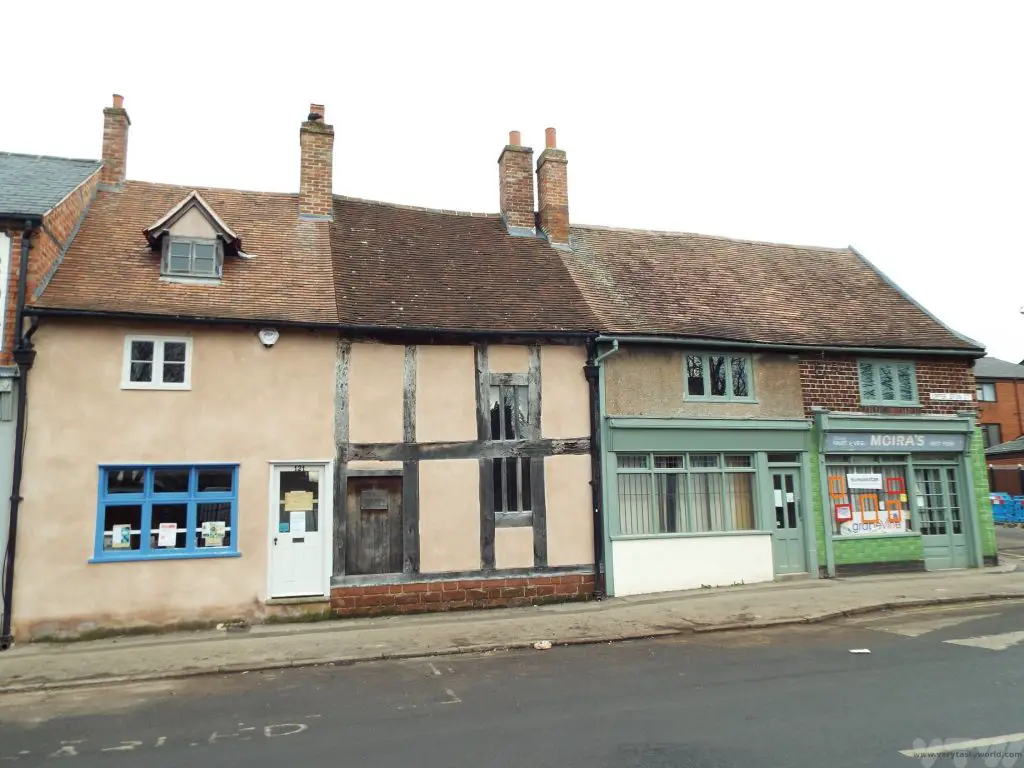
Watch Museum A small but interesting museum dedicated to Coventry’s watchmaking heritage.
Charterhouse
Located on the London Road, just over a kilometre outside the city centre, this former monastery was founded in 1381. It was a Carthusian monastery, home to a silent order of monks who each had their own cells (actually like small houses with walled gardens) in which they would meditate, pray, read and copy books. They would meet in church or at mealtimes – and meals were eaten in the refectory which is the main surviving building.
After Henry VIII’s dissolution of the monasteries the building became a private home and was modified over the years. The adjoining church and monks’ cells were lost. Its most famous resident was Robert Dudley, first Earl of Leicester who was a close friend and suitor to Queen Elizabeth I.
Eventually the building was passed to the people of Coventry and the Coventry Historic Trust set about ensuring its survival and restoring the building. It is now open to visitors.
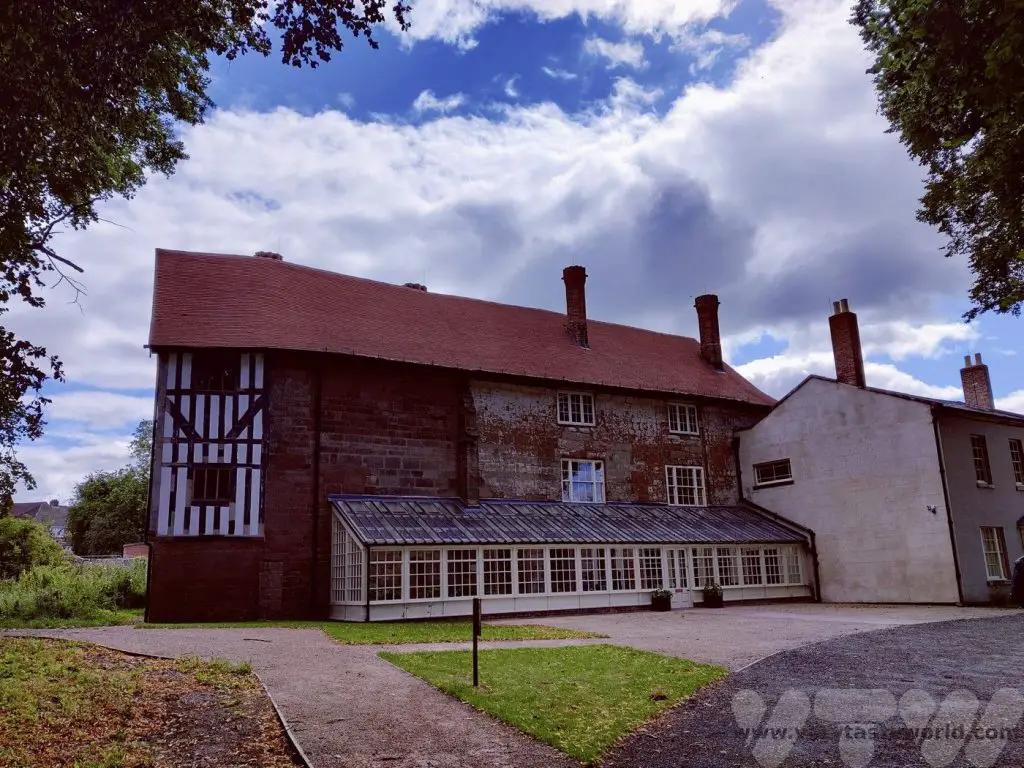
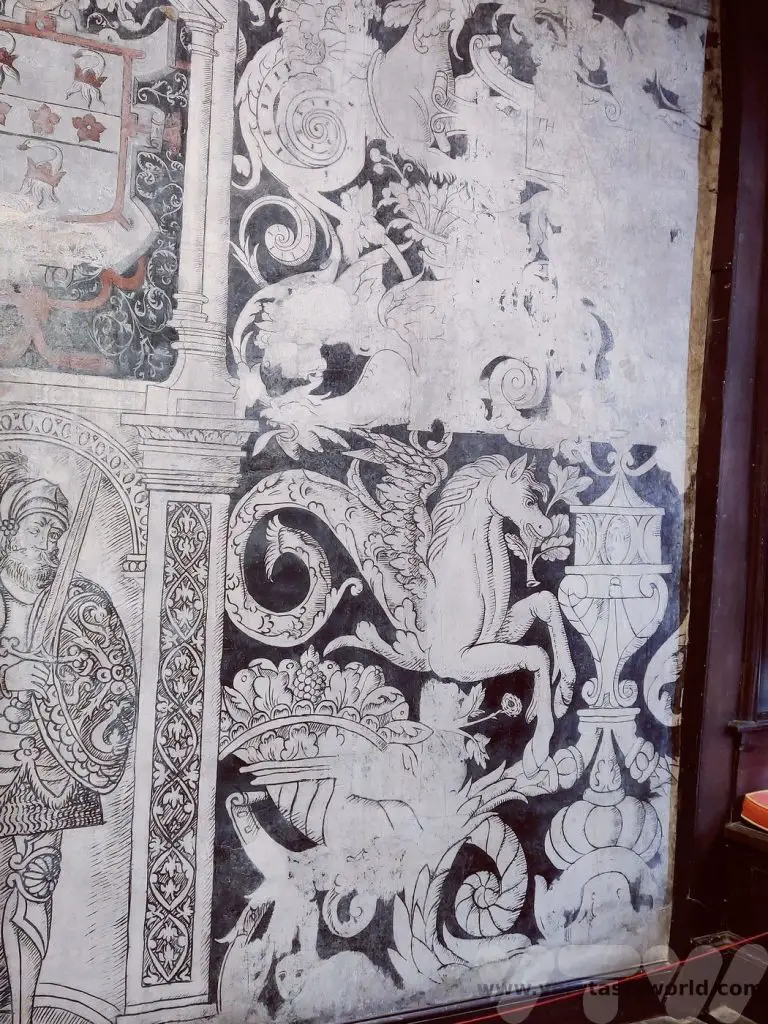
Of particular interest are the mediaeval paintings – a black and white painting dating back to the 15th century, likely to have been commissioned by Dudley.
Sadly when the monastery was converted from a two-floor to a three-floor building the top part of a crucifixion painting was lost. What remains is fascinating.
The grounds also house a kitchen garden. A bistro/café is located on site for light snacks. If you buy a ticket to visit the site, it is valid for a year from issue.
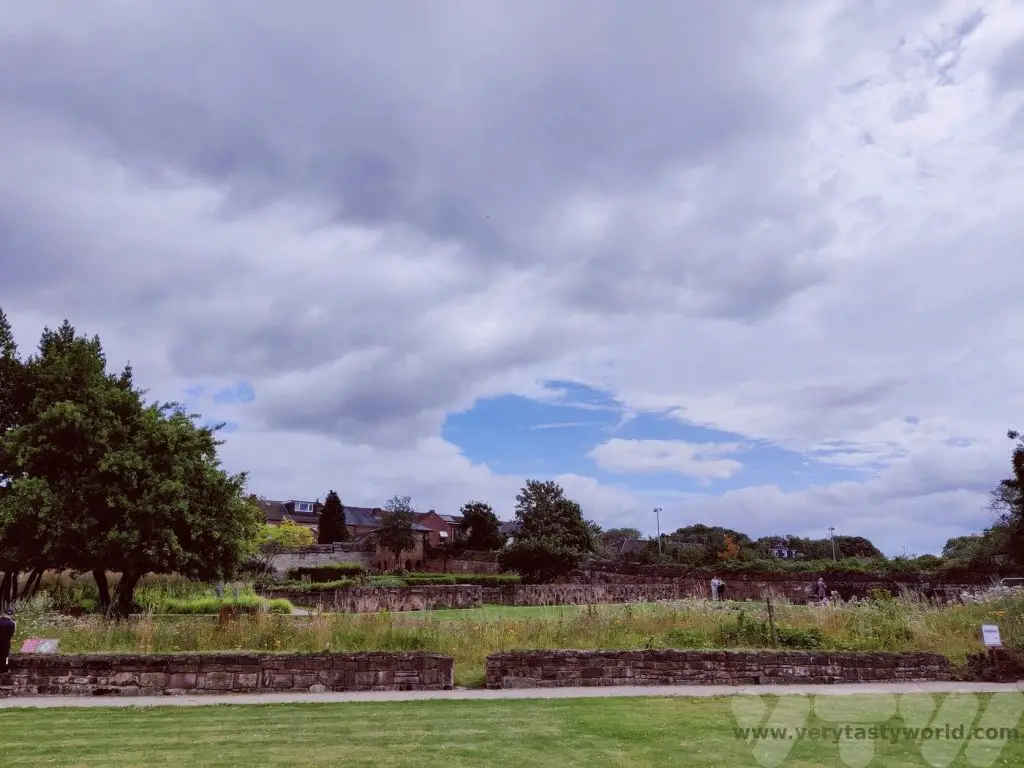
Coventry Culture
Herbert Art Gallery
A fantastic space, the Herbert has a permanent collection and regular temporary exhibitions. It’s located next to the cathedrals. With free entry to most exhibitions, it also hosted the 2021 Turner Prize.
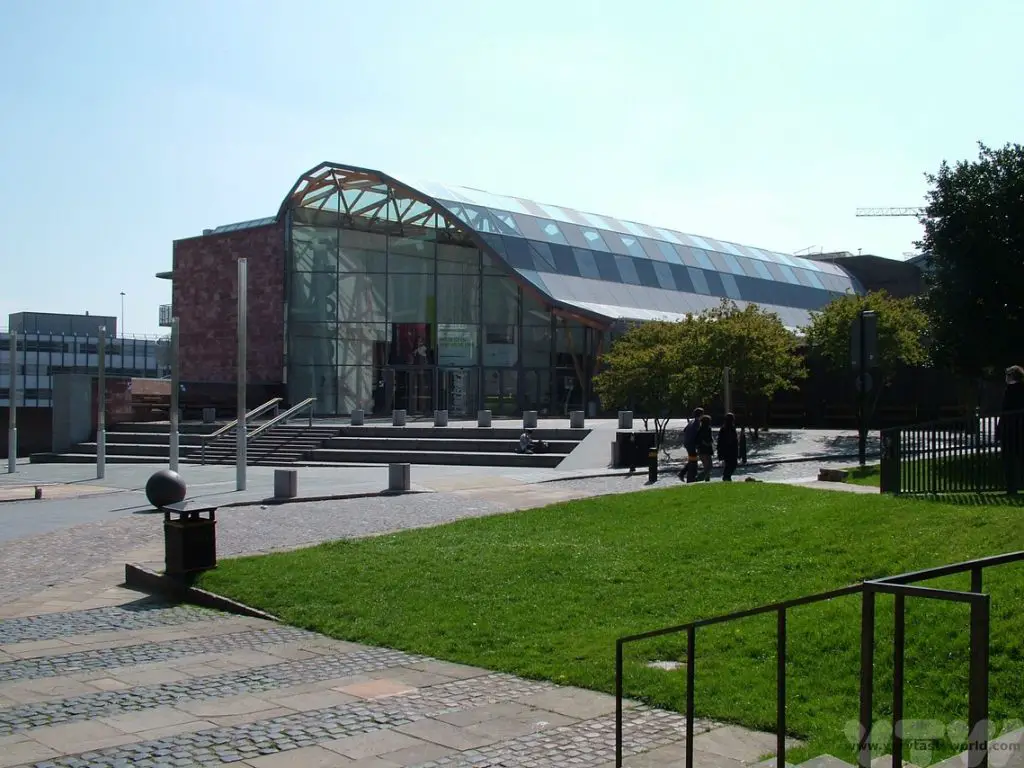
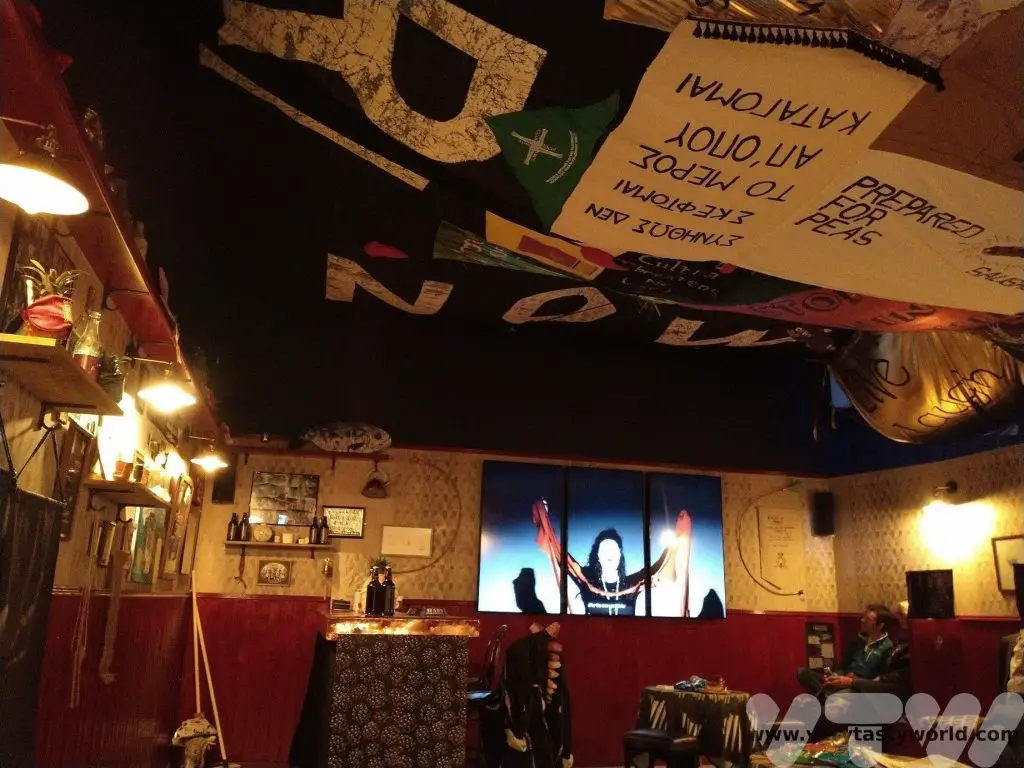
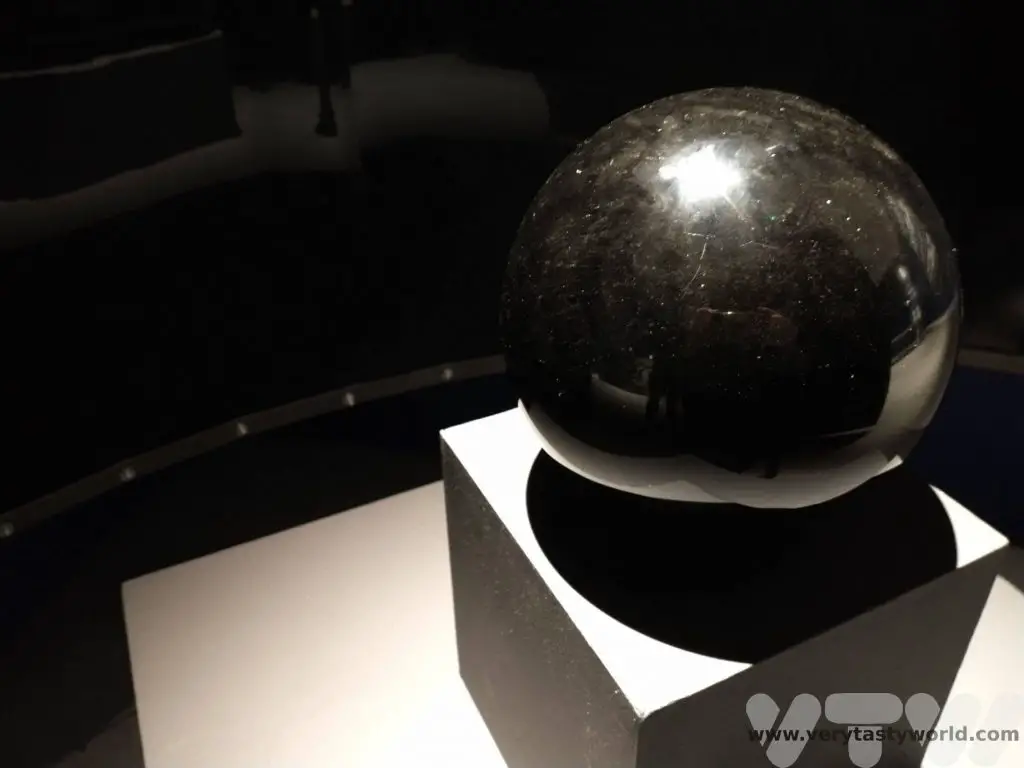
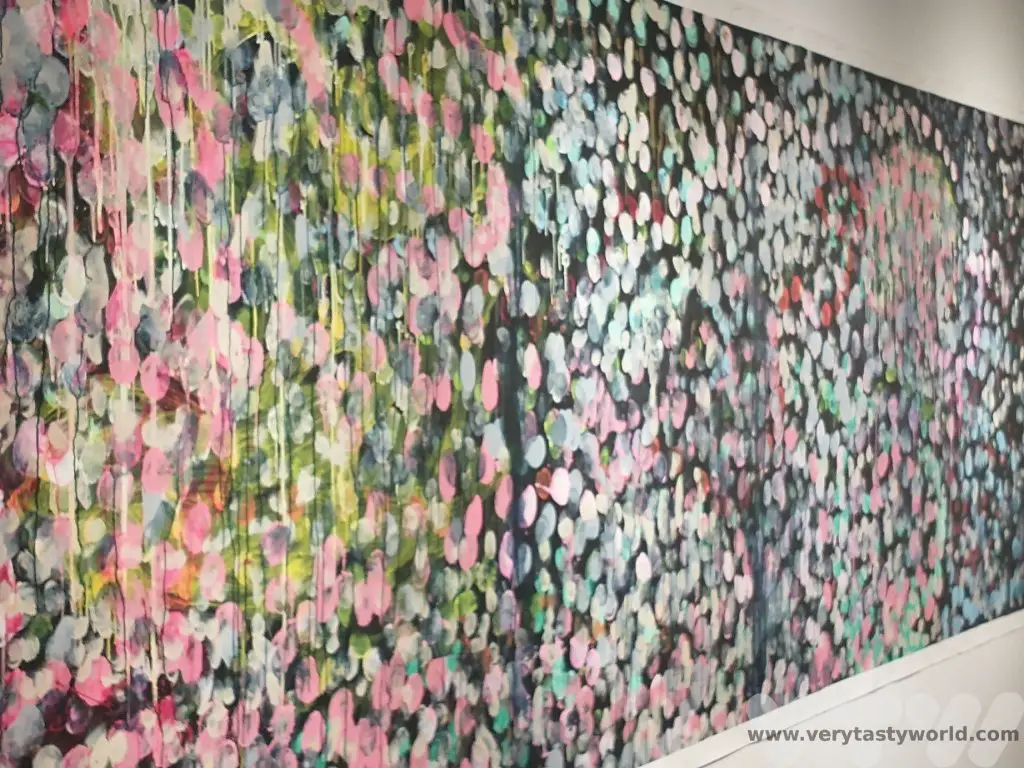
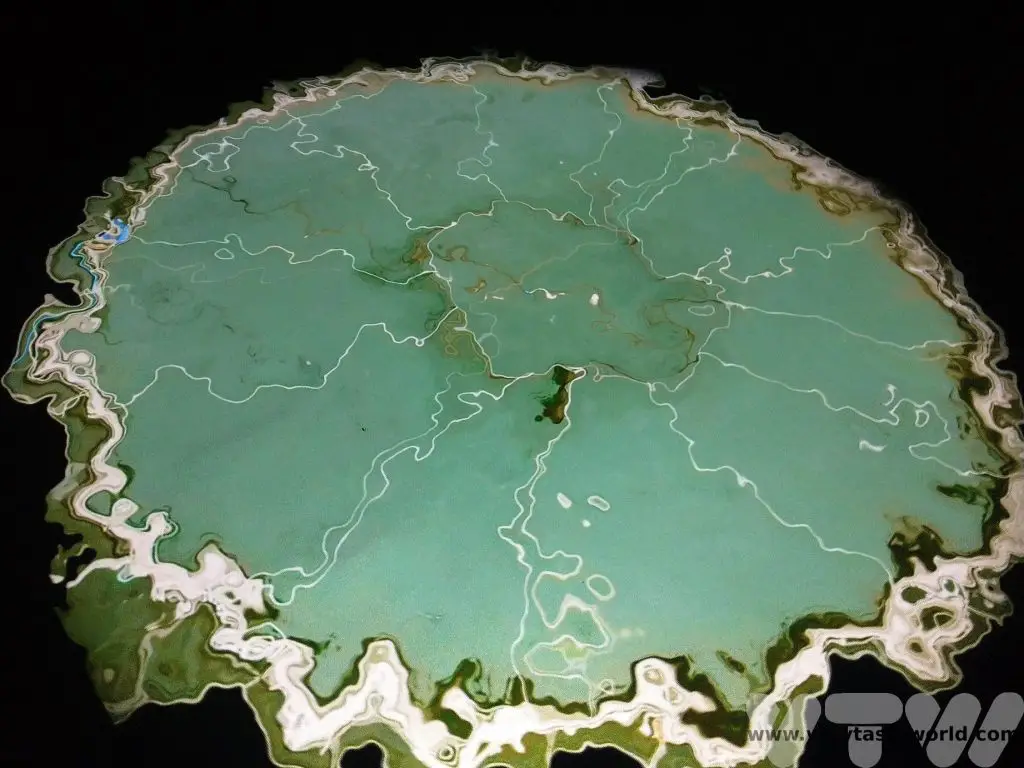
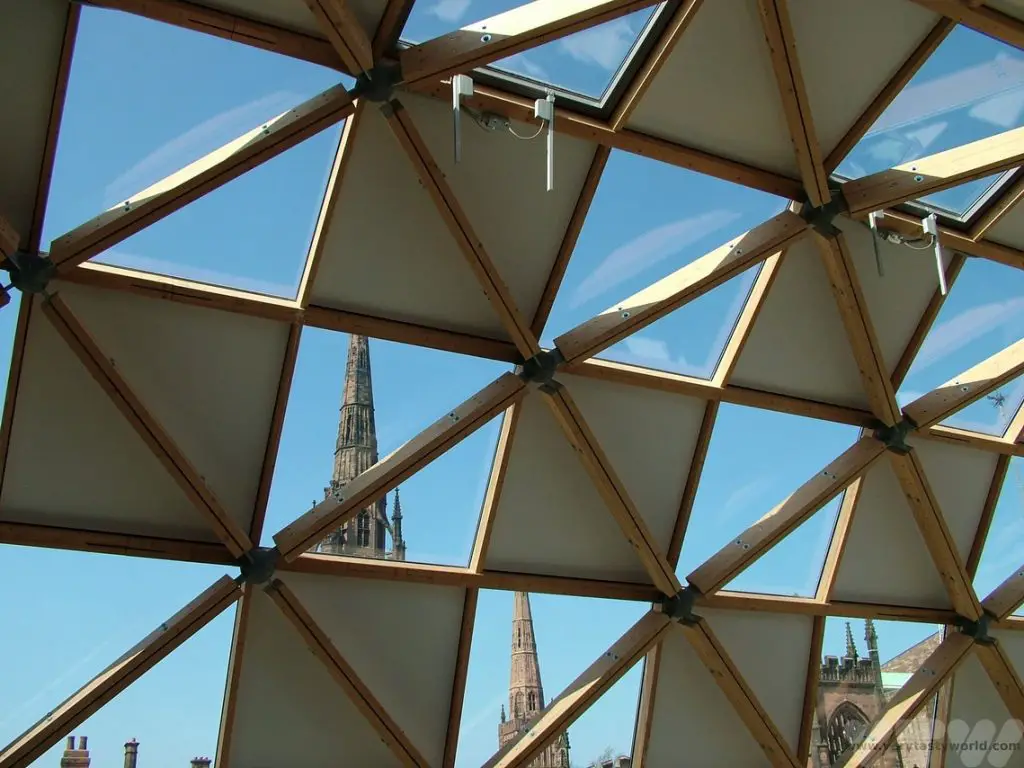
Fargo Village
Located to the east of the city, around a 15 minute walk from the city centre on Far Gosford Street, this is the Coventry’s creative quarter. With some quirky shops, great restaurants, venues and an on-site brewhouse it regularly hosts a variety of events.
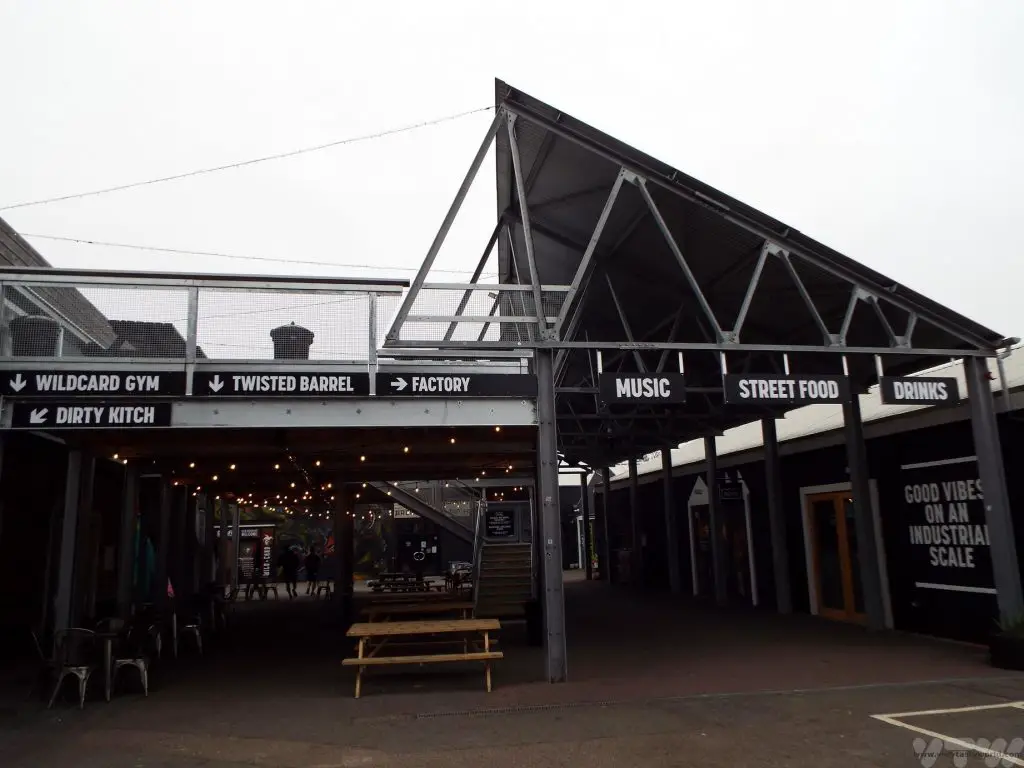
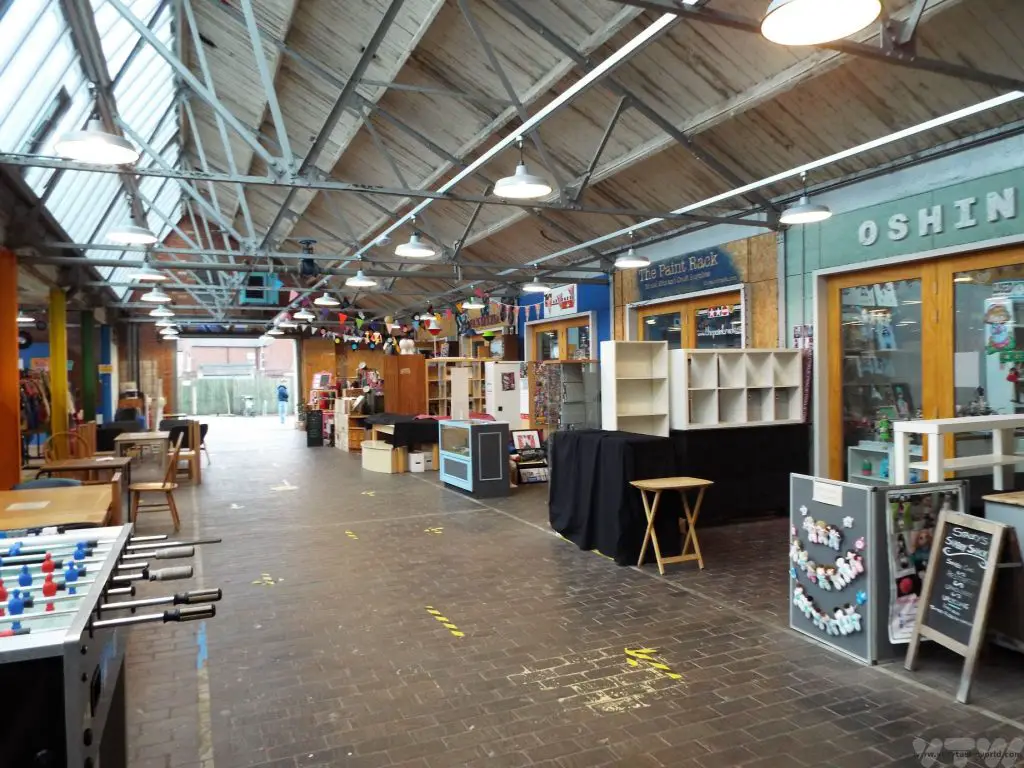
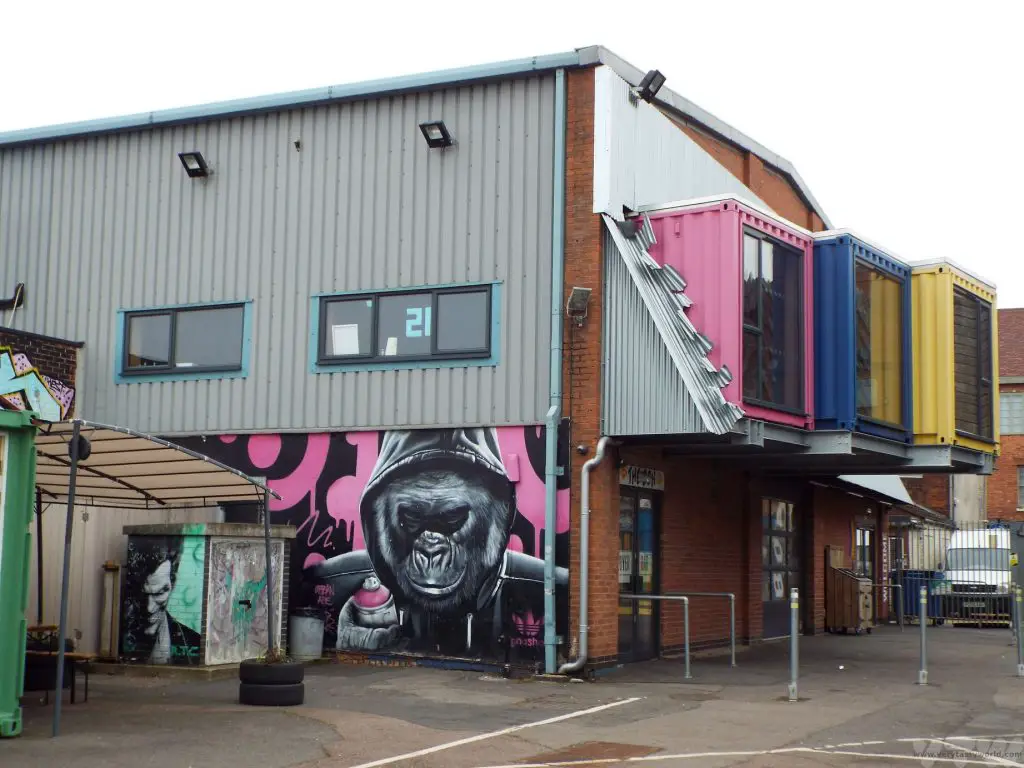
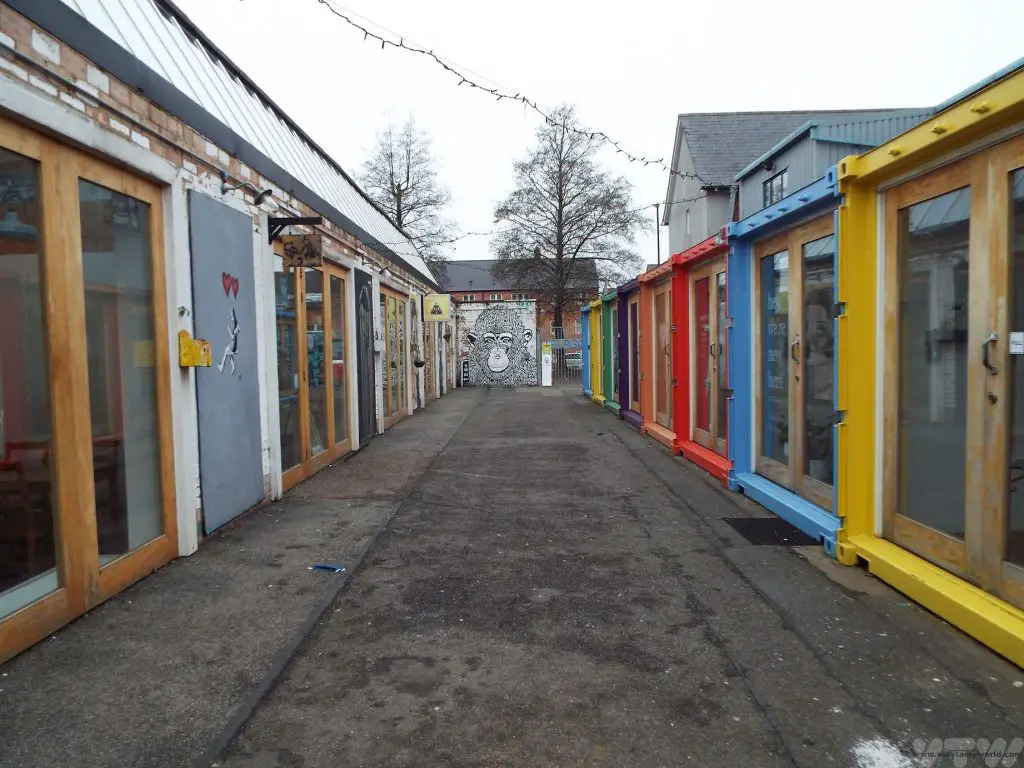
Theatre and Music The Belgrade Theatre and Albany Theatre have a great programme of theatrical productions. There are lots of venues for music gigs, including the tiny but excellent Tin Music and Arts venue in the coal vaults at Coventry’s canal basin. Warwick Arts Centre, located a few kilometres out of town at Warwick University, has a full programme of music, theatre, film and arts events.
Coventry Biennial This festival of art is held every two years. What’s great about it is that it uses multiple venues around the city and also in some of the surrounding towns.
Litten Tree Building (until late 20223). This is a pop-up art venue in a disused space above a pub. (Just enter the Litten Tree pub in the Bull Yard, on the way in from the railway station and climb the staircase). It’s totally shabby-chic inside but offers a variety of exhibitions and gigs – just feel free to explore the building discovering fabulous art along the way.
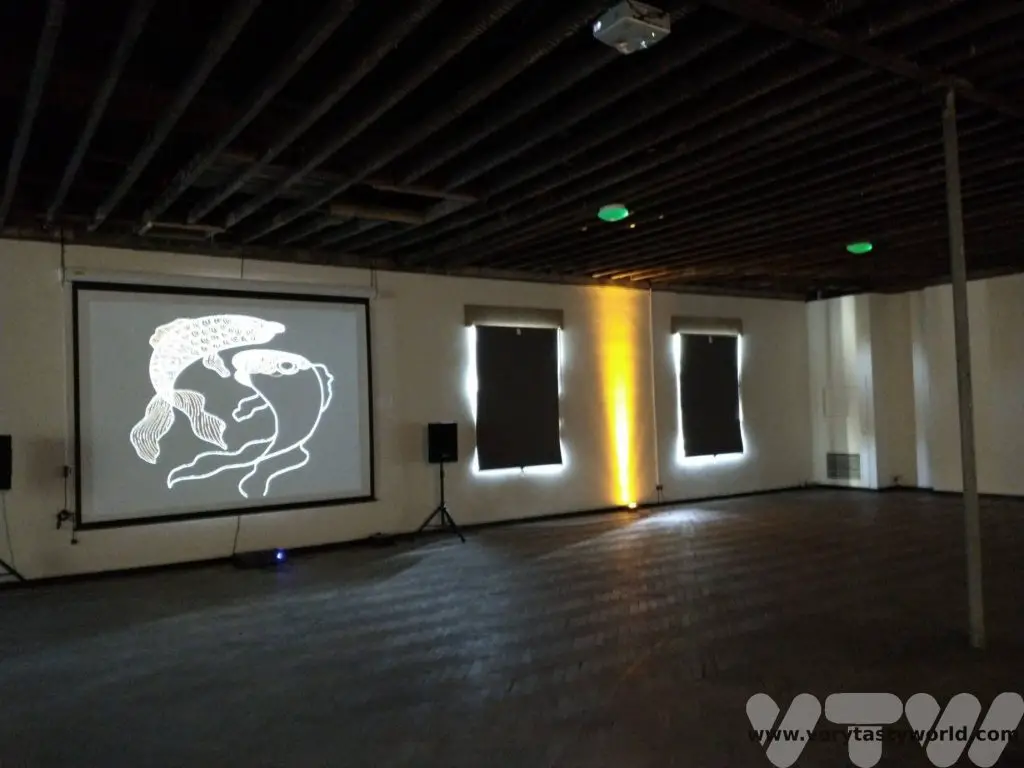


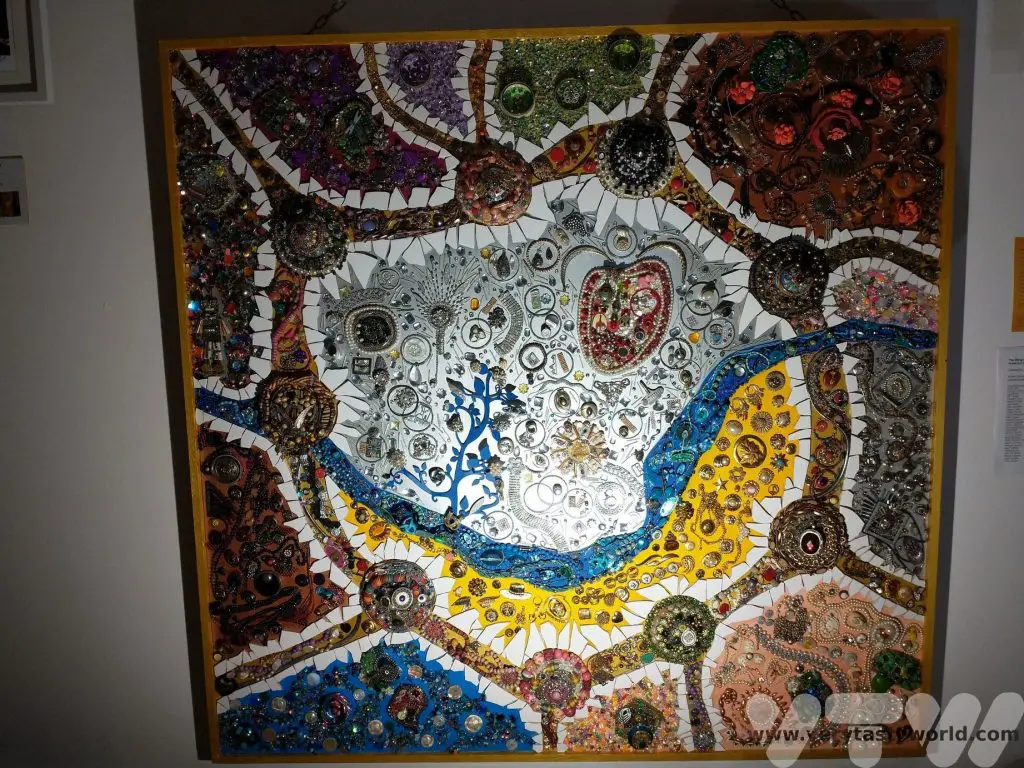
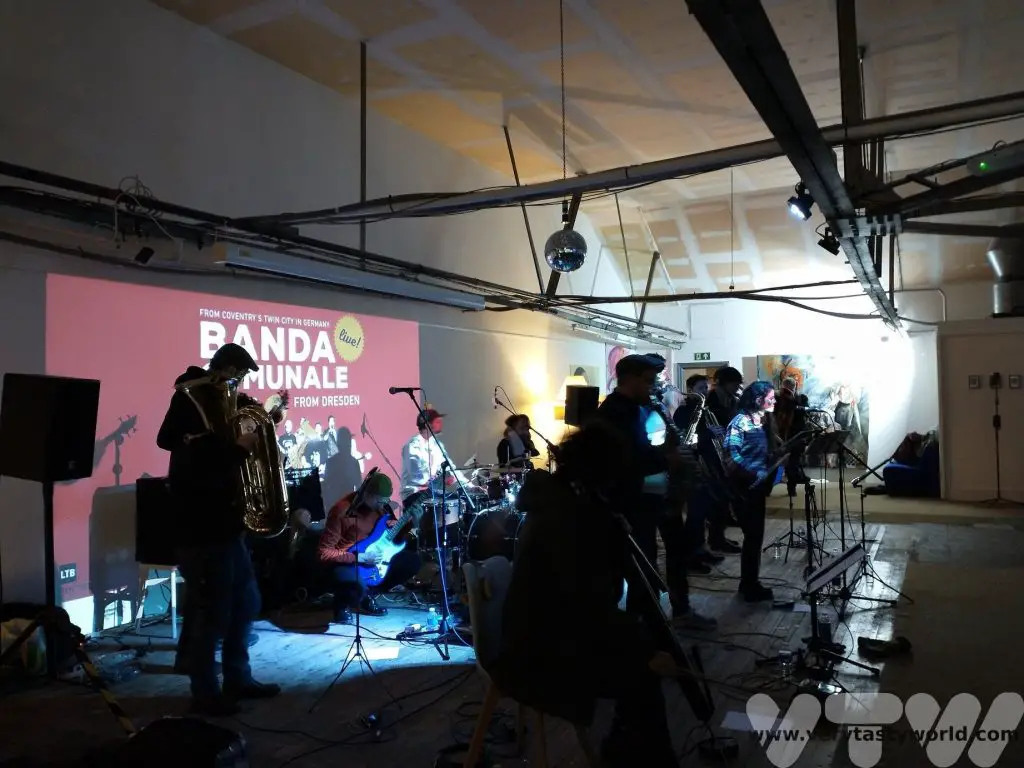
Eating -Where to Eat in Coventry
Coventry has its share of the usual chain restaurants but there are a number of excellent independent restaurants.
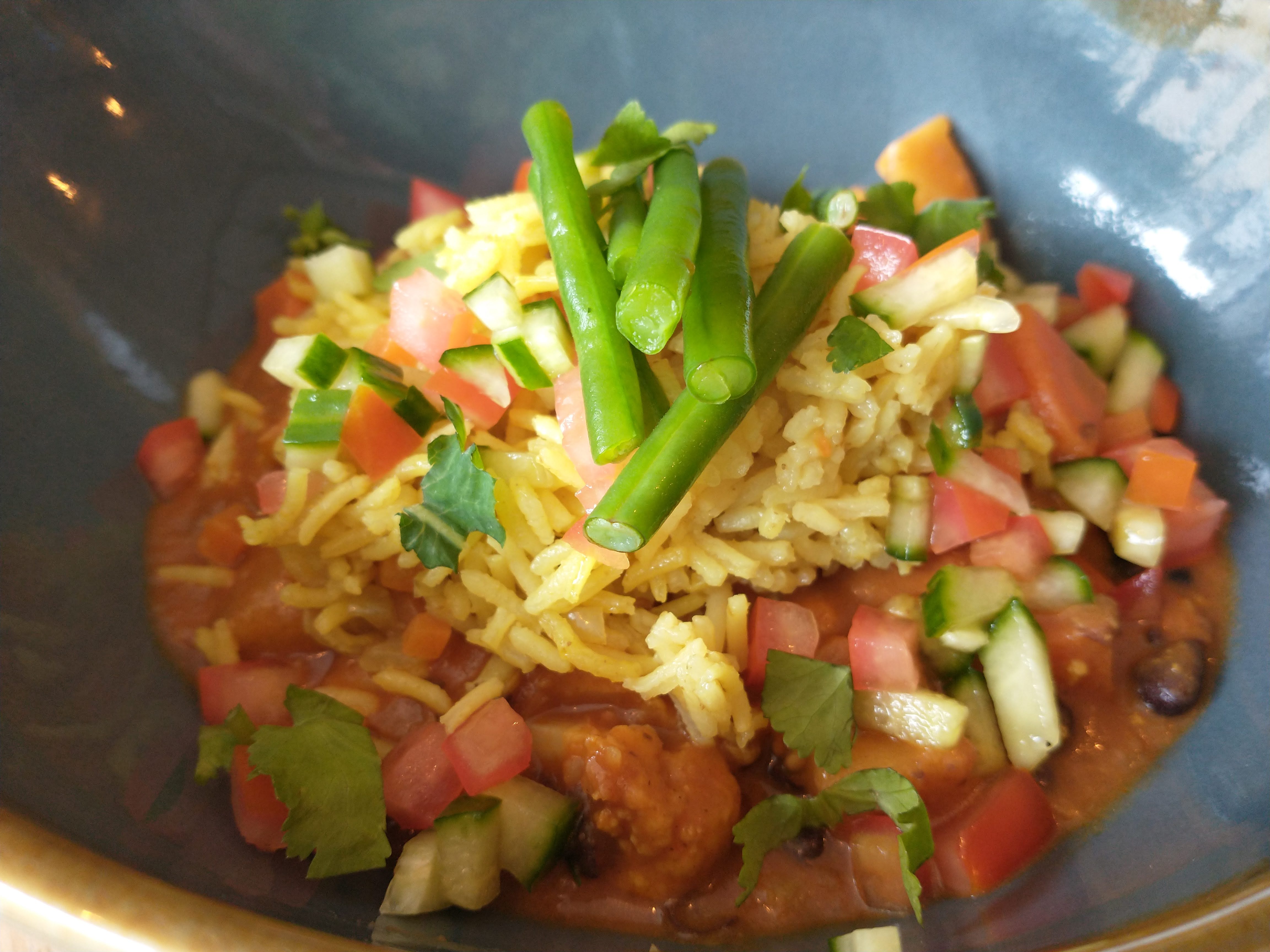
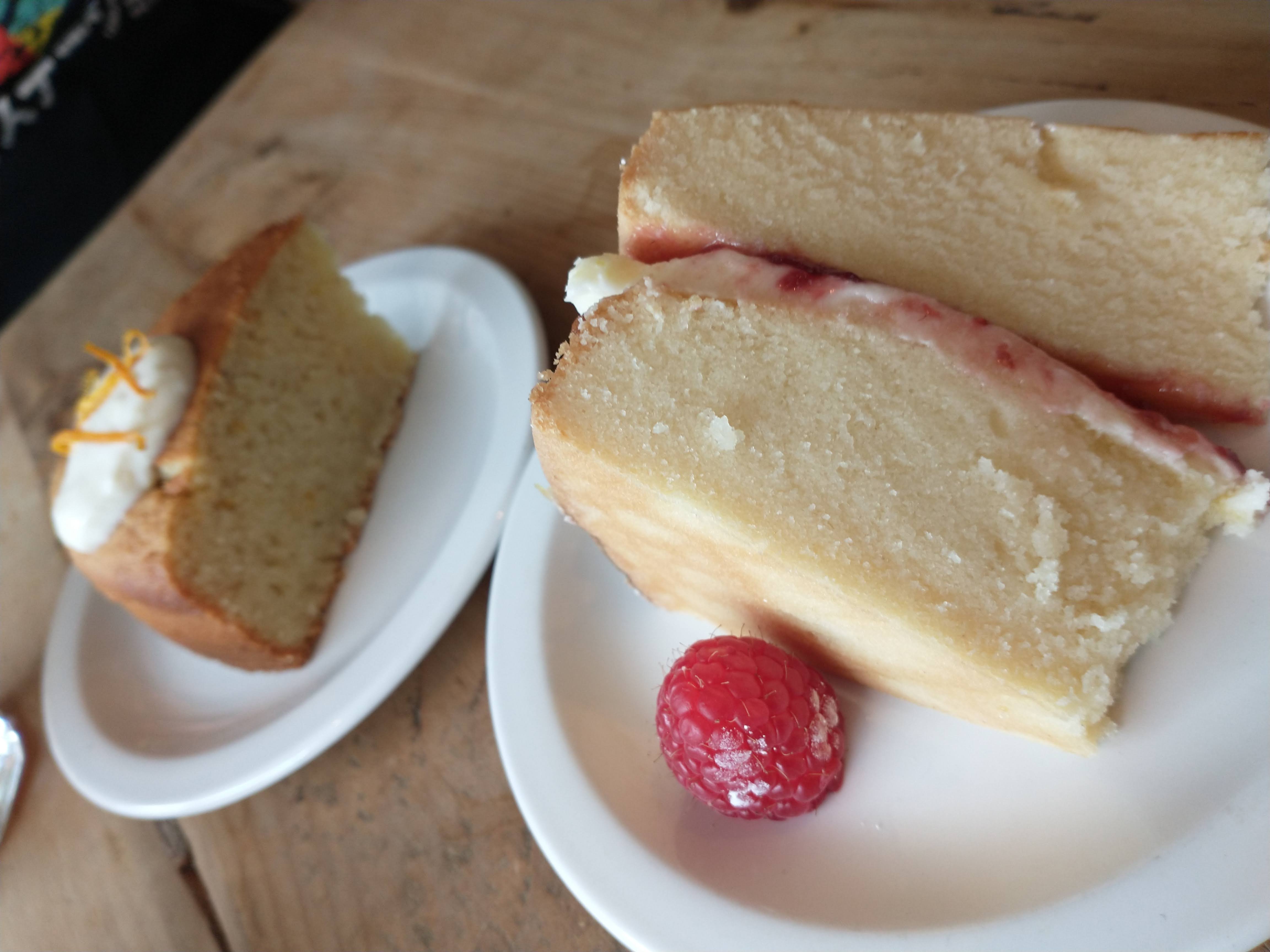
The Pod Café – this is located on Far Gosford street and is one of our favourites. A vegan café it sources local ingredients, 70% of which are grown on its Food Union (a social activism initiative run by the local council) allotment on the other side of the city (and one that we volunteer at, so we may even have helped grow your lunch). The café also runs evening supper clubs with live music. And, naturally, the food is absolutely delicious.
Gourmet Food Kitchen – one of the most difficult restaurants to get a table at for chef Tony’s monumentally delicious gourmet evenings (you have to get lucky when slots on the website are released) this teeny restaurant located in Fargo Village also offers the best cooked breakfast in the land (which you can usually just show up for). Everything is home-made and utterly scrumptious.
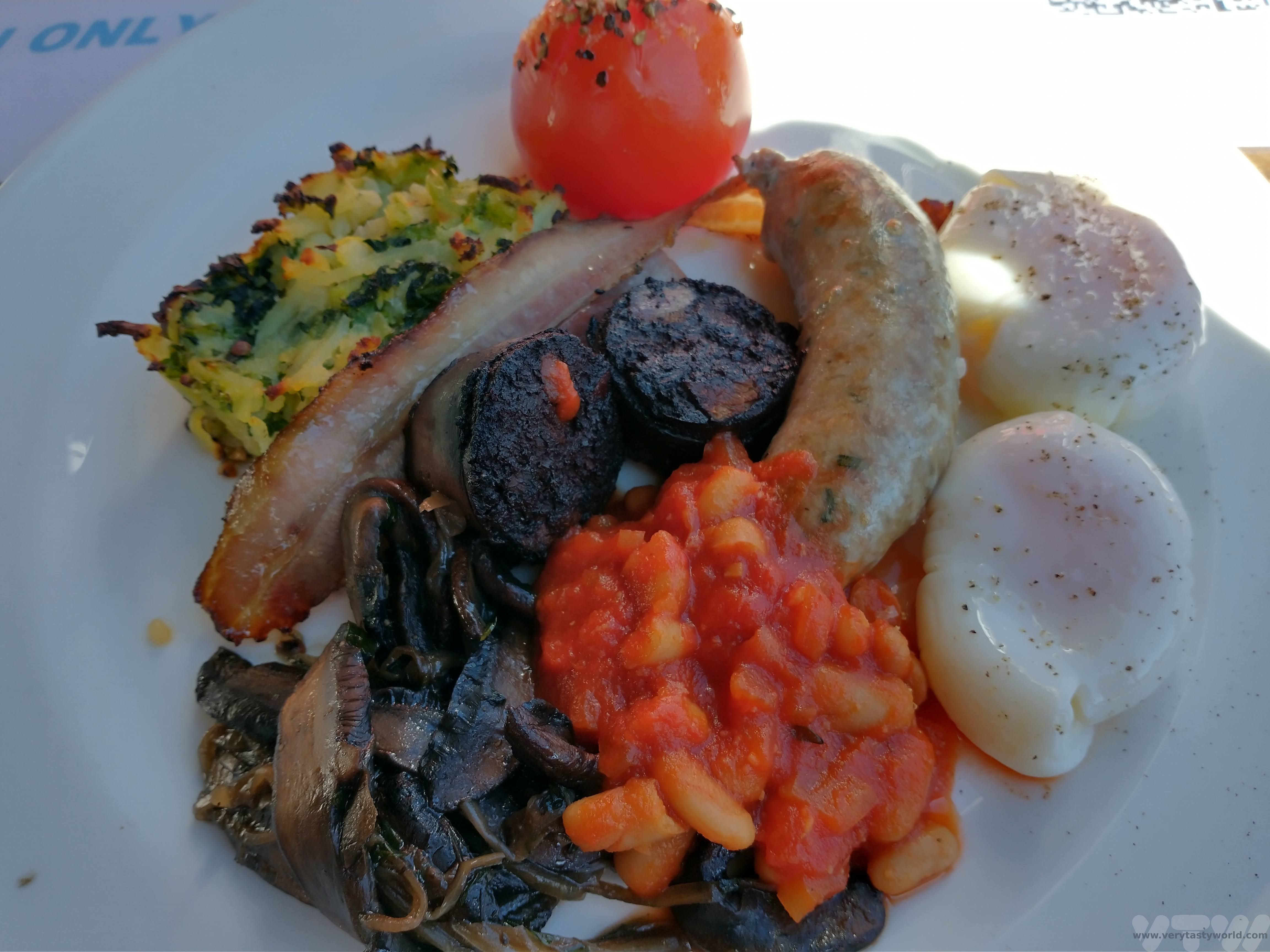
Earlsdon Supper Club (secret location in Earlsdon – you’ll find the location when you book). This is a supper club where you join chef Tobias who cooks you a delicious tasting menu and describes his inspiration behind each dish.
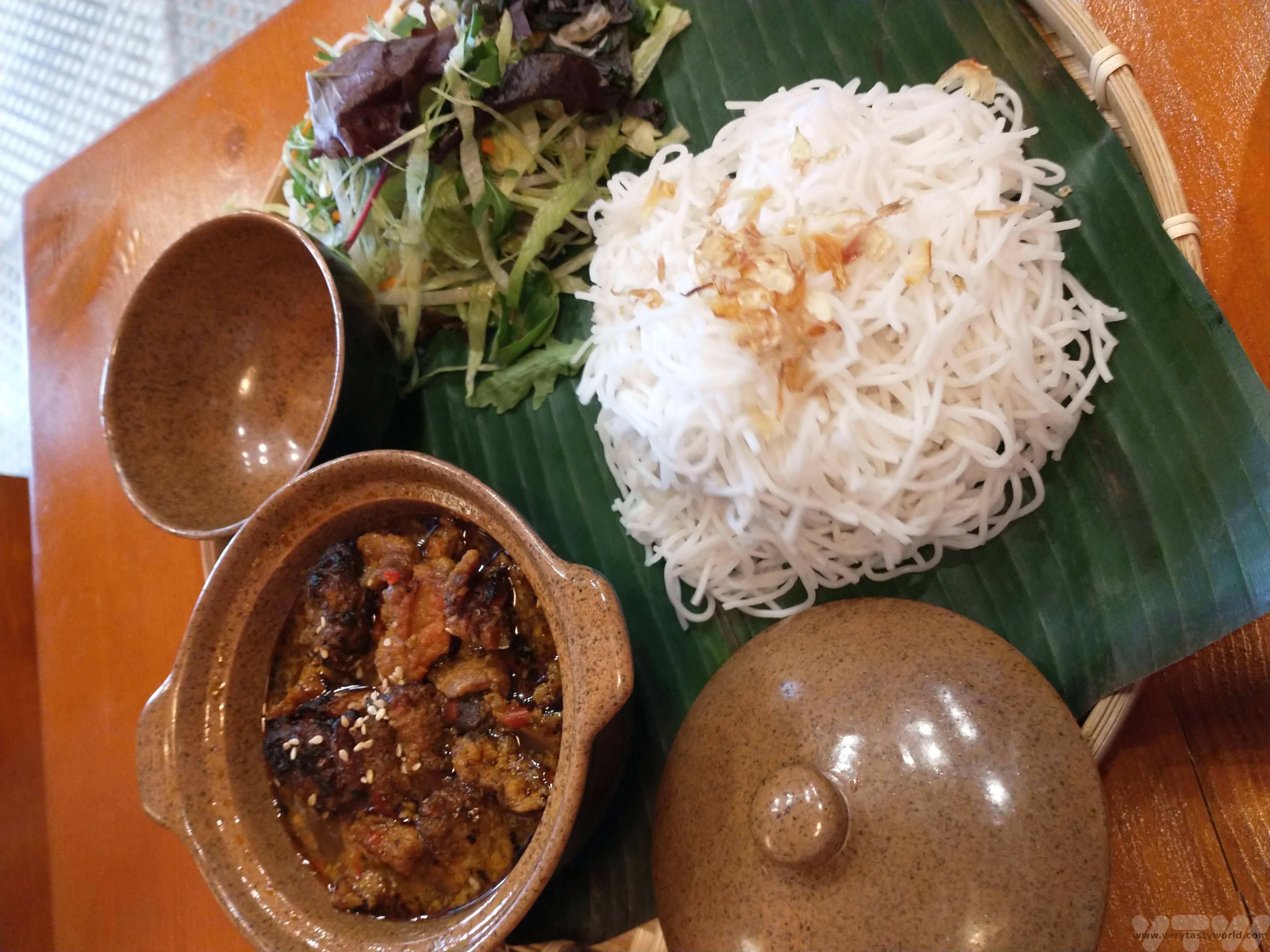
Hello Vietnam (Smithford Street) offers a wonderful array of Vietnamese dishes.
A-Sushi (Hertford Street) – best sushi in Coventry, this Korean restaurant also offers a variety of Japanese and Korean dishes.
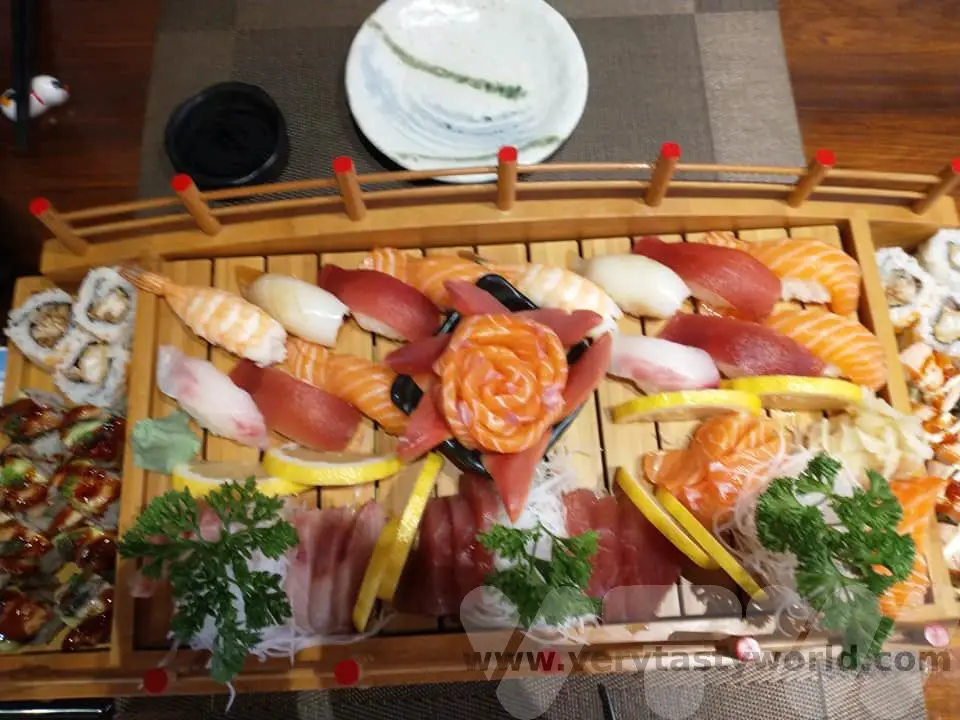
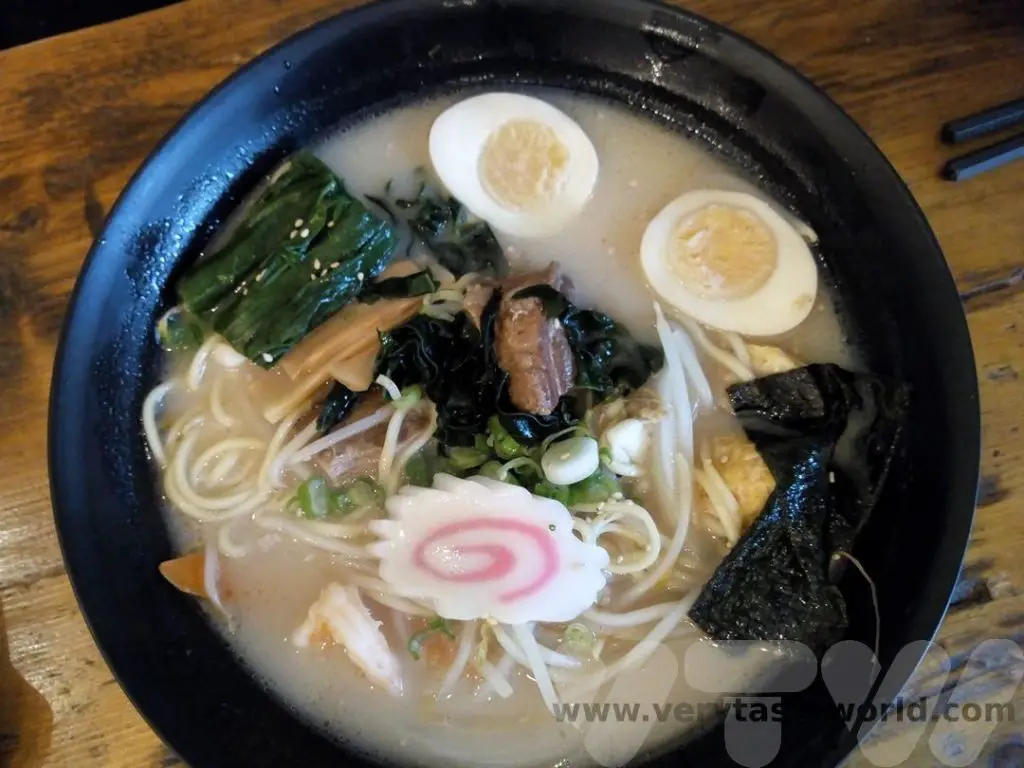
Shin Ramen (Priory Place) is a Japanese restaurant that serves izakaya style food, notably its authentic ramen noodles. The tonkotsu and champon ramen are particularly good.
Jinseong Korean BBQ (Priory Place) – meat eaters can enjoy Korean BBQ where you can cook a variety of meats over a charcoal fire. Their KFC (Korean Fried Chicken) is also delicious.
Pickles (Spon End). There are so many excellent Indian restaurants in Coventry (as there are all over the Midlands) but we’re big fans of Pickles where you get a warm welcome and delicious curries.
Tamils Taste of Asia (Foleshill Road) offers superb and authentic South Indian cuisine. Great if you are hankering after dosas, biryani and idli.
Anatolia (Earlsdon Street) offers amazing Turkish food with great mezze and succulent kebabs.
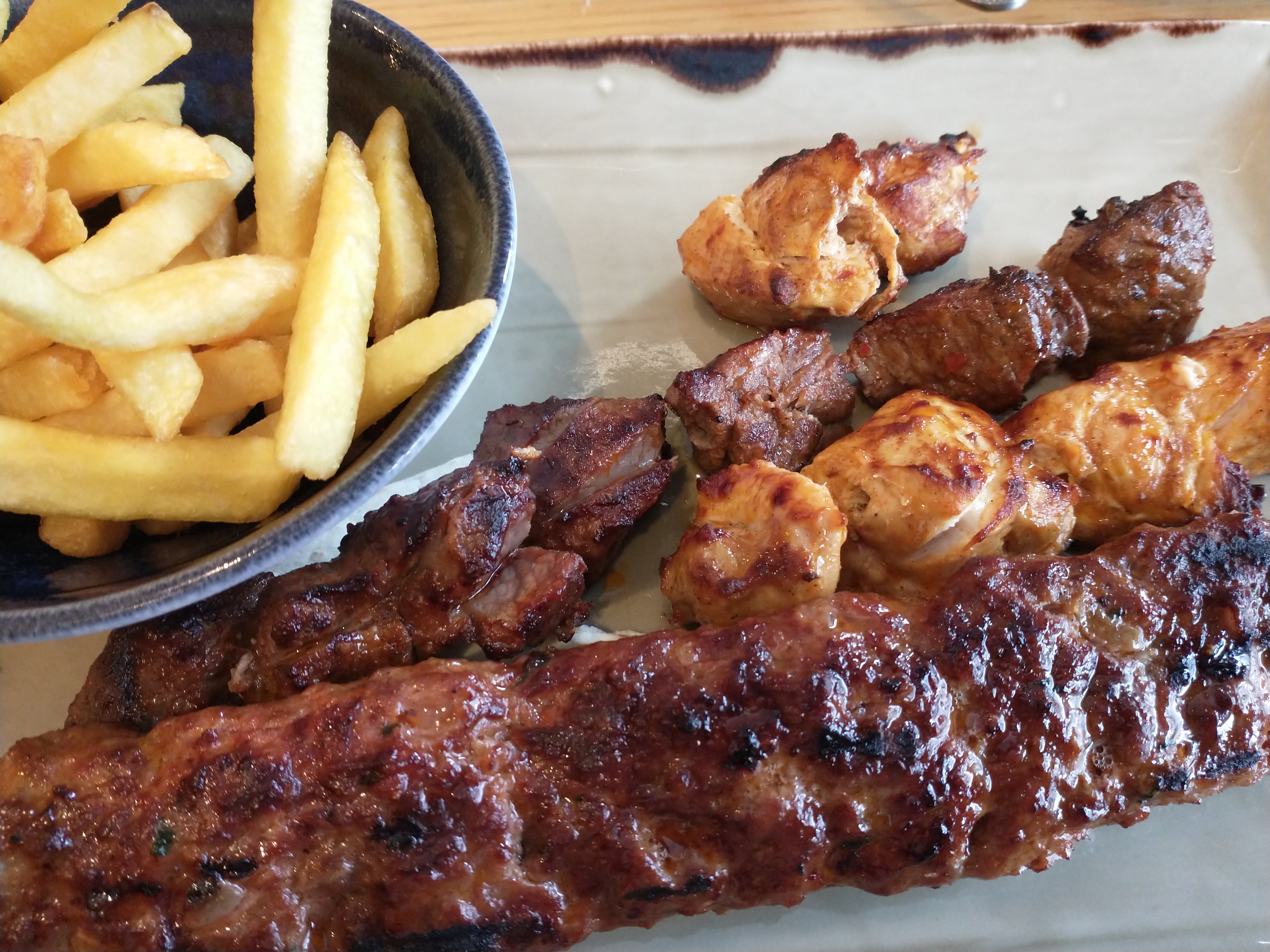
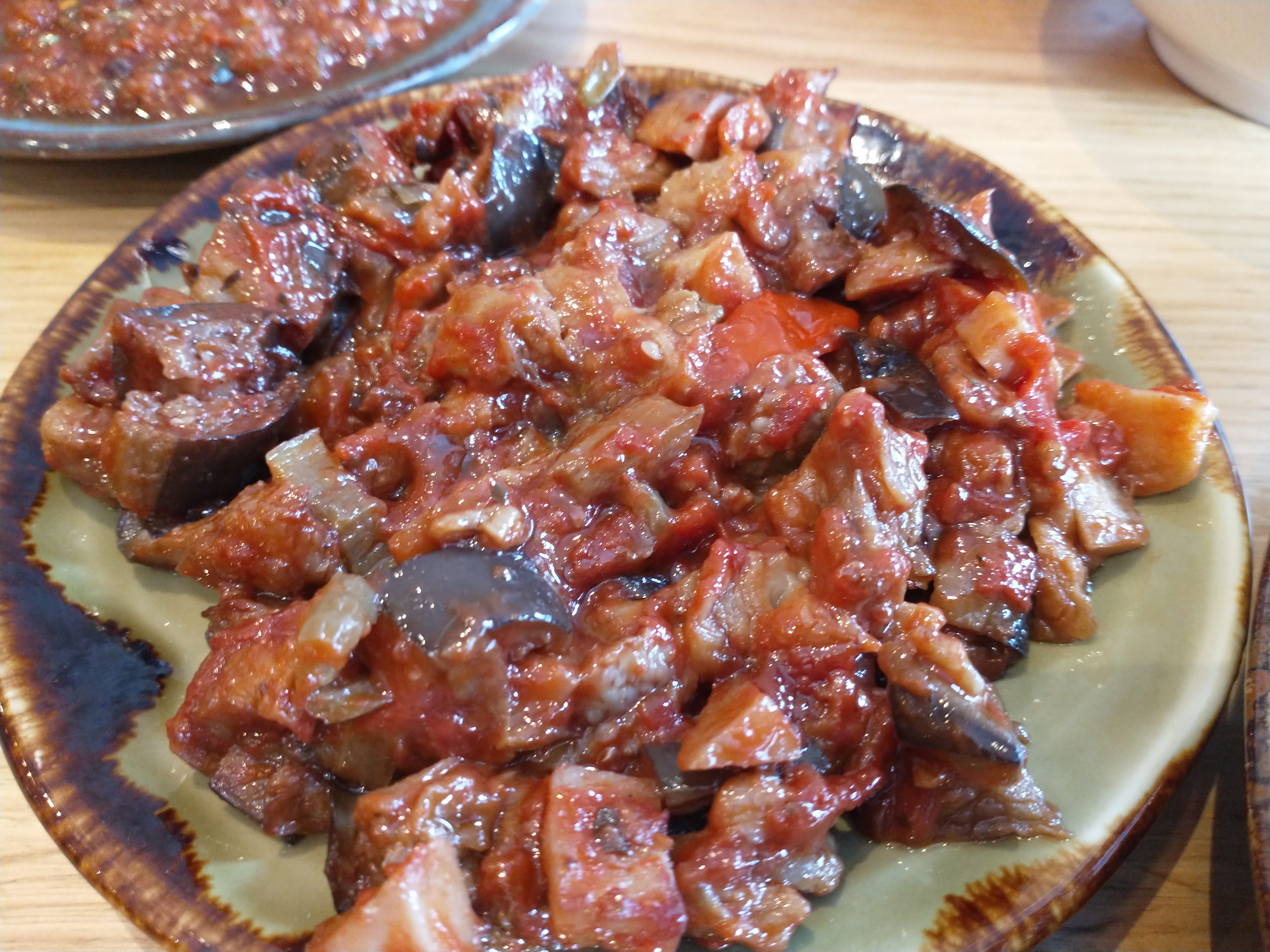
Drinking – Where to Drink in Coventry
Hops D’Amour – is a lovely micropub on Corporation Street serving craft beer, real ale and a variety of ciders. You can be sure of a friendly welcome and that you will have a different and interesting beer or cider experience every time you visit.
Broomfield Tavern – great beers and a huge variety of ciders are to be found in this small pub just outside the city centre, close to the Butts rugby ground. Teddy, the huge St Bernard dog, will offer a warm welcome, even if he sometimes pinches your seat.
Twisted Barrel – a brew-pub located in Fargo village. They offer a great variety of home-brewed and guest beers. They also have a mail order service so you can order their excellent beers online.
The Old Windmill – one of Coventry’s oldest pubs, located on Mediaeval Spon Street, this building has all sorts of nooks and crannies to sit in while enjoying your pint. It offers a great variety of beers and also locally sourced pork pies, ploughman’s platters and cheese boards.
Beer Gonzo (Earlsdon Street) – located in the suburb of Earlsdon this beer shop and tap room offers a wide variety of interesting beers from around the world. They regularly run “meet the brewer” events which result in a fun afternoon or evening enjoying a variety of beers. They too have an online shop.
Dhillons Spire Bar (next to the Bull Yard) is located within and around Christchurch spire, the third of Coventry’s three spires. You can sit in a personal booth (which has a heater when it’s cold) and drink locally brewed beer such as Ghost Town lager or Red Rebel IPA.
Green Spaces in Coventry
While Coventry has a reputation for being a dull concrete city, it actually has a huge number of green spaces, some close to the city centre and some a bit further out.
Lady Herbert’s Garden is located next to Swanswell Gate and the transport museum.
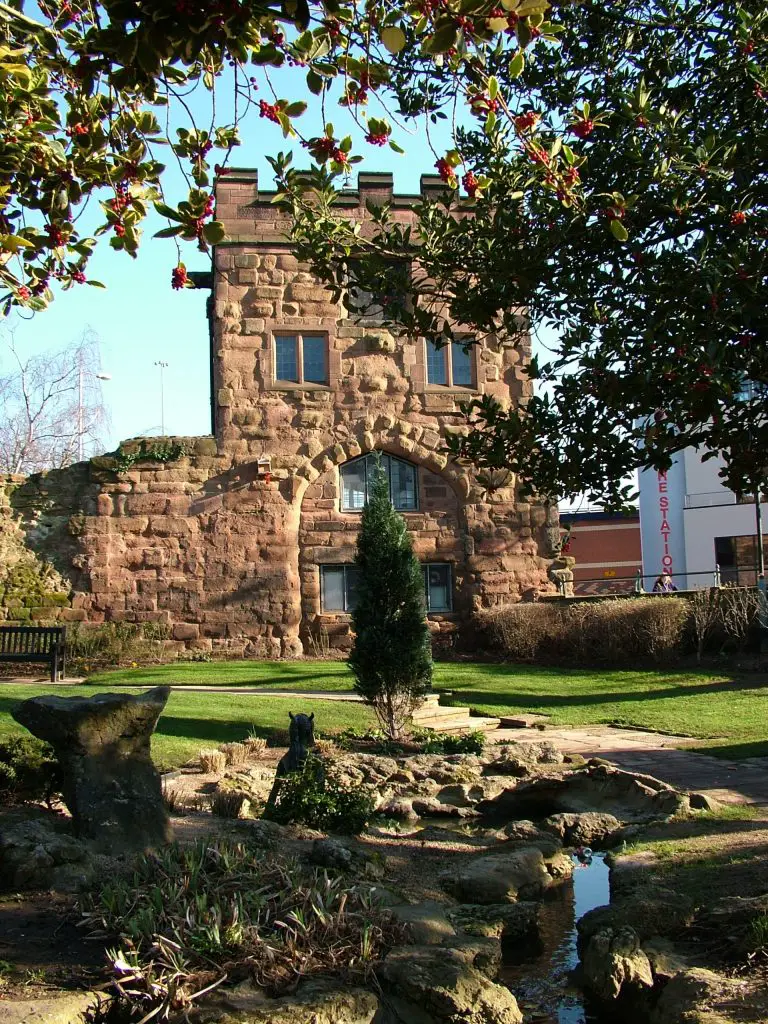
War Memorial Park is the city’s largest and best known park. Established in 1921 following World War I, it is absolutely huge and has tennis courts, football pitches, bowls green, footgolf course, an outdoor fitness trail and a cricket pitch. There are play facilities and skateboarding ramps too. It hosts the popular three day Godiva Festival every year.
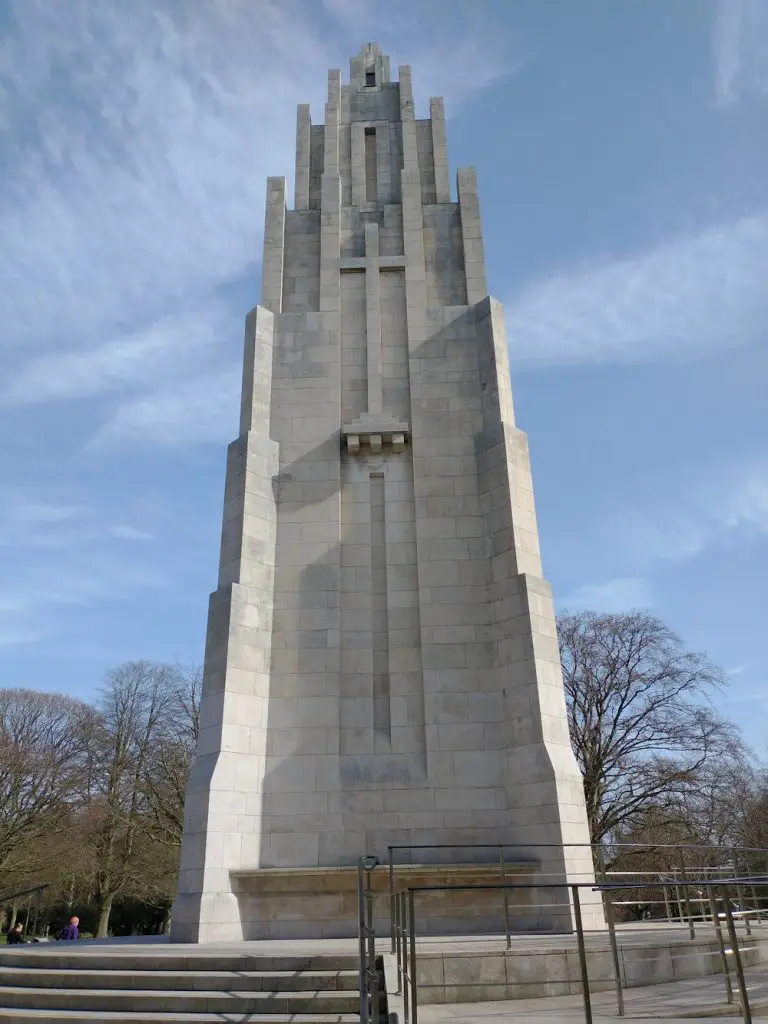
Coundon Wedge – about a mile down the Holyhead road leading out of the city towards the A45 and Birmingham, Coundon Wedge is a delightful slice of actual countryside. Coventry’s lovely little river Sherbourne flows through it.
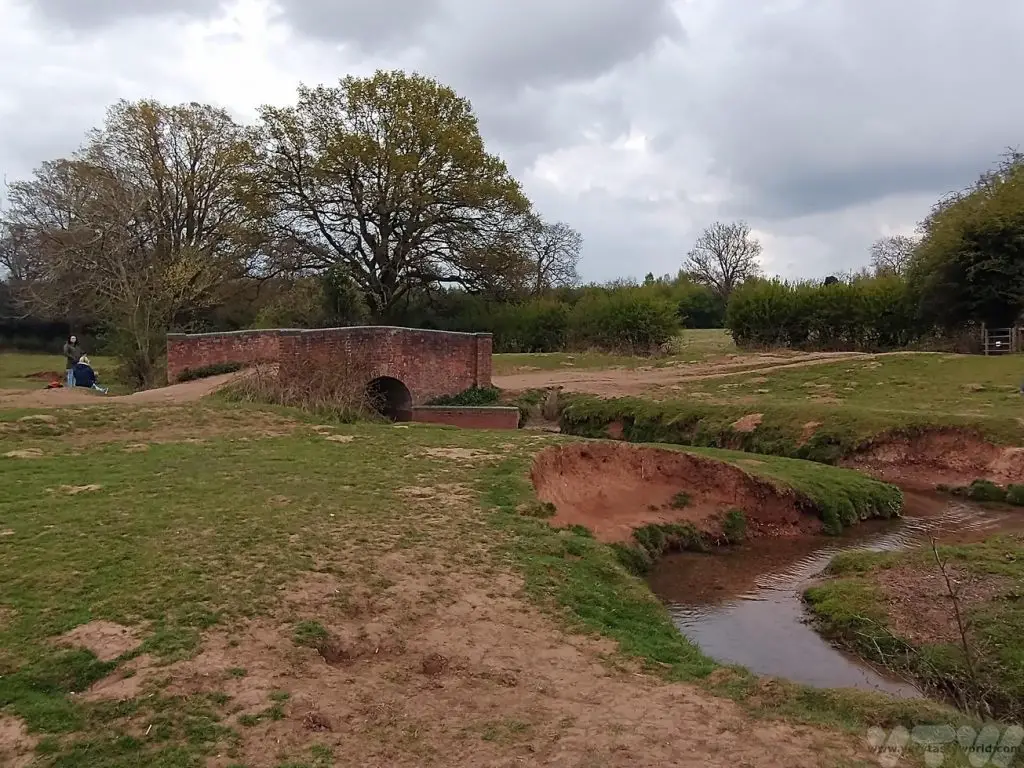
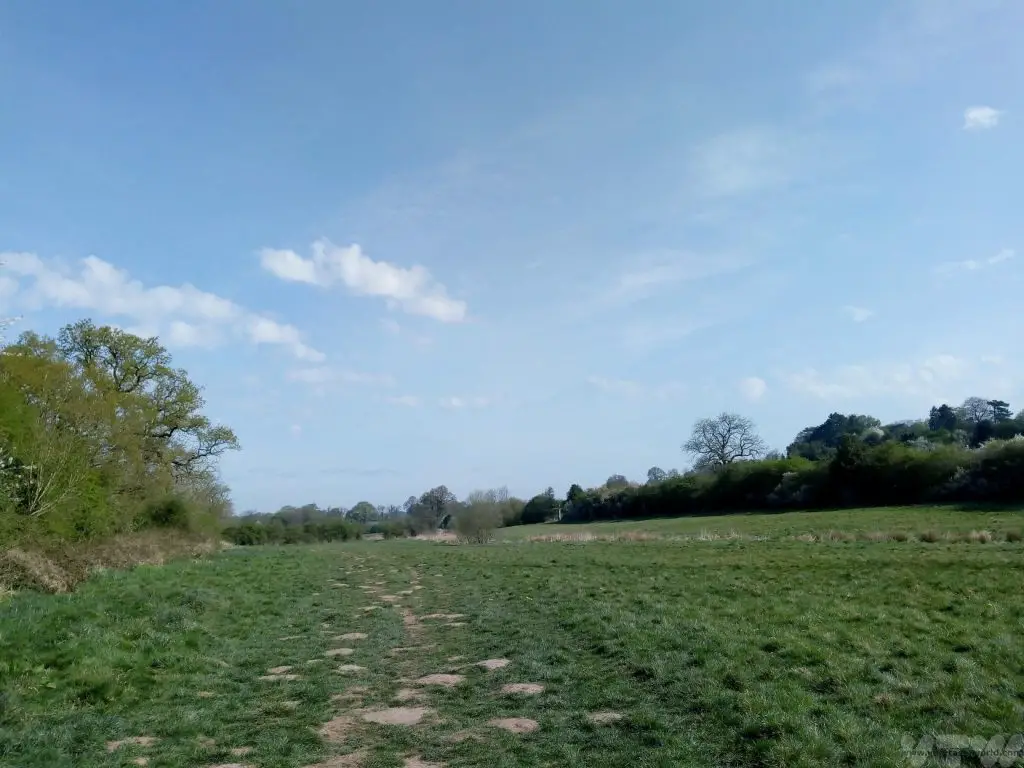
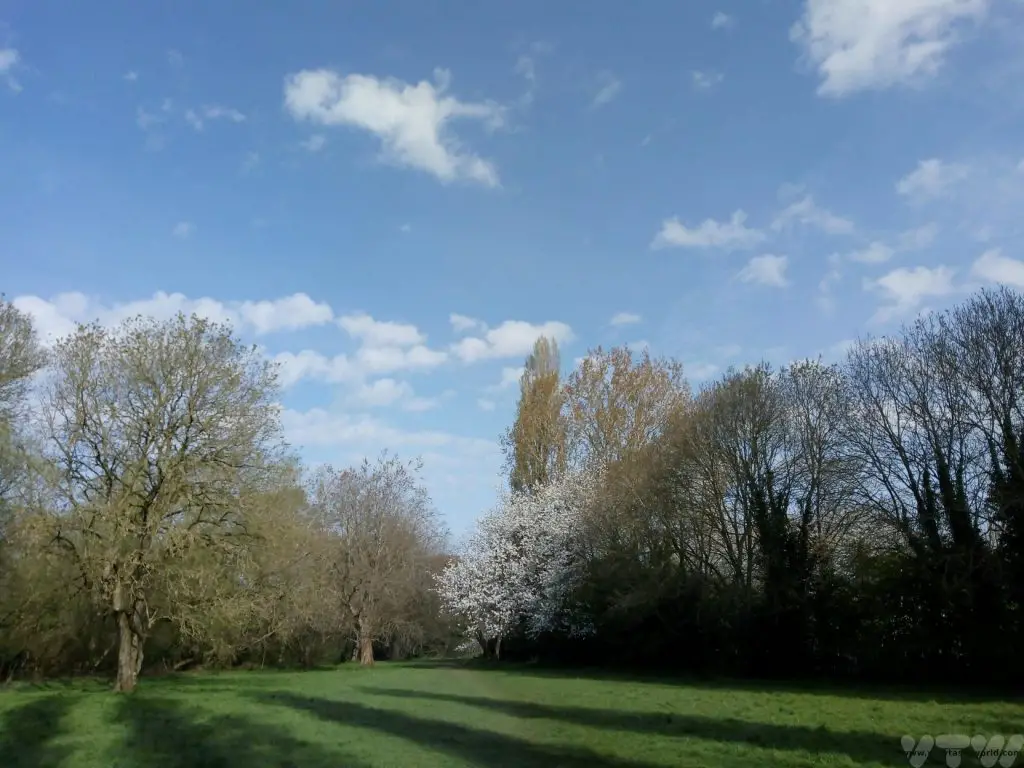
Charterhouse Fields – Opposite the cemetery on the London Road, the Charterhouse of St Anne is a Grade 1 listed building. It was founded in 1381 . It is surrounded by green fields which are located adjacent to the river Sherbourne after it has emerged from flowing under the city.
Coombe Abbey – a bit further out of the city on the way to Brinklow this is a former 12th century abbey that has been converted to a hotel set in around 500 acres of parkland.
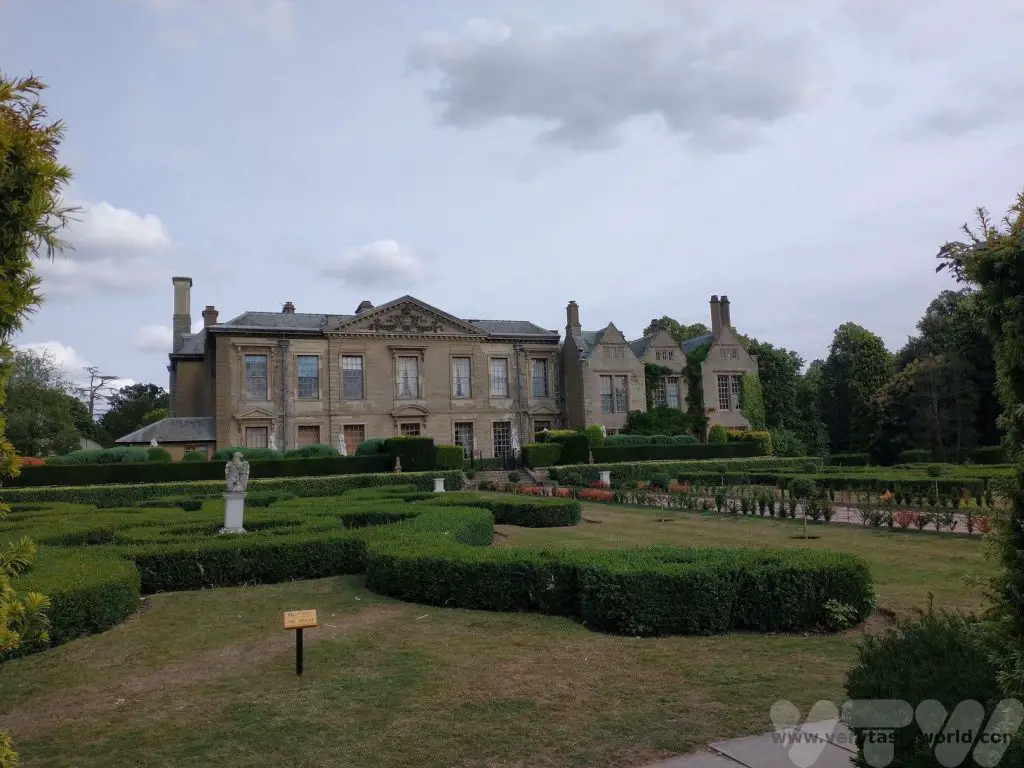
The park is lovely to walk around – with woods and a lakeside to explore and they have also recently opened up a Go Ape venue. The hotel itself offers popular afternoon teas and bawdy mediaeval banquets (the banquets are available for pre-booked groups only).
Shopping in Coventry
Coventry hosts all the major retailers that you would expect from a city. As foodies living in a multi-cultural city, we love that there are all sorts of supermarkets or mini-marts from Asia, Eastern Europe, the Caribbean and Africa. And we are pretty sure that you can buy anything at Coventry market. Located inside a circular building (it took us about 5 years to work out how to leave it at the exit we wanted and we still get a bit lost on occasion) there are stalls for fresh food at great prices and pretty much anything else you might want.
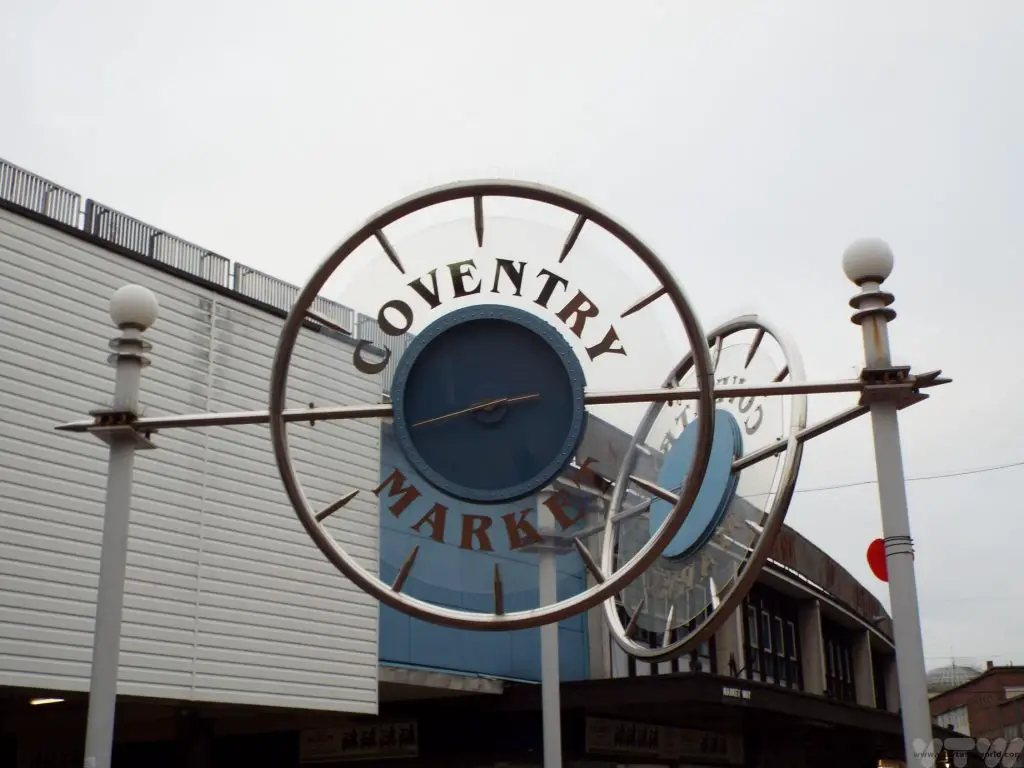
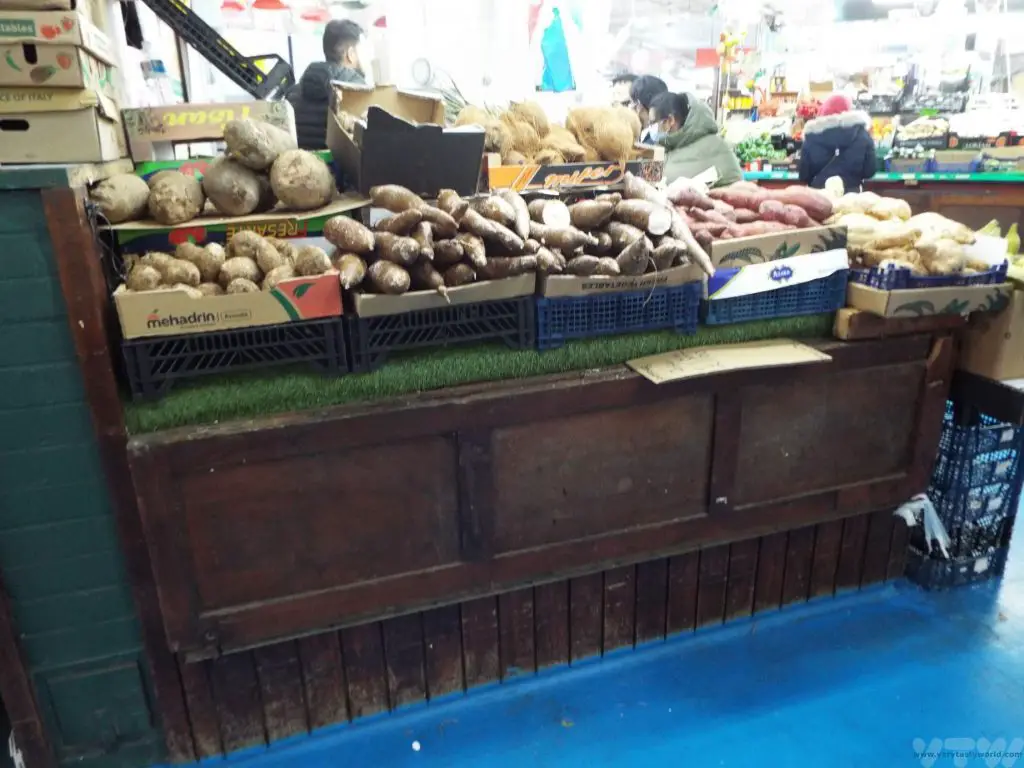
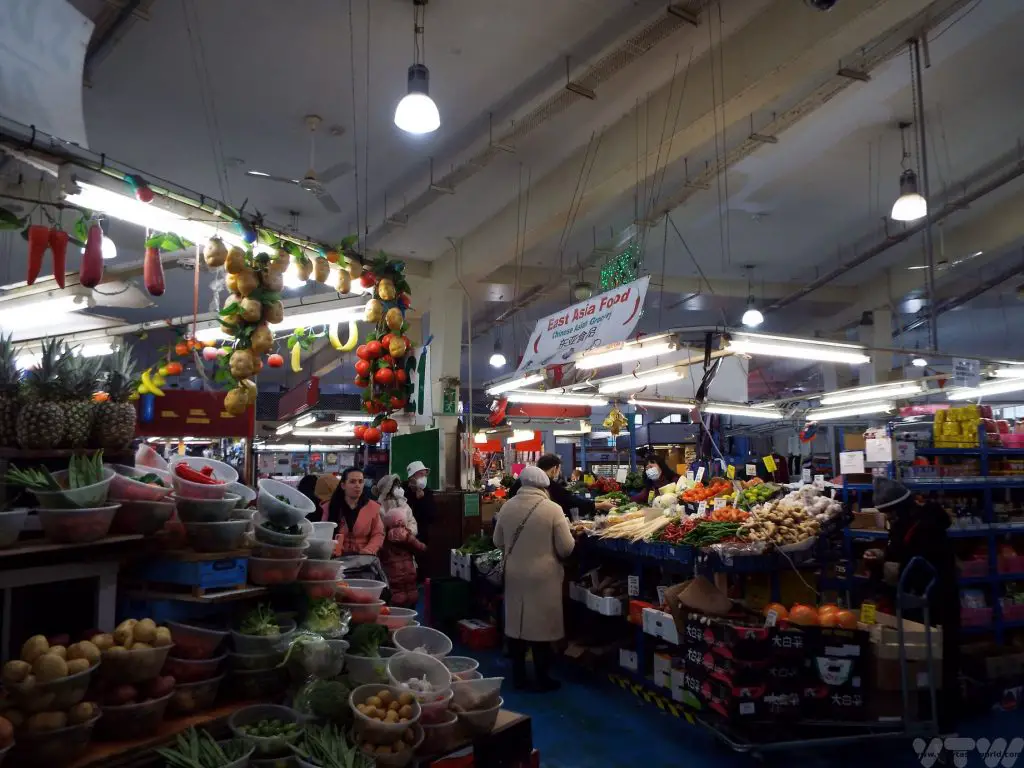
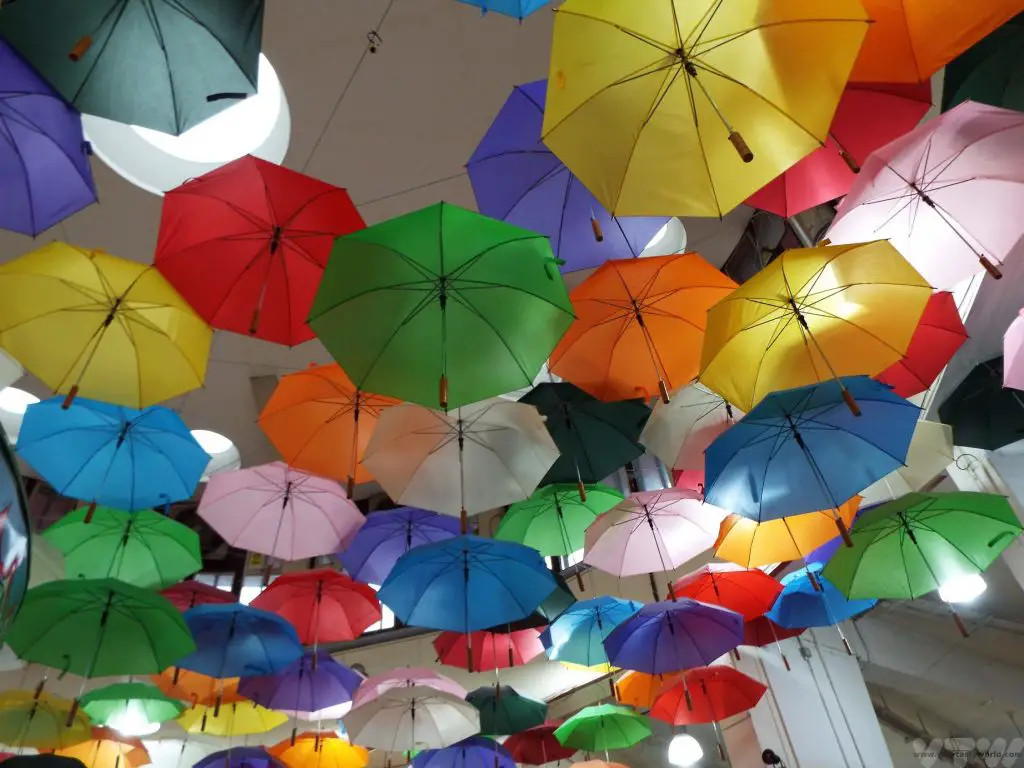
The Best – Or Worst – Road in the World?
Talking of circular things, Coventry’s ring road is one of the world’s smaller ring roads. Indeed it’s so tiny that you can circumnavigate the entire city in less than two minutes. Because the ring road is so teeny cars both enter and leave on the same section of junction, which is usually quite a short distance. This means that it’s something of a challenge for novices to drive on. In fact, we know several people who will drive several miles out of their way to avoid using it. (If you want to avoid it there is a Park and Ride service at War Memorial Park.) But it does work and is hugely convenient. There is a convention: Once on the ring road move to the outer lane unless you are planning to leave at the next exit. When planning to leave at the next junction, move across to the exit lane and exit. If you are about to exit and a car ahead of you is on the junction and planning to enter, slow down and let them enter. Conversely, if you are planning to exit and the car planning to enter is behind you, they should give way. And the same etiquette applies if you are joining the ring road. If you miss your junction you can just go round again – it won’t take long.
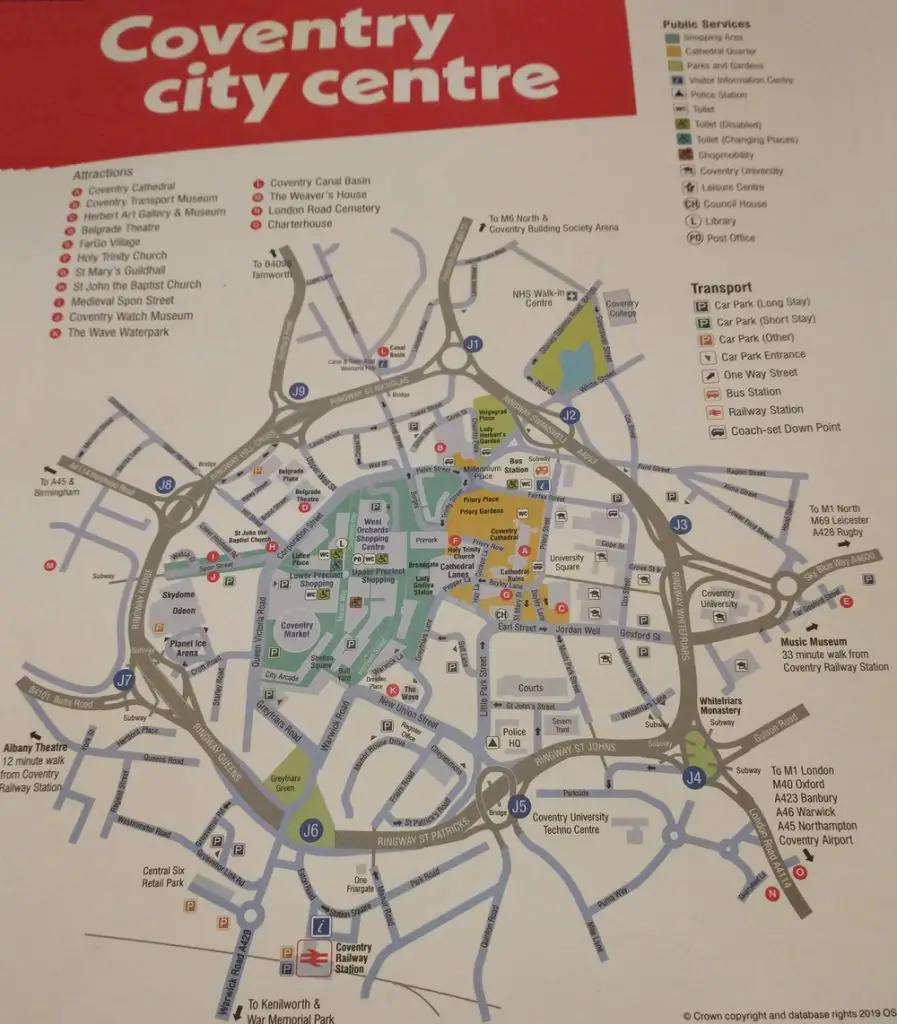

Visa-Free Travel to Russia
It had long been an ambition to travel to Russia but the convoluted and lengthy visa process did put us off. It can take several weeks to apply and the authorities will need a vast quantity of information not only about you but also a fair bit of family history as well. The embassy is also likely to retain your passport for the time that the application is going through its processing. So we were delighted to discover that you can actually travel to Russia visa-free. You can’t stay for long – just three days – and the trip can best be described as full-on but, for us, it was a brilliant opportunity to see the highlights of this amazing country.
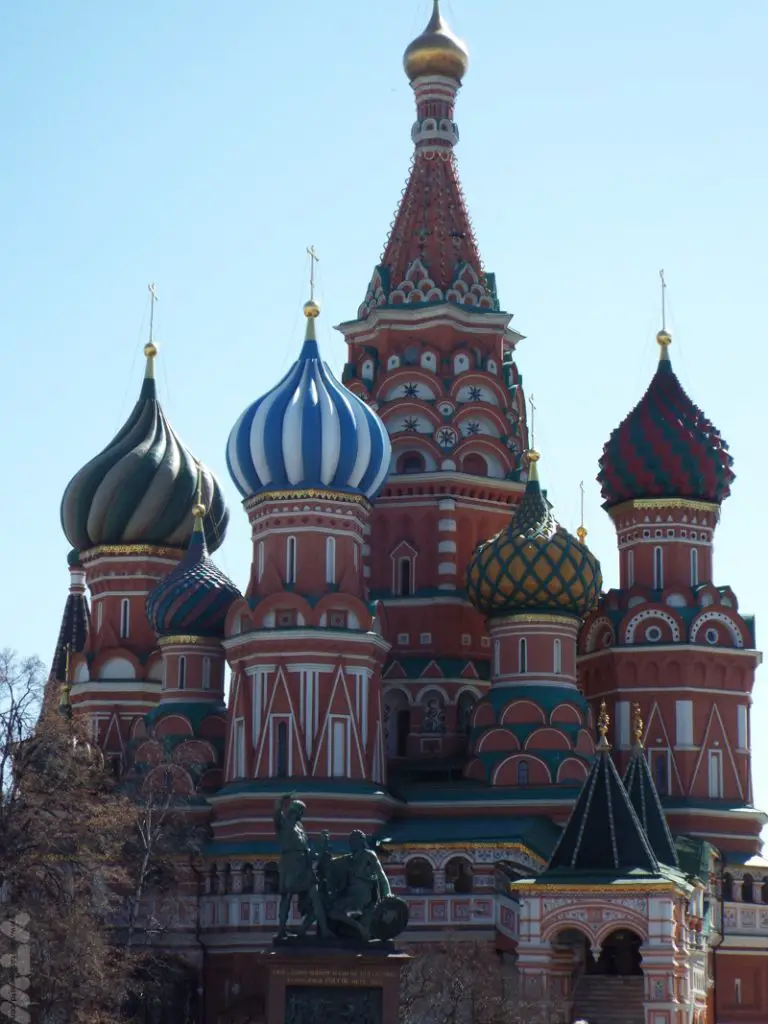
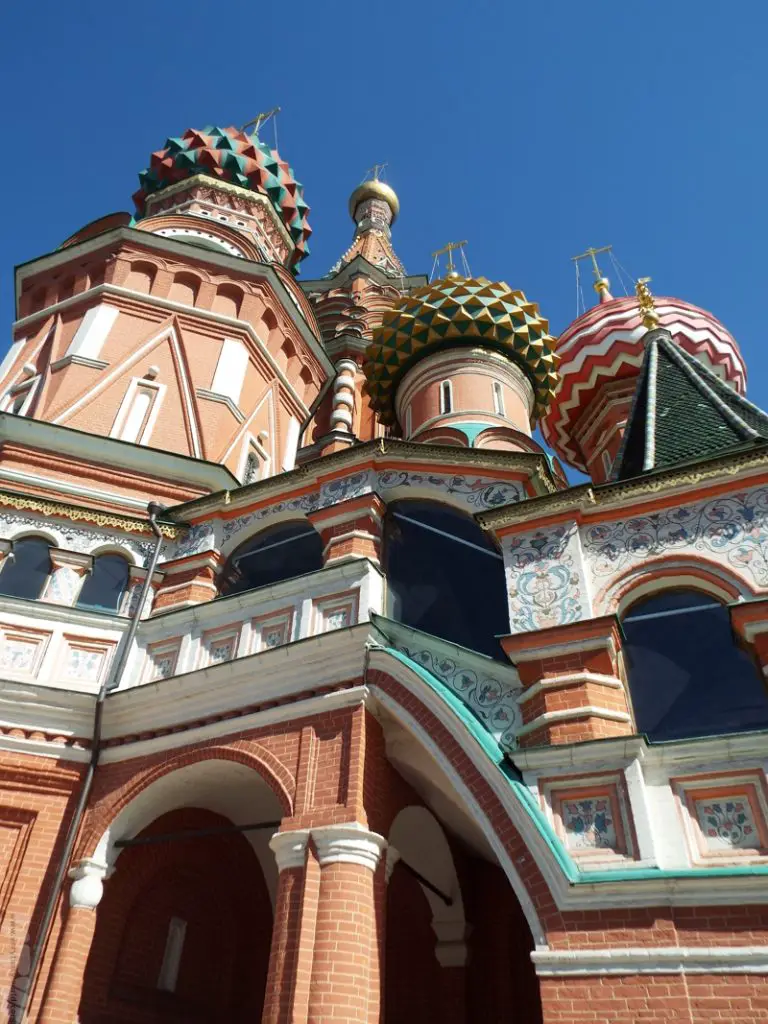
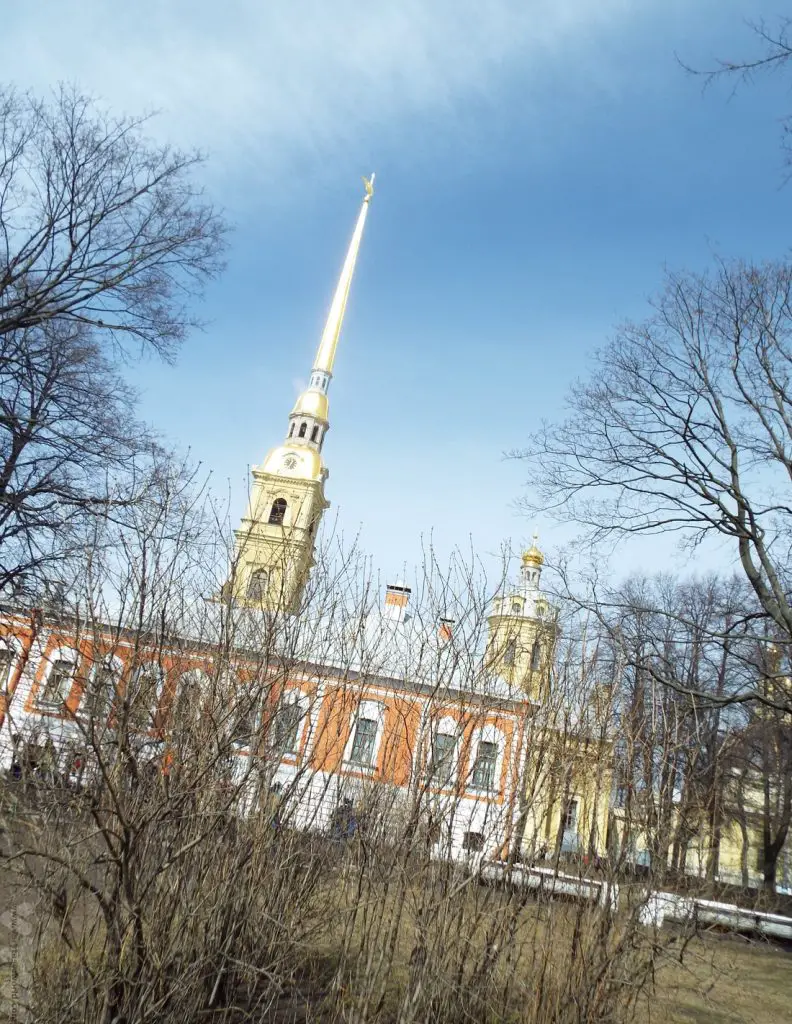
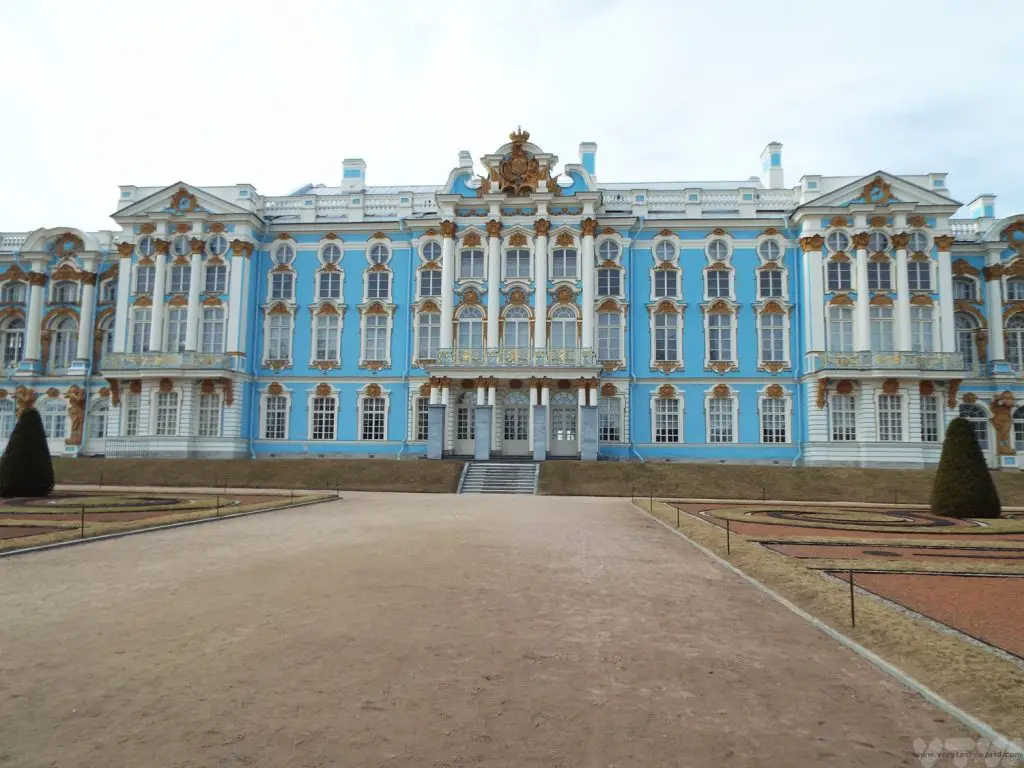
Rushin’ Around Russia
So, deep breath, this is the itinerary:
Fly to Helsinki – catch a tram to the port – board a ferry – sail overnight to St Petersburg – arrive St Petersburg – tour St Petersburg in morning – lunch – travel out to Summer Palace and tour Summer Palace and surround – drive back to St Petersburg – free time to explore and eat dinner – pick up to train station – overnight train to Moscow – arrive early morning Moscow – transport to hotel for breakfast – pick up for Moscow tour – tour Red Square and Moscow metro – lunch – tour Kremlin, back to hotel in afternoon for a quick shower – pick up in evening for train station – overnight train back to St Petersburg – breakfast in St Petersburg – explore St Petersburg until Hermitage opens – tour Hermitage and marvel at the art, realising you could actually spend days in there – pick up for ferry port – catch ferry – sail overnight to Helsinki – arrive Helsinki – tram to airport – fly home – collapse.
Visa-Free Travel Rules
The Russian Federation foreign visa-free conditions state that:
- You must arrive at the port of St Petersburg aboard a St Peter Line ferry.
- You must leave Russia from St Petersburg aboard a St Peter Line ferry.
- You must leave Russia within 72 hours. The clock starts ticking as soon as you cross border control.
- You must be a part of an organised travel group and follow the tour itinerary
- You must have a valid passport and be able to enter Finland after leaving Russia.
You have to travel with an approved agency. This meant that we would be joining a group tour, which is our least favourite way to travel, but it was something that we were prepared to do. As things turned out, however, Anglo-Russian relations weren’t particularly good at the time of travelling and a number of other guests decided to cancel. Amazingly, we got a private tour! And while politicians often have very public spats in the media, ordinary people are usually lovely and everyone we encountered on our trip to Russia was very friendly and helpful.
The trip was brilliantly designed. One thing to note is that your bed will be moving for four nights running – ferry, train, train, ferry. As someone who is prone to travel sickness, particularly seasickness, this was initially a concern but the Baltic sea was very calm and the boat was very large so there were no issues at all. There are several classes of ferry and train transport available from basic to luxurious – the cost varies accordingly.
Breaking the trip down…
Day One – Start at the Finnish: From Helsinki to St Petersburg
On arrival at Helsinki we caught a tram to the port and boarded the St. Peterline ferry Princess Anastasia. There was plenty to do on board and there was a reasonable choice of restaurants to dine in.
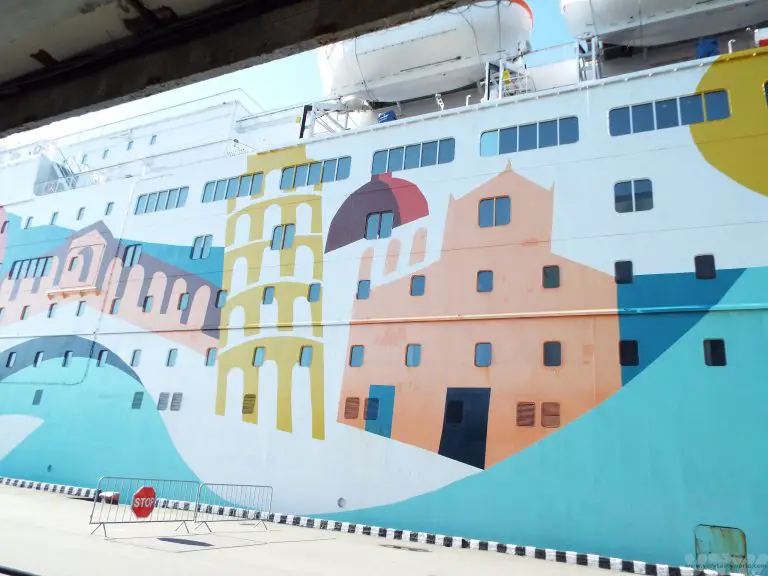
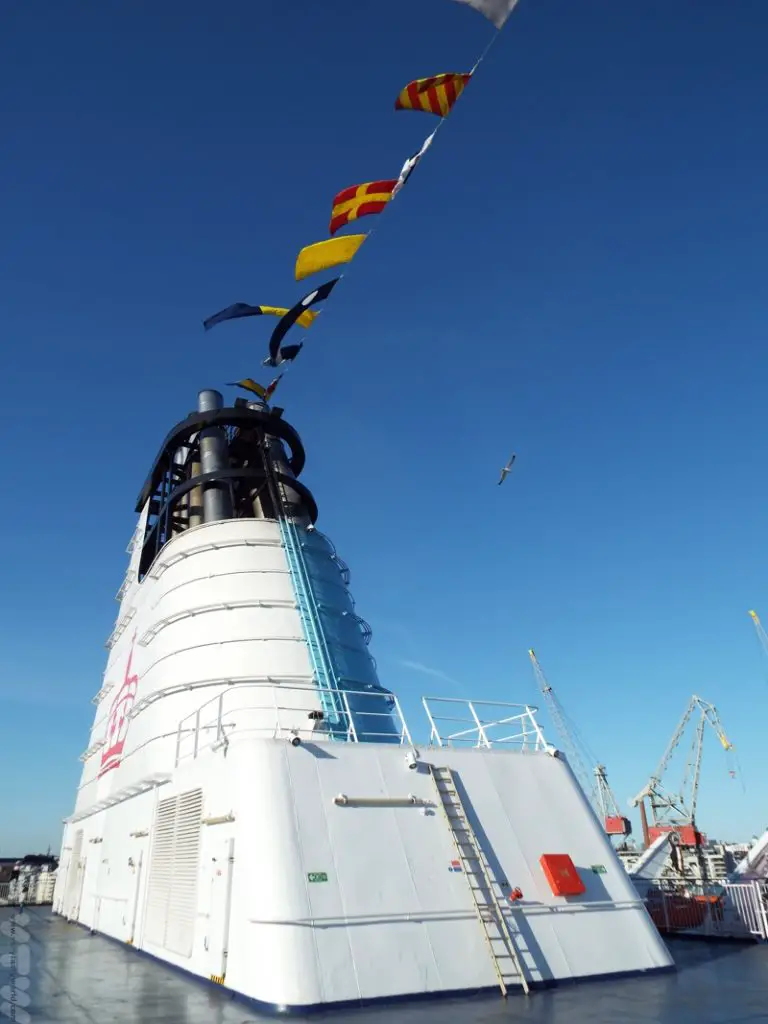
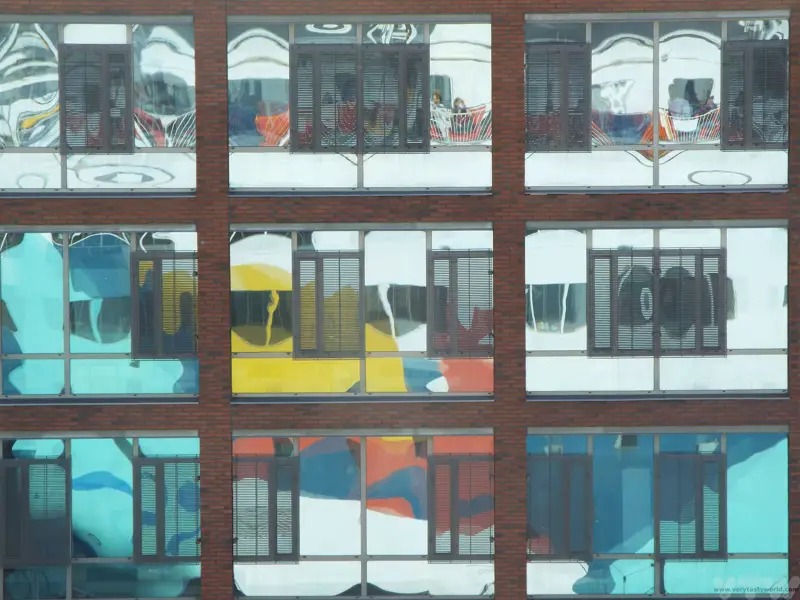
We decided to get a cheap cabin without a window view, mainly because it was an overnight journey so we were planning to be sleeping and didn’t really need a port-hole to look out of while it was dark. It comprised twin beds and a shower room – basic but perfectly functional. As we wandered to the dining room for a buffet breakfast the following morning we could see the ice floating along the river as we headed into port.
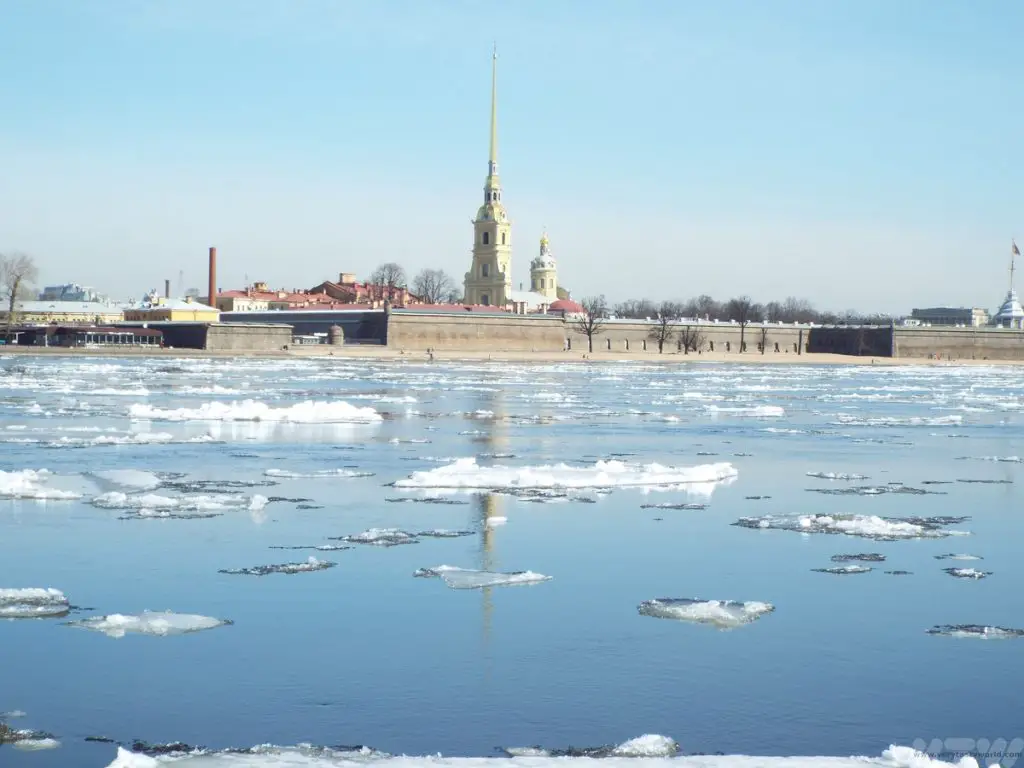
Day Two – A Day in St Petersburg
Instructions were issued for debarkation over the ship’s tannoy. We had been given visa-free arrival and departure cards, which we kept with our passports. We joined the queue for non-Russian visitors and eventually got through immigration.
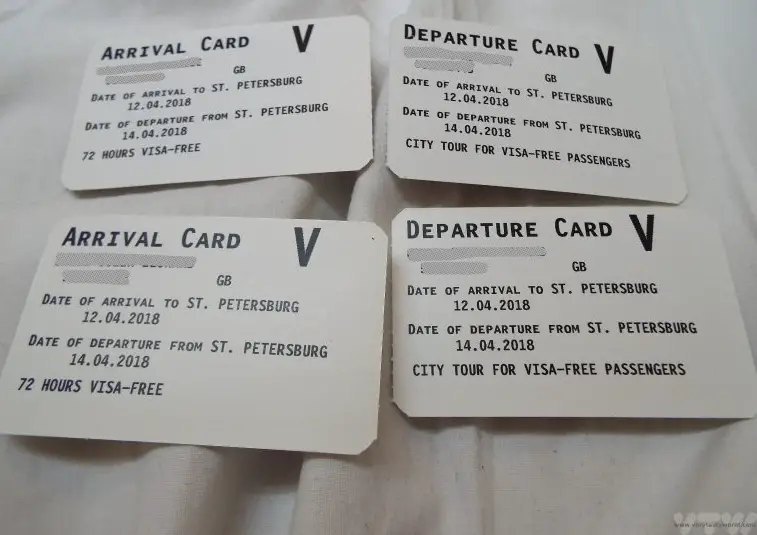
We travelled in mid-April, ostensibly spring, but the weather was still pretty cold – it had risen from around -30⁰C during winter to around 0⁰C. However, St Petersburg’s river Neva was still frozen and not navigable. This meant that unfortunately we couldn’t undertake a planned boat trip, so the itinerary was shuffled around a bit. It was a disappointment not to be able to do this but it meant that we had more time at the Hermitage on day three.
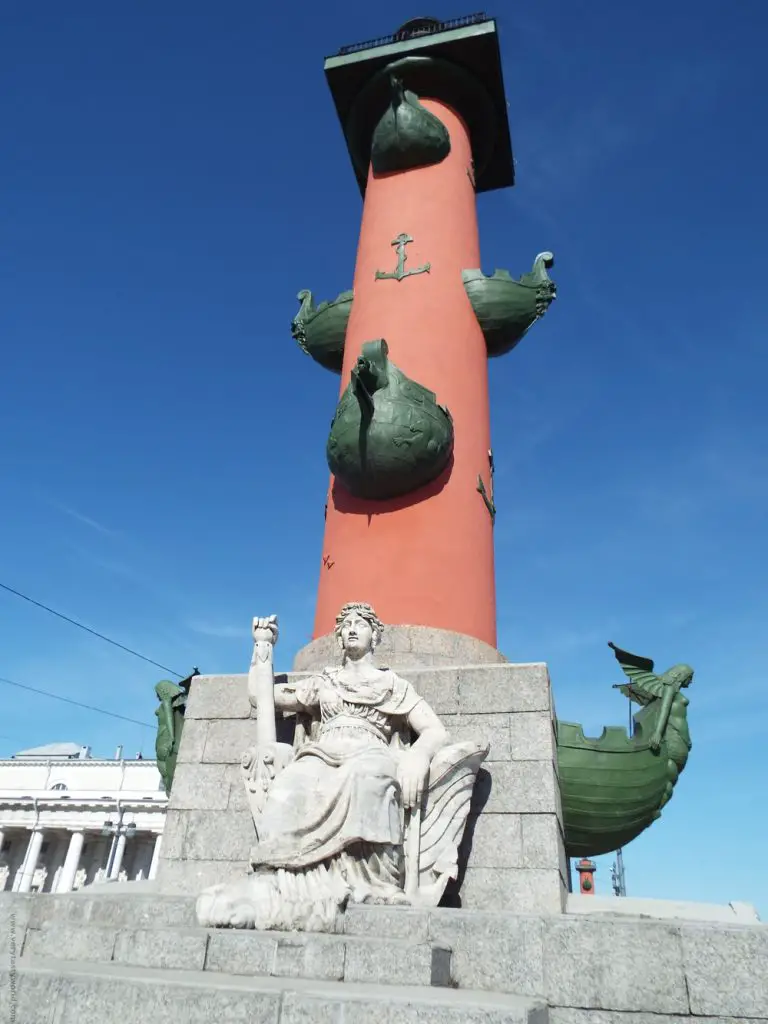
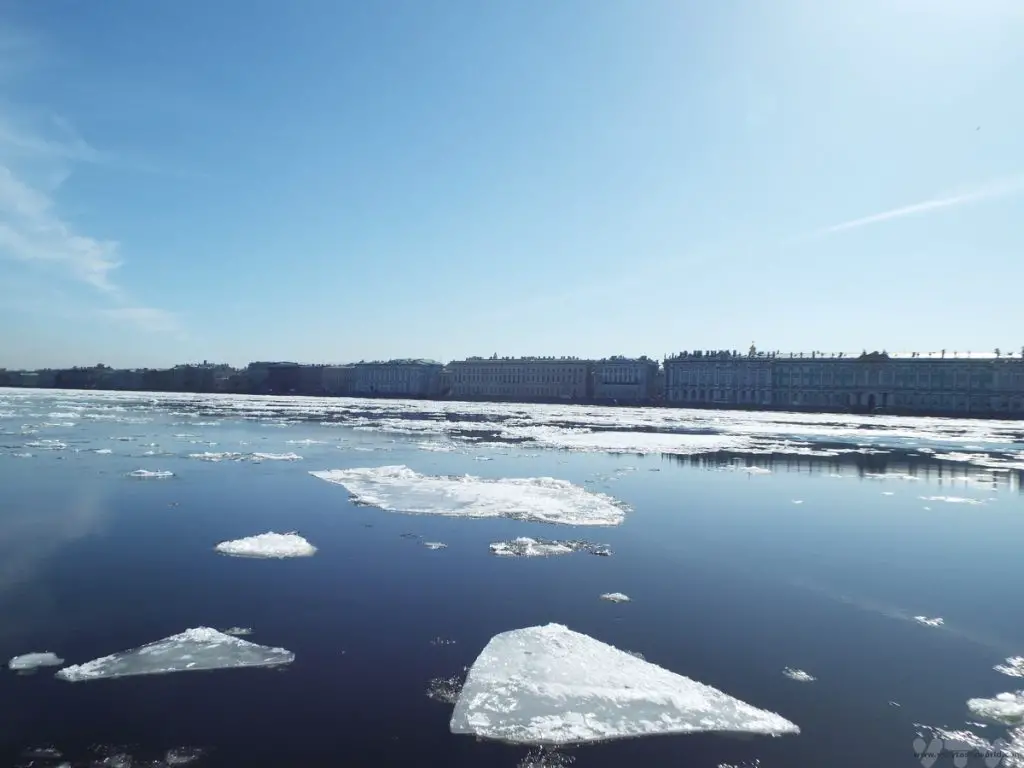
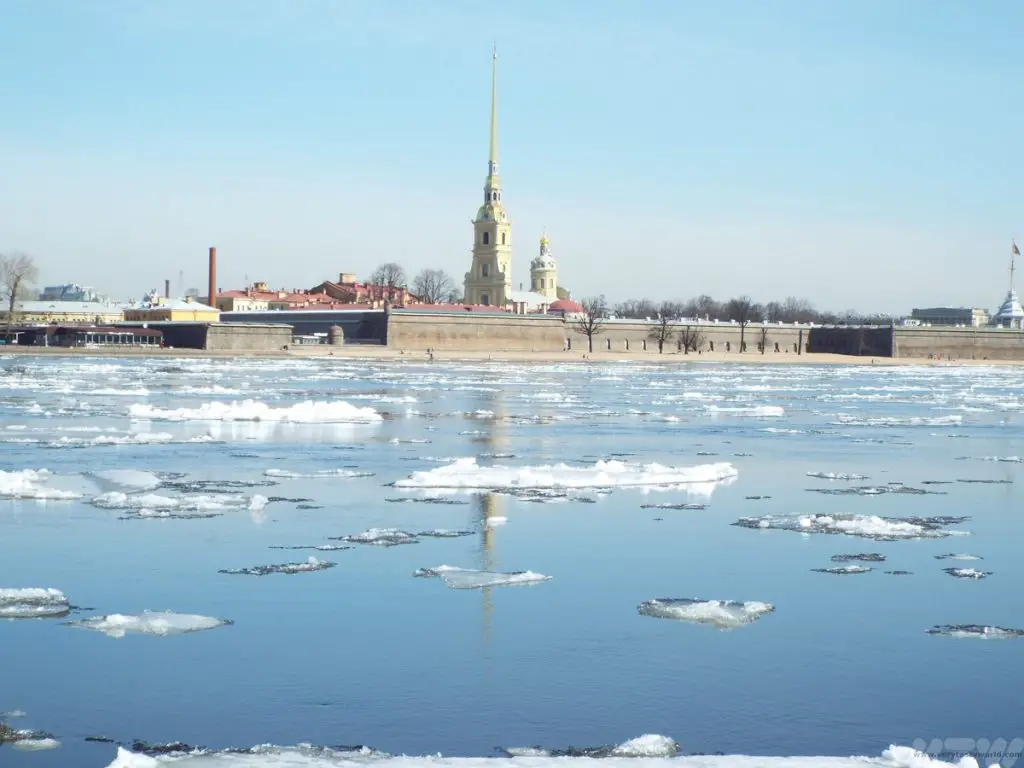
First on the itinerary was a St Petersburg City tour and a visit to the Peter and Paul Fortress. This is effectively the birthplace of the city, its citadel. It is located on Zayachy Island (Hare Island), across the Neva River. You will see lots of hare sculptures around the island. It was founded by Peter the Great in 1703 and built as a star fortress between 1706 and 1740. Curiously, while it was constructed secure Russia’s position on the River Neva, it was never used as a fortress and its cannons didn’t fire a single shot for over 200 years… until the 1917 Revolution.

The Cathedral of Saints Peter and Paul is a remarkable construction and the oldest church in St. Petersburg. It is home to the graves of nearly all of Russia’s rulers since Peter the Great. Of particular interest are those of the Romanov dynasty, the last of the Tsars.
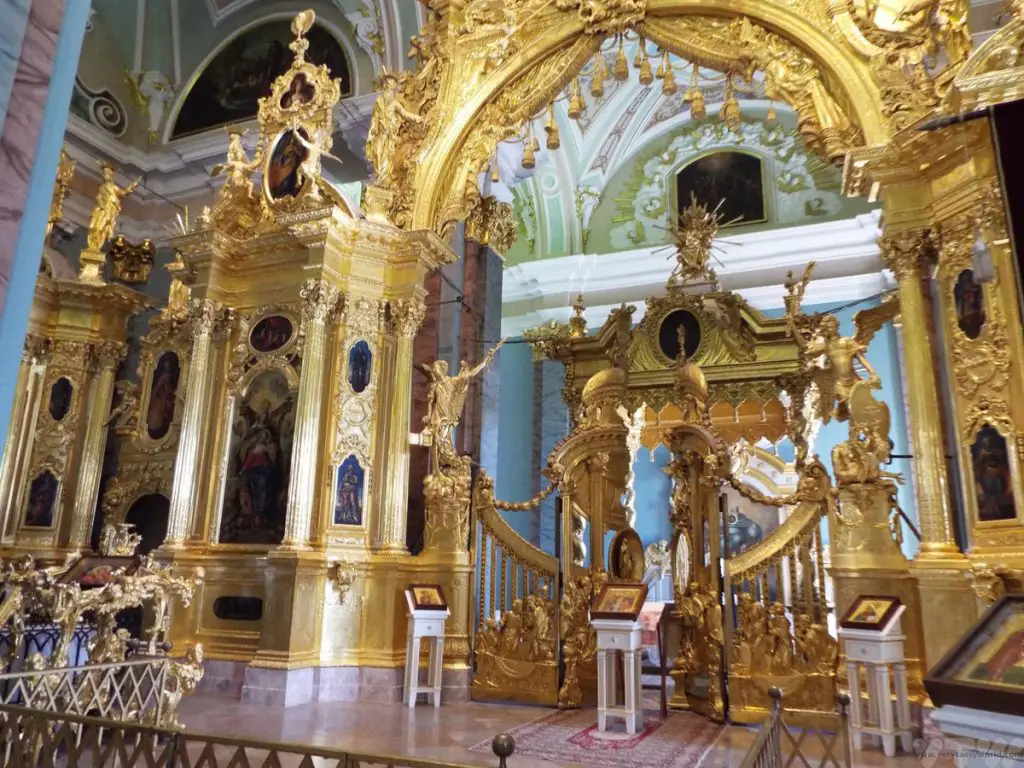
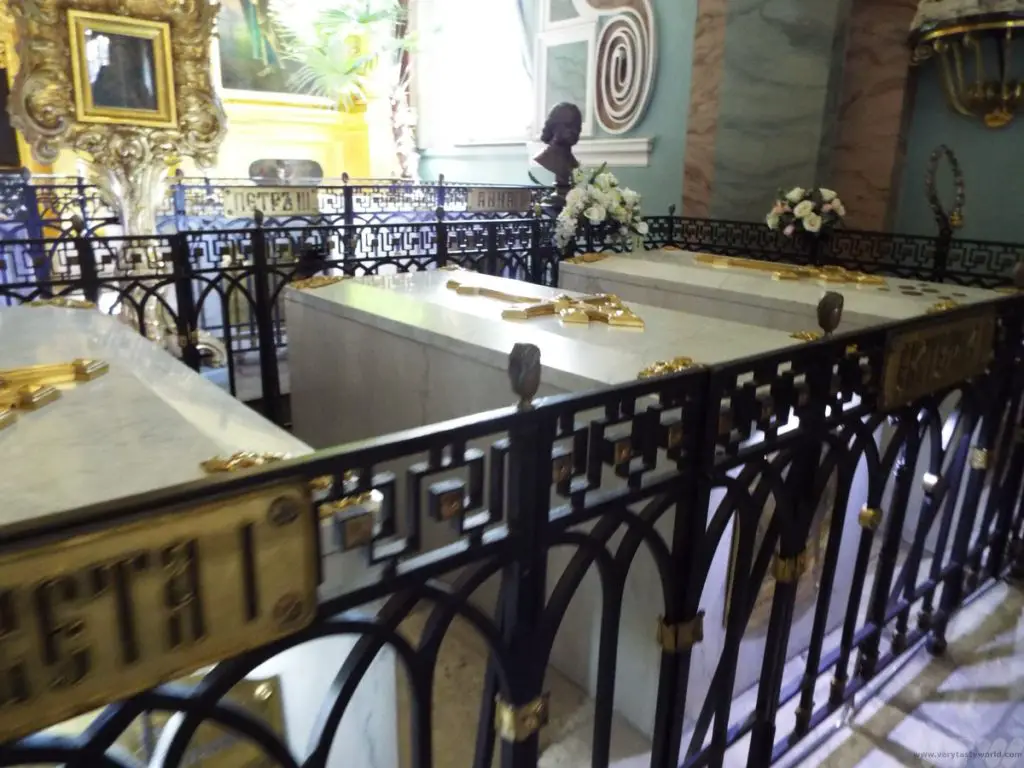
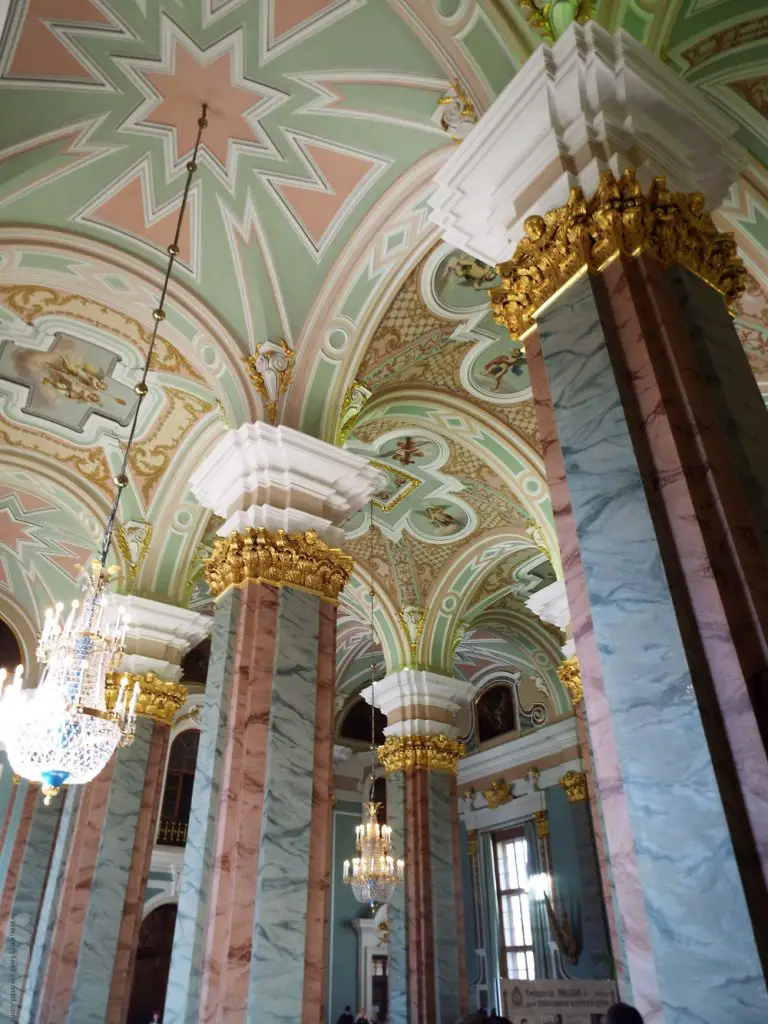
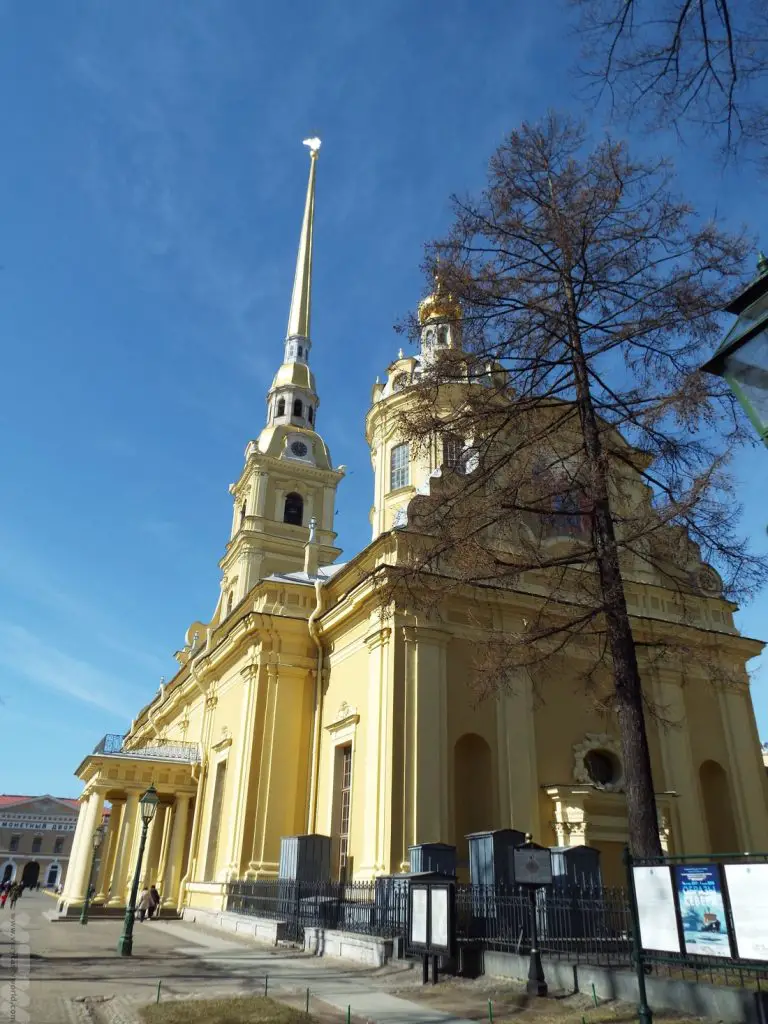
The fortress was also a prison and it is possible to visit the cells and learn about its grim history. Its more famous inmates included Peter the Great’s son Alexei, Lenin’s brother Aleksandr Ulyanov and renowned writer Fyodor Dostoevsky. Outside the walls of the fortress are the “polar bears” who sunbathe in sub-zero temperatures.
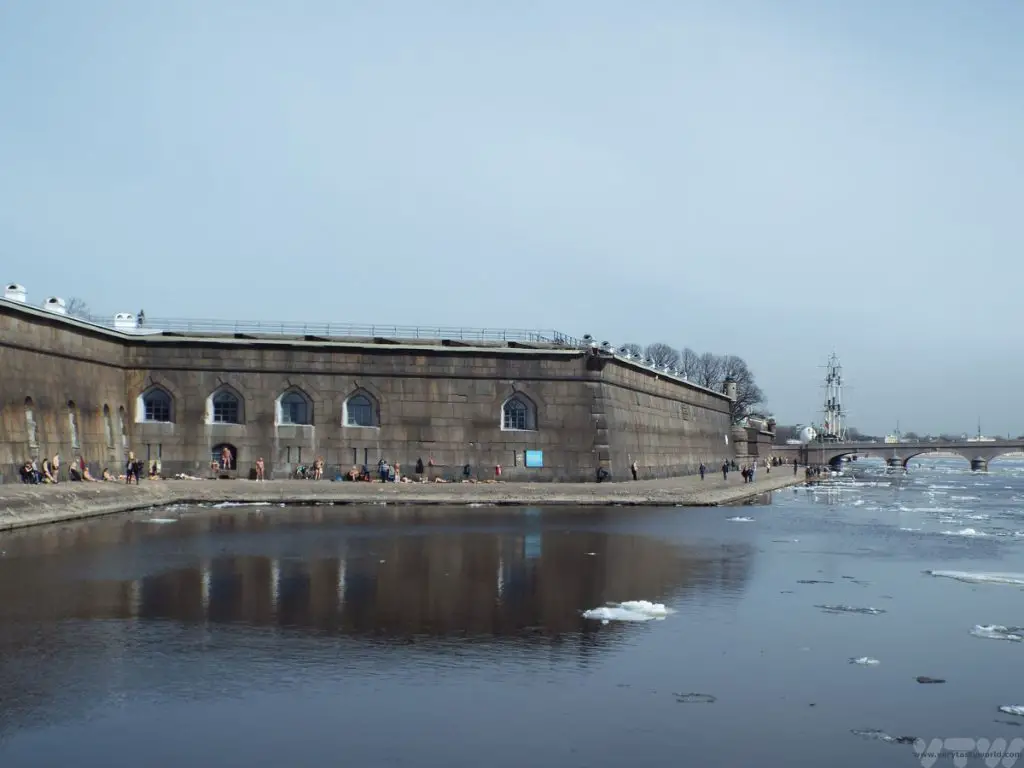
After a brief lunch we headed out of the city to Tsarskoe Selo (Pushkin) located 25km away, to the south. We spent some time exploring the Catherine Palace which was named after Catherine I, the wife of Peter the Great who ruled Russia after her husband’s death, for just two years. The original building, commissioned by Peter in 1717, was a modest construction. It was their daughter, Empress Elizabeth, who decided that Tsarskoe Selo would be her primary summer residence and she commissioned the extravagant and opulent building.
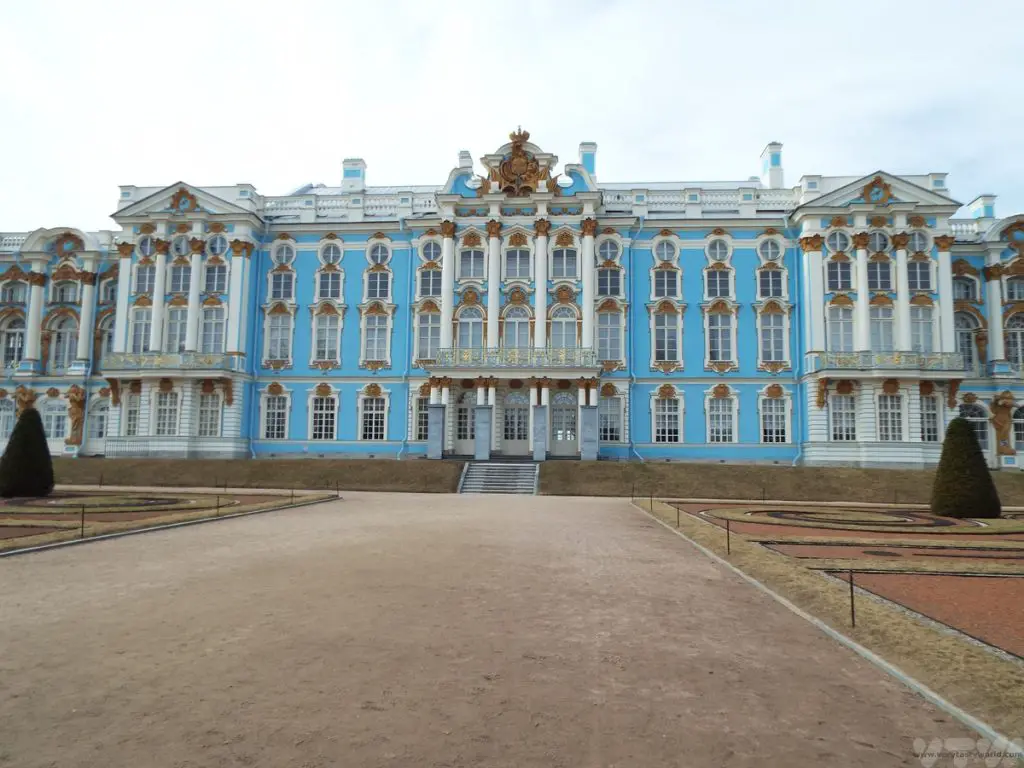
The ballroom and Amber Room (the only place that photos are not allowed is the Amber Room) are astonishing in their magnificence and you can imagine the sheer decadence of life in the palace. We visited out of season and it’s worth noting that this is a very popular tourist attraction and there are often long queues in the summer.
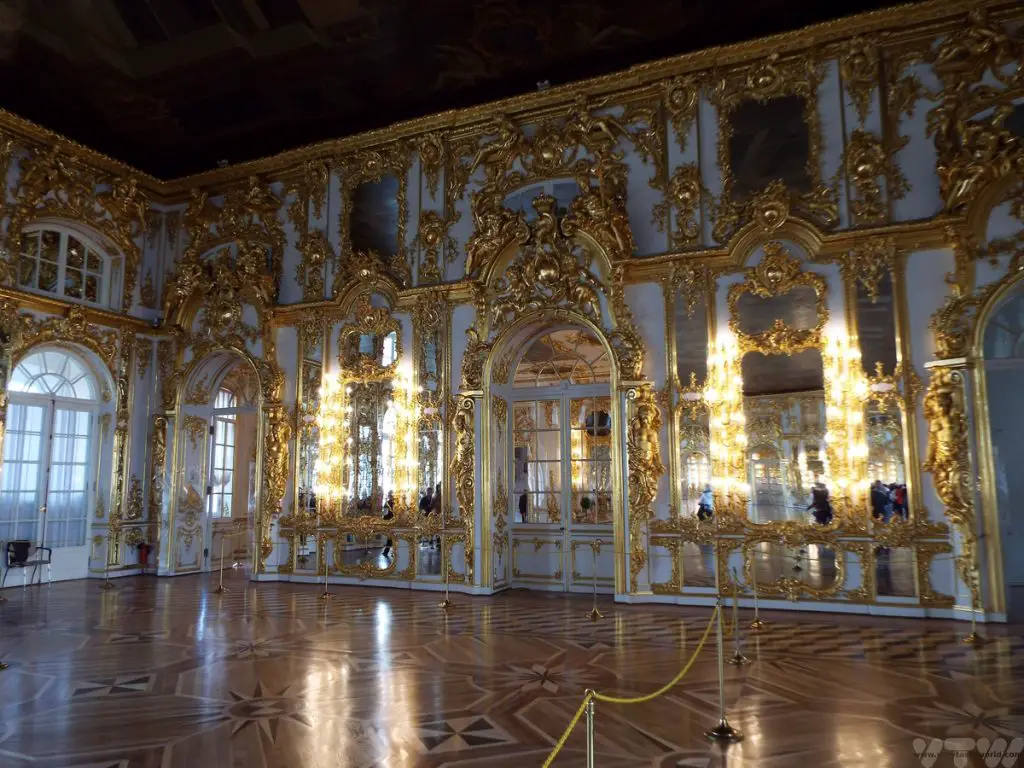
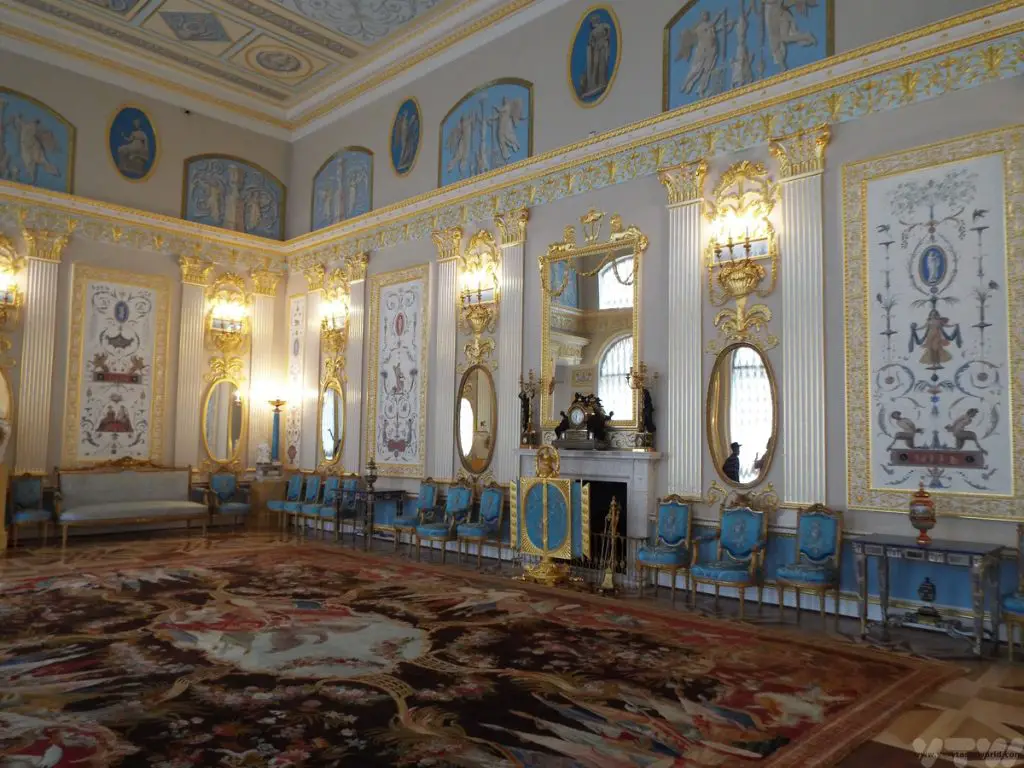
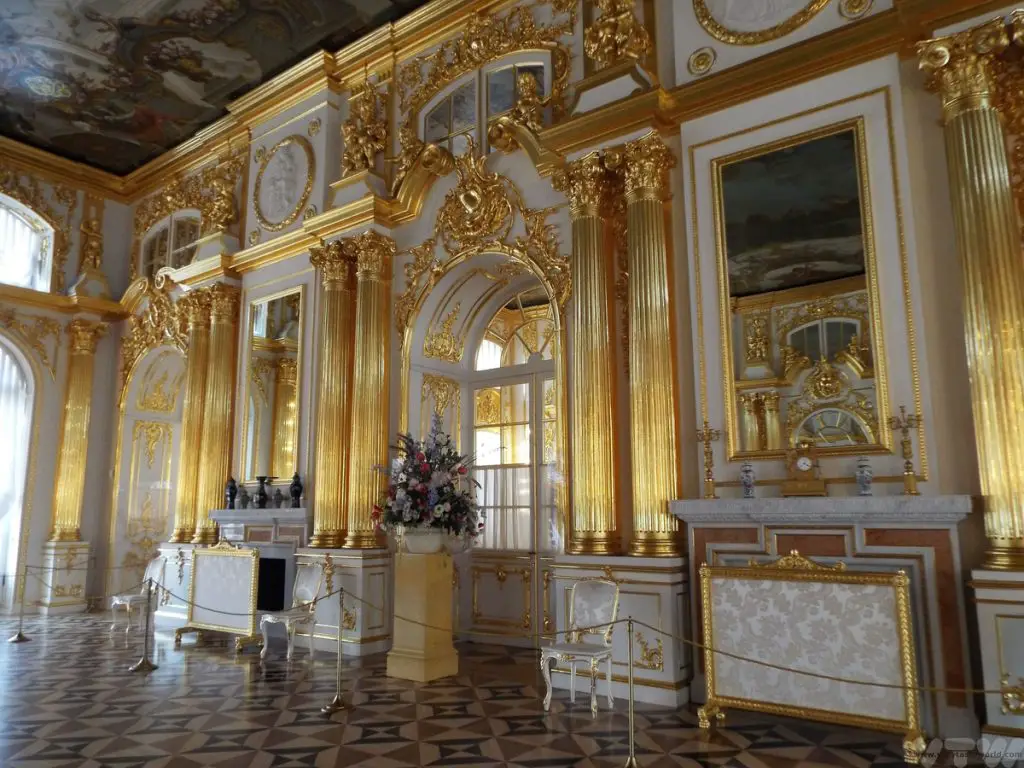
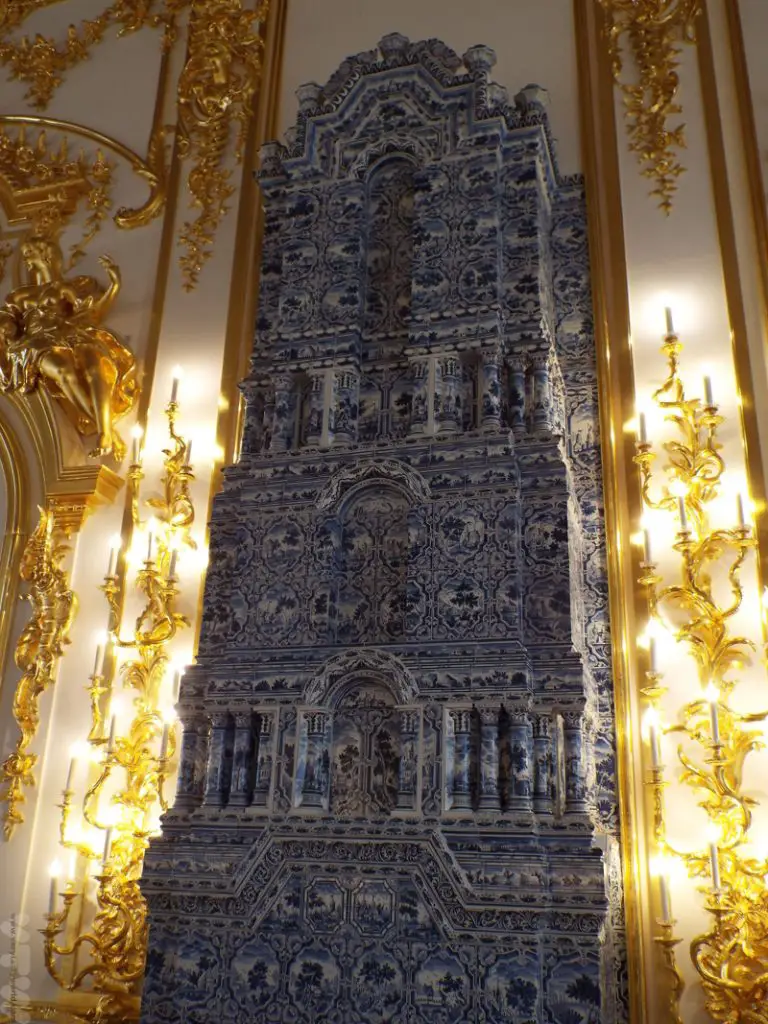
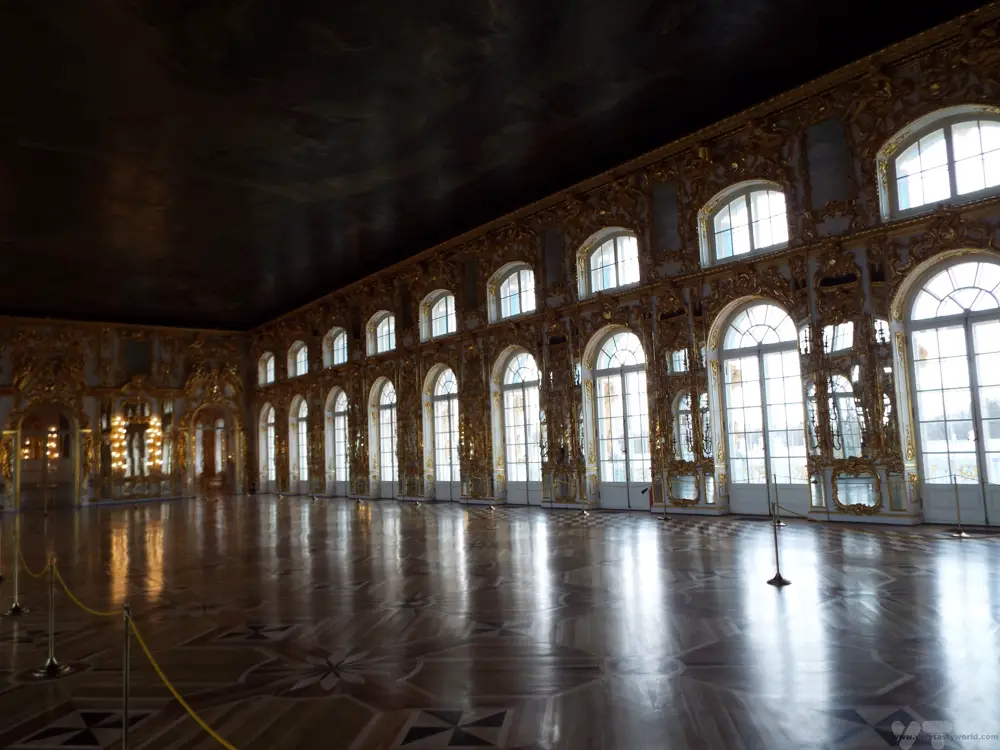
We also visited the exterior of the Alexander Palace which was the residence of Nicholas II, the last Russian Tsar, and his family. Its location outside St Petersburg meant that it was considered to be a safer residence than the Winter Palace in the heart of the city. However, it was the place where the family were initially held under house arrest immediately following the Russian Revolution before they were relocated to Tobolsk and eventually executed.
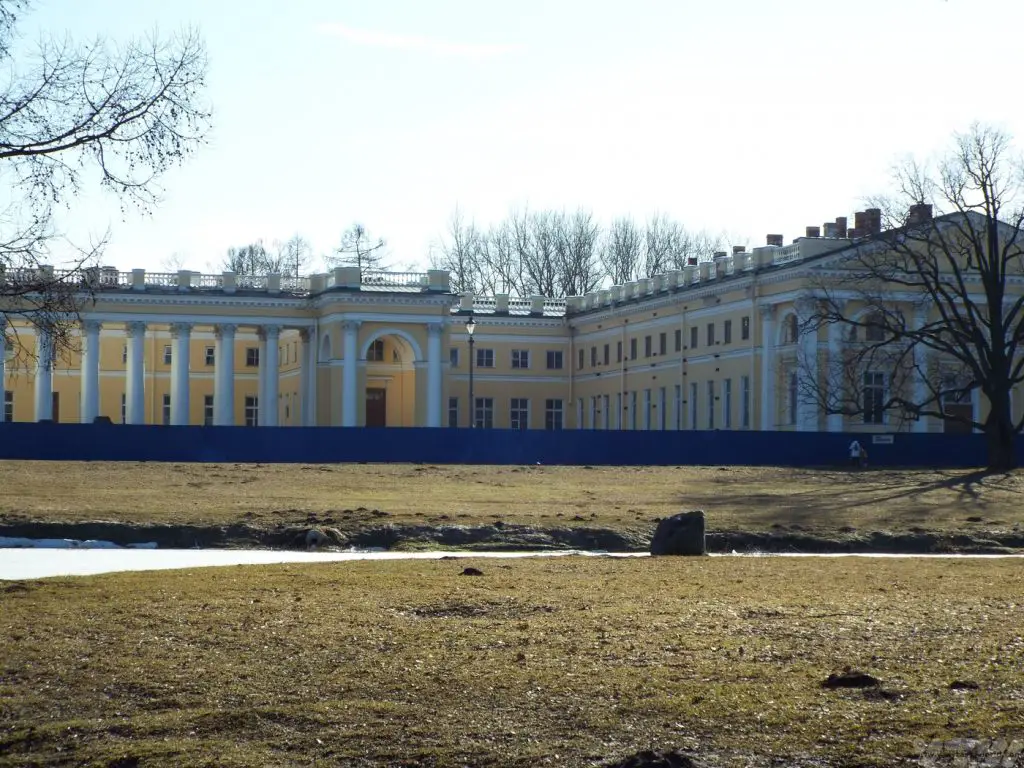
On our return to the City, we had a few hours in the evening to explore on our own and get a meal. Then we were picked up and taken to the railway station. As part of the tour our tickets had been pre-arranged and we were taken to the platform to ensure we caught the right train.
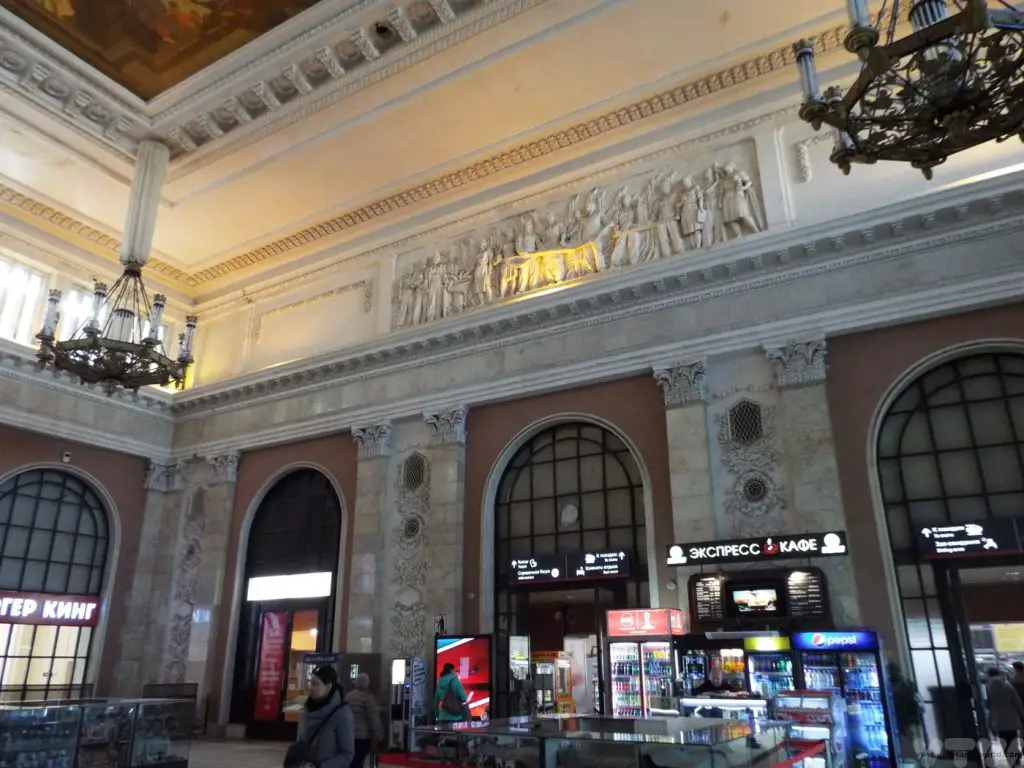
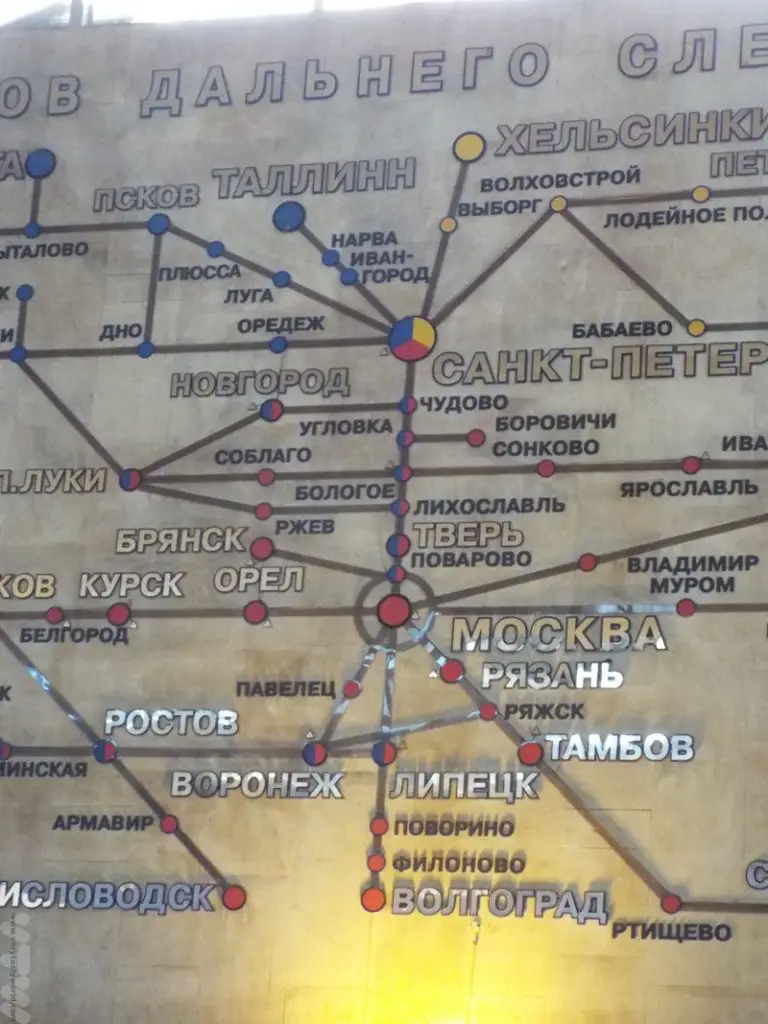
To contrast with our basic ferry cabin, we treated ourselves to a bit of luxury on the train. We caught the 23:40 ‘Grand Express’. It has been described as hotel on wheels. Our cabin’s seating converted to almost a double bed width and also included a table where we could dine and had a private shower room and toilet. A TV was available too. Breakfast was included (pre-ordered as we checked into the train via the carriage’s steward) so that we could dine the following morning as we made our way into Moscow.
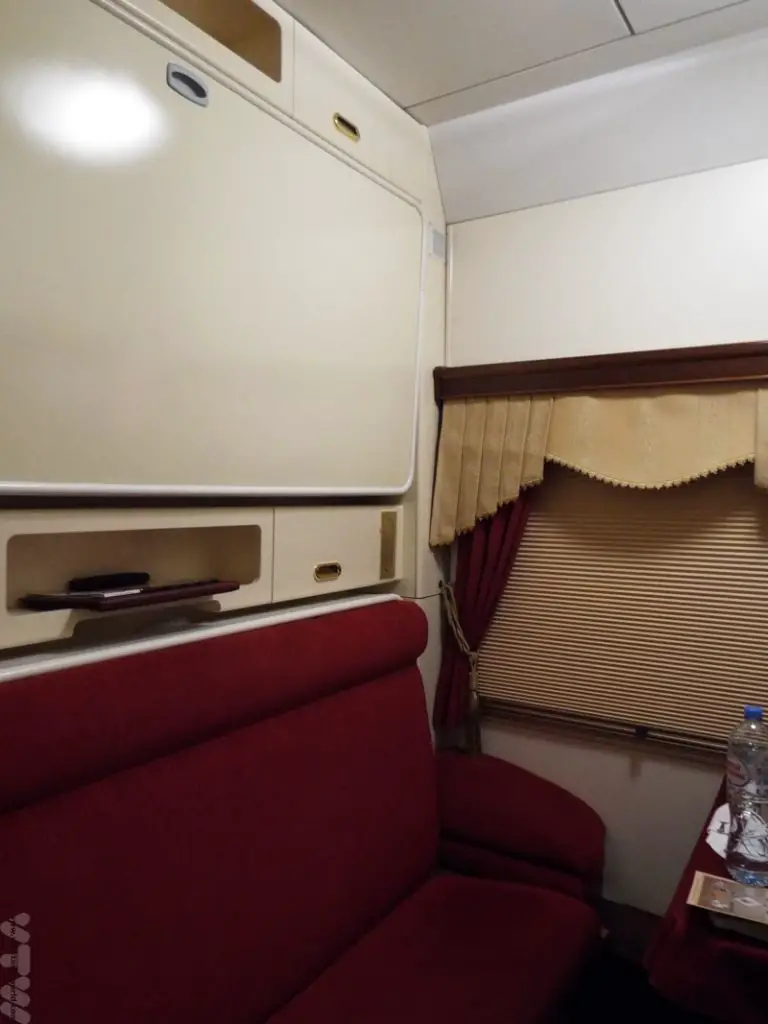
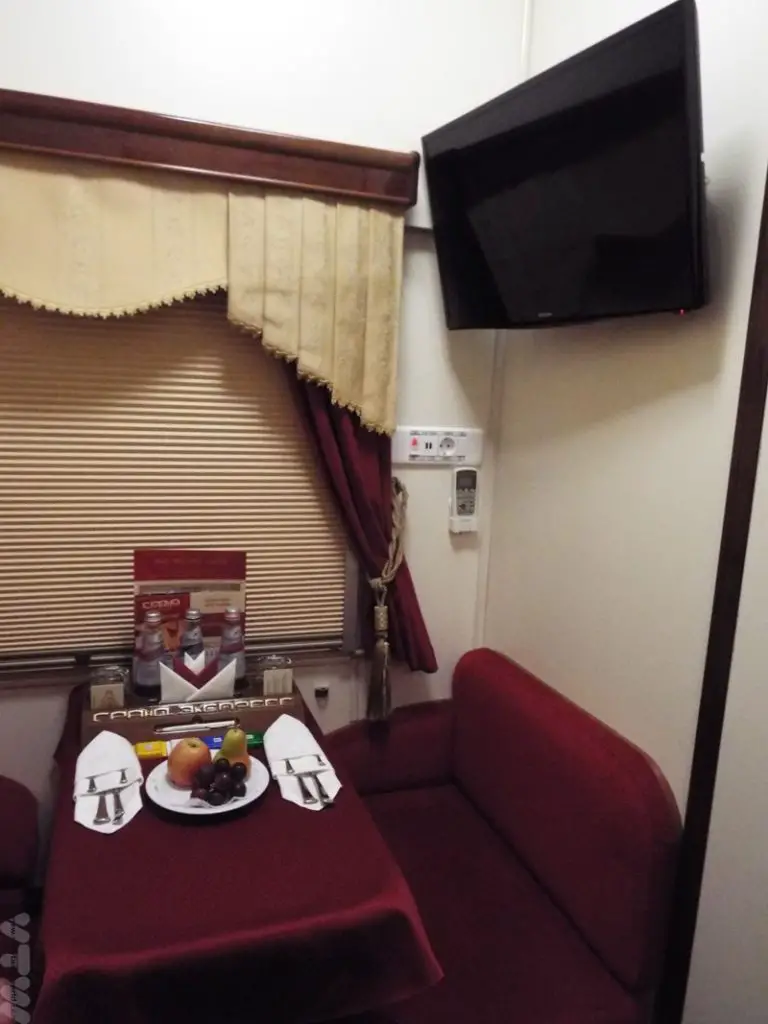
The ‘Grand Express’ train also has standard compartments carriages of 1st (2 berth) and 2nd (4 berth) class which are still very comfortable and somewhat cheaper. Some of the other cabins classes do not include breakfast but this is arranged on arrival in Moscow if needed.
Day Three – A Whistle-Stop Tour of Moscow
Our train pulled into Moscow Leningradskaya station at 08:30 the following morning, bang on time.
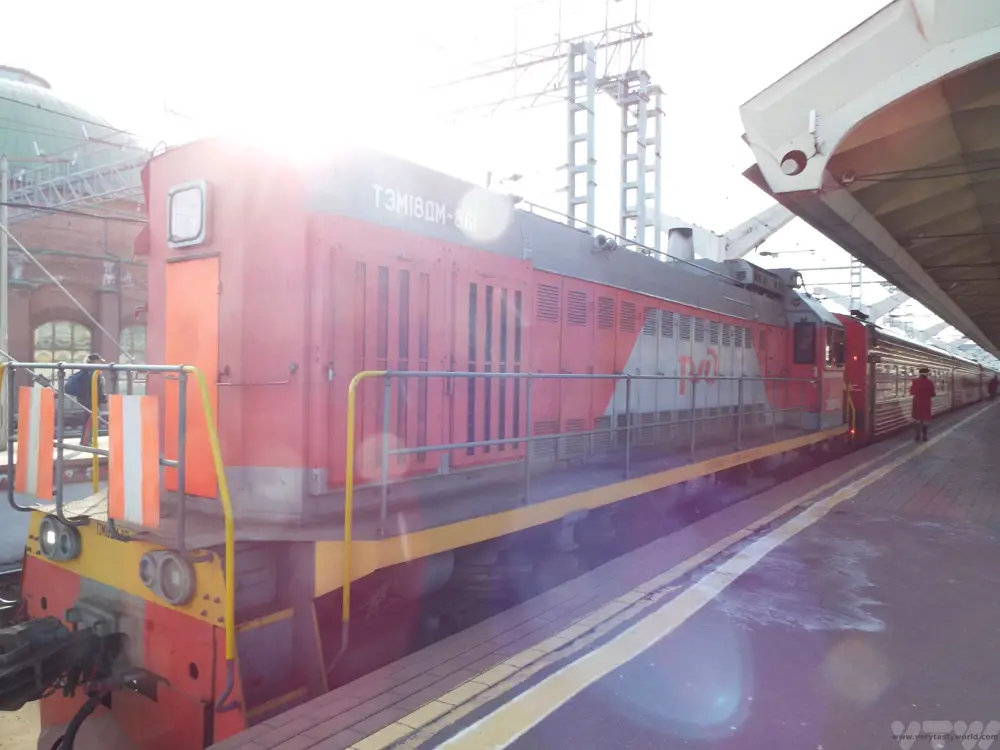
We were greeted and taken to a local hotel, the Katerina City Hotel Moscow, which had been booked for us for the day. This was a great idea. It meant that we could keep our luggage there and could also use the facilities. Breakfast is available if wanted. We were instructed to meet our guide for a city tour at 10am.
Our guide loved Moscow. She emphasised her passion for her city by declaring that, “St Petersburg is the head of Russia but Moscow is its heart.” With only a day in the city, the aim was to visit the major sites, so she bought us Metro tickets and we set off on a walking tour. Many of the stations on Moscow’s underground system are stunningly beautiful and, as we had a Metro pass to travel freely, we explored some of the more interesting stations. It’s not unreasonable to assert that some of these glorious stations are art galleries in themselves.
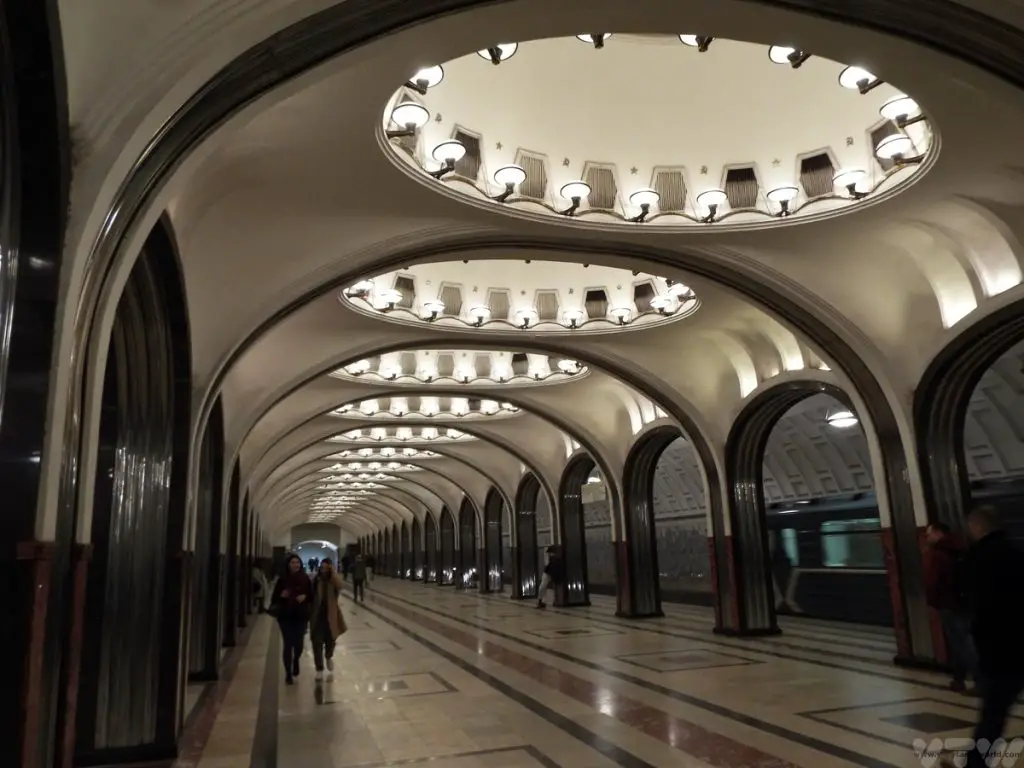
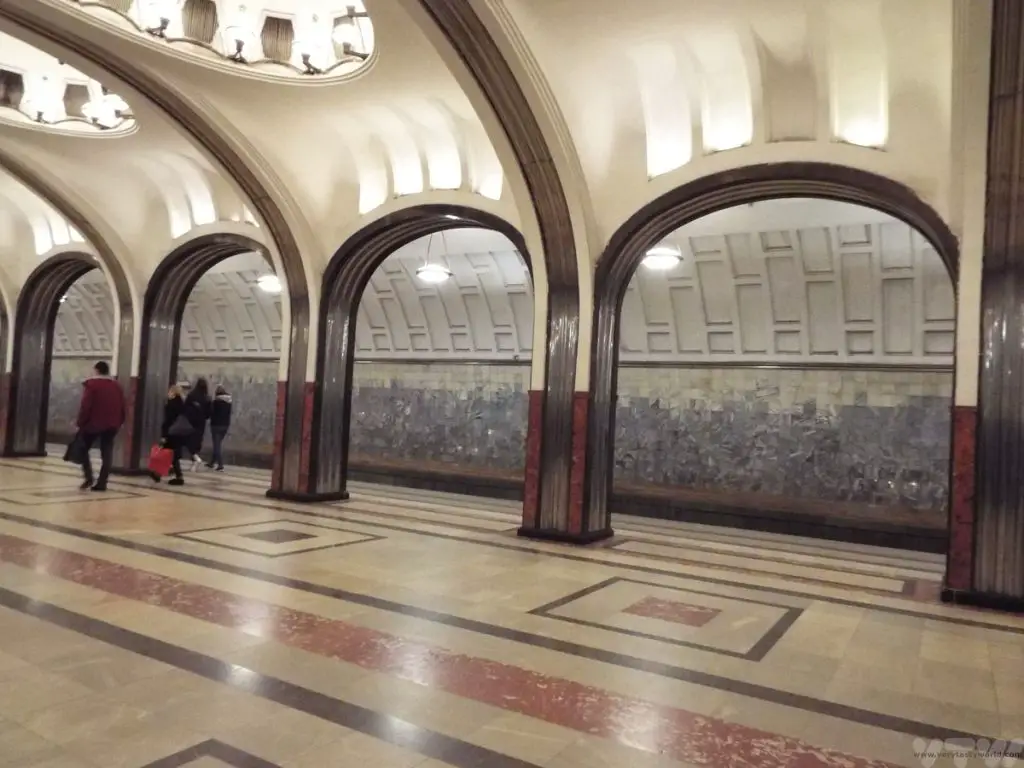
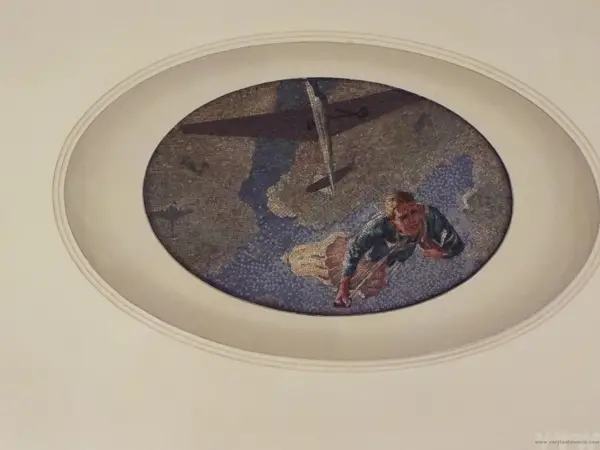
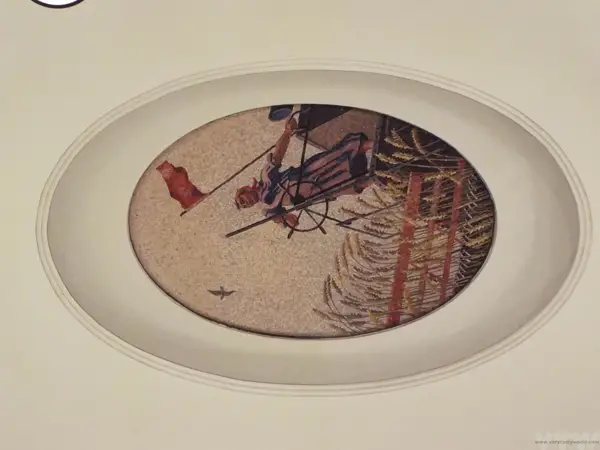
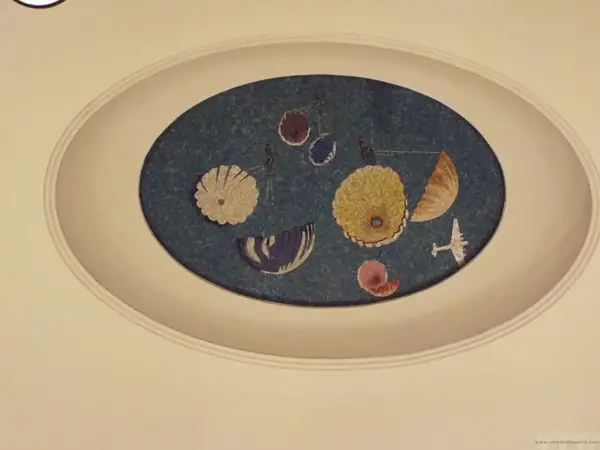
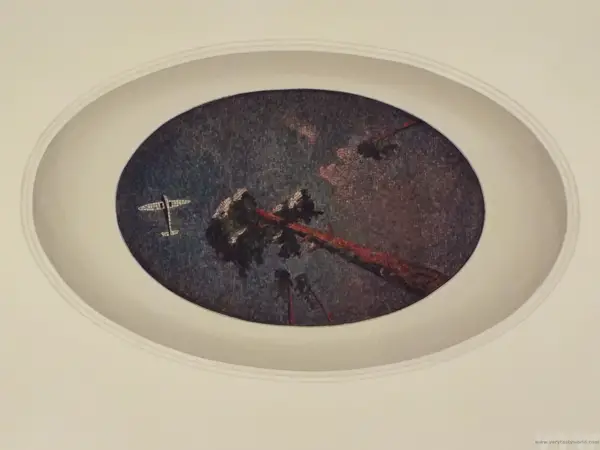
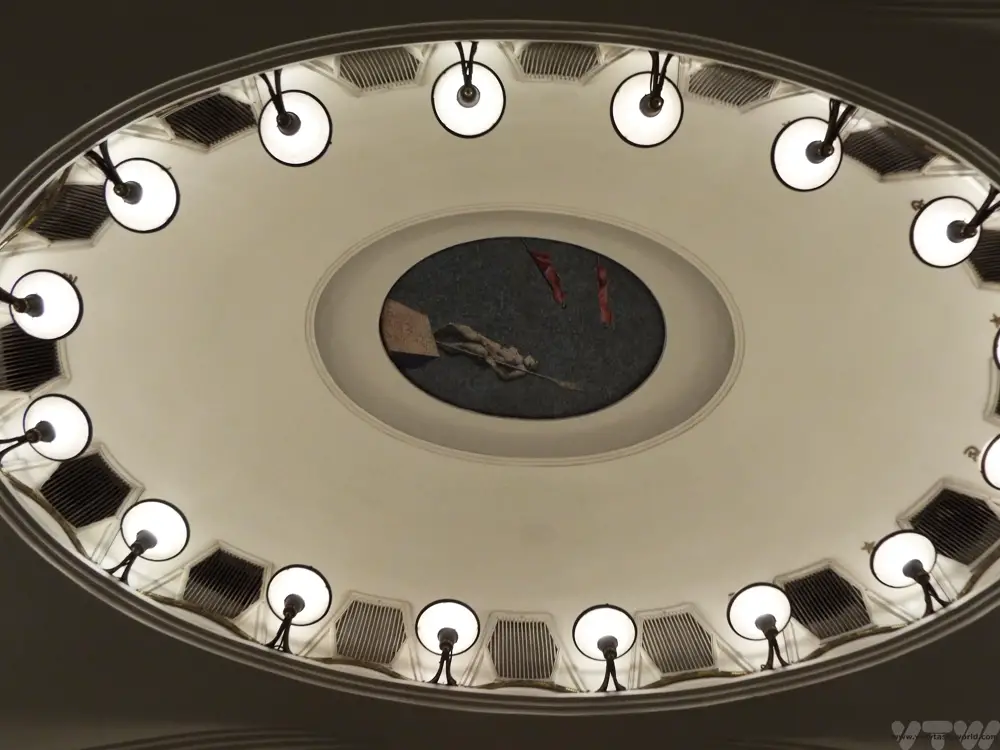
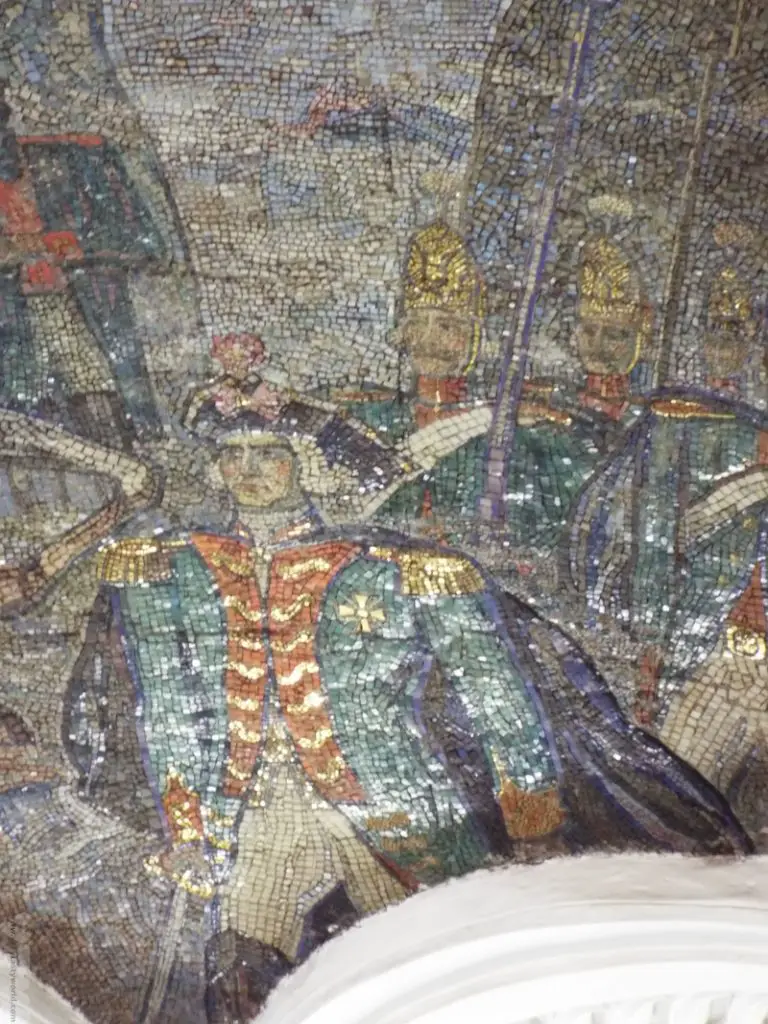
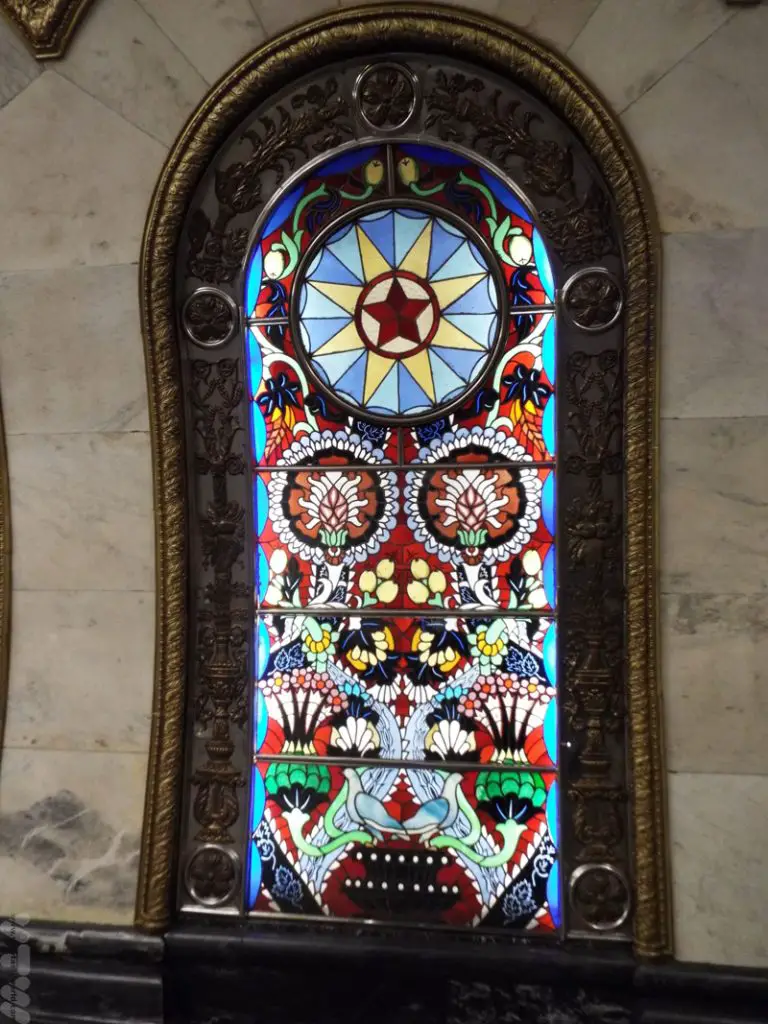
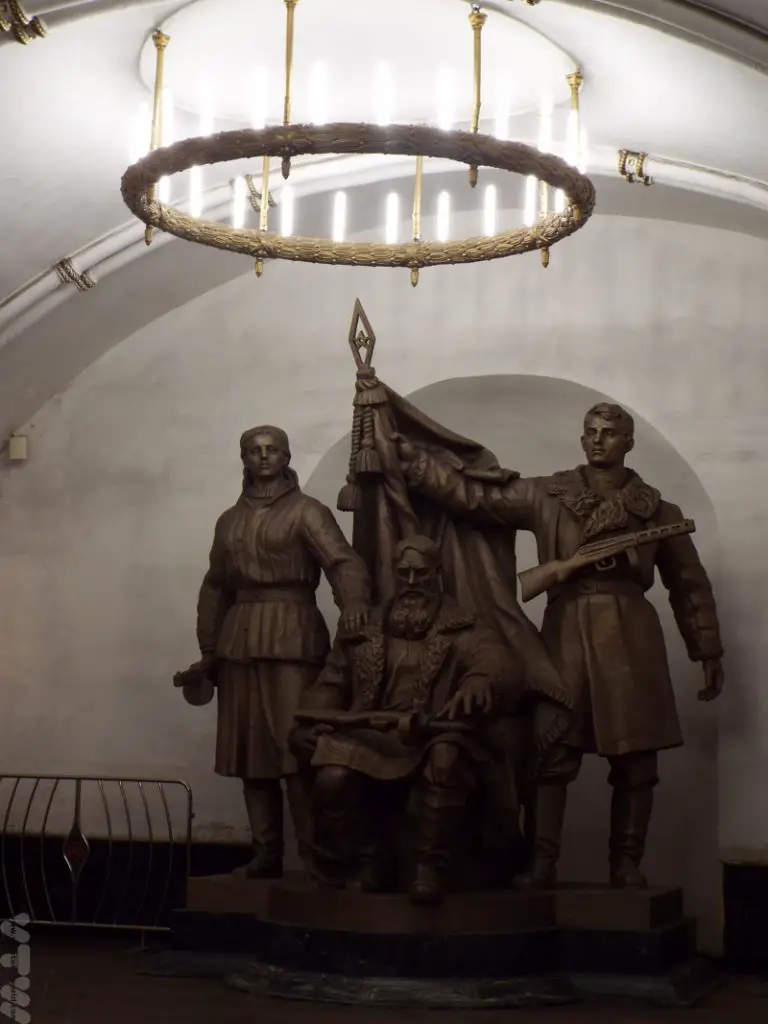
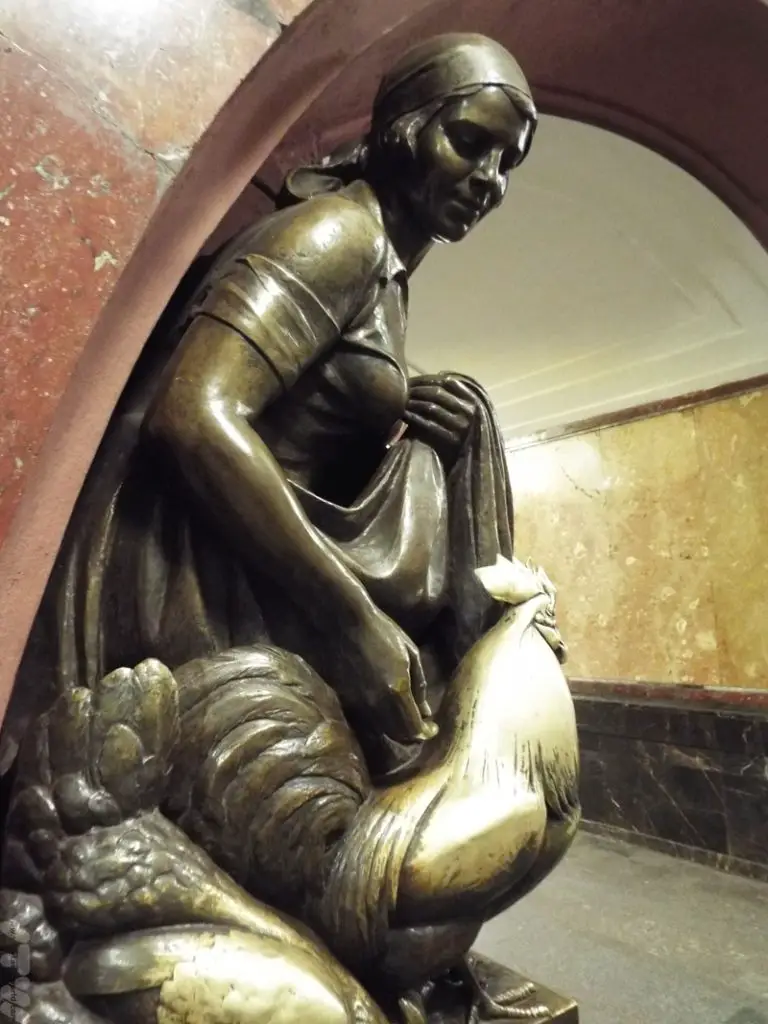
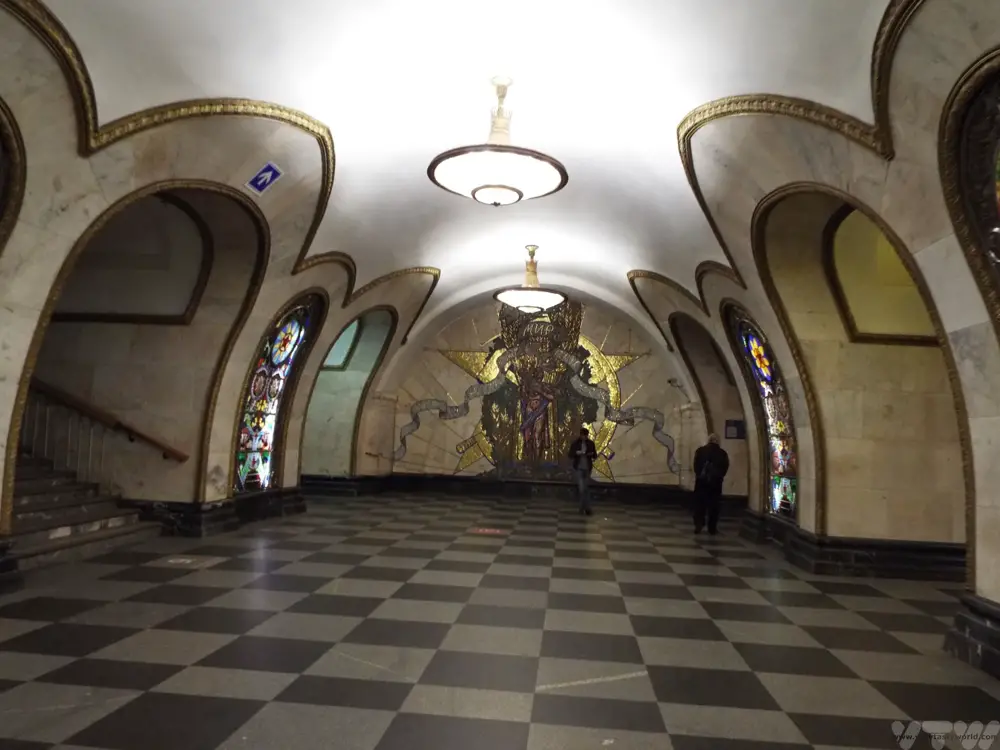
Then we made our way to Red Square. It is one of the world’s most iconic public spaces, bordered by the eastern red walls of the Kremlin, the colourful onion domes of St Basil’s cathedral and the megastore GUM.
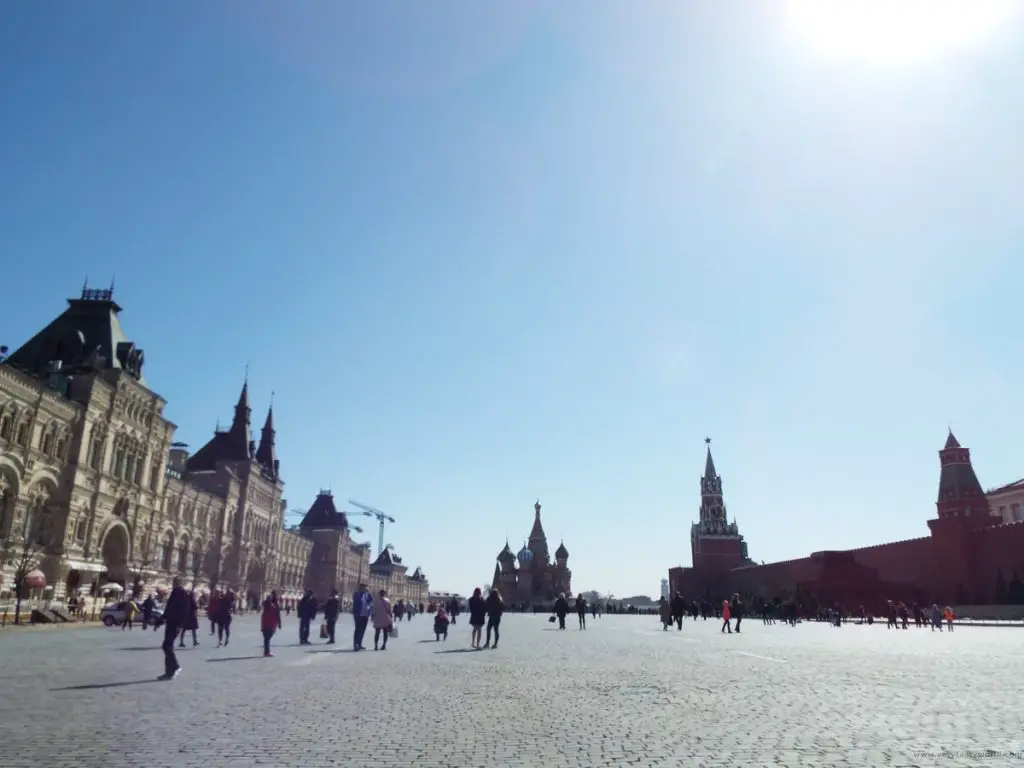
It’s worth noting that Lenin’s tomb is not open on Fridays, so you need to take that into account when planning your trip if you wish to visit and see the preserved body of the founder of the Soviet Union.
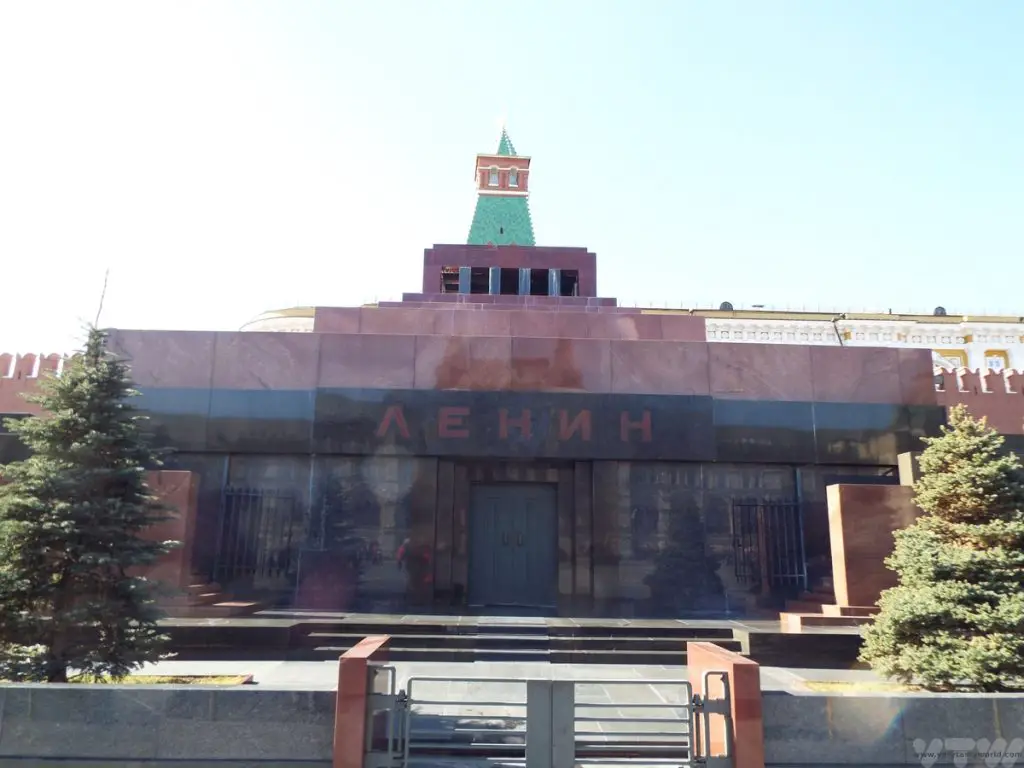
St Basil’s Cathedral, aka the Cathedral of Vasily the Blessed, and officially Cathedral of the Intercession of the Most Holy Theotokos on the Moat, is so very, very beautiful and it was a special place to visit. Ivan the Terrible (who our guide insisted should have been named Ivan the Awesome) commissioned the building and it was constructed between 1555 and 1561.
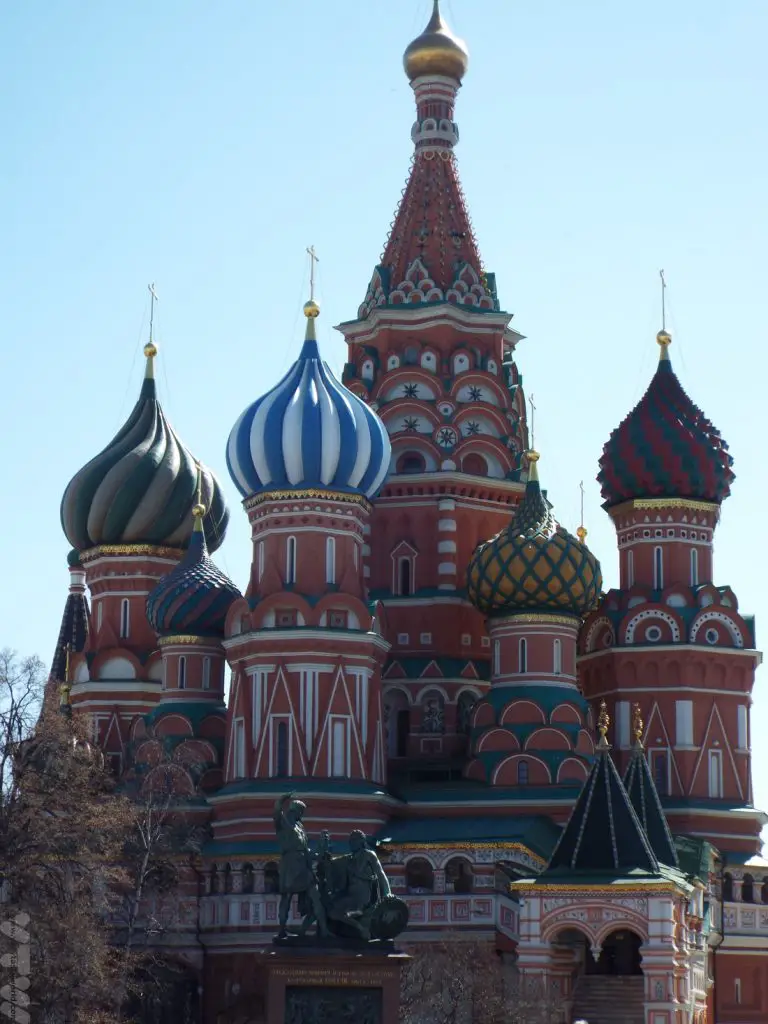
We had imagined it to have a vast interior but in fact it comprises several chapels: eight chapels located around a central chapel. An additional chapel was built some years later over the grave of the Saint Vasily (Basil), a local saint who was highly revered. The Soviet Union had a policy of state atheism so the cathedral was secularised during this time and is now a museum, although Orthodox Christian services with prayers to St. Basil now take place on a weekly basis.
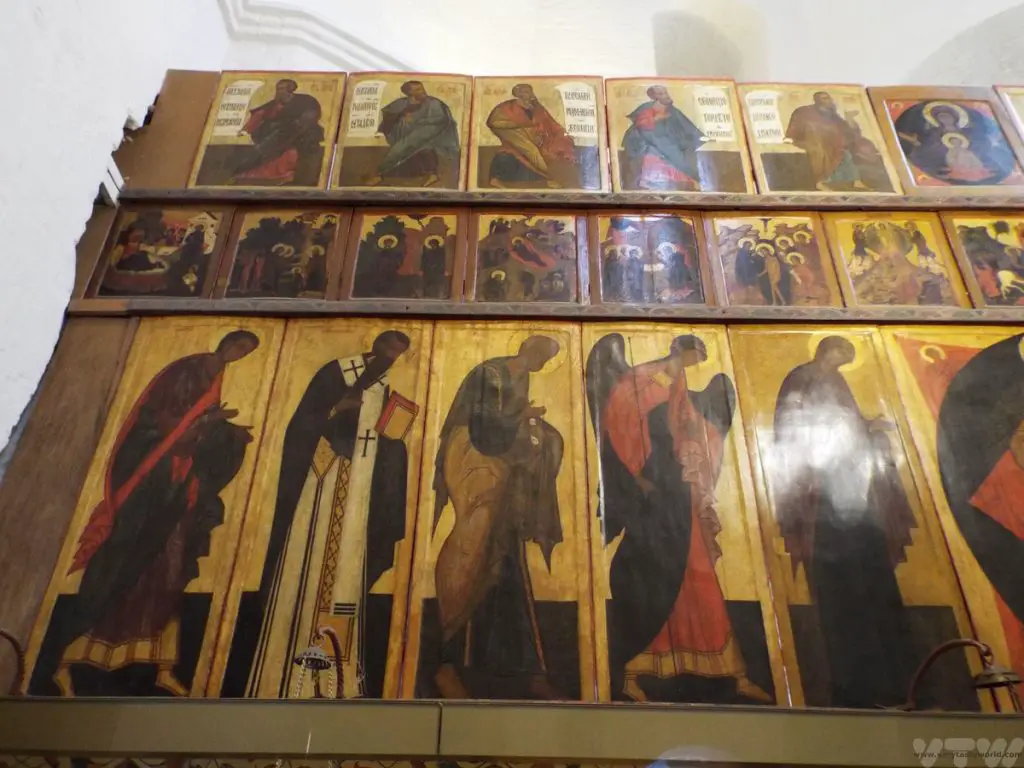
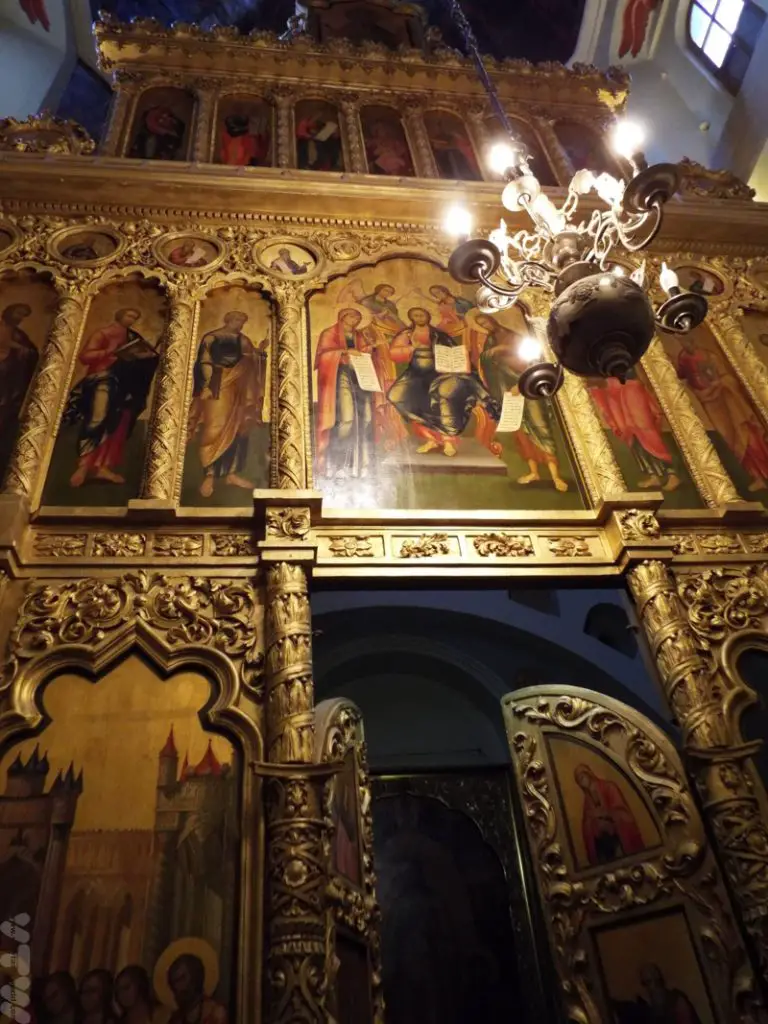
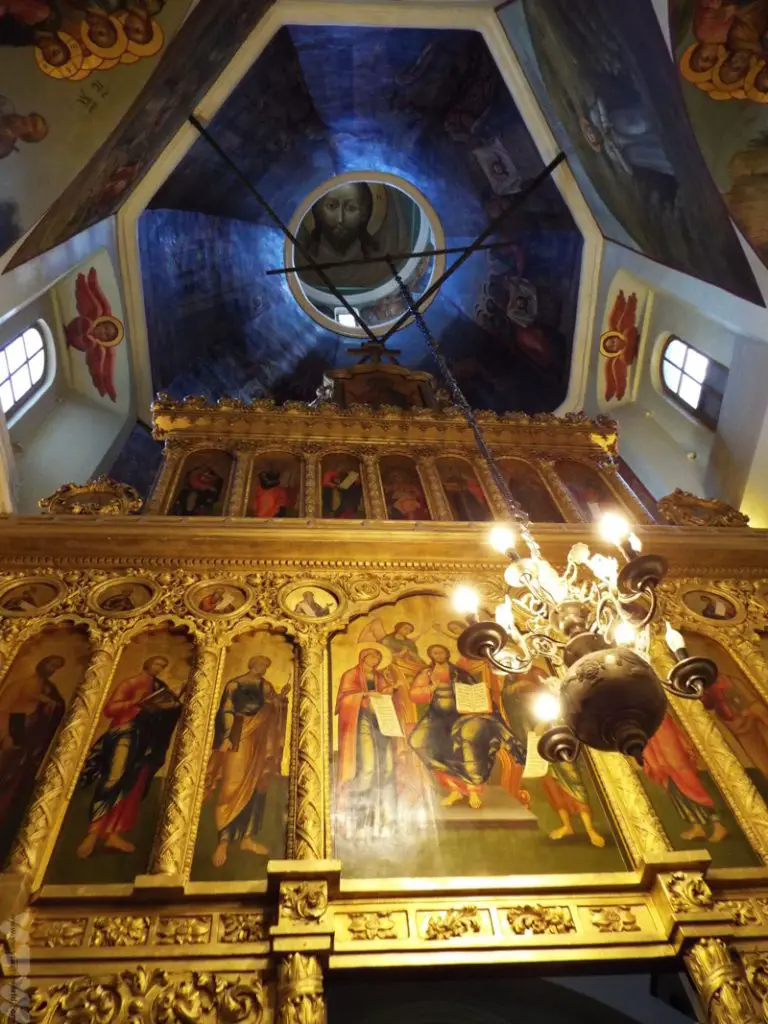
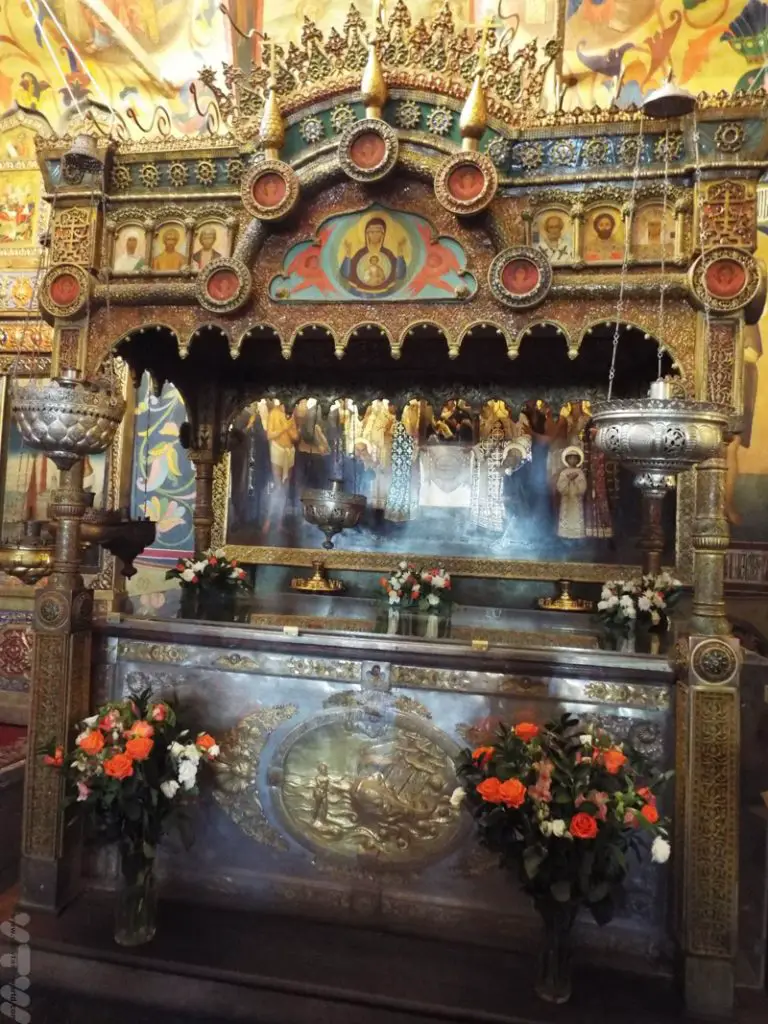
We also visited GUM, an enormous department store, and enjoyed its amazing architecture.
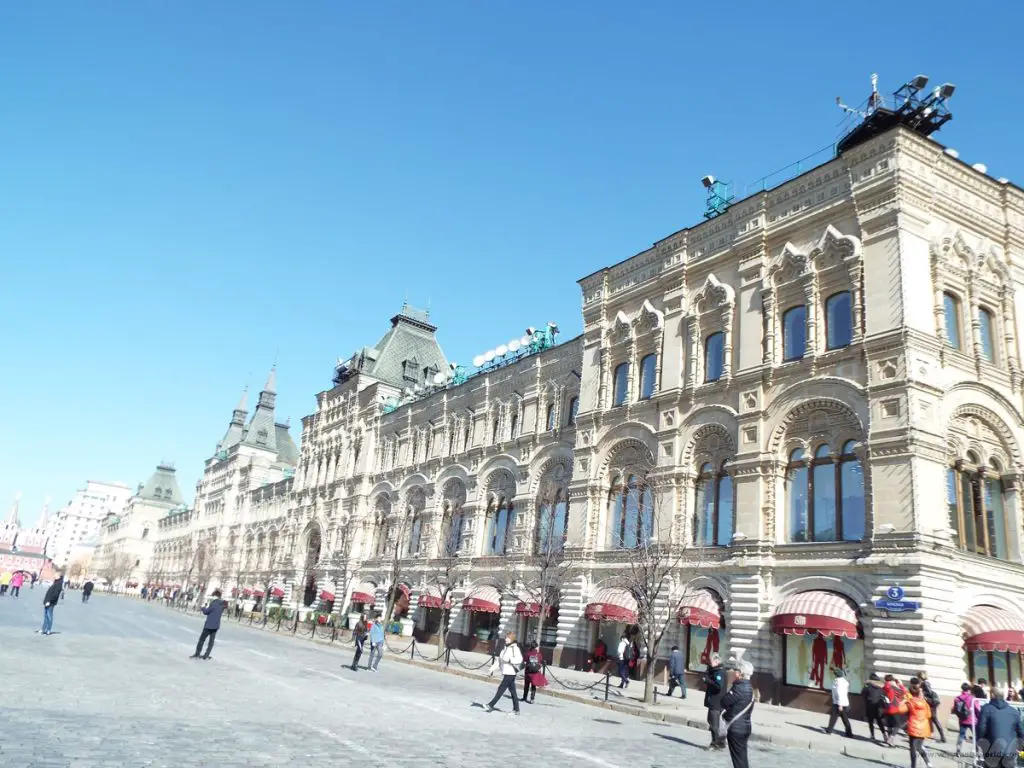
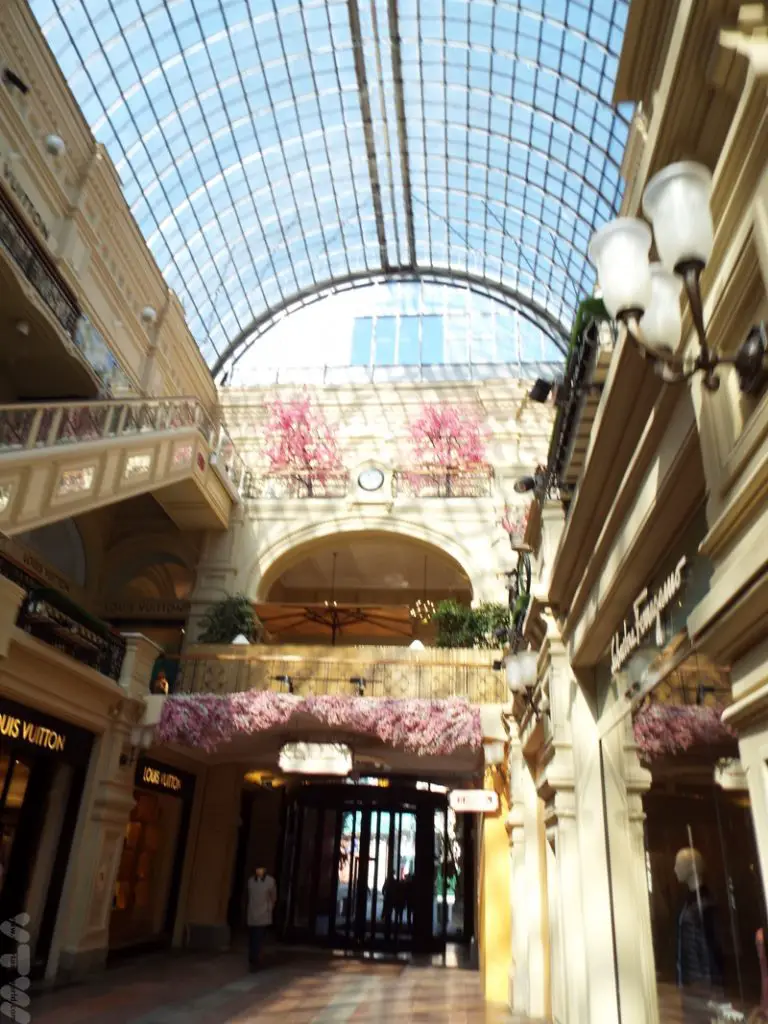
We had lunch at a restaurant a few streets away and enjoyed a warming bowl of borscht soup.
In the afternoon we visited the Kremlin. Security is tight and you will need to be prepared to have your bags checked and walk through a metal detector. If you are likely to set the alarm off (if you have metal limbs, for example), let your guide know – they will talk to the security guards and get you in via an alternative system.
The Kremlin (citadel) is fortified complex with Red Square to the east and the lovely Alexander gardens to the west. Inside its walls are five palaces and four cathedrals amongst other buildings such as the Grand Kremlin Palace that was formerly the Tsar’s Moscow residence, the official residence of the President of the Russian Federation and the State Kremlin Palace.
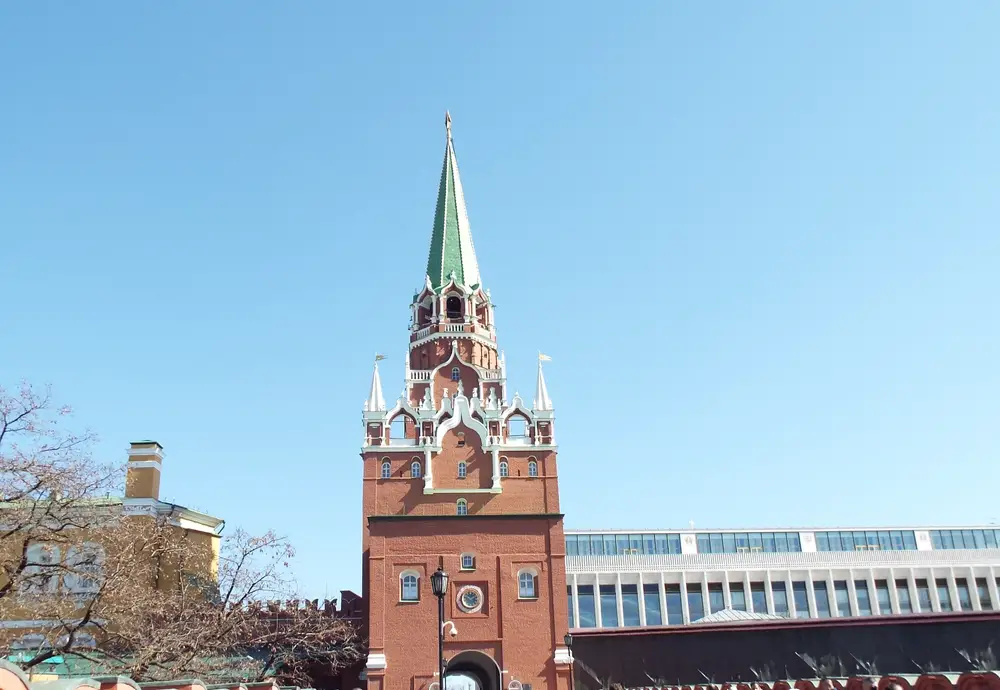
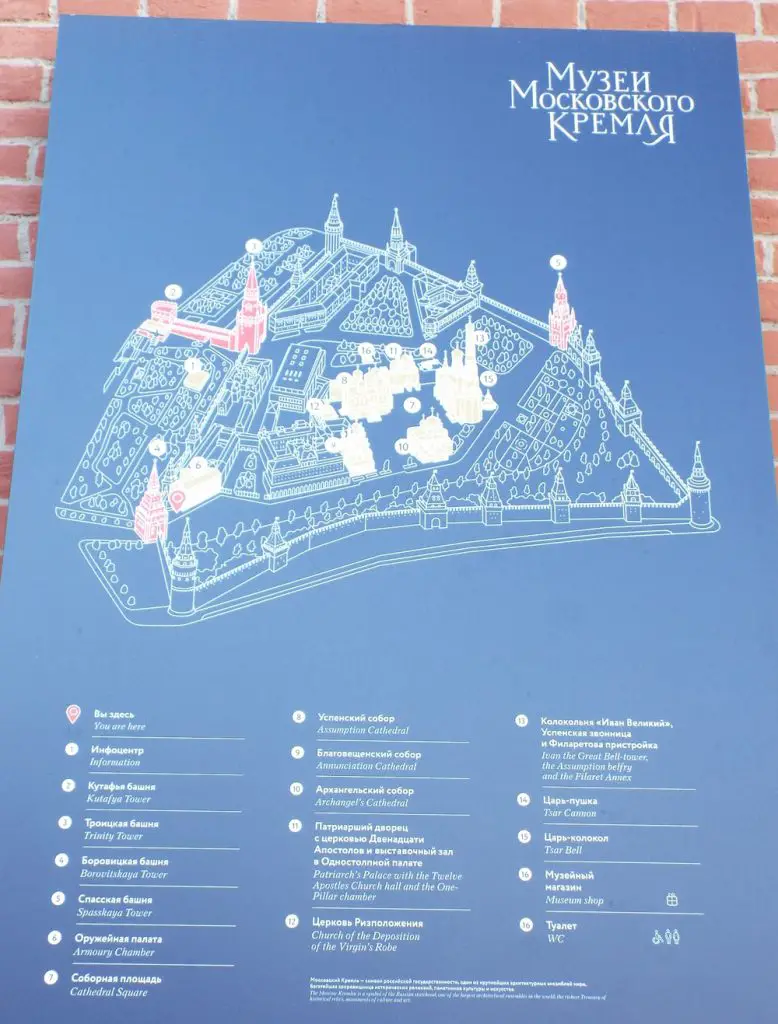
The State Kremlin Palace (also known as the Kremlin Palace of Congresses), was built inside the Kremlin between 1959–1961. It was commissioned by Nikita Khrushchev for the purpose of holding Communist Party meetings.
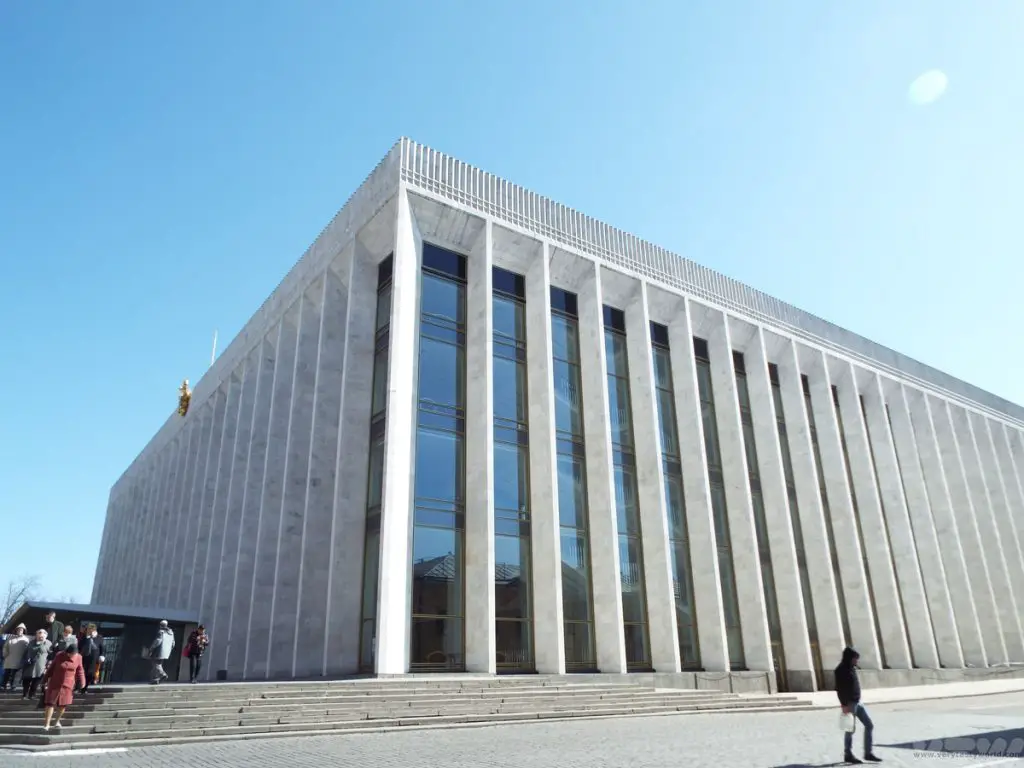
Two of the most popular attractions are a cannon that has never been fired in a war and a bell that has never been rung.
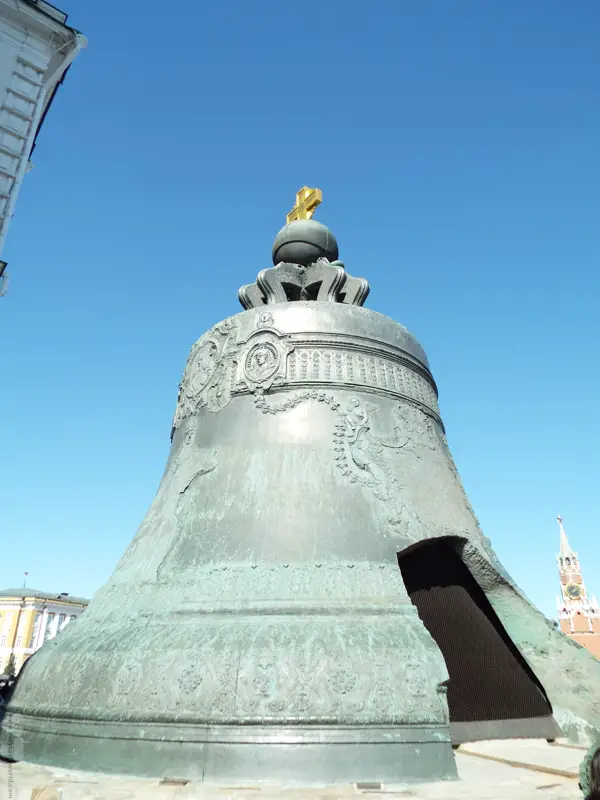
The Tsar Bell, the largest bell in the world, is also made of bronze but developed a large destructive crack and its sound has never been heard.
The Tsar Cannon was cast in 1586 by Andrey Chokhov who was renowned for his work with bronze. It was never used in a war and is largely symbolic. (Although there is apparently some evidence to suggest that it has been fired once.)
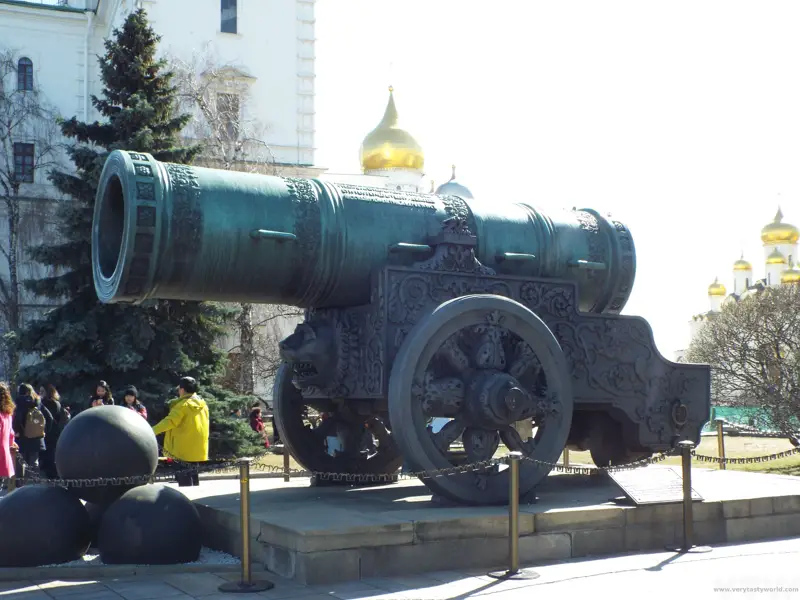
Cathedral Square is the most beautiful area of the Kremlin; it’s surrounded by a number of buildings, including three cathedrals.
The Cathedral of the Dormition was where all the Tsars were crowned and is considered to be Moscow’s primary church. It was designed by Aristotele Fioravanti and completed in 1479.
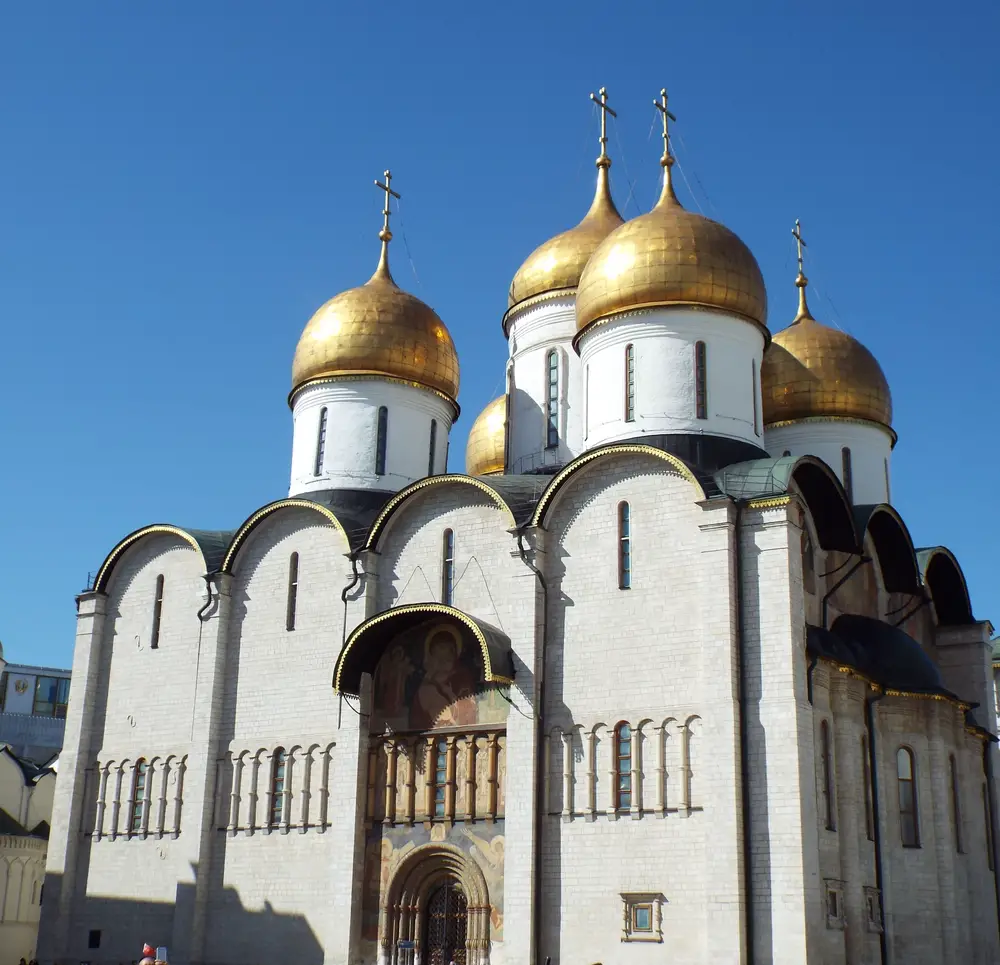
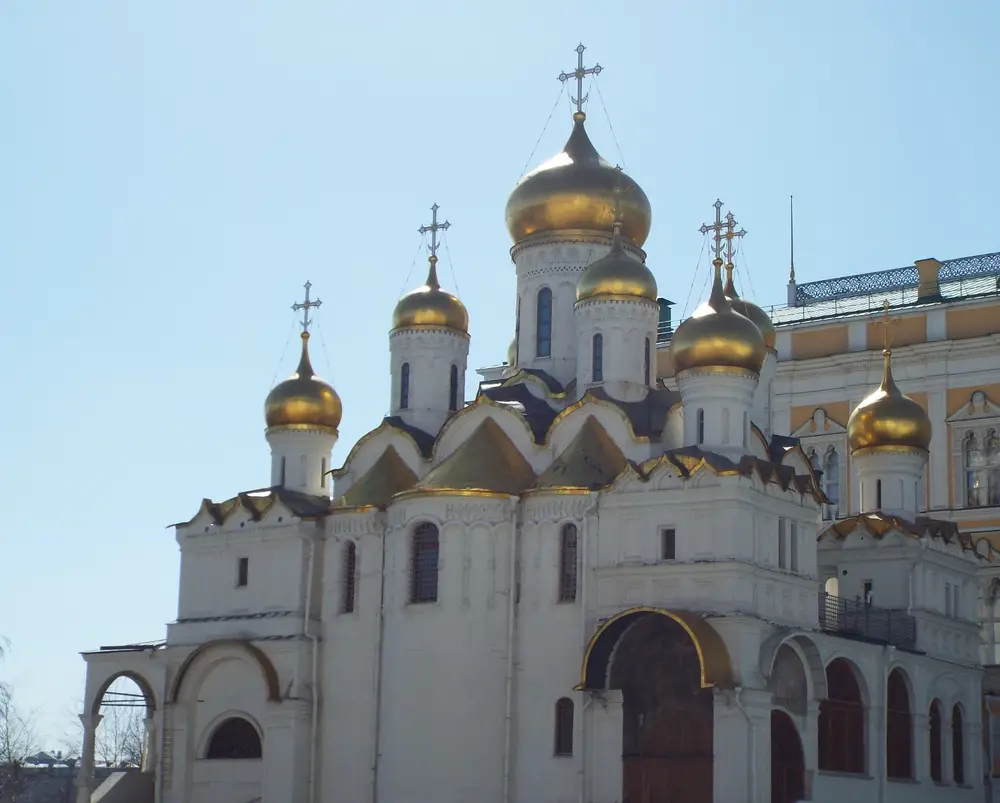
The Cathedral of the Annunciation was completed in 1489 but was reconstructed over the years.
The Cathedral of the Archangel Michael was constructed later, in 1508.This contains the final resting places of most of the Muscovite monarchs from the 14th Century until Peter the Great moved the Russia’s capital to St Petersburg.
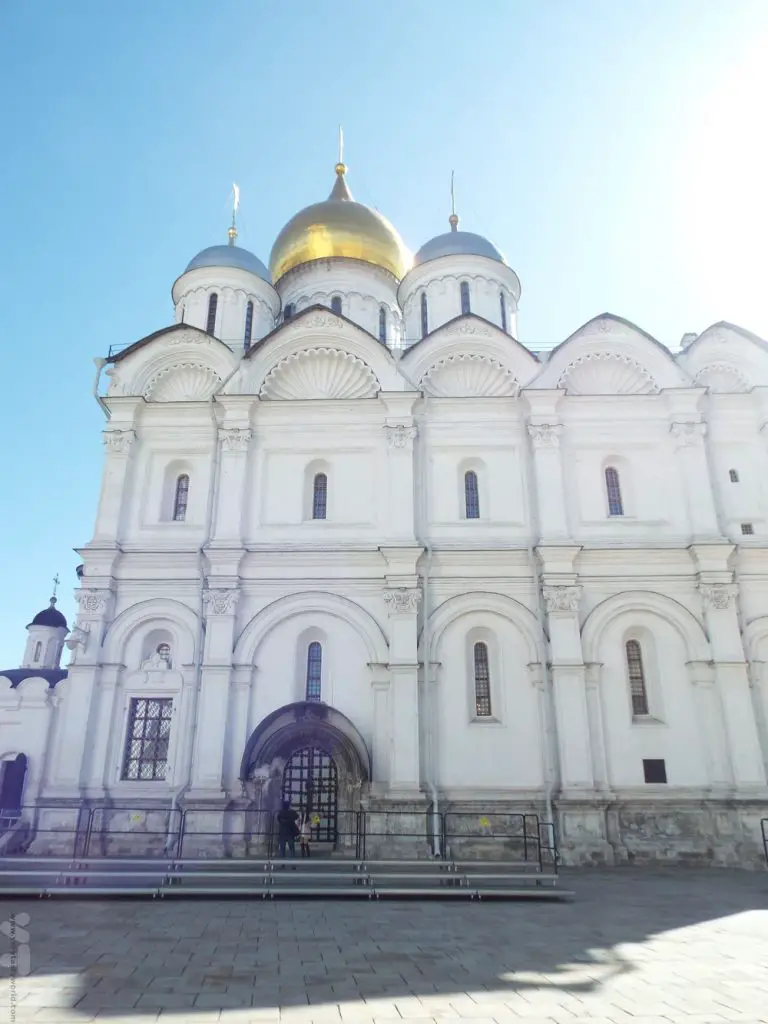
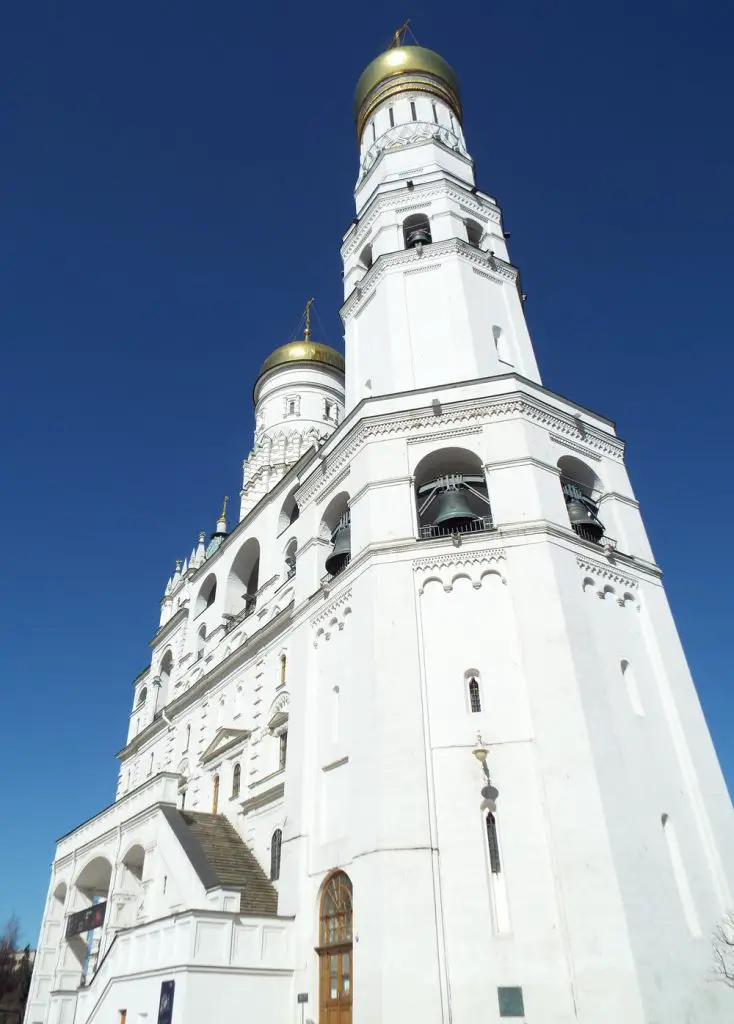
The Ivan the Great Bell Tower, located next to the Tsar Bell, reputedly marks the very heart of Moscow, the precise centre of the city. It is 81 metres high (it was the tallest building in Moscow until the Russian Revolution) and was completed in 1600. It was commissioned by by Grand Duke Ivan Kalita, the Grand Duke of Moscow from 1325.
Around the corner from Cathedral Square are further buildings, including the Arsenal and the Armoury buildings.
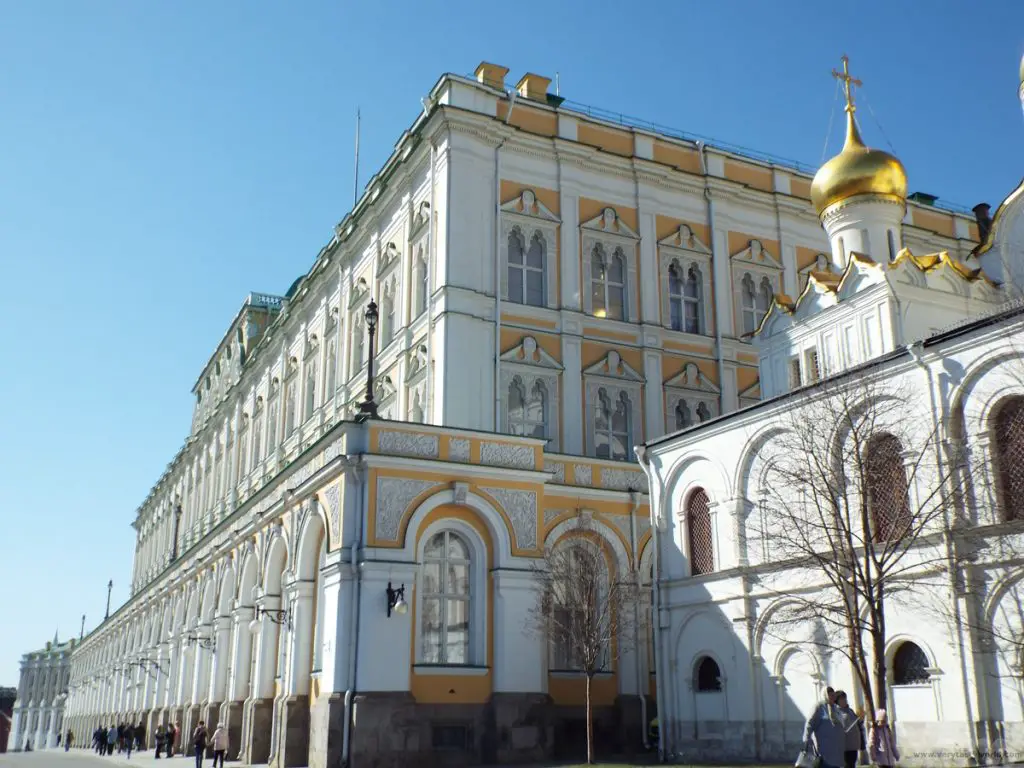
The latter is a museum which contains a plethora of objects from across Russia’s history. Of note is the collection of ten Fabergé eggs, the largest single collection of these jewelled Imperial eggs, Easter gifts from the Tsars to their wives and children. The eggs are astonishing in their design and intricacy and it was wonderful to be able to see them up close.
After our Moscow tour we went back to the hotel for a short time to relax and grab a bite to eat at a local café, before being picked up late evening to be taken to the station for our train ride.
Day Four – Return to St Petersburg
We caught the Grand Express overnight and arrived at St Petersburg the following morning.
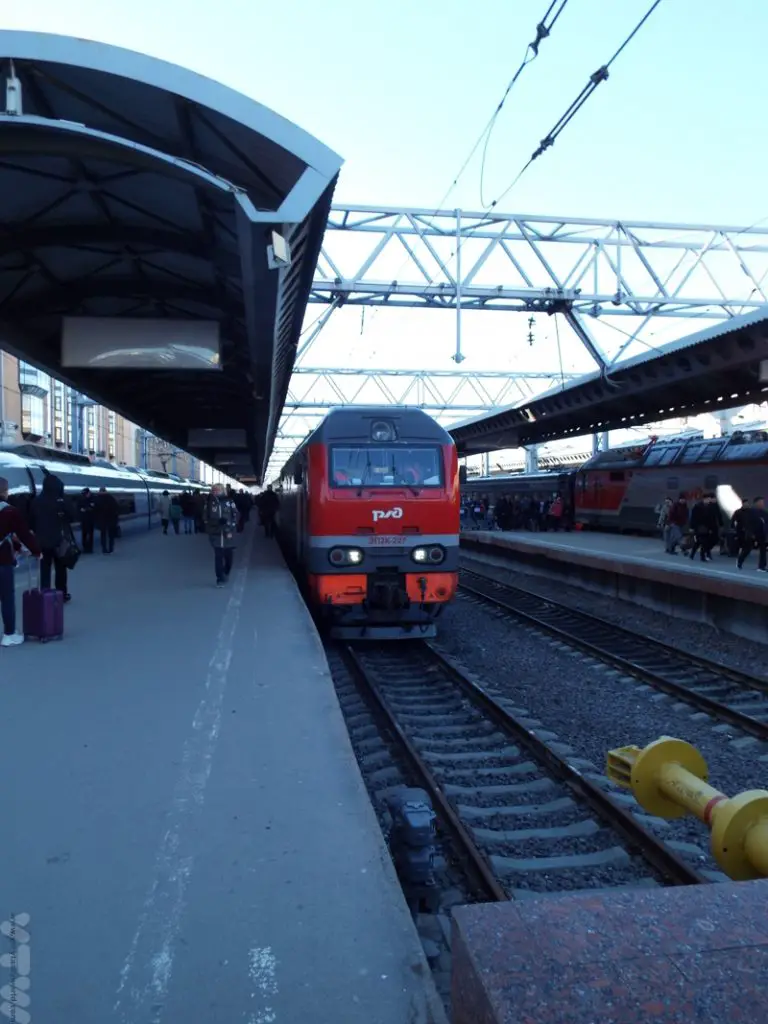
We visited the Church of the Spilled Blood, an Orthodox church, adjacent to the Griboedov Canal, which was constructed during the reign of Alexander III as a memorial to his father Alexander II, who was assassinated by anarchist conspirators on that very spot in 1881.
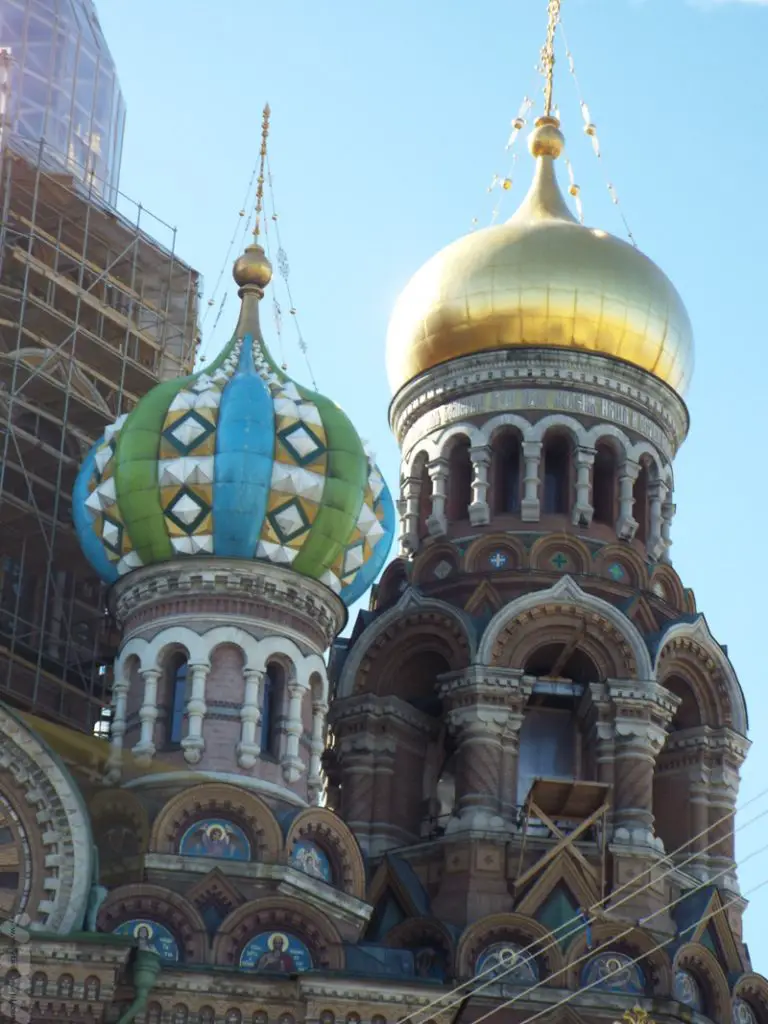
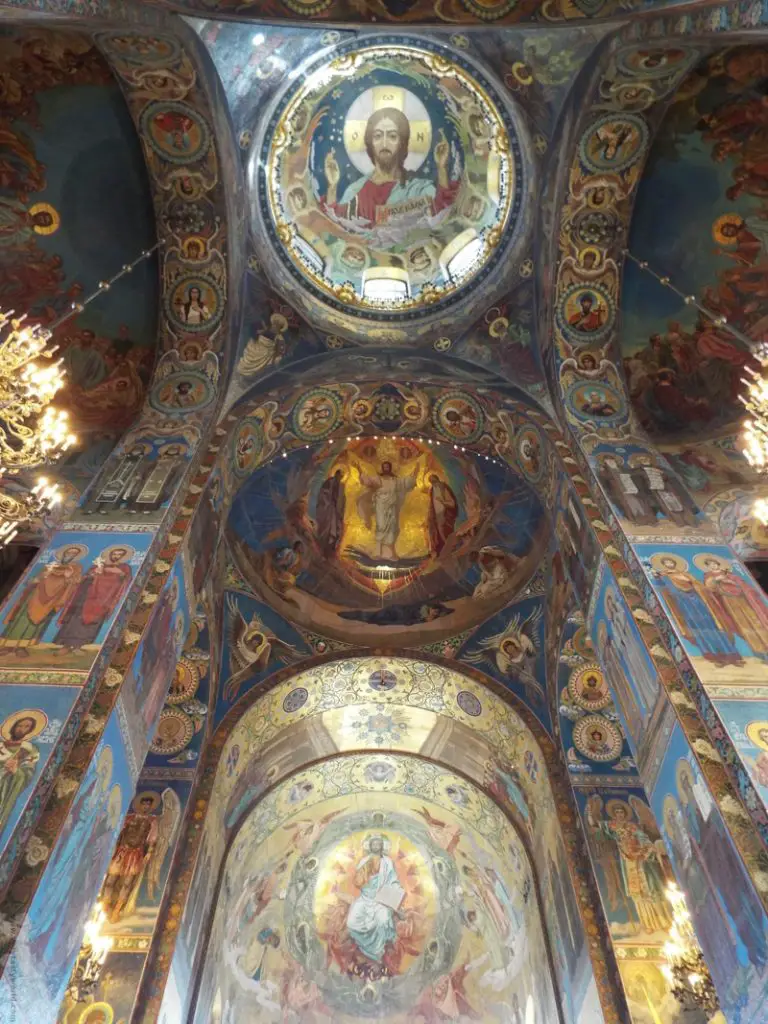
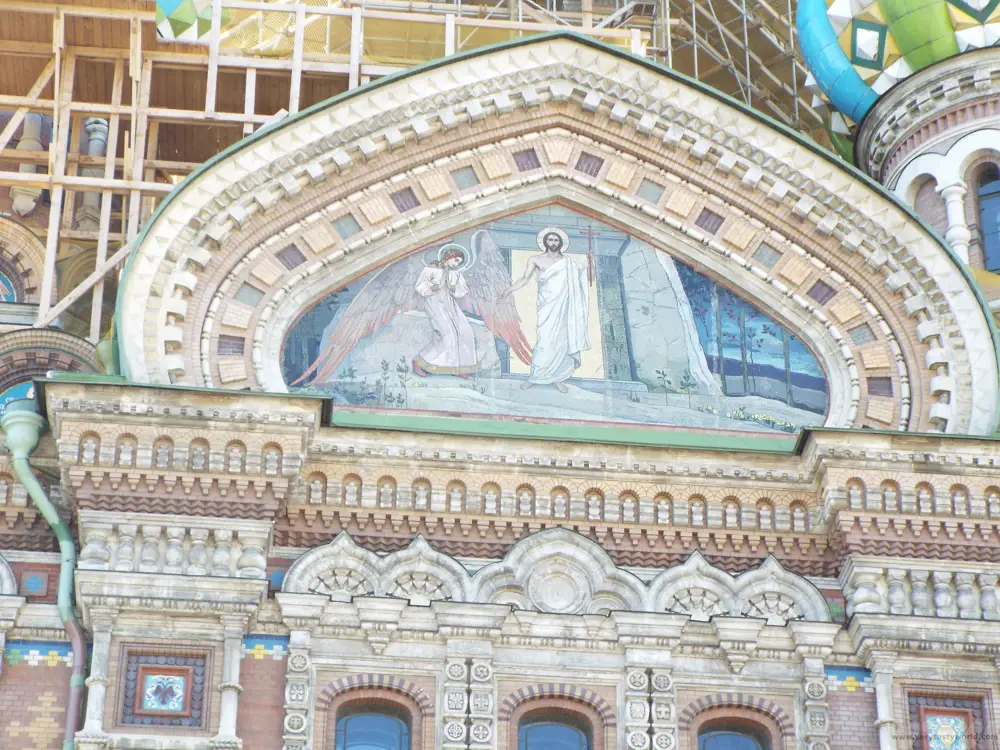
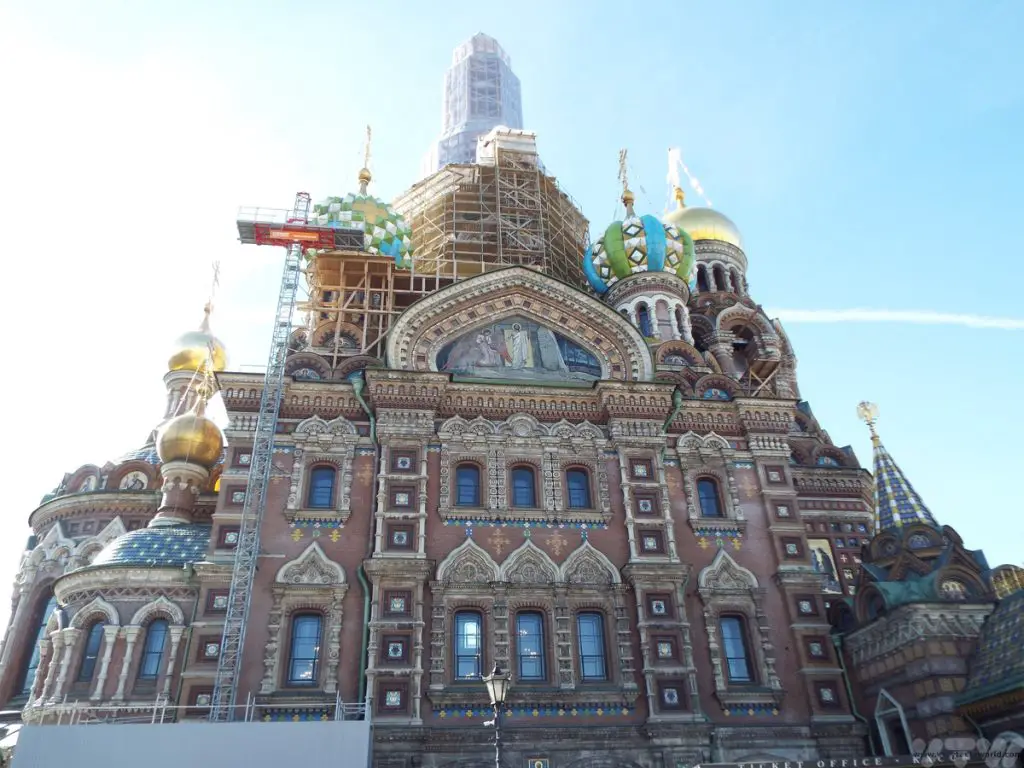
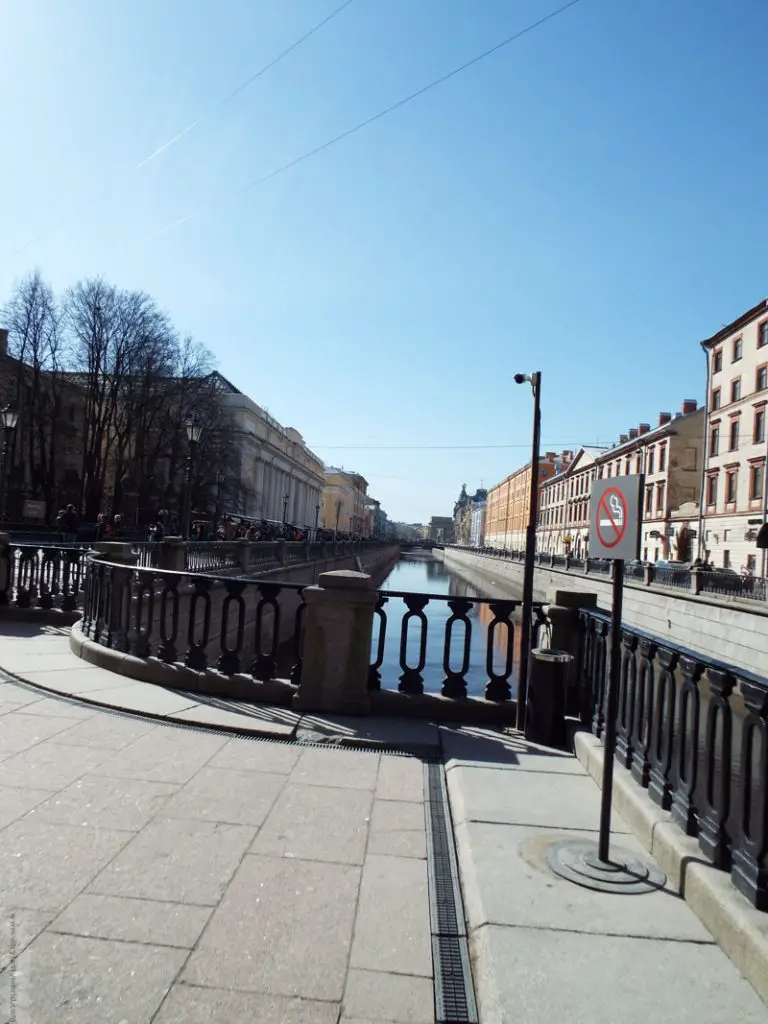
In order to construct the cathedral the canal needed to be narrowed so that the road that the Tsar had been driving on could be located inside the walls of the church.
Our final visit in St Petersburg was to the Hermitage Museum, one of the world’s most important art museums. It was a real treat to be able to spend time in this fascinating place.
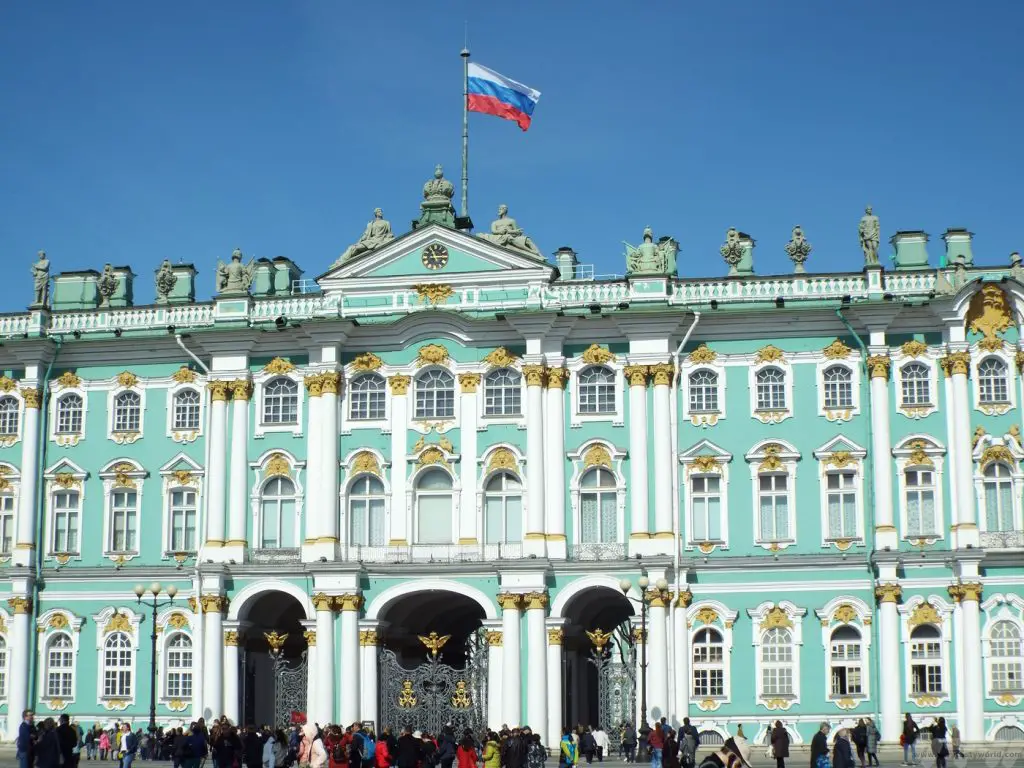
Because we had missed the boat ride a couple of days earlier, we had more time to spend inside this most magnificent of buildings. It is, apparently, the world’s largest art museum by gallery space and contains over three million works of art from some of the world’s most renowned artists. It’s not an understatement to say that you could spend days exploring it. It had occurred to us that we could do another visa-free trip and just spend the entire 72 hours inside the Hermitage.
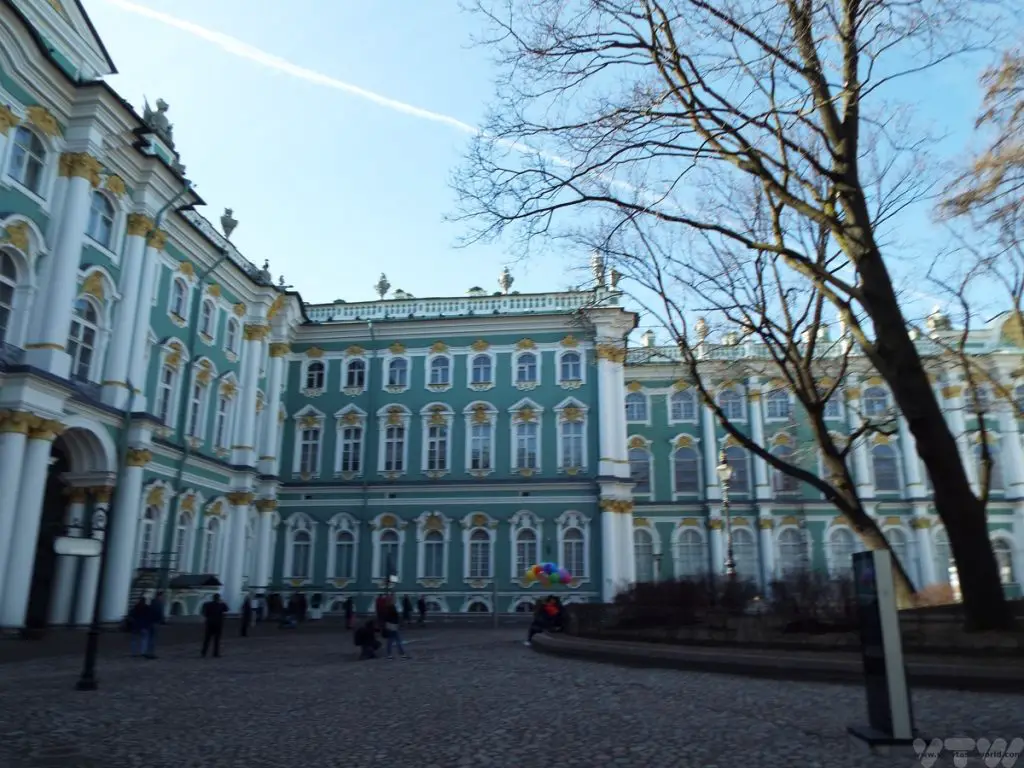
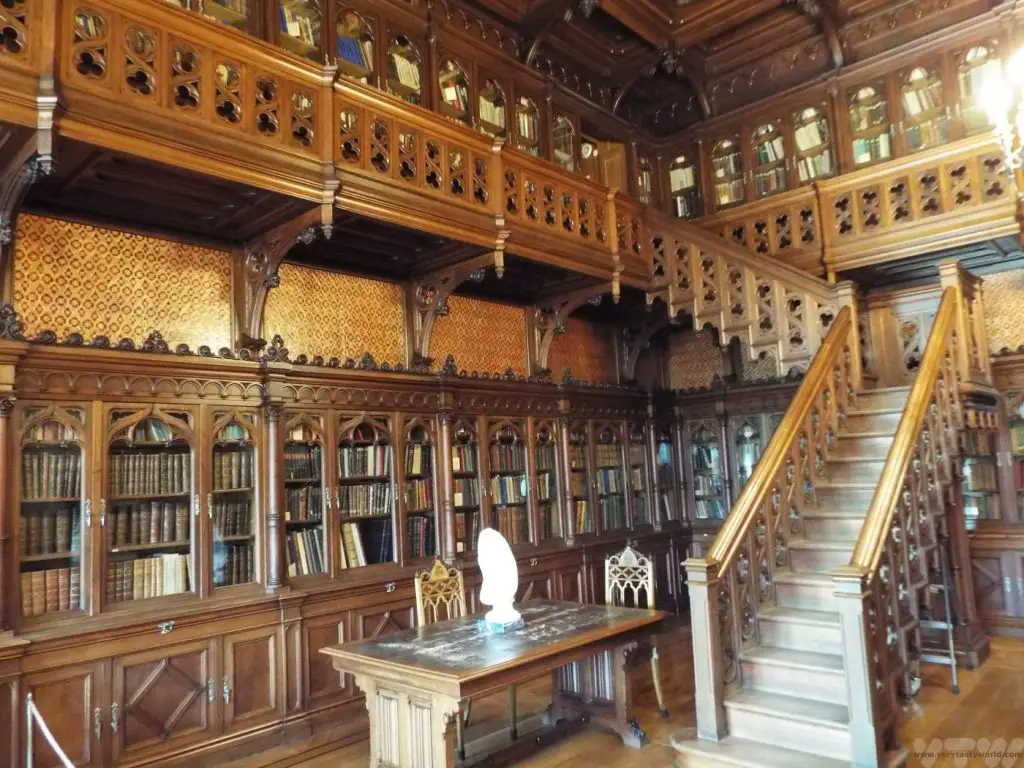
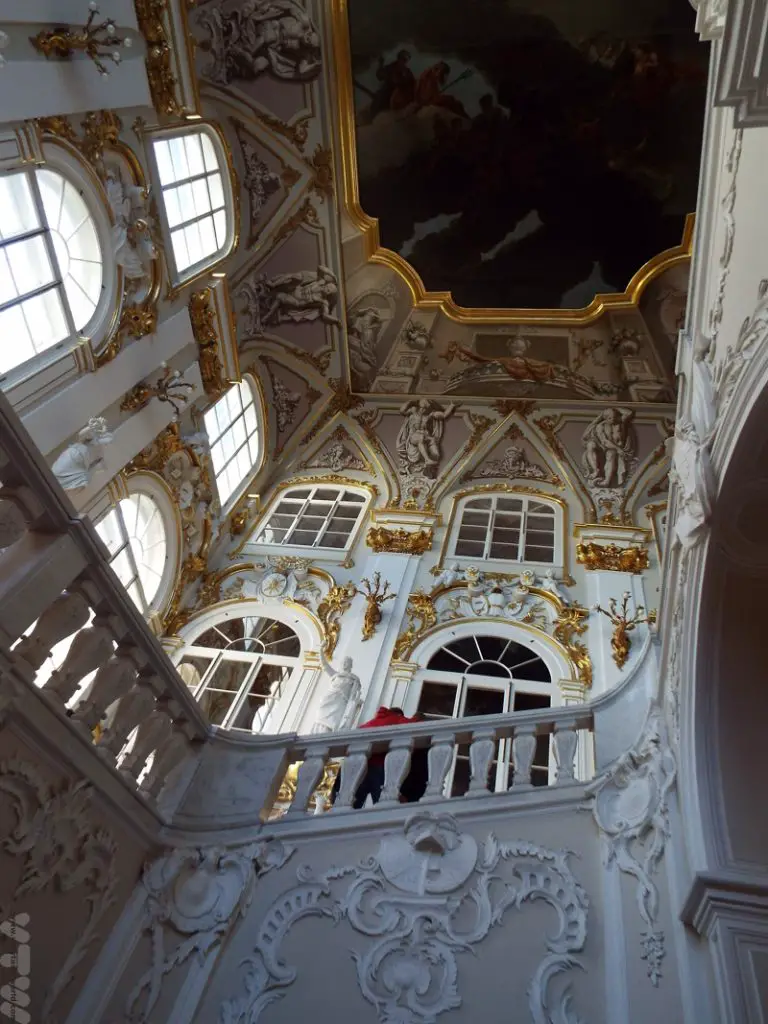
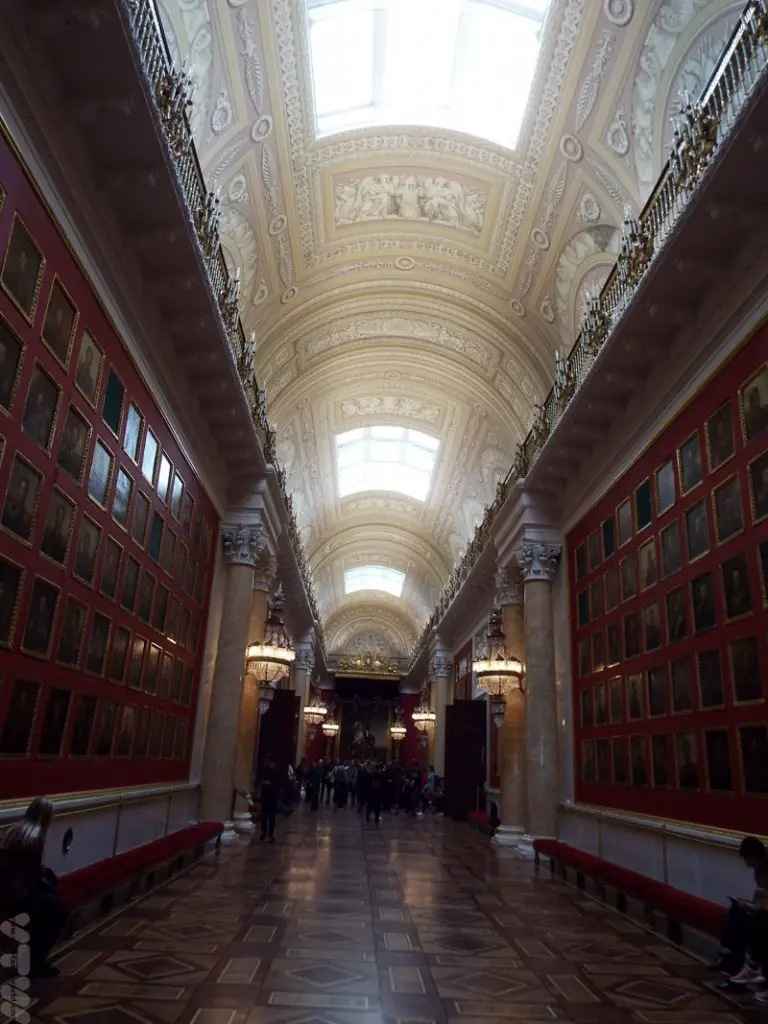
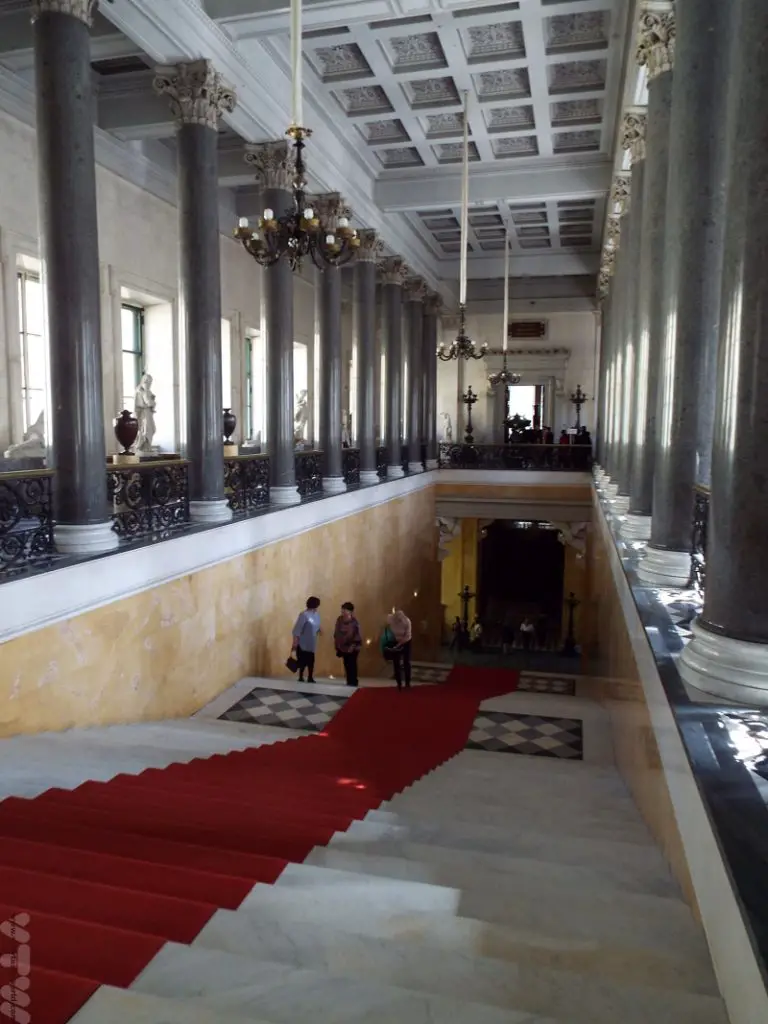
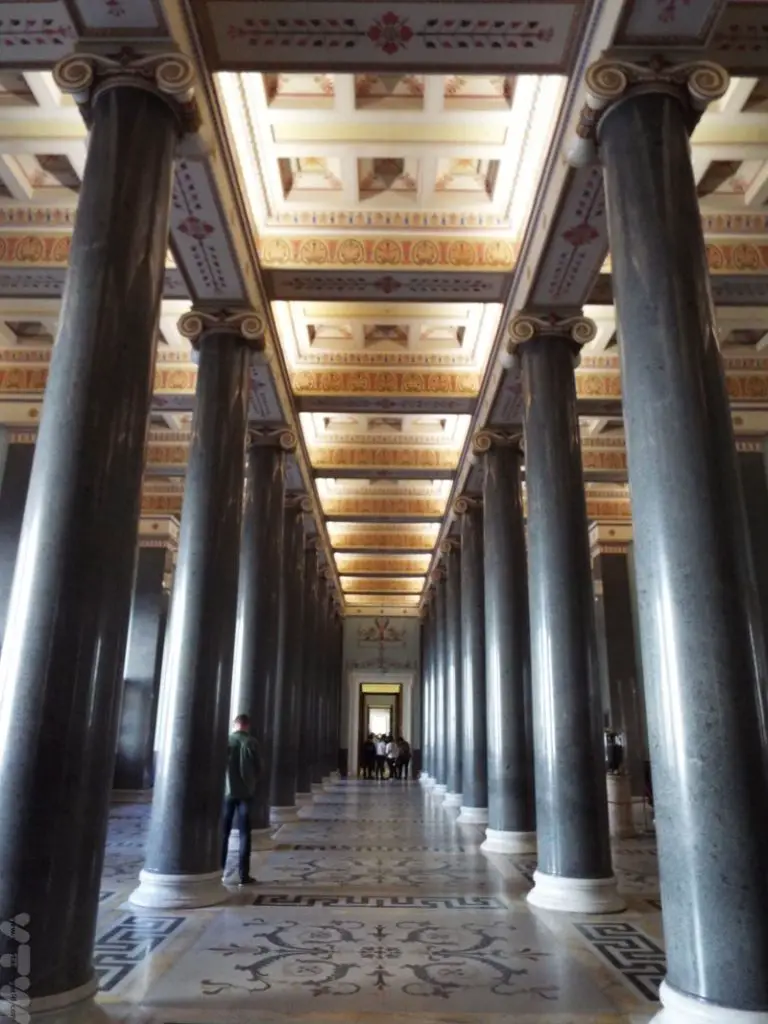
The collections occupy a large complex of six historic buildings along the embankment of the Neva river, including the Winter Palace, a former residence of Russian Tsars, commissioned by Empress Elizabeth Petrovna. It was Empress Catherine the Great who initiated an art collection in 1764 after purchasing a number of paintings from Johann Ernst Gotzkowsky. It seems as though what Catherine wanted, Catherine could purchase. The museum has been open to the public since 1852 and following the Revolution, the palace now houses works of art as well.
After a thoroughly wonderful few hours exploring the Hermitage the clock was ticking and our time in Russia was running out. We were whisked back to the port to board Princess Anastasia to return to Helsinki.
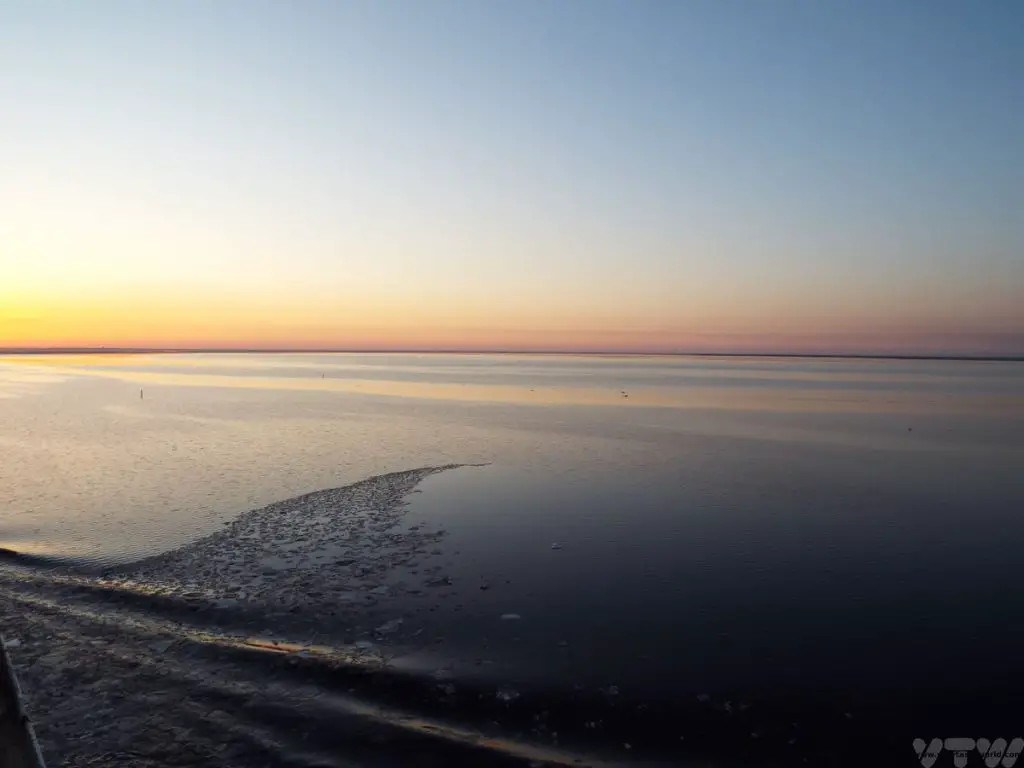
Day Five – Finnish Where We Started
We arrived in Helsinki early in the morning and found our way back into the city via the efficient tram system. There was a restaurant in town where we could grab a light bite for breakfast. Our flight timings were such that we didn’t have too much time in Helsinki so we headed back to the airport via the train link and flew home.
This trip was one of the most intensive we have ever undertaken. But travelling to Russia visa-free was a fantastic opportunity to visit this most remarkable of countries which has such a rich history and so many treasures to explore.

Happy SinterKlaas – A Celebration of the Netherlands
Happy Sinterklaas! The Feast of Sinterklaas (a contraction of St Nicholas) is celebrated all across the Netherlands, and also in Belgium, on the 5th and 6th December. St Nicholas was the patron saint of children. While he has a similar appearance to that of Santa Claus (who is derived from Sinterklaas) with his red robes and fluffy white beard, his attire reflects St Nicholas’ historic occupation as the Bishop of Myra (now in modern-day Turkey) in the 4th century, so he wears a bishop’s mitre and holds a crosier.
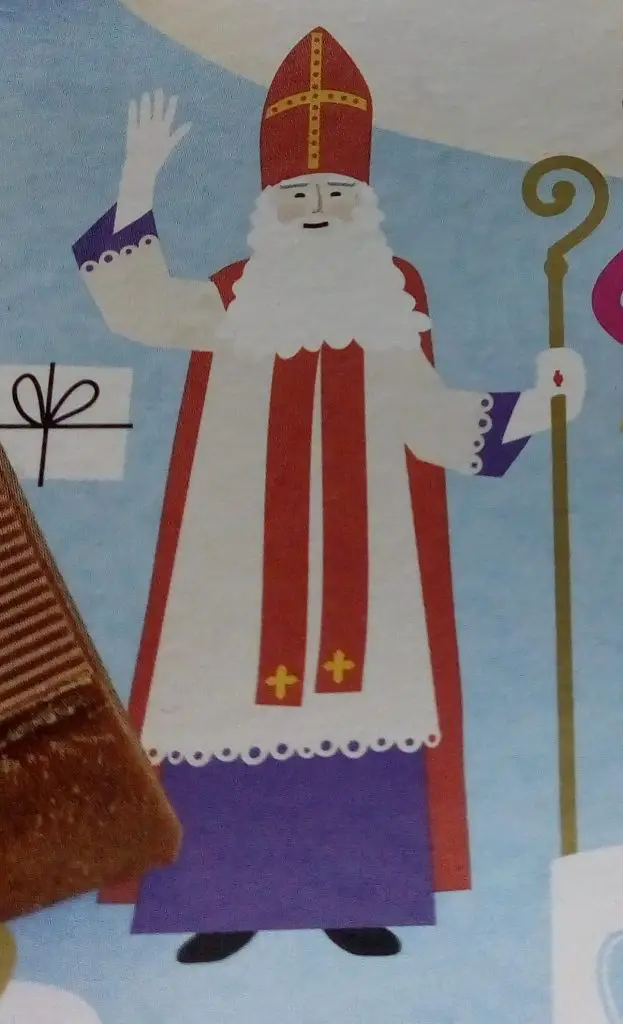
Like Santa, he knows which children have been naughty or nice, as he has all that information recorded in a big red book. Traditionally, nice children receive presents but naughty children were packed up in a sack and taken to Spain. Not-quite-naughty-but-not-quite-nice-enough children might have received a bundle of birch twigs or a lump of coal instead of presents in the past. But that doesn’t happen so much these days…
Festivities connected with Sinterklaas start in mid-November (on a Saturday, three weeks before the 5th December) when he ‘arrives’ on a boat from Spain – each time to a different port – and parades through the city on a white horse. Thousands of people turn out so see him and the event is televised. Sinterklaas’s helper is known as Zwarte Piet (Black Peter), in fact, multiple Pieten also join the parade and carry bags to throw sweets and other treats to children in the crowd. There has been some debate over the depiction of Piet in recent years in the Netherlands and he is Schoorsteenpiet (Chimney Pete), from the soot in the chimneys, in many cities these days.
Although there is an official arrival, most Dutch cities have a Sinterklaas parade. During the weeks that Sinterklaas is in the Netherlands tradition dictates that he rides over the rooftops and children put out a shoe with a treat for the horse, such as a carrot or sugar cube, by the chimney (or the radiator if there isn’t an open fire in the house). During the night Piet climbs down the ‘chimney’, takes the horse’s treat and replaces it with a present.
The 5th December is the day that Dutch people give each other gifts, rather than on Christmas Day, which is usually a time for a quiet family celebration. Known as pakjesavond after the Dutch word for present, the family will sit together and hear a knock at the door. Children will open the door to find a bag of presents for them. Older children and adults give gifts and also have a custom of writing irreverent poems to family and friends.
Happy Sinterklaas Sweets And Treats
Traditional sweets are pepernoten (mini biscuits), speculaas (spiced biscuits), marsepein (marzipan).
Pepernoten are little spiced biscuits made from rye flour and sugar with anise, cinnamon, and clove flavourings. Sometimes they are coated in chocolate.
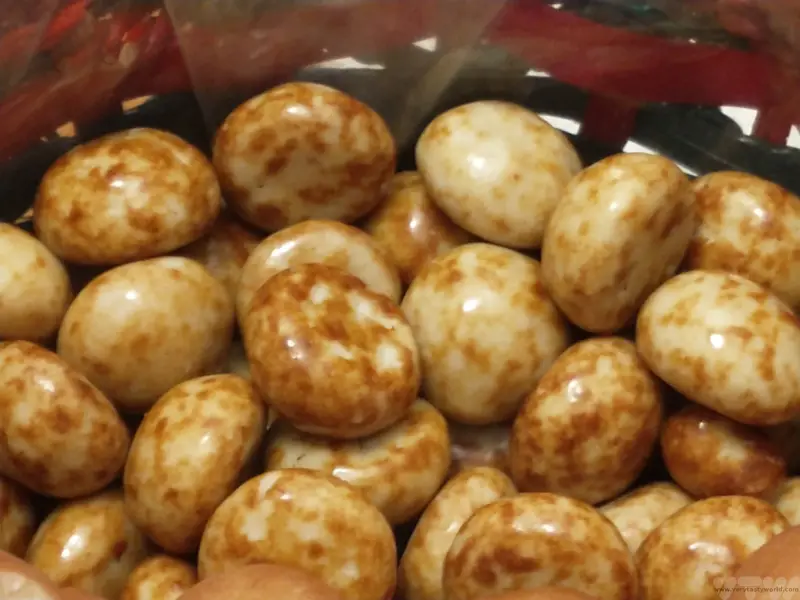
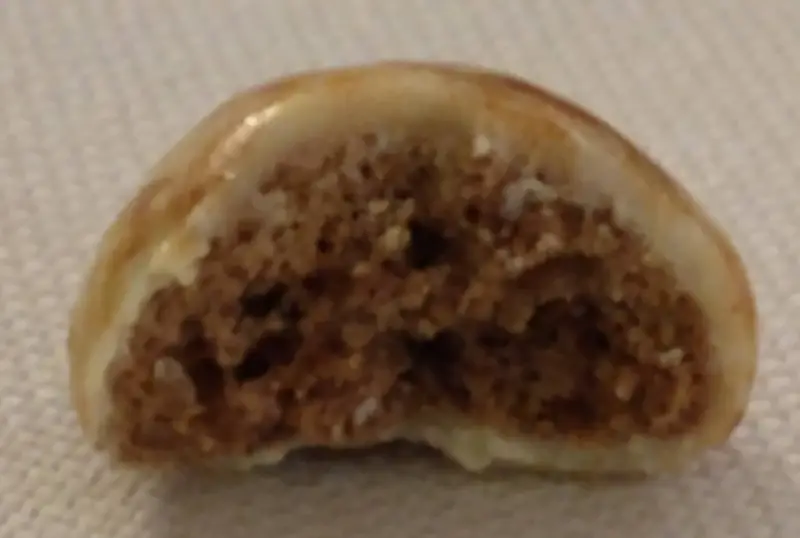
Dutch marzipan is awesome – it is often beautifully crafted in a variety of guises: marzipan fruits, a packet of pigs and even chips, presented Dutch-style, with (sugar) ‘salt’ and (white chocolate) ‘mayonnaise’.
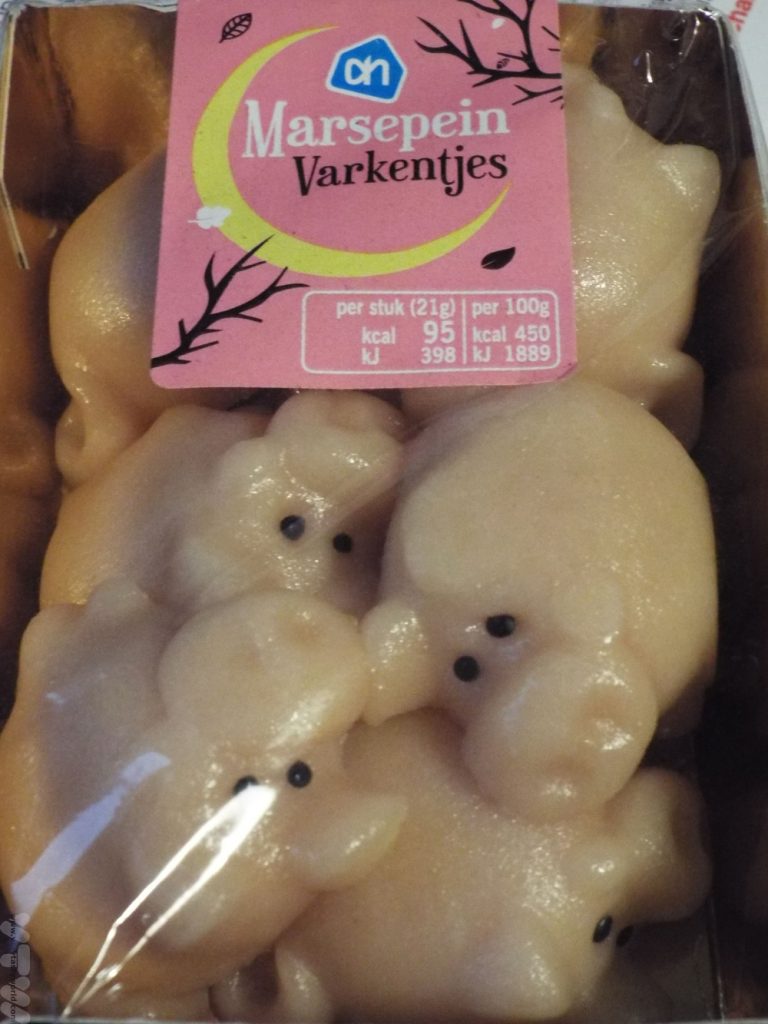
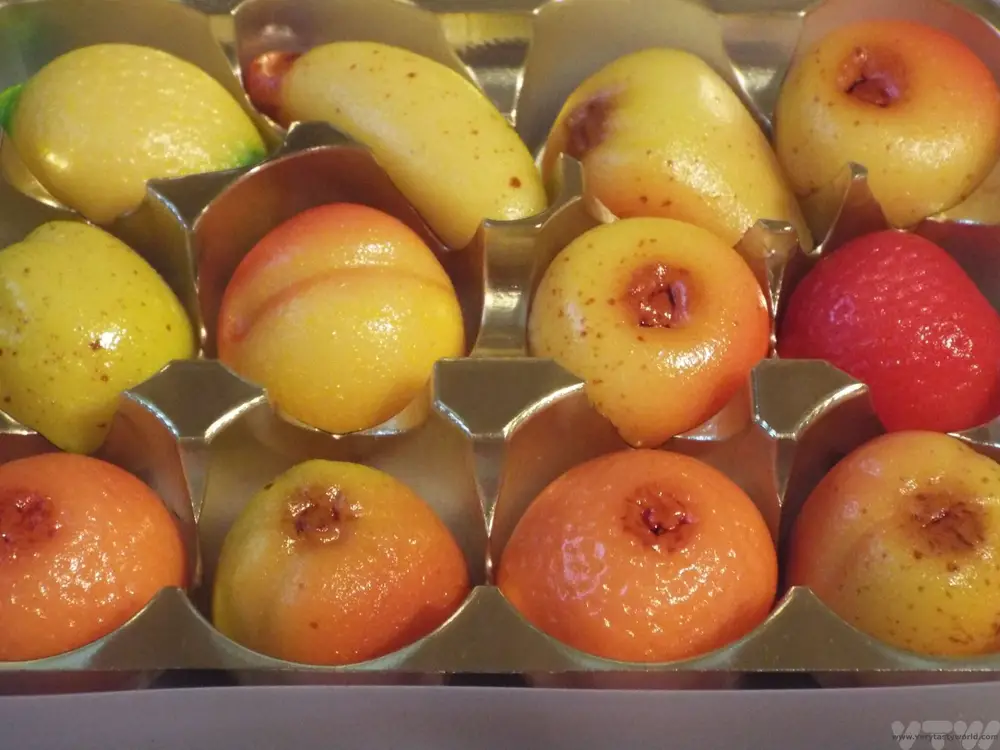
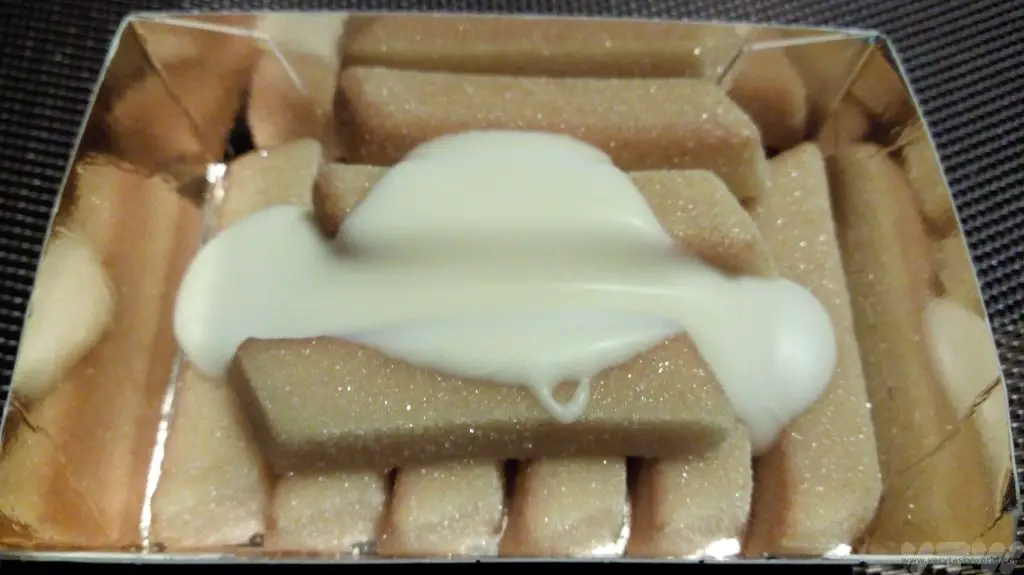
Best of all are the chocolate letters associated with Sinterklaas – it’s a massive bar of chocolate in the shape of the first letter of your name. You don’t have to worry if your name begins with an ‘I’ instead of an ‘W’ – you get the same amount of chocolate!
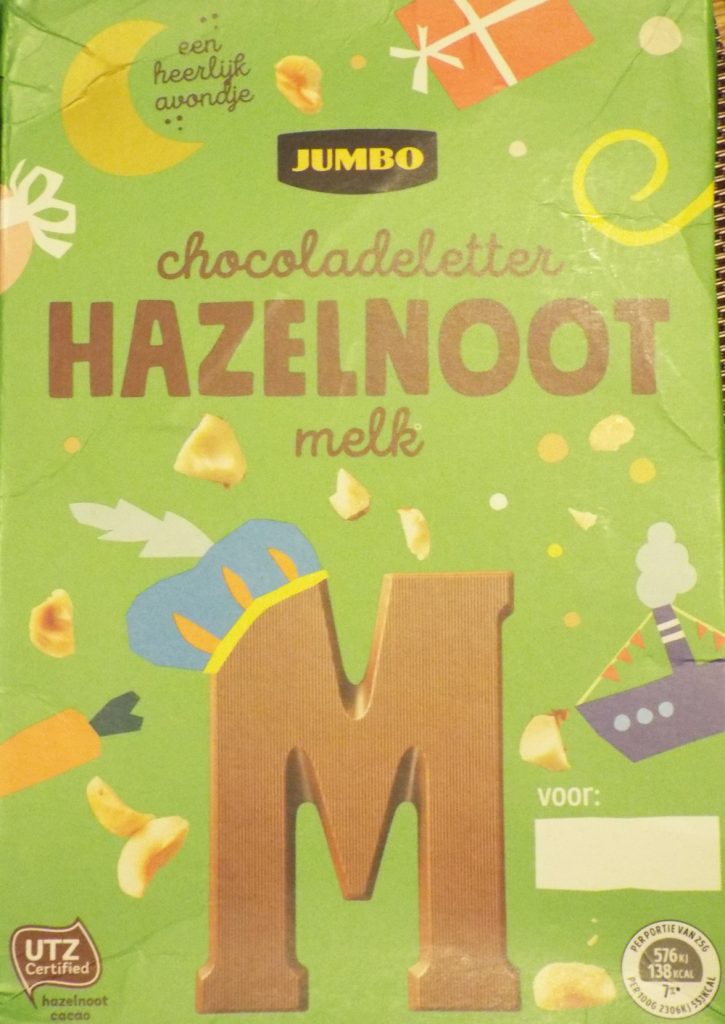
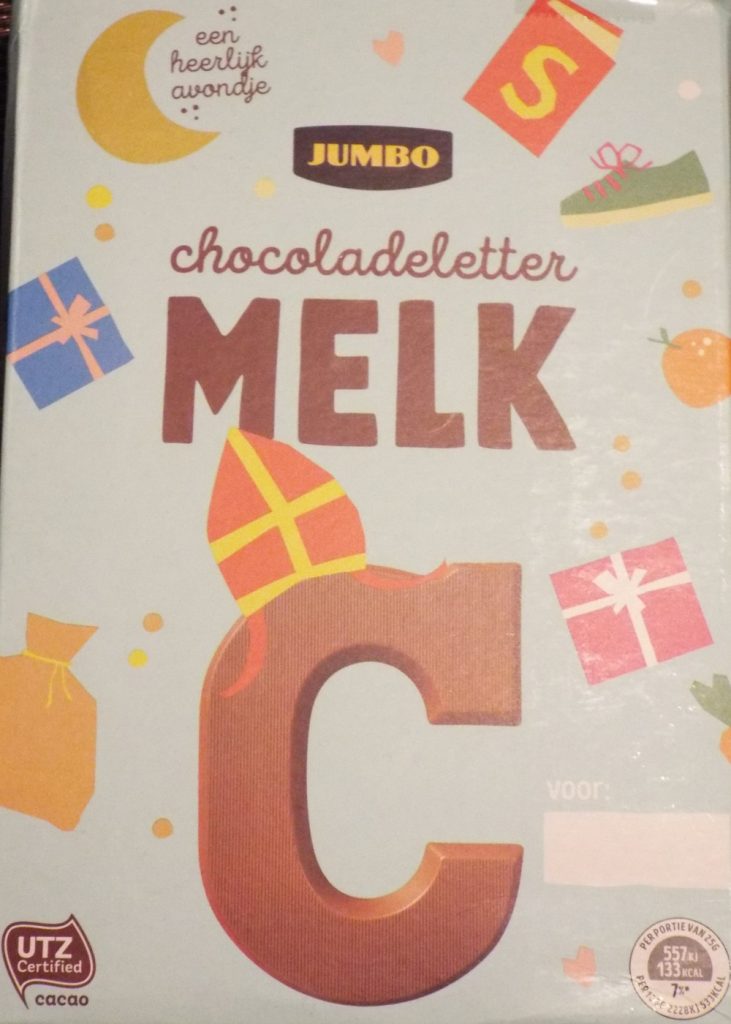
Colin is half-Dutch and has long enjoyed the tradition of Sinterklaas. And, no matter how old you are, somehow if Sinterklaas can post you a chocolate letter, your day is guaranteed to be filled with joy.
PS – Thanks, Mum!
Related Posts You May Enjoy

A Walk Around Alderney
Alderney is the third largest, or indeed, third smallest of the populated Channel Islands, an archipelago in the English Channel, which are closer to the coast of France than to England and a crown dependency of the UK. Alderney is a small island, around 8 square km, and has a population of just 2000 people. It is also very beautiful. One of the loveliest things you can do when visiting Alderney is to walk all the way around it. There are plenty of good footpaths and, although it can be a bit hilly in places, it’s an easy walk that affords the most splendid views all the way around.
Braye is the obvious place to start a walk around the island. If staying in the pretty town of St Anne, let gravity guide you to the beach along the main road, passing the railway station. Braye Bay is the largest bay on the island and is characterised by its breakwater, a construction that stretches about 1400m into the sea, shielding the harbour and beach from the treacherous currents of the Swinge tidal race. It’s a beach with a broad sandy area on the western shore and rockpools to explore at the eastern end. It’s possible to walk the length of the breakwater but make sure the weather is fine – it is dangerous to do so on a windy day as waves do crash over it. It can be spectacular during a storm.
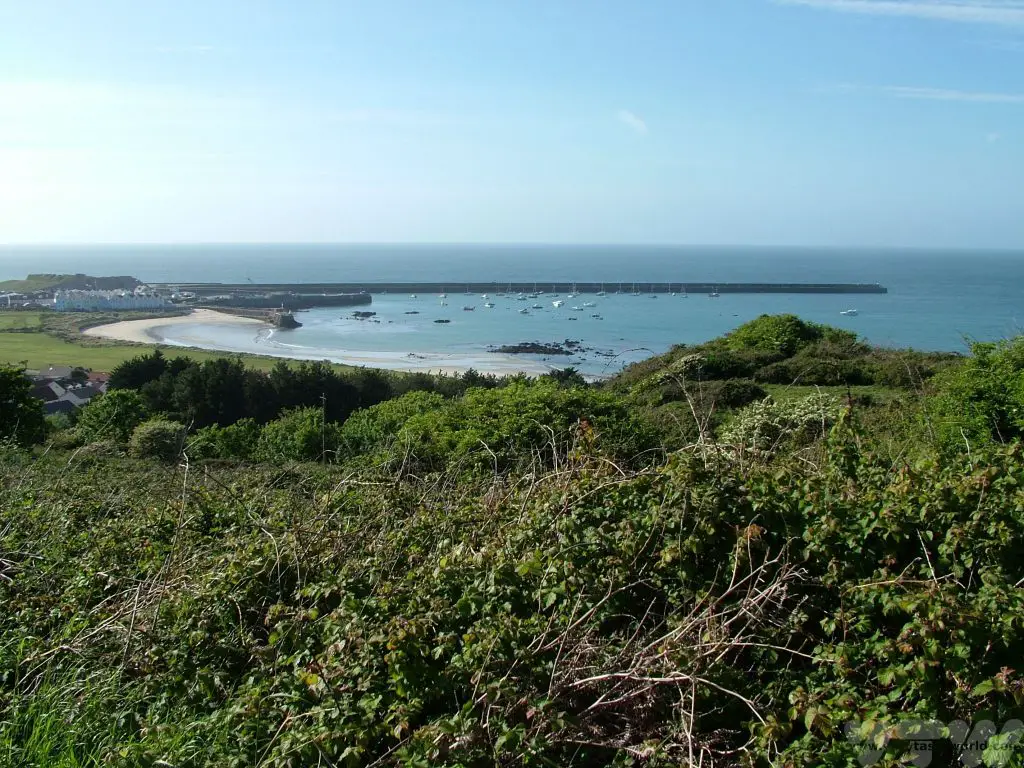
On an anti-clockwise tour, walking west, past the inner harbour and electricity generator station, lies the tiny rocky inlet Crabby Bay before the coastline stretches to the sand flats of Platte Saline. Despite its inviting appearance, the tidal currents are swift and it is not safe to bathe on this beach.
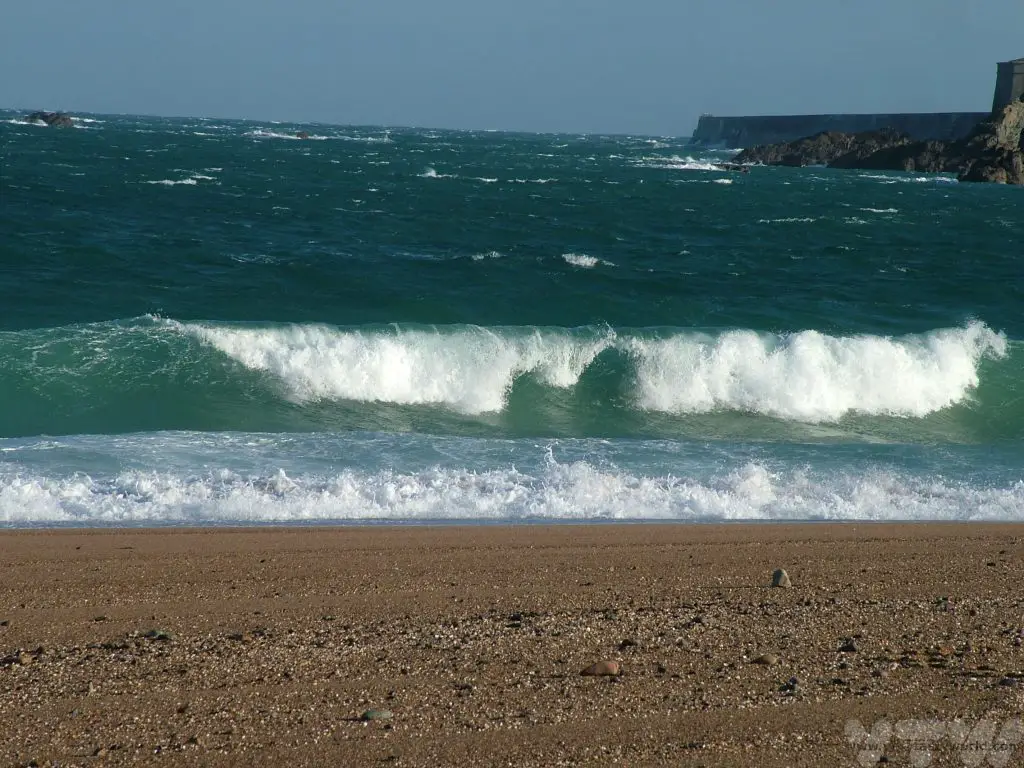
Heading towards Fort Tourgis, one of the many Victorian fortifications on the island, the coastline becomes rockier. Clonque (pronounced ‘clonk’) is a wonderful beach for walking and exploring. The bay overlooks the tiny uninhabited island of Burhou, a puffin colony, which is a protected site, and, further out to sea, the big oval rock Ortac, and Les Casquets with its automated lighthouse.
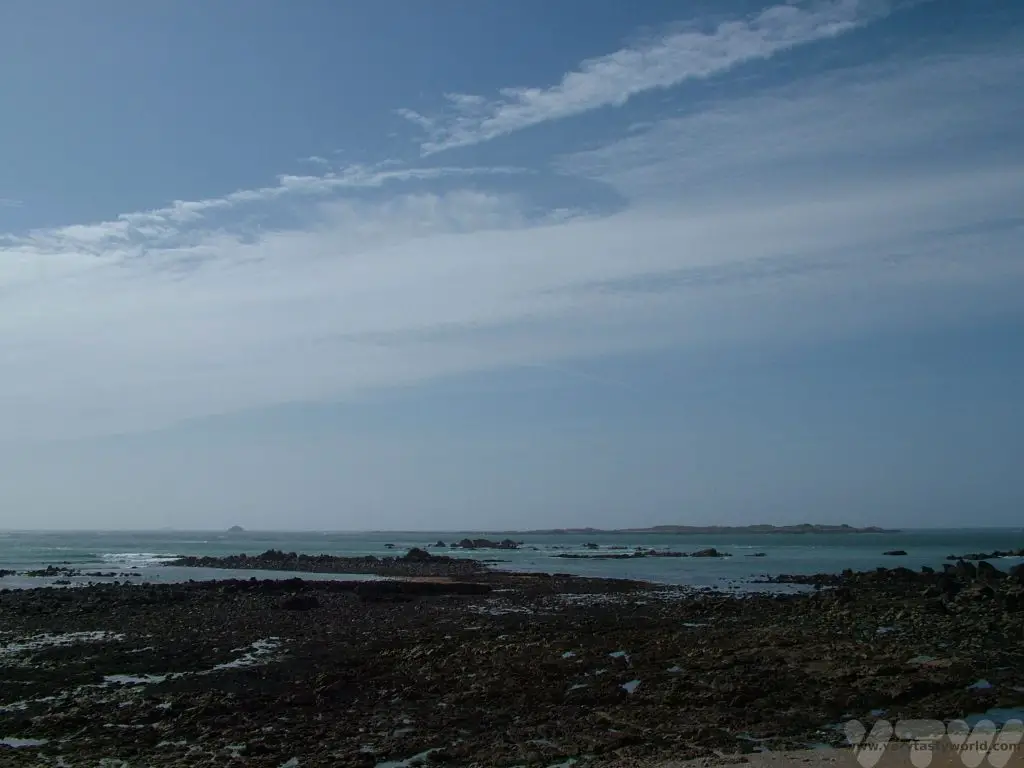
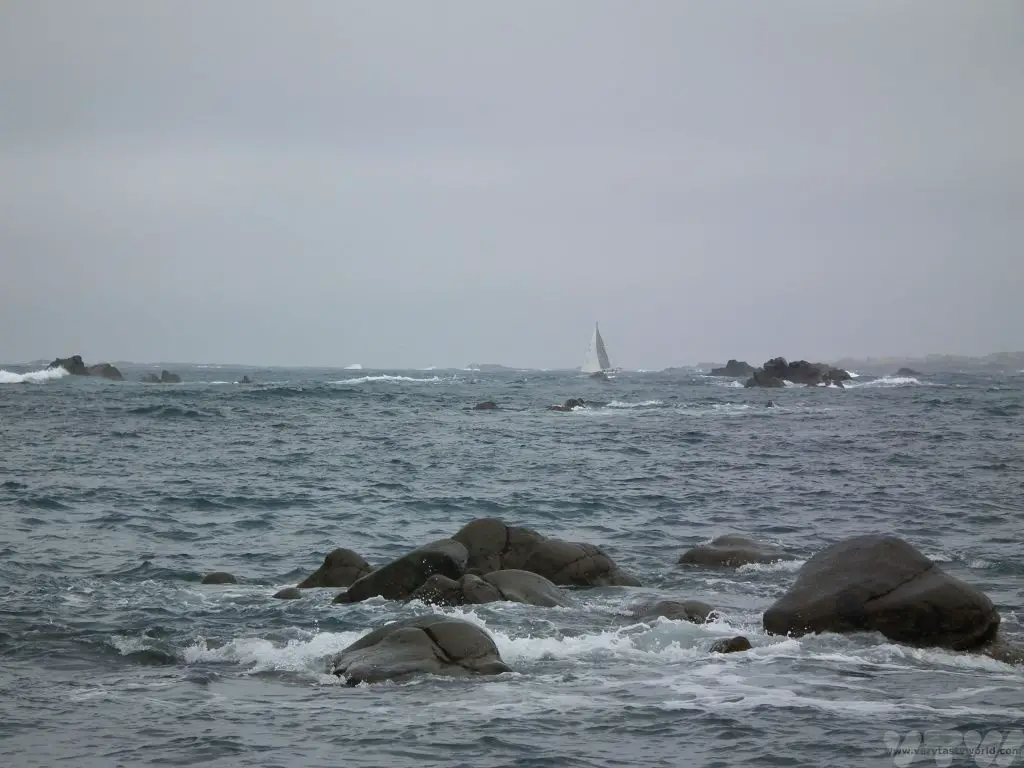
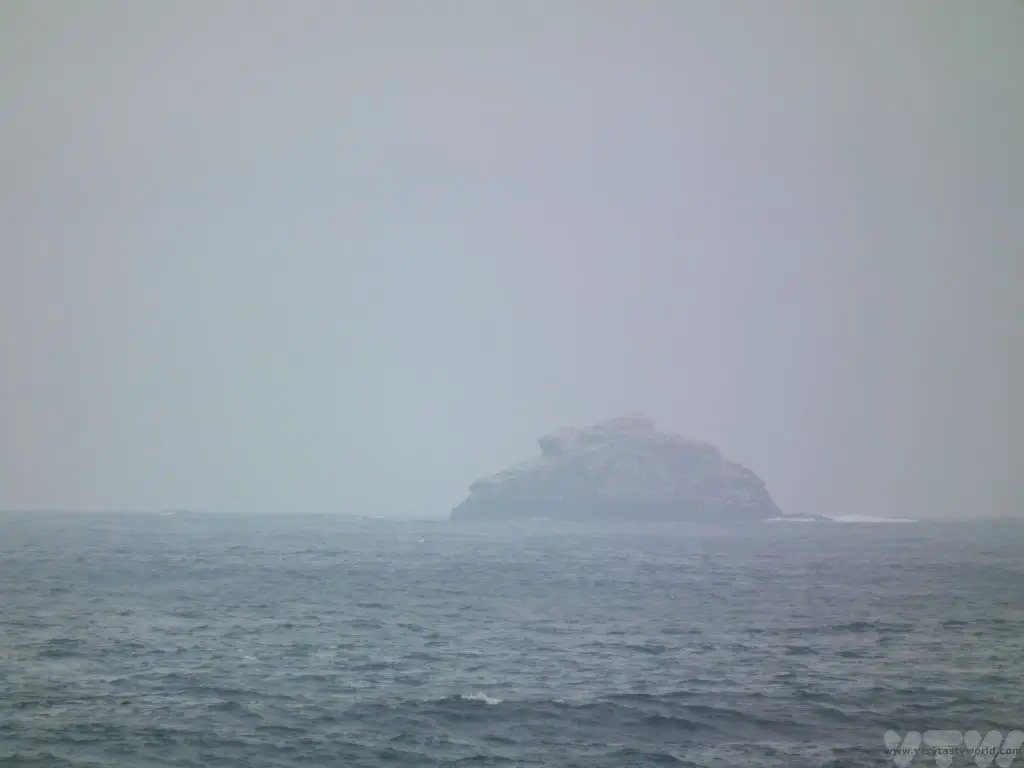
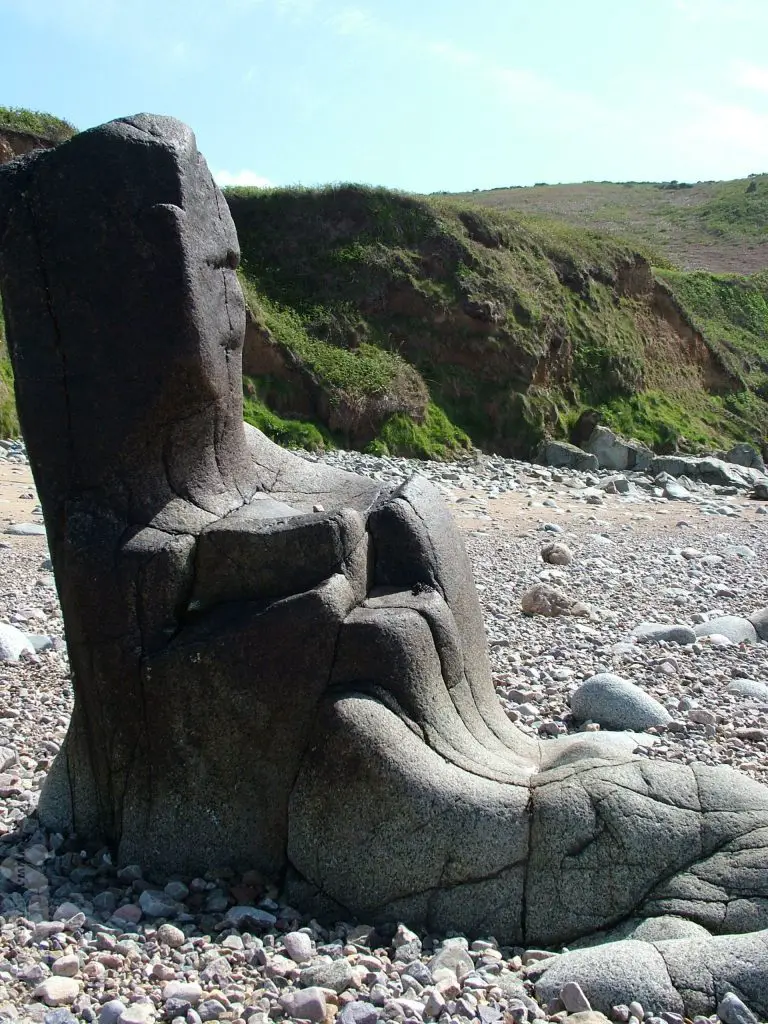
About two thirds of the way along the beach is a chair-like rock, known as the Monk’s Chair. Legend has it that a monk fought the devil there and, having vanquished his opponent, the monk sank onto the rock, whereupon it transformed into a chair to provide some comfort.
At the far end of the bay is Fort Clonque, another Victorian fort located on an island and accessed via a causeway, which is cut off from the main island at high tide. The property is owned by the Landmark Trust and it is possible to stay there. If you are travelling with a large group (it can sleep up to 13 people) it represents really good value and is a tremendous place to stay.
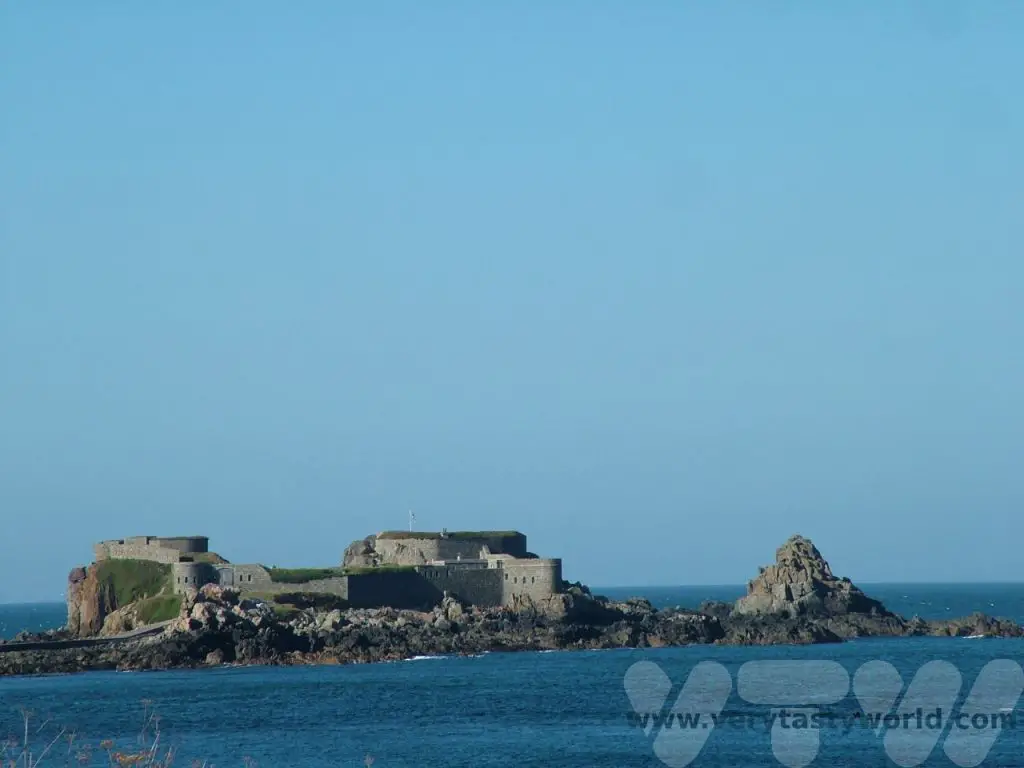
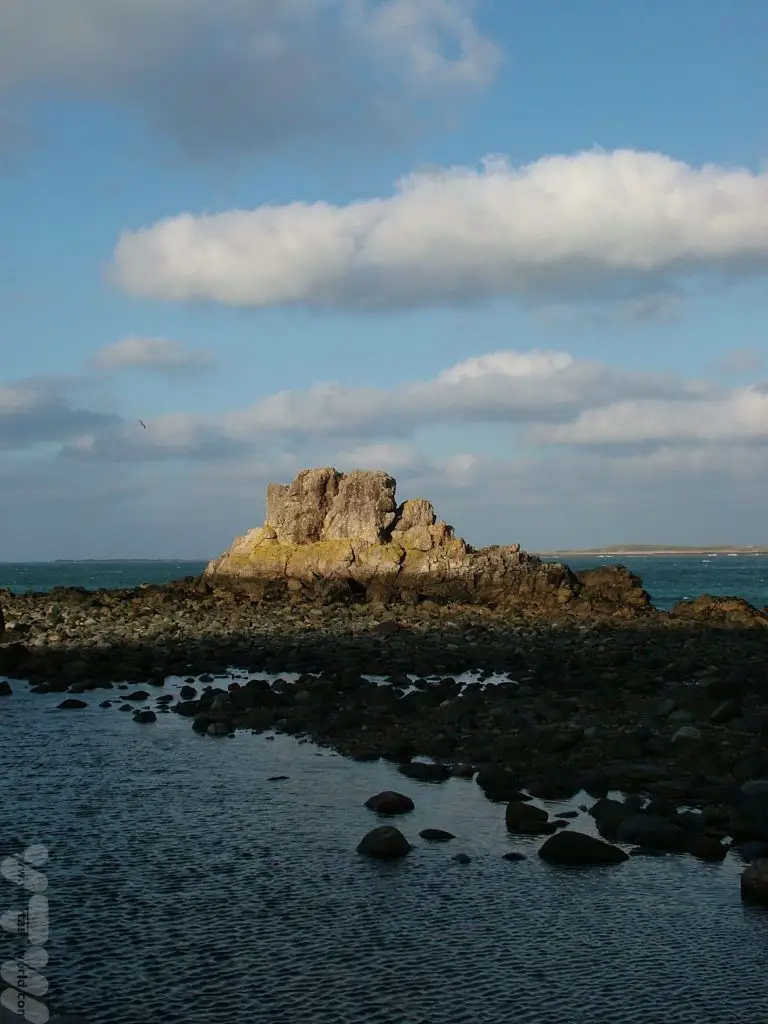
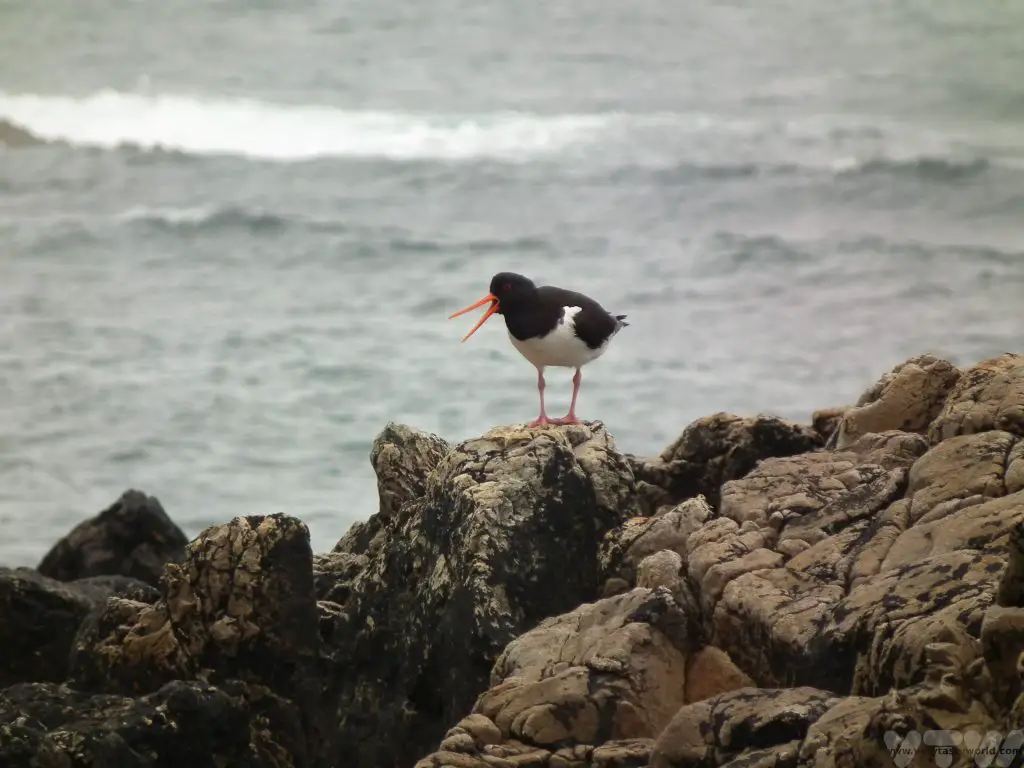
A Walk Around Alderney – Along The Cliffs
Continuing the walk around Alderney The terrain climbs rapidly and it is not possible to continue along the shoreline, so following a zig-zag up to the south-west end of the island it is possible to walk along the top of the windswept cliffs. Along the Giffoine you can look out to the Garden Rocks where a noisy gannet colony has made its home.
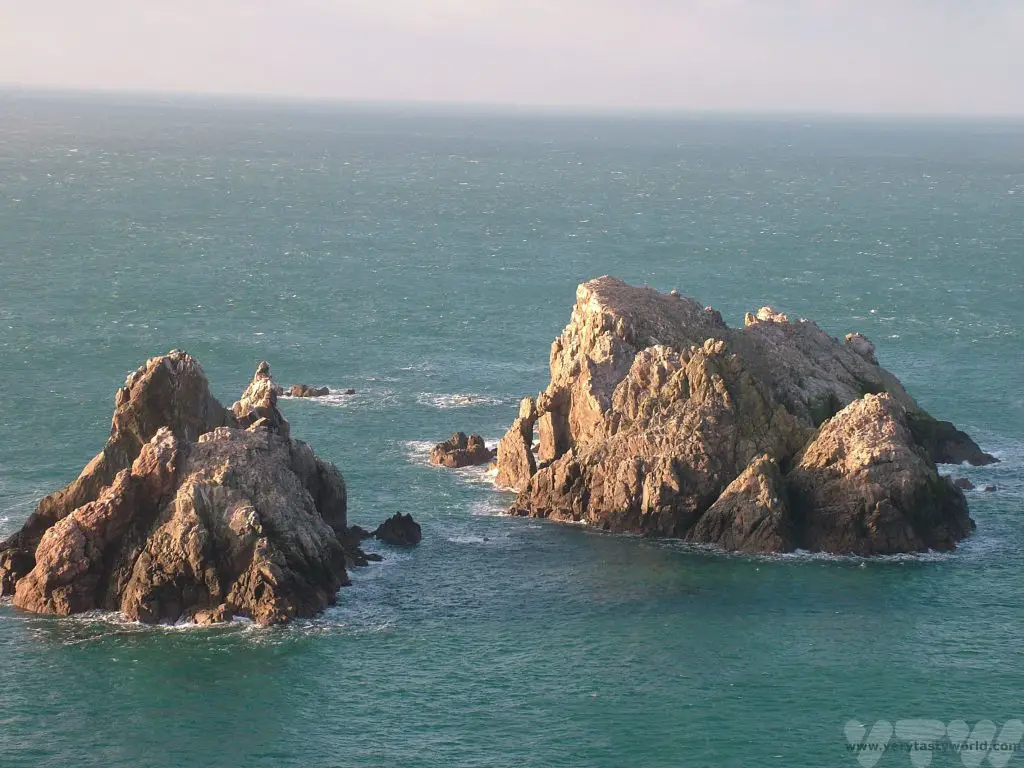
In this area there are several German fortifications from World War 2 when the island was occupied during the war and the local people evacuated. (The larger islands Jersey and Guernsey were also occupied and the residents remained under Nazi rule for five years.)
A walk along the undulating paths of the south coast is always a delight especially in spring and summer when the flowers are in bloom and the area is scented with the coconut smell of gorse.
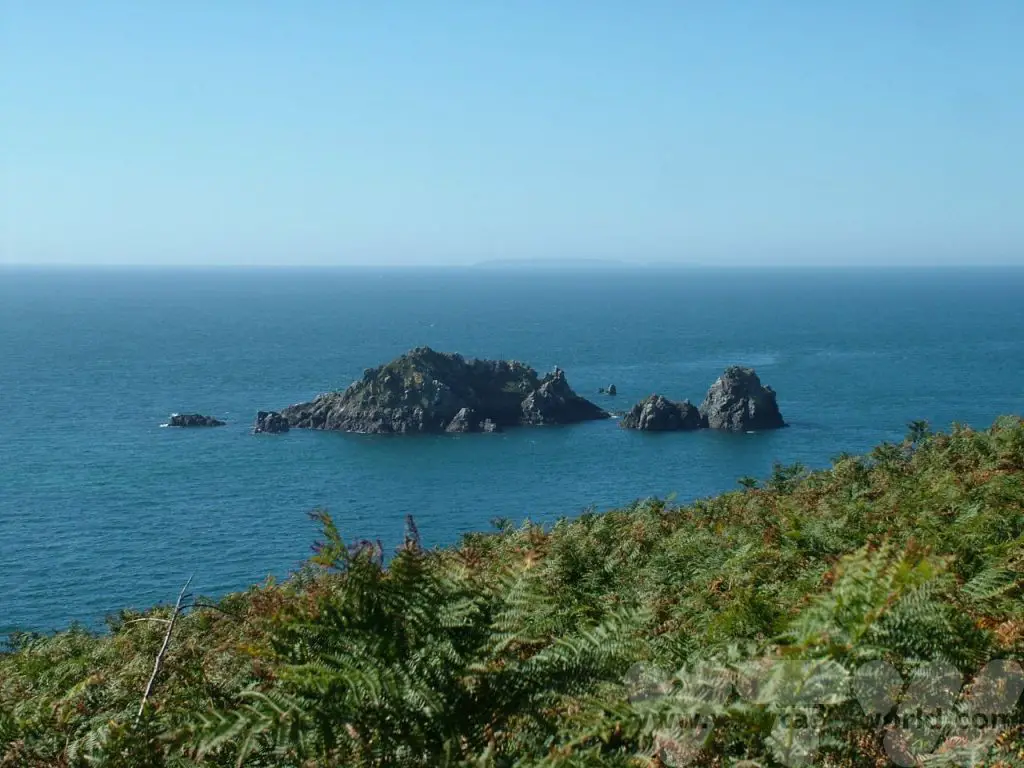
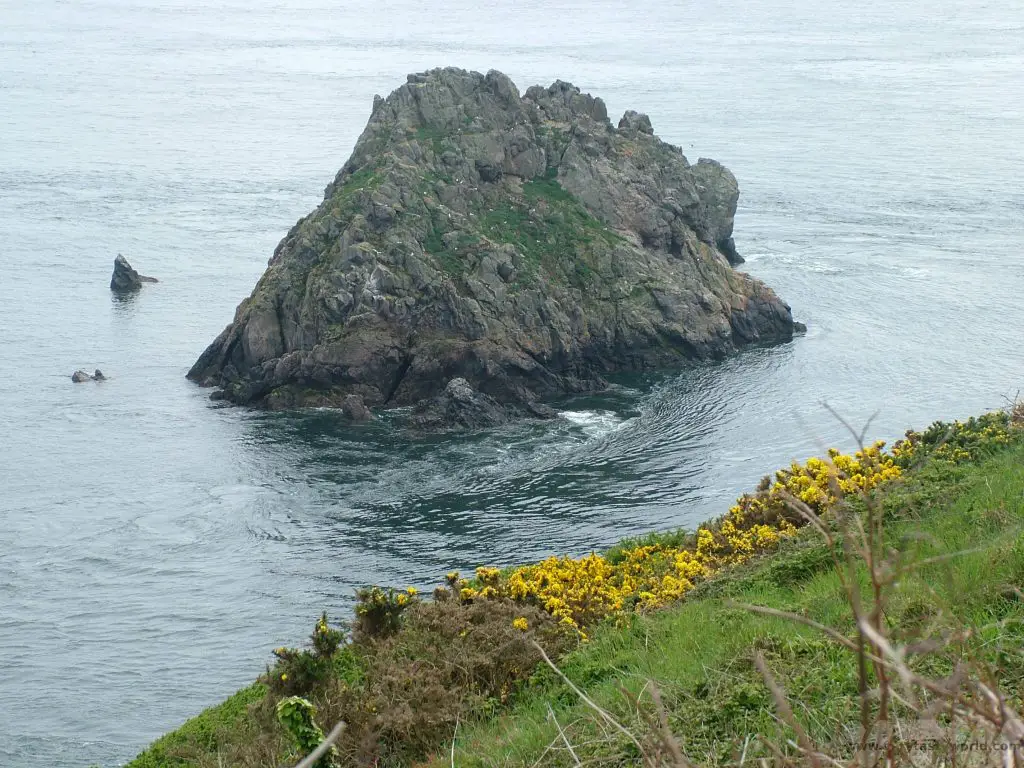
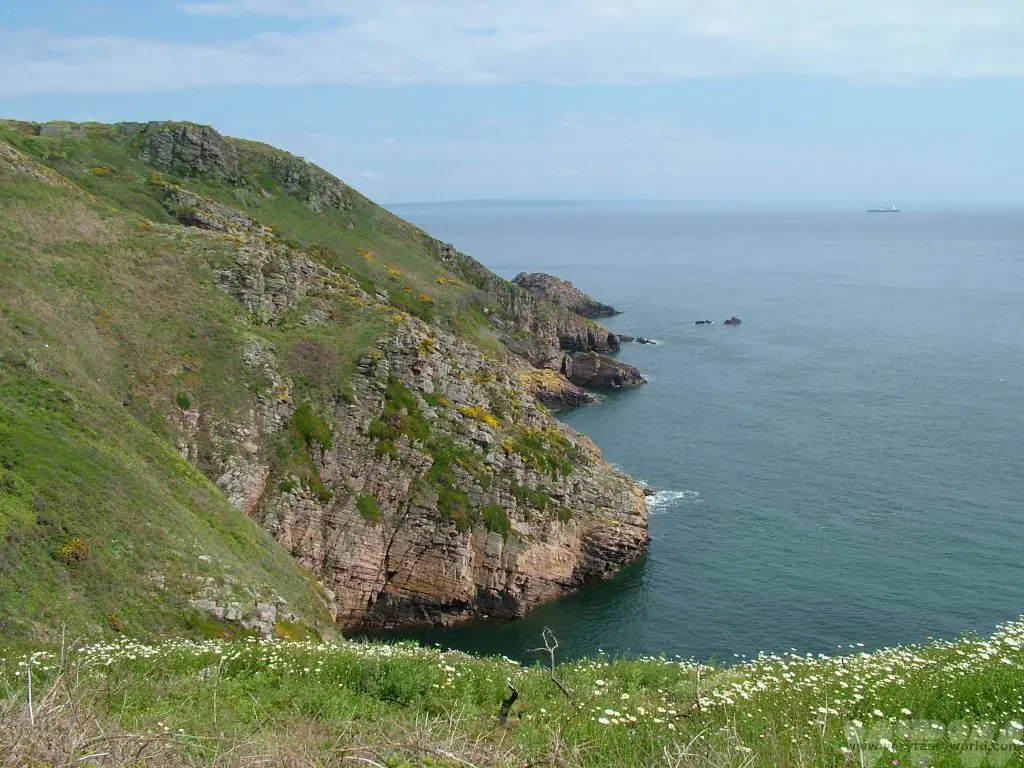
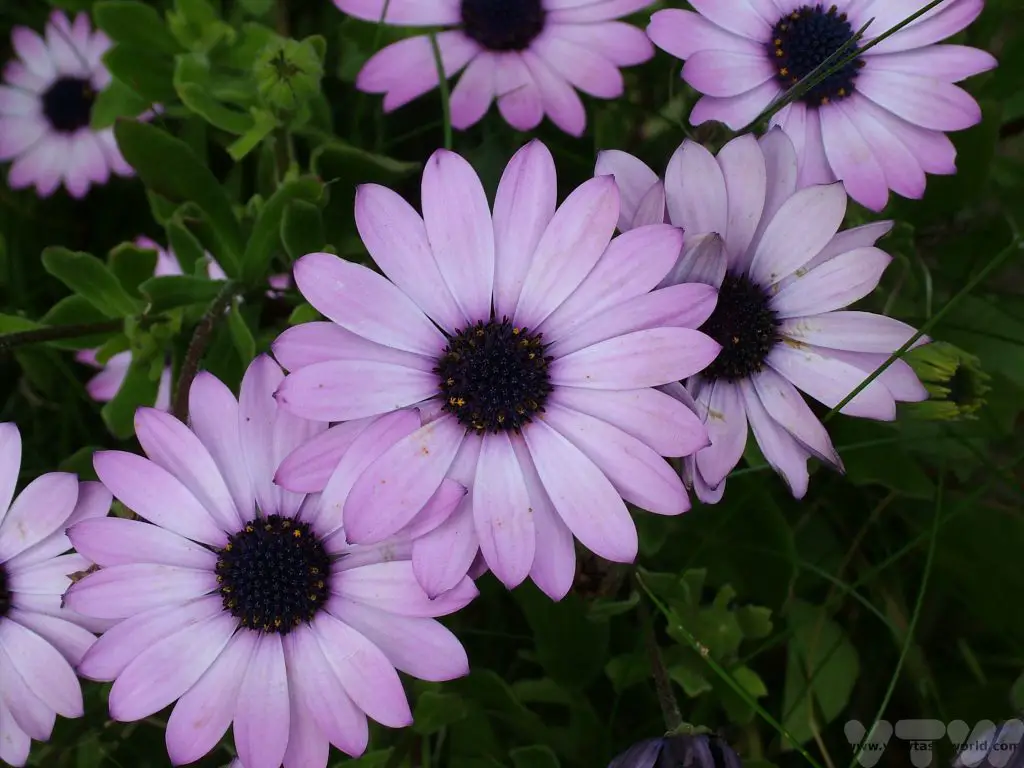

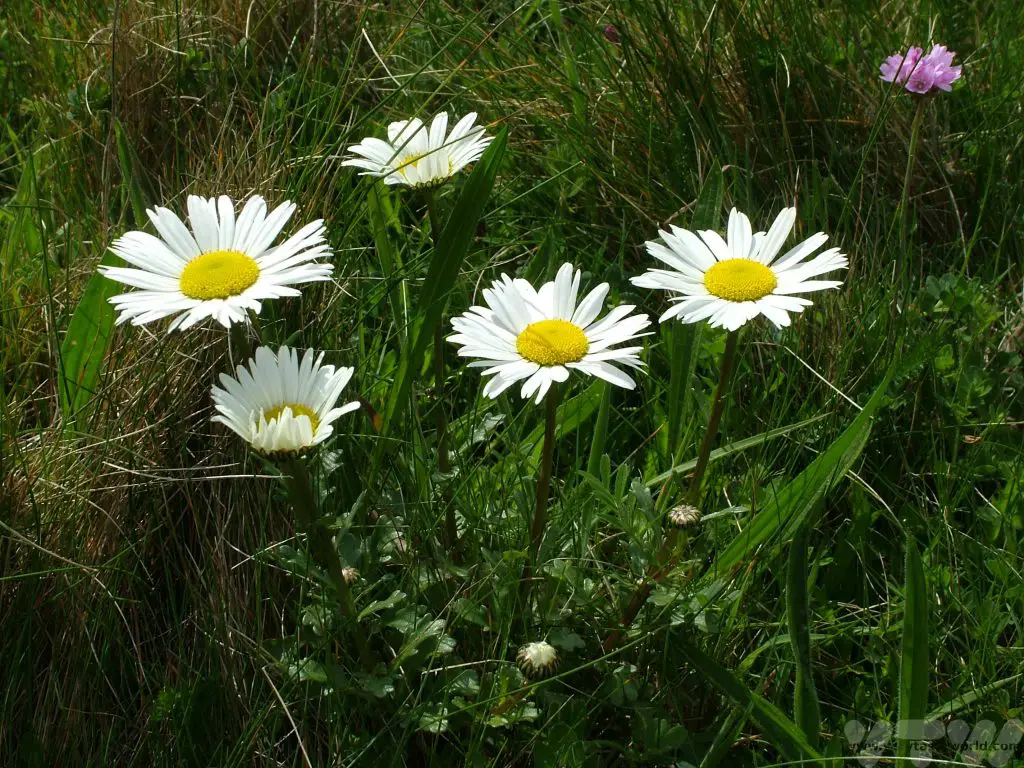
It used to be possible to climb down steps cut into the cliff to reach the charming Telegraph Bay but the beach is now only accessible from the sea. The walk is adjacent to farmland so it is likely that you encounter some beauties such as these.
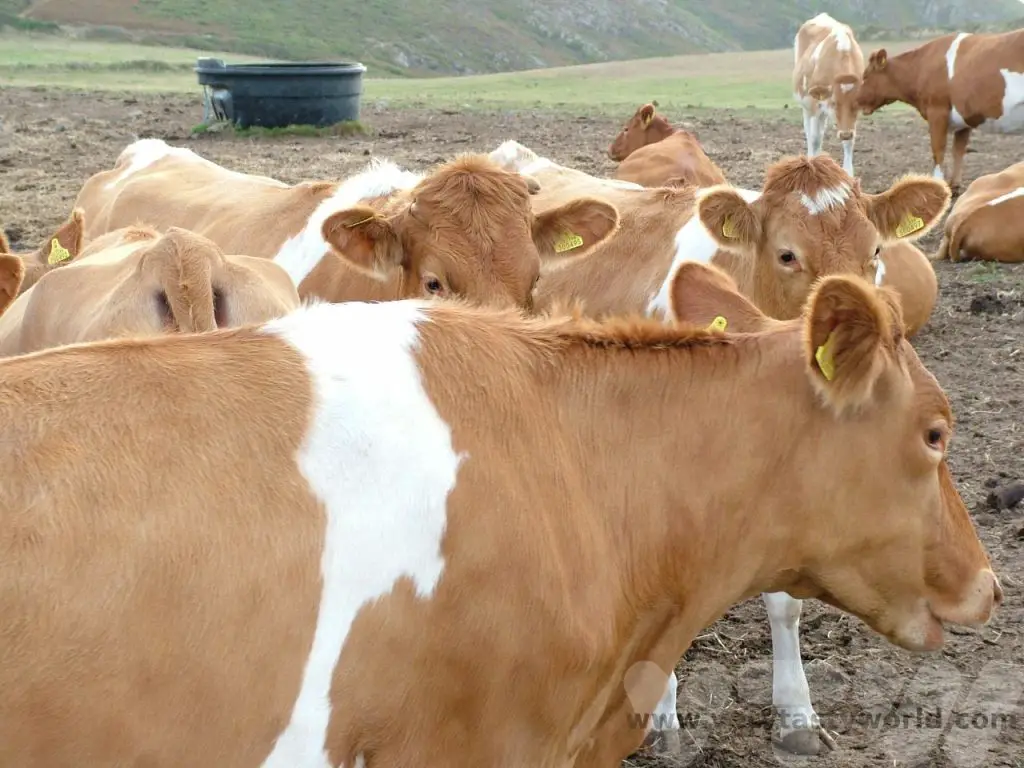
They are not Alderney cows, even though the breed is quite famous, having appeared a number of times in literature, from Jane Austen’s Emma to AA Milne’s poem, The King’s Breakfast:
The King’s Breakfast
The King asked
The Queen, and
The Queen asked
The Dairymaid:
“Could we have some butter for
The Royal slice of bread?”
The Queen asked the Dairymaid,
The Dairymaid
Said, “Certainly,
I’ll go and tell the cow
Now
Before she goes to bed.”
The Dairymaid
She curtsied,
And went and told
The Alderney:
“Don’t forget the butter for
The Royal slice of bread.”
The Alderney
Said sleepily:
“You’d better tell
His Majesty
That many people nowadays
Like marmalade
Instead…”
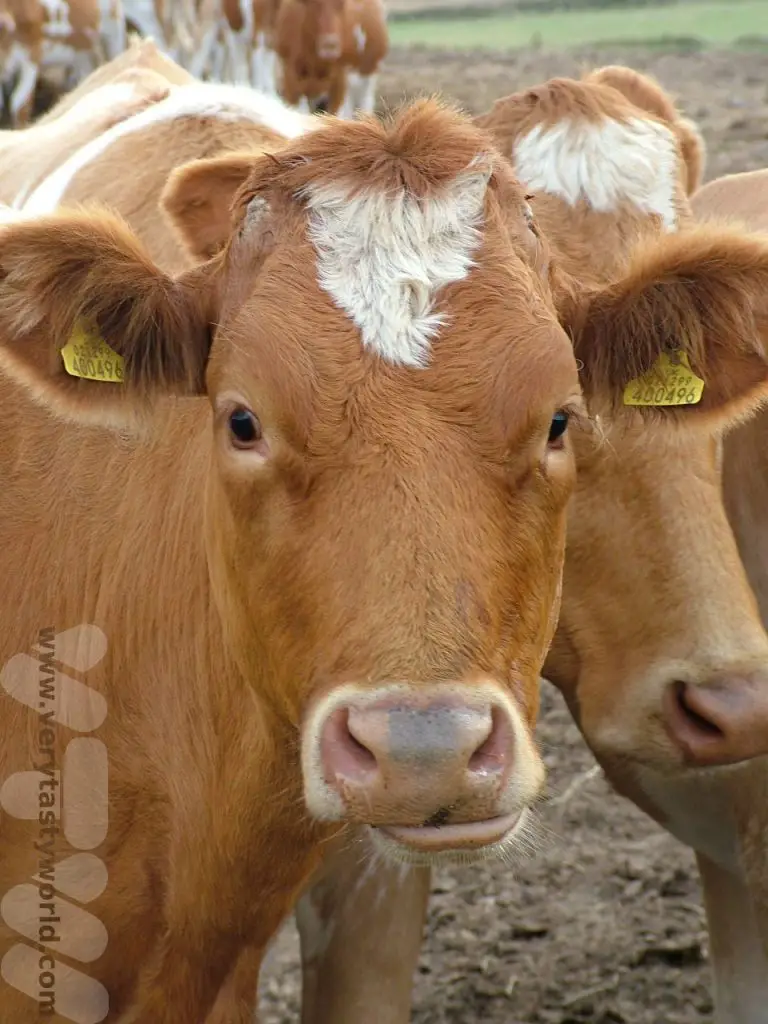
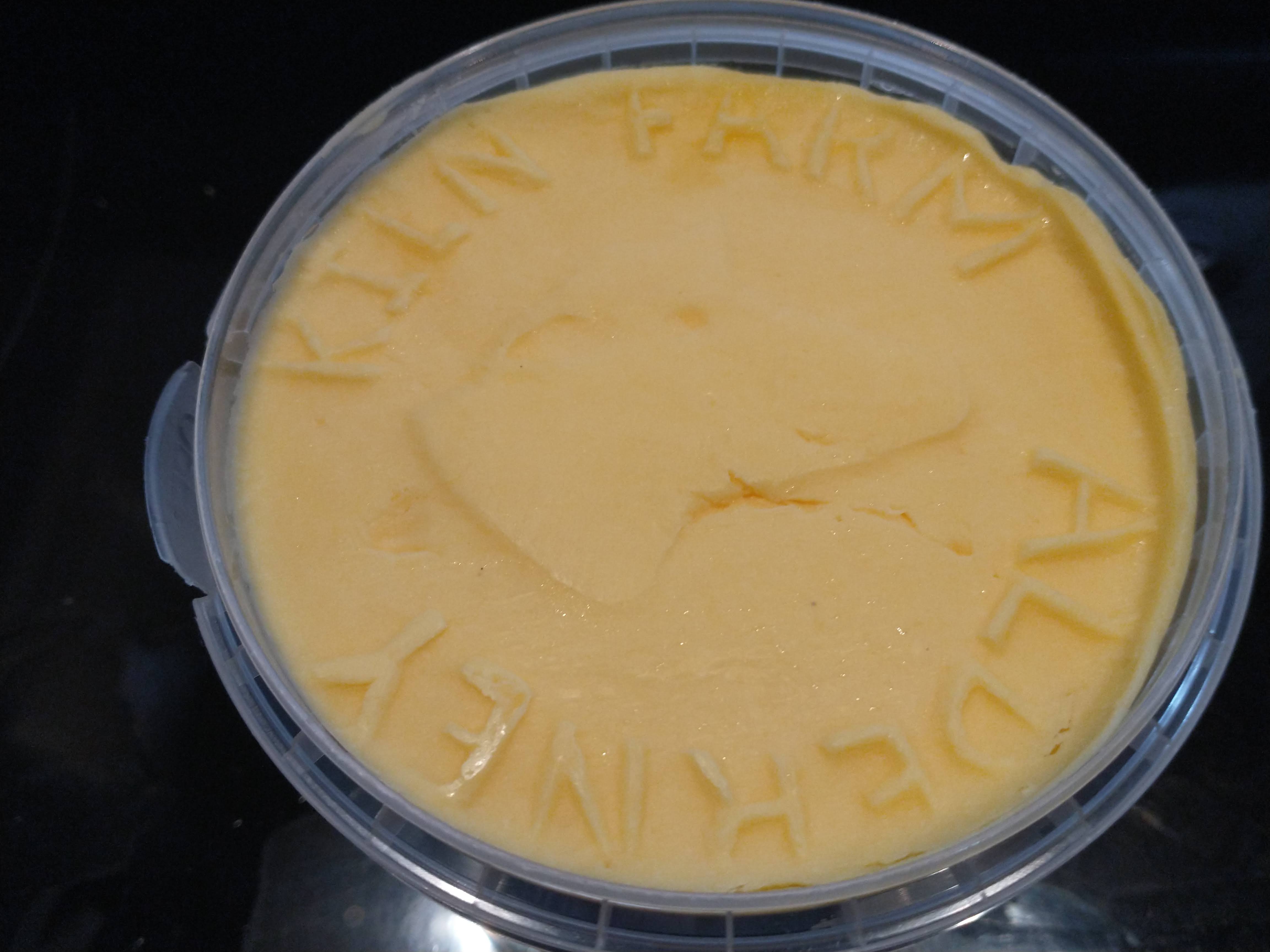
Sadly the breed was lost during World War 2 when the animals on Alderney were sent to Guernsey to help the islanders stave off starvation. But while the cows that graze on the lush grass may not be Alderneys, they do produce the most amazing dairy products. Alderney has its own dairy and produces a variety of delicious products including the creamiest milk and butter so yellow it rivals the colour of buttercups. It is absolutely delicious and a real treat to eat. Forget the marmalade, it’s best on bread, spread so thickly that you can see your teeth marks when you bite into a slice.
The journey continues past the airport along the cliffs to Essex Hill.
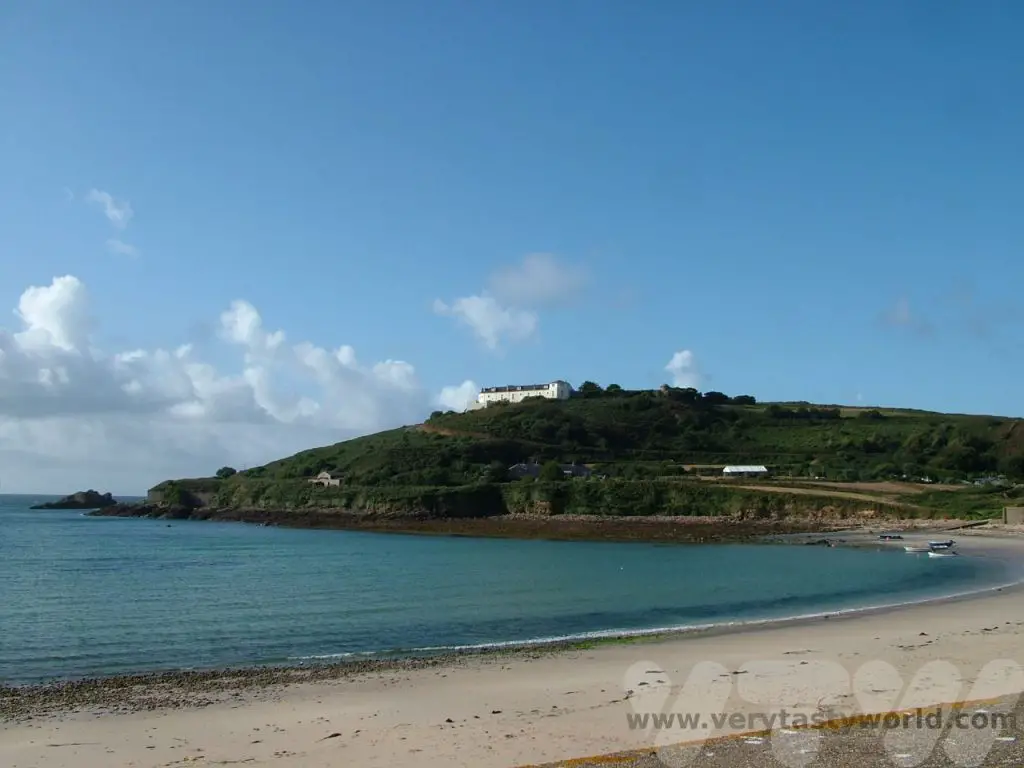
A Walk Around Alderney – Descent To The Beaches
The Hanging Rock (far right of the picture) overlooks The Race, another treacherous tidal stream across a reef of sharp rocks and the cause of many a shipwreck over the centuries. There is a legend that the people of Guernsey tried to pull Alderney to across the sea by throwing a rope over the rock and having a really good tug… to no avail, of course.
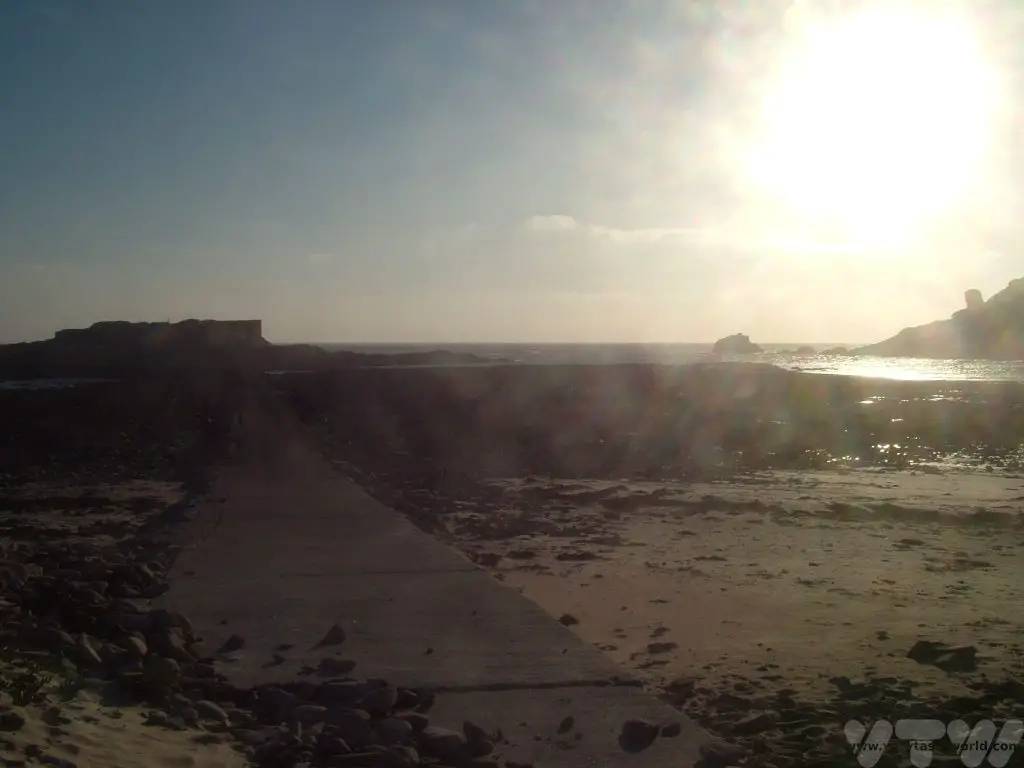
Then the cliffs fall away and you can stroll downwards to Longis Bay, Alderney’s original harbour. It’s a popular bay for bathing, the sandy beach shielded from the inevitable Alderney breeze by a concrete wall that spans the length of the bay, again built during the occupation.
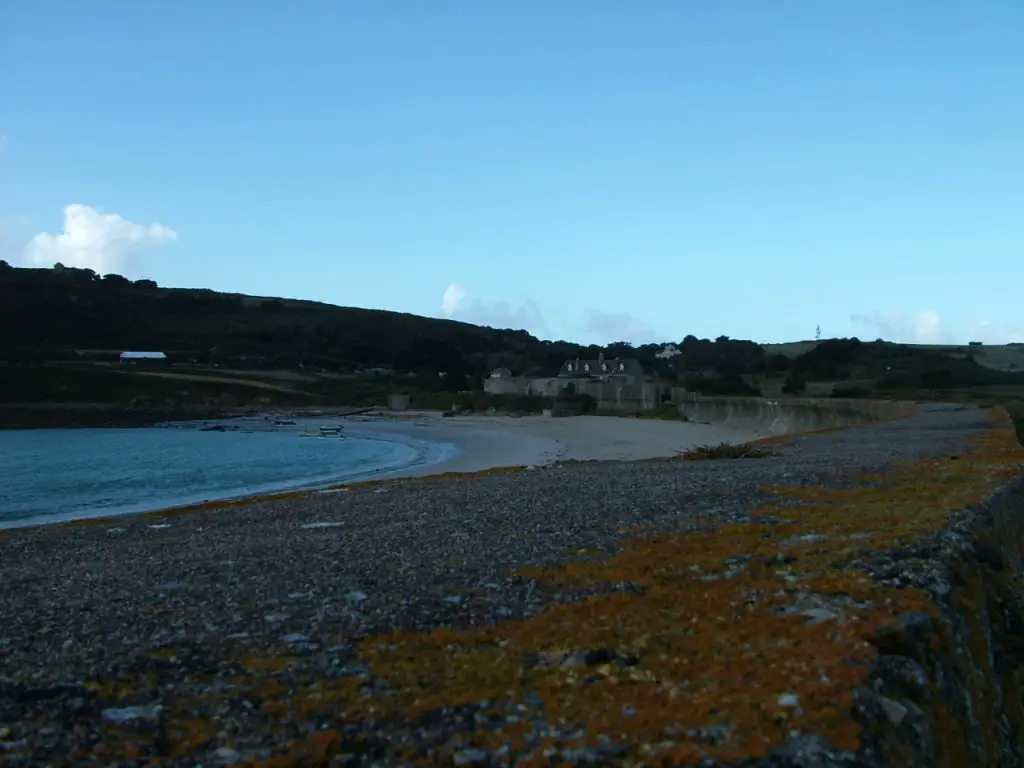
Raz Island, with another fort at the end of the causeway marks the limit of the bay. There used to be some tourist attractions at the fort but it’s no longer possible to visit Raz, although some work is currently being undertaken to open it up again. A gentle stroll along the coast brings you to Houmet Herbe, a ruined fort again constructed on an island and only accessible at low tide.
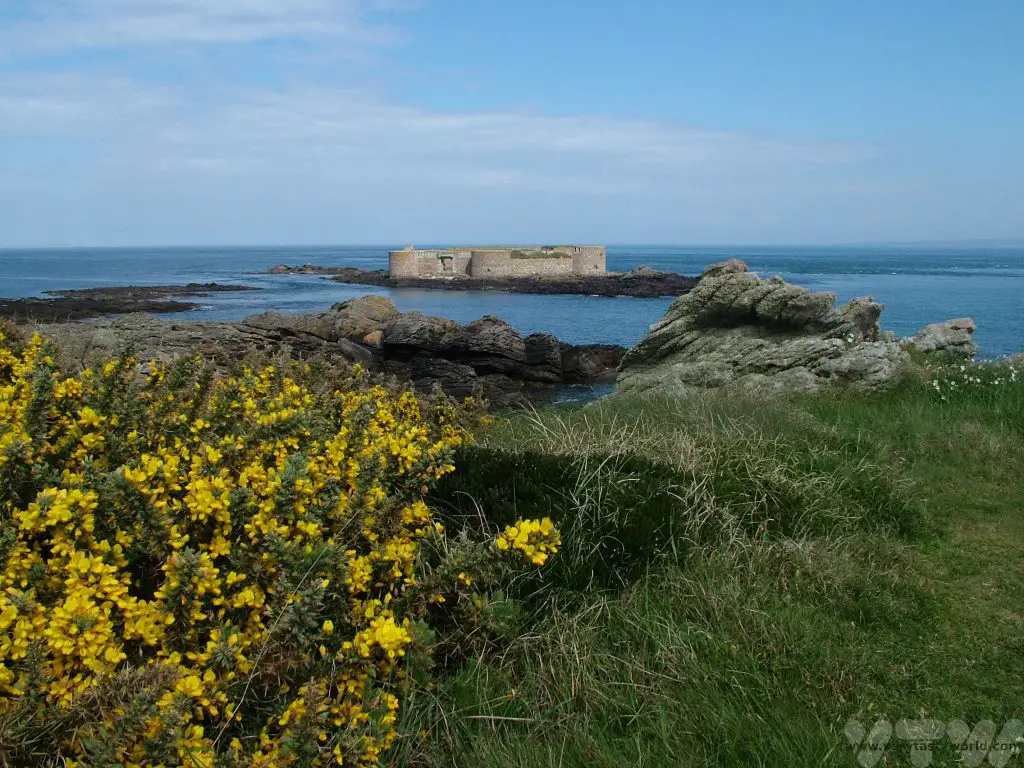
Remnants of a basic causeway remain and, if you’re willing to scramble over the rocks, it’s possible to explore the fort. On a clear day you will get a fantastic view of the French coastline and Cherbourg, around 11km across the sea. Keep an eye on the tide, though, you will get cut off and have to wait a few hours for the tide to turn again.
A Walk Around Alderney – From The Lighthouse Back To The Beach
Continuing along the coastal path you will arrive at the island’s lighthouse. It’s fully automated these days.
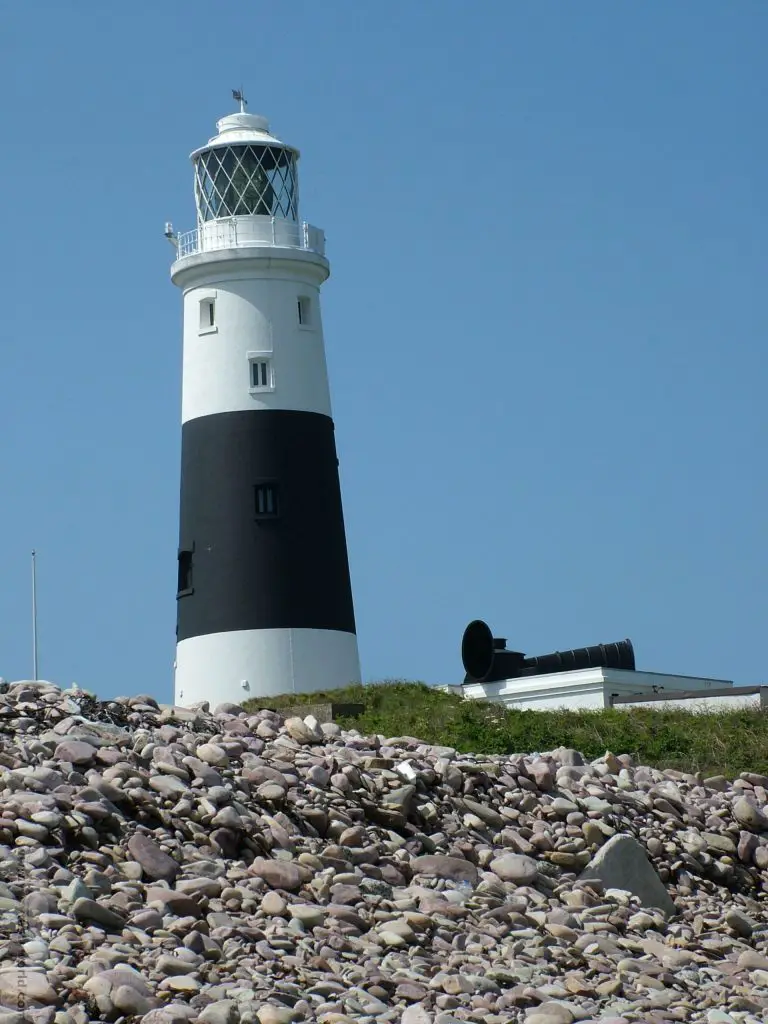
Opposite the lighthouse is Fort Les Hommoux Florains, which has largely been destroyed – each year battered by relentless winter storms. It is possible to get out there to view but you may need to swim across a small channel if the tide isn’t especially low, which probably isn’t worth the effort.
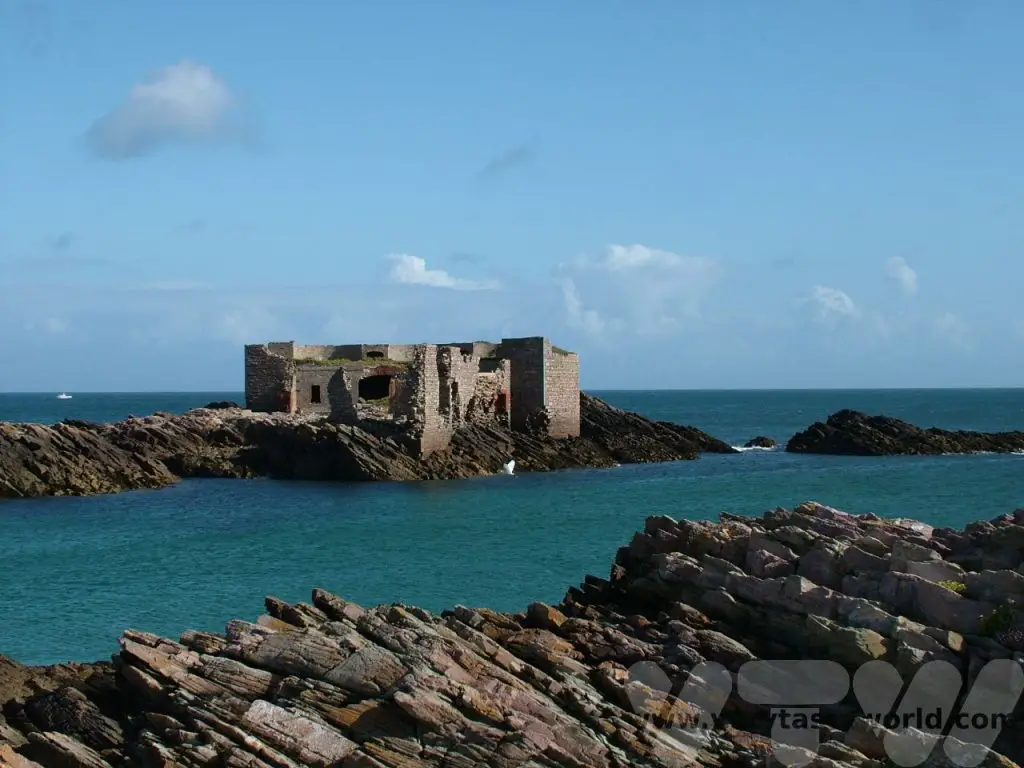
Close to the lighthouse, and overlooking Mannez quarry is a German fortification known locally as The Odeon. It is one of the most distinctive buildings on the island; an enormous concrete tower that was built by forced labourers in 1943. It was planned to be used as a range-finding location to observe enemy ships. It was derelict for many decades but it is now possible to visit The Odeon.
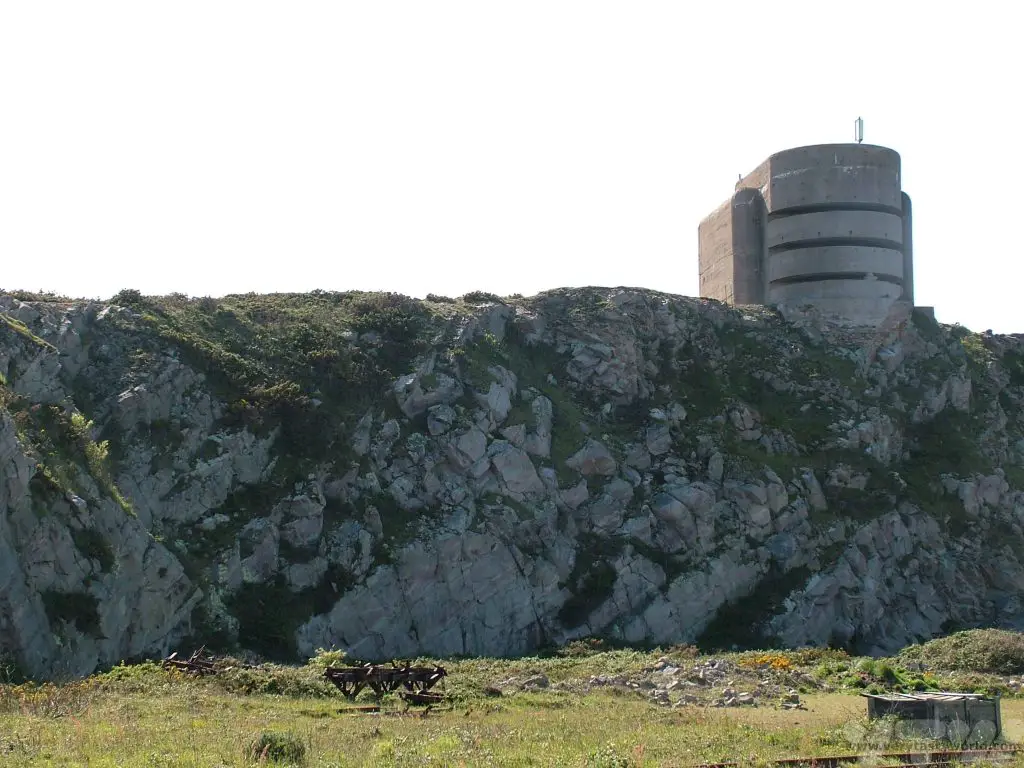
Also at Mannez Quarry is the end of the line for the Alderney railway. Yes, those are London Underground carriages in the photo below! The railway was originally constructed to bring stone from Mannez to the harbour for construction of the breakwater. It is now open as a tourist attraction for passengers to enjoy a delightfully scenic journey to the quarry from Braye station.
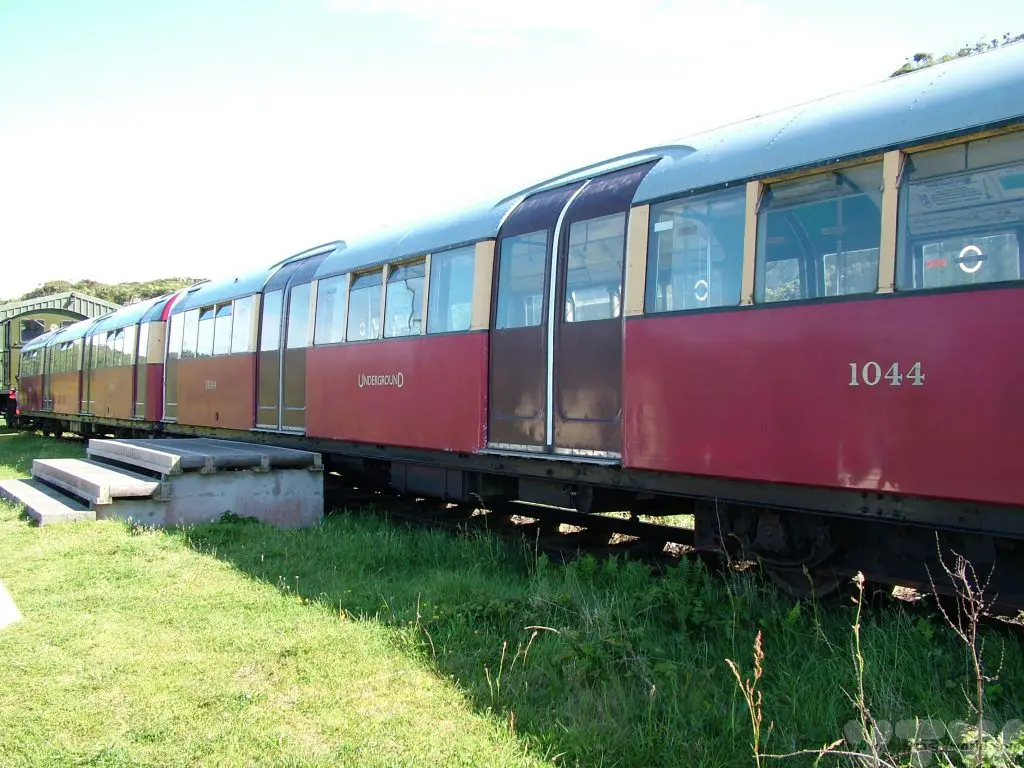
Further on (and don’t tell anyone) are the very best beaches for bathing: Corblets, Arch and Saye (pronounced ‘soy’). Overlooked by private residence Fort Corblets, the eponymous bay has a broad sandy beach and is popular for an energetic and invigorating swim. It’s worth bearing in mind that the sea temperature can be pretty cold, even in summer, but the water is crystal clear and it’s an absolute delight to swim there. (You do warm up!)
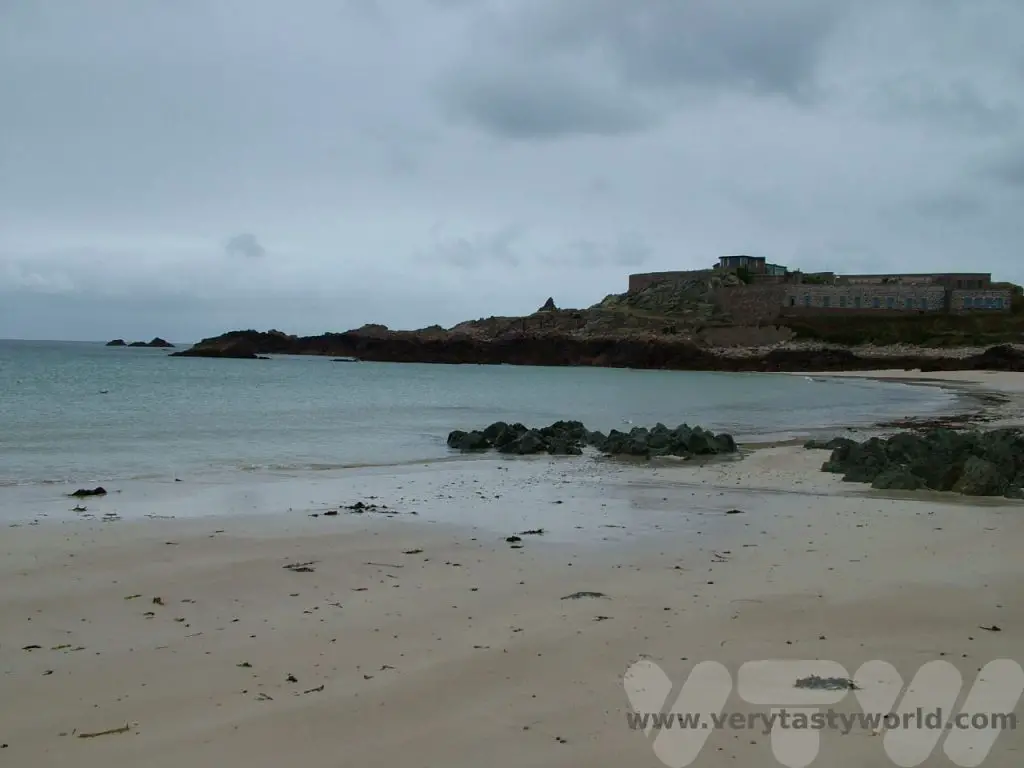
Arch is also sandy but has a steep incline. It affords a good view of the lighthouse and Odeon.
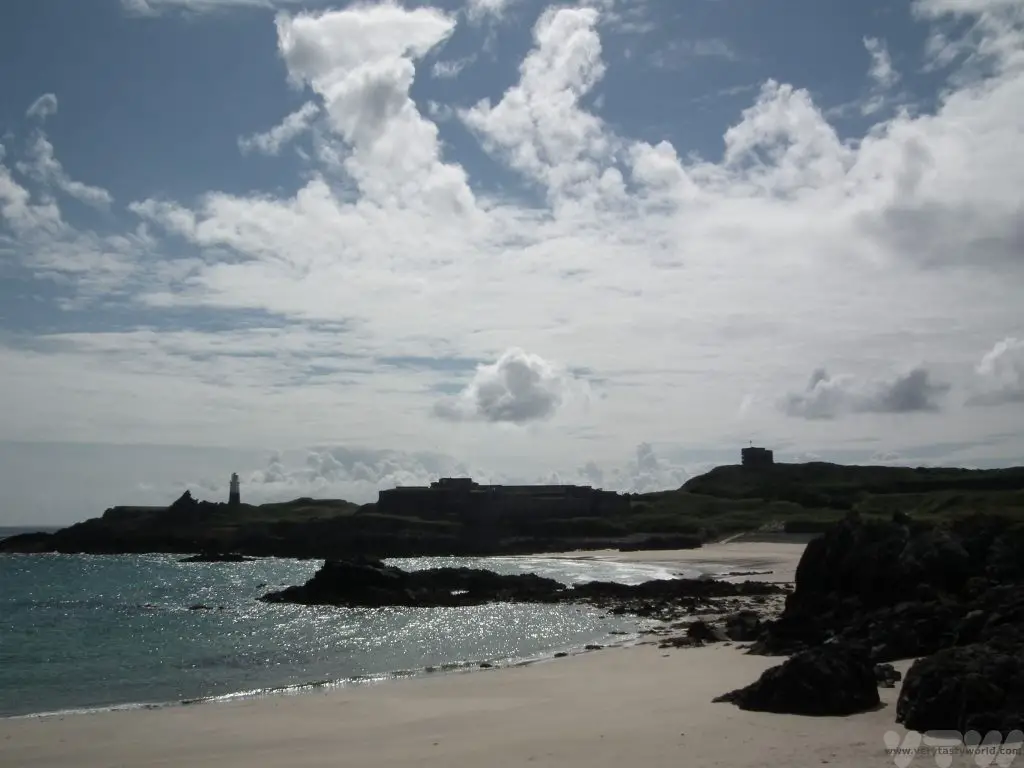
Saye can be found by walking underneath Arch Bay’s arch, past Château à L’Etoc (another privately owned fort) and beyond the dunes beside the island’s campsite – again it’s sandy but the enclosed geography of the bay ensures that the sea is much calmer than on Corblets.
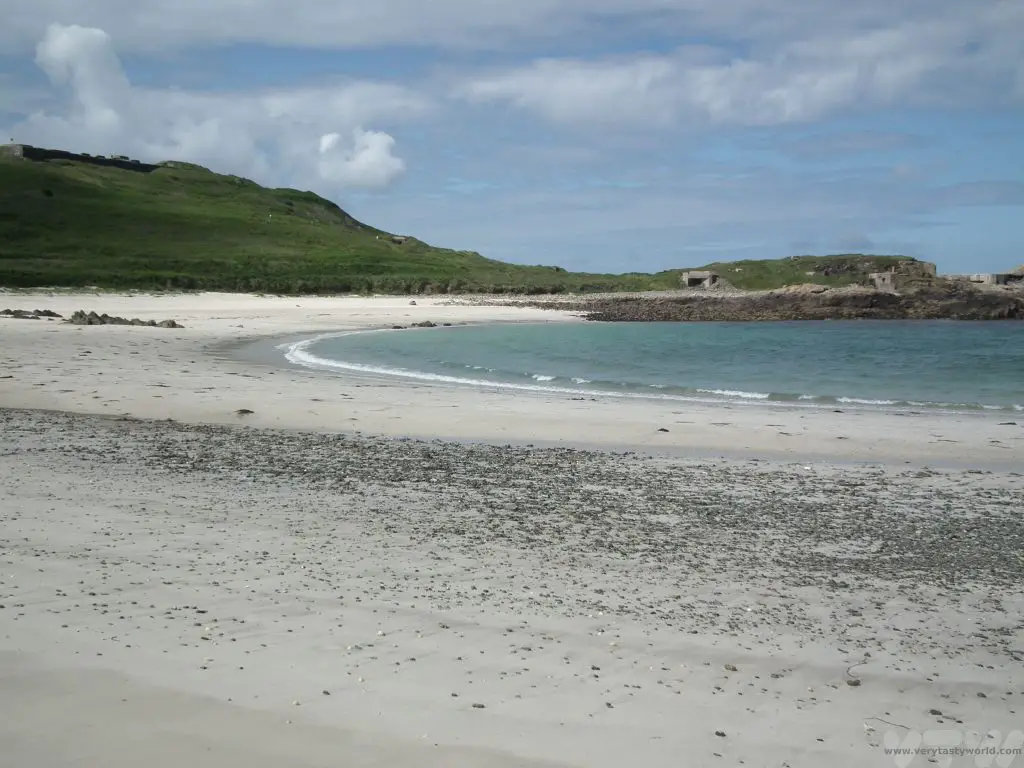
To complete the walk around Alderney it’s simply a walk around the grassy headland upon the top of which Alderney’s largest Victorian fort is located, Albert, originally designed to protect the harbour, and the familiar view of Braye, the harbour and the breakwater come into view. Burhou, Ortac and Les Casquets can also be seen in the background.
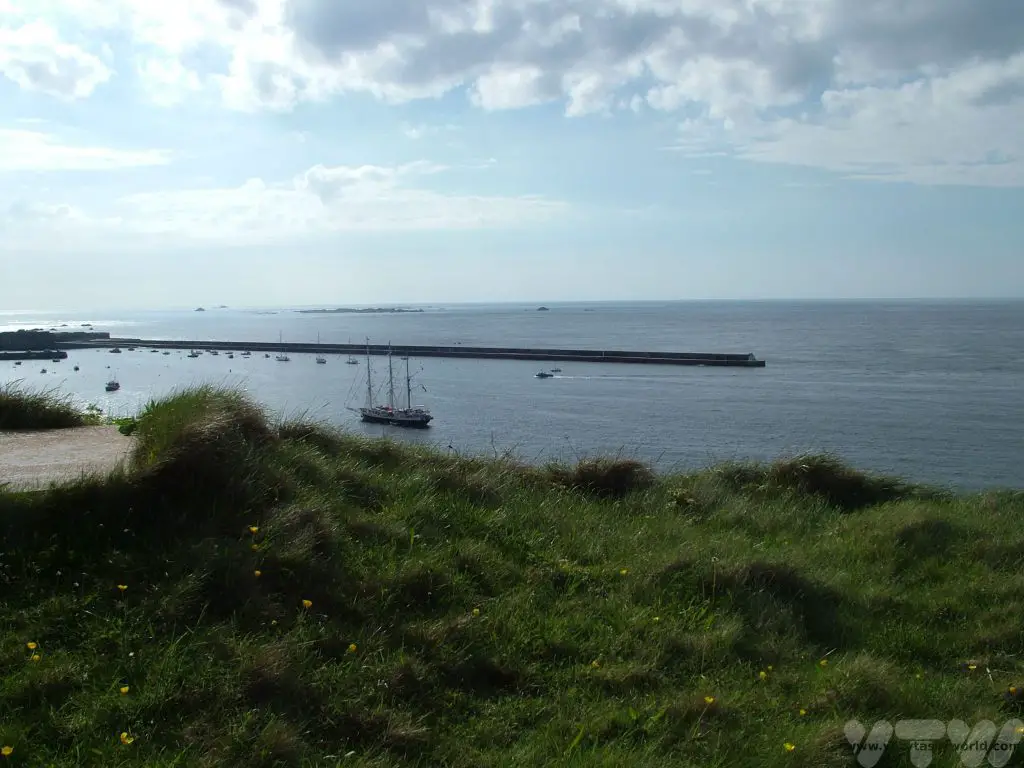
Related Posts You May Enjoy

Go With The Sloe – How to Make Sloe Gin
It’s autumn in the UK, which means it’s the perfect season for foraging for fruit and mushrooms in the countryside. We are lucky to have many sloe (blackthorn) bushes in our local area and one of our favourite things to do at this time of year is to make sloe gin.
Sloe gin is a liquer made from gin and sloes, although other alcohol bases can be used. Unlike gin, which is quite perfumed, sloe gin is much sweeter, deriving its flavour from the fruit infusing into the alcohol as well as some added sugar.
Gin is a very fashionable drink these days, with a huge number of flavours and variations available, as well as it forming the base of a vast array of liquers and cocktails. Sloe gin is available commercially but if you have access to sloe bushes it is great fun to make your own.
It’s a really easy process and you can adapt it to your personal taste. It just needs a little patience.
Here’s a flow chart – or, if you will, sloe chart:

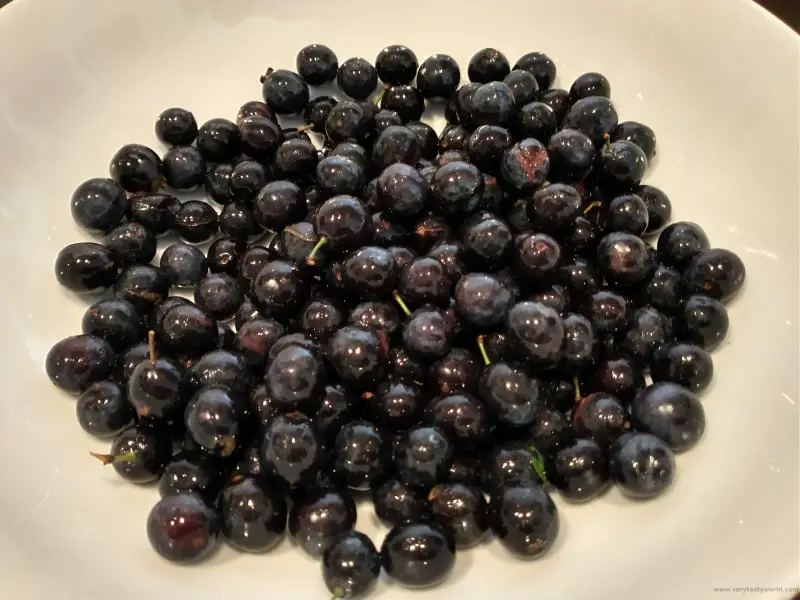
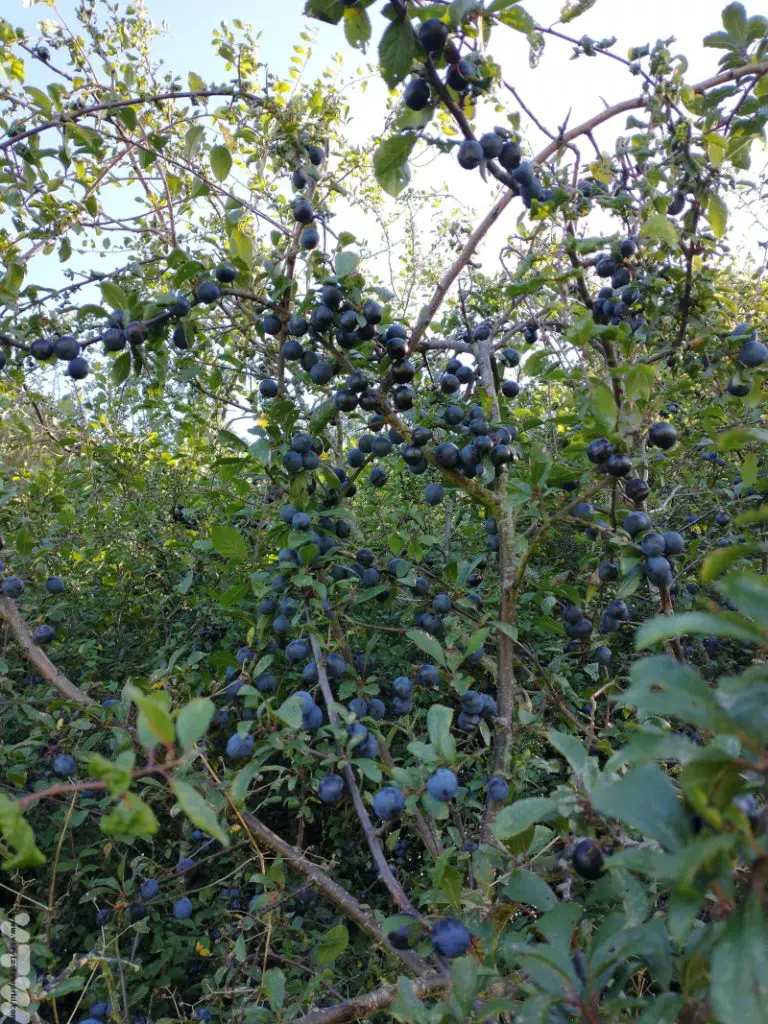
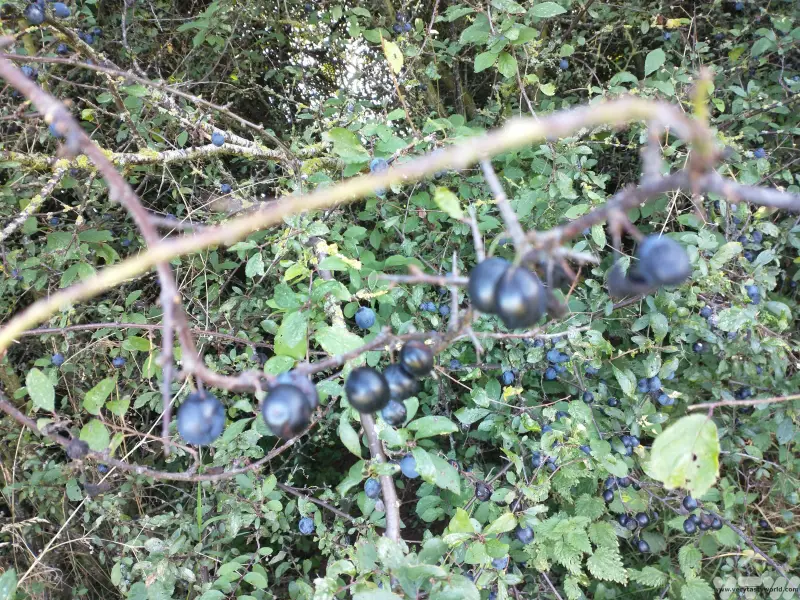
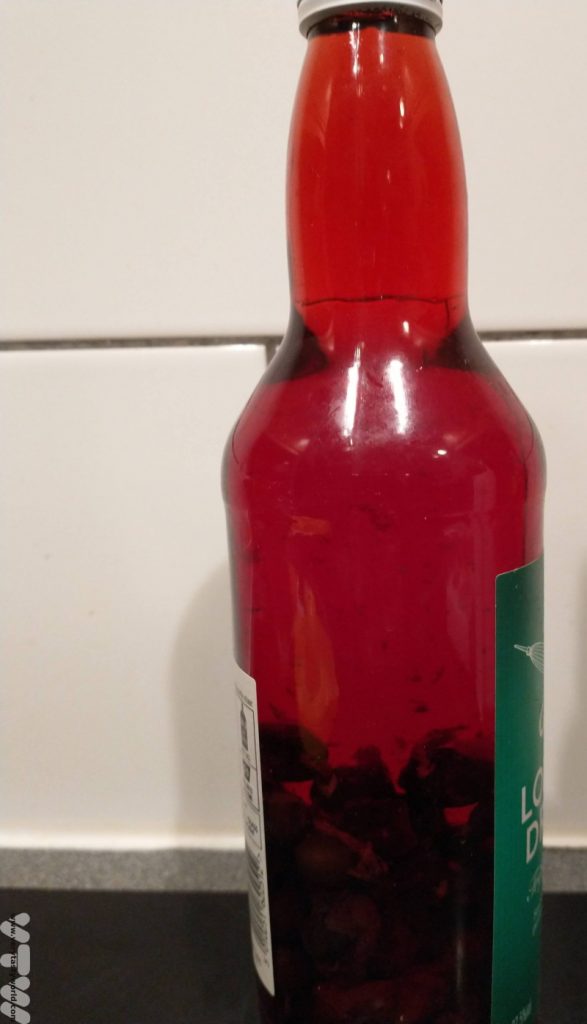
This is what the colour will look like after around three months. You can see that already the gin has acquired the colour of the berries.
Cheers!
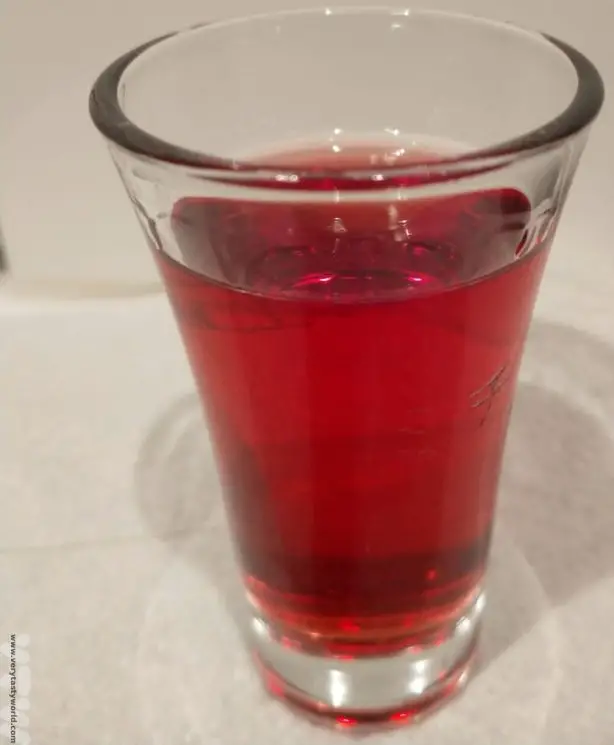
Postscript – sloe gin is also great if you pop the bottle into the freezer for a couple of hours. The alcohol doesn’t freeze fully but becomes slightly syrupy. It’s delicious, so remember to keep some back for summertime.
As with all foraging, do make sure you are 100% certain about the fruit that you are picking. There are some great identification guides.

- RECIPE Oyakodon Donburi
- Zero Waste Recipes Before Your Holiday
- RECIPE: Vegetable Biryani Tamil Nadu Style
- RECIPE: Vegan Wild Garlic Pesto
- Recipe: Venetian Pasta Sauce
- RECIPE: Biryani Raita Recipe
- RECIPE: How to Make Costa Rica’s Gallo Pinto
- Recipe: Japanese Simmered Pork Belly – Buta no Kakuni
- RECIPE: How to Make Umeboshi
Visit the Faroe Islands
The Faroe Islands are a tiny archipelago located in the Atlantic ocean, just south of the Arctic Circle. If you look at the map you’ll see them around half-way between Norway and Iceland. They are an autonomous territory of Denmark and comprise 18 main islands with a plethora of smaller islands, all of which are stunningly beautiful. A fly-drive journey is the perfect way to visit the Faroe islands.
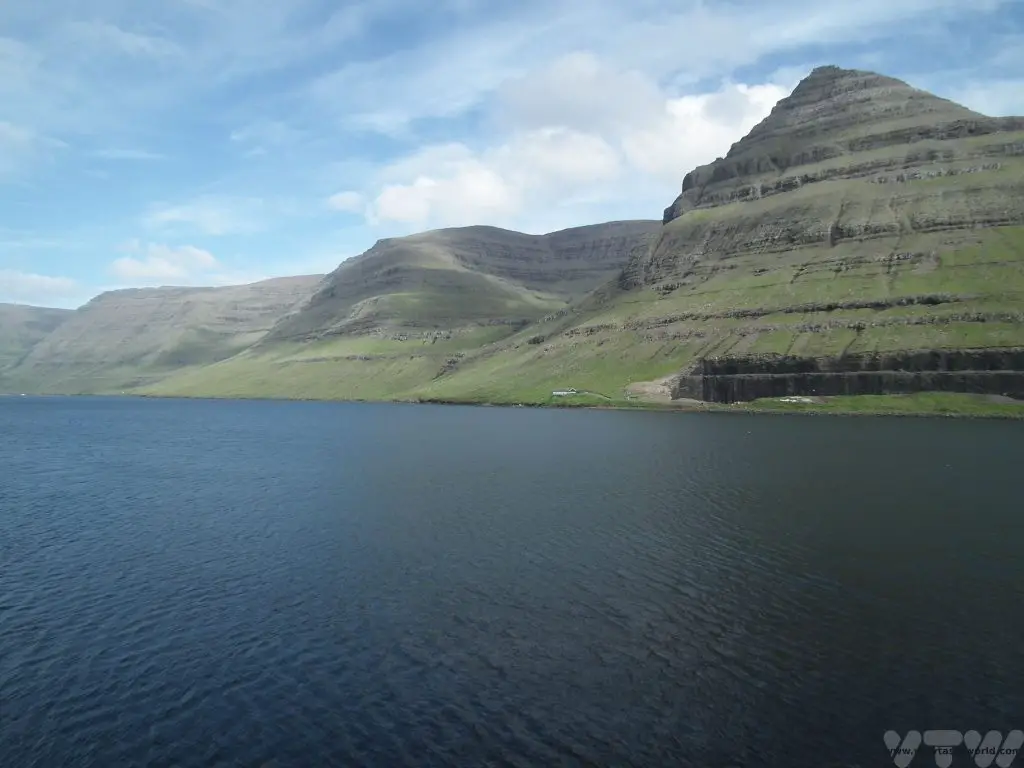
Heading Out On The Road
The Faroes are ideal for a road trip as most of the main islands are connected via bridges or tunnels and you can explore the spectacular scenery at your leisure. The roads are well made, usually clear of traffic and the distances between locations are relatively short.
You can hire a car at the airport on Vágar. It’s definitely worth booking well in advance to get the best rates. Bear in mind that some of the driving can be a little challenging occasionally. There are a lot of single-track roads, so be aware of how to use passing places – if you see another car heading in the opposite direction towards you, pull over to the passing place on the right.
If there is a passing place on your left, keep right and let the oncoming traffic use the passing place. (It’s similar to driving in the Highlands and Islands of Scotland, albeit on the other side of the road.)
The Faroes also have an awful lot of sheep, some 70,000, more than the human population of the islands, and many of them roam freely. They can be a little skittish, so slow down if there are any grazing close to the road. If you do hit a sheep you have to inform the police by law. Keep your car’s headlights on all the time (many cars will automatically switch on the lights when you turn the ignition but check that they will do this).
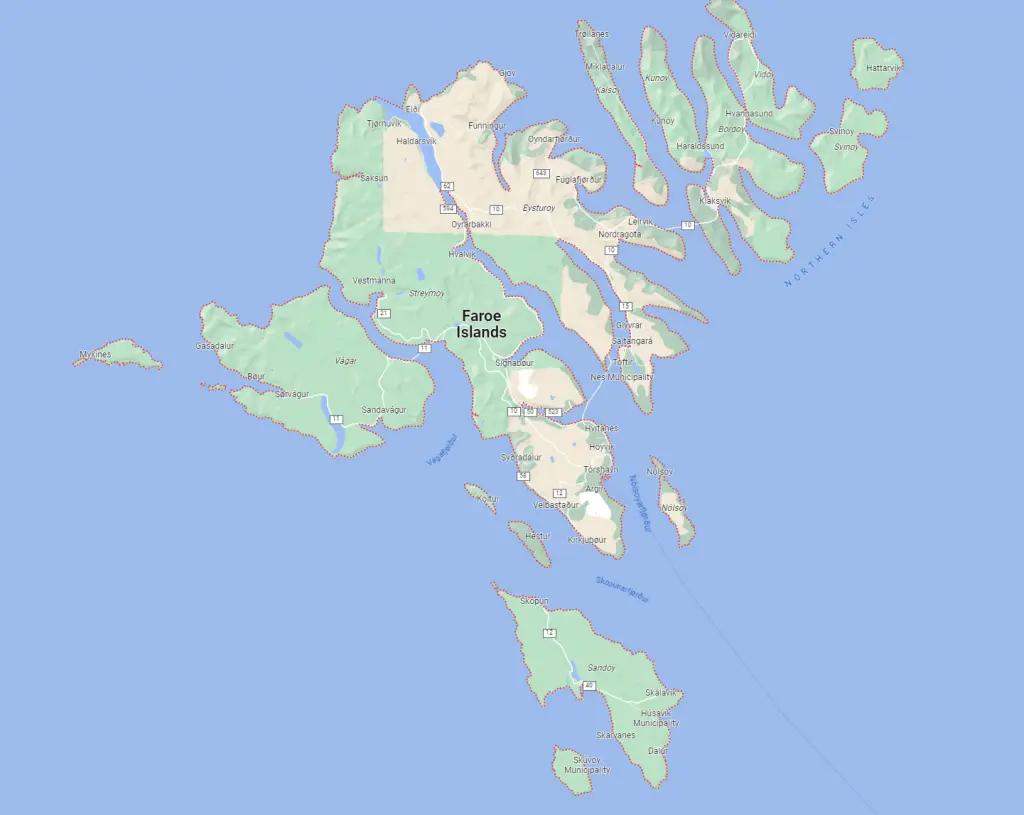
Tunnels and Bridges
The major tunnels linking the islands are large and well-lit but probably the scariest driving experience we’ve ever had was going through single-track tunnels which link the northernmost islands. These do have passing places every 100m or so but nevertheless they are mildly terrifying, especially when you aren’t sure where the passing places actually are and the locals are happy to zoom through the tunnels.
Seeing oncoming headlights in a narrow tunnel when you don’t know where to pass is pretty scary so take care when driving through them.
We developed a sneaky trick of parking temporarily by the entrance until a local driver entered the tunnel and then we followed them, which helped a little bit. The tunnels are undoubtedly the most likely places where you might have an accident. It’s advisable to check whether it’s worth buying additional insurance – have a close look at the terms and conditions of the car hire company.
Also, there are tolls for some of the tunnels; our car hire company paid the tolls on our behalf and recharged them to our credit card at the end of the trip, which was very convenient.
Terrifying tunnels aside, driving around the Faroes is actually a very pleasurable and practical way to discover these gorgeous islands. Pretty much everyone starts on Vágar as that’s where the airport is located; we flew in using Atlantic Airways, the Faroese airline.
We undertook a seven day itinerary which offered complete flexibility to explore and enabled us to do a lot of walking. It’s worth noting that the weather can change in an instant – from mild temperatures in the sunshine to rain lashing down and impenetrable fog. But that’s all part of the fun. Make sure you bring clothing for all weathers. We found that a pair of sturdy walking shoes and raincoats were essential and multiple layers of clothing worked very well.
Day 1 Vestmanna on Streymoy
After leaving Vágar we headed to Streymoy via the first sub-sea tunnel, a gentle introduction as it was wide and well-lit. It’s also deep, reaching 105m below sea-level. We headed to Vestmanna as we had pre-booked a boat trip to the bird cliffs. It’s the most popular excursion on the islands and well worth undertaking. There are lots of bird viewing opportunities and puffins are a common sighting.
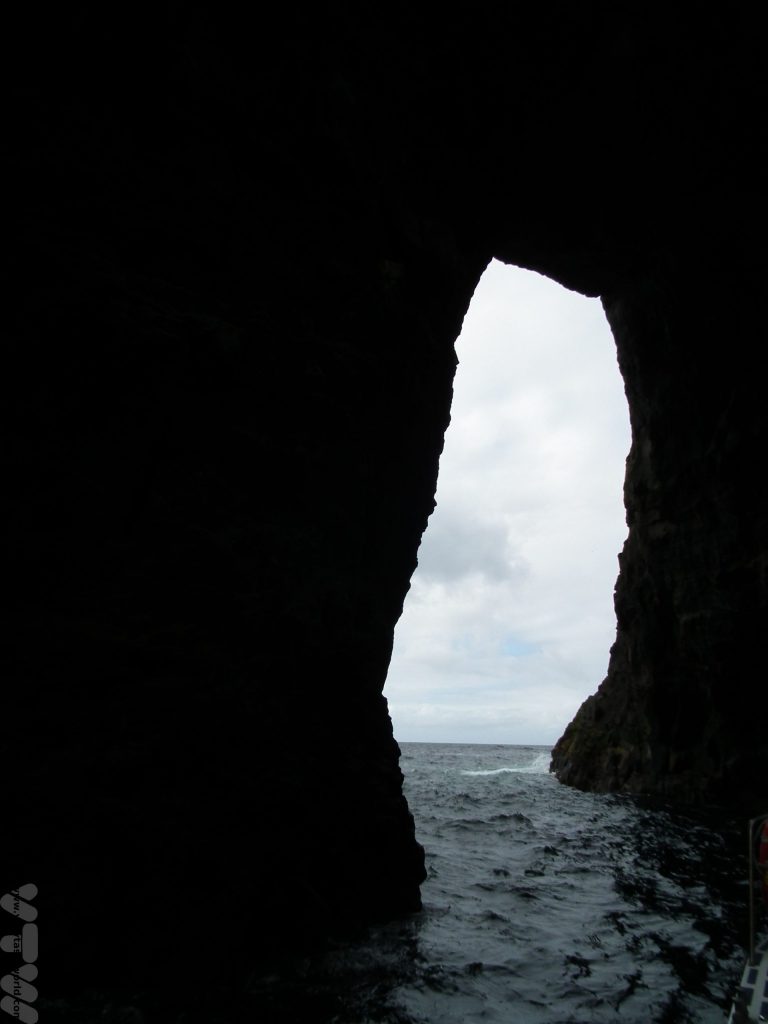
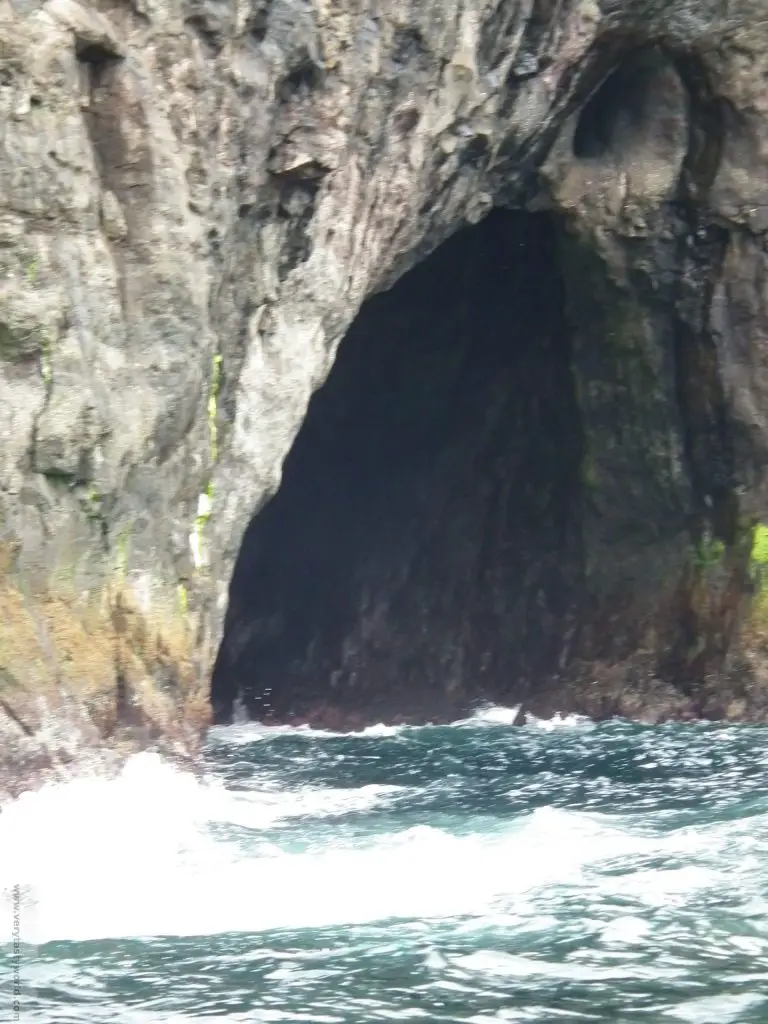
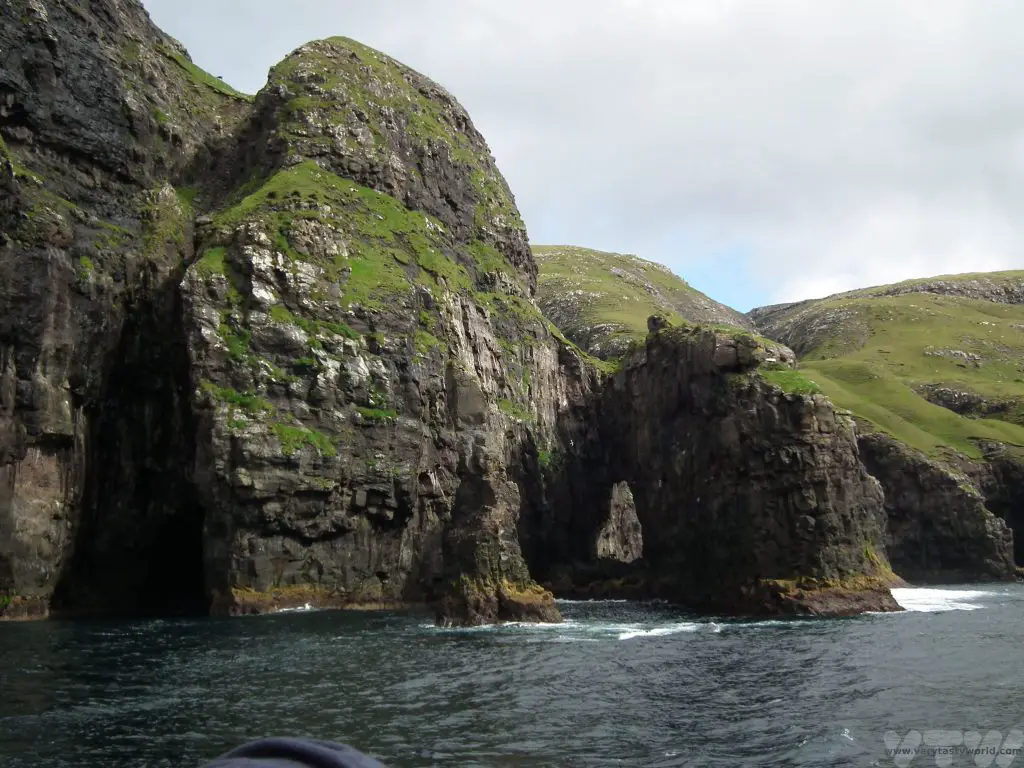
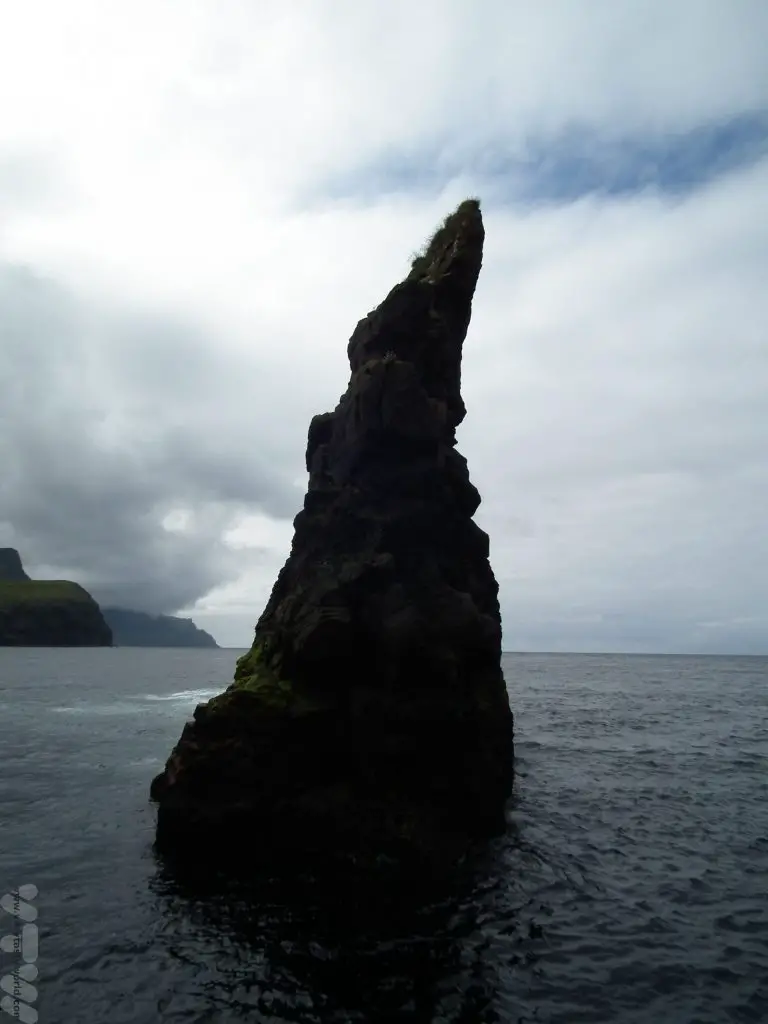
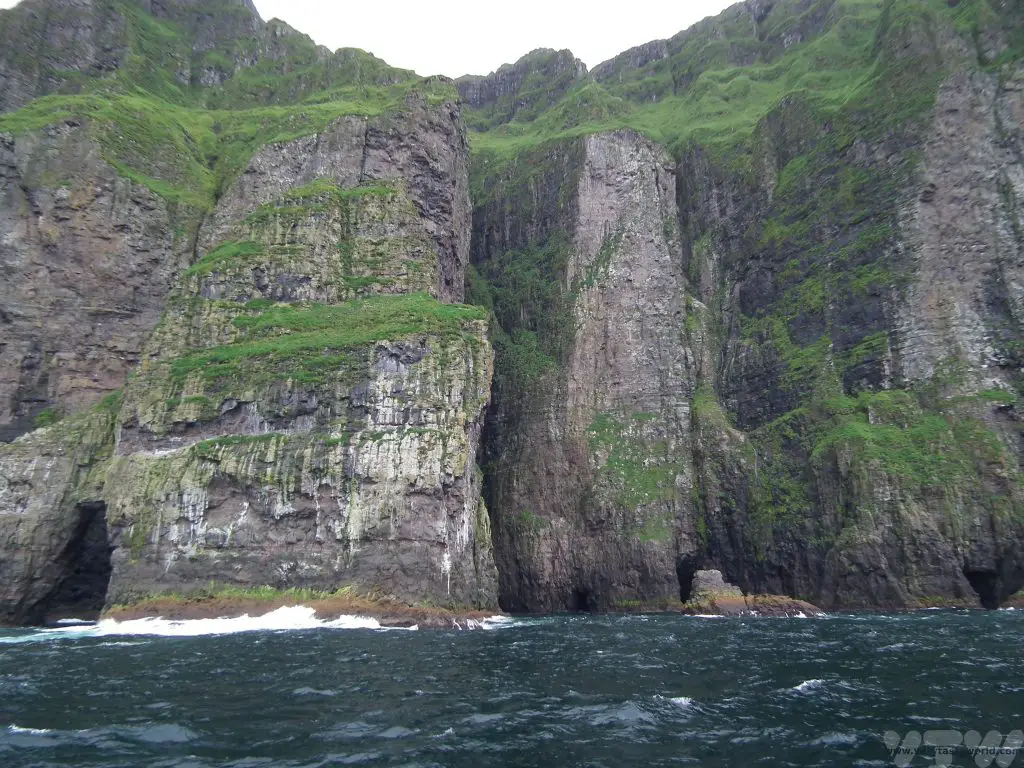
The boat sails very close to the cliffs and around some of the stacks so you are issued with a hard hat, just in case a bit of cliff decides to fall off while you are underneath it. (You’d have to be very unlucky.)
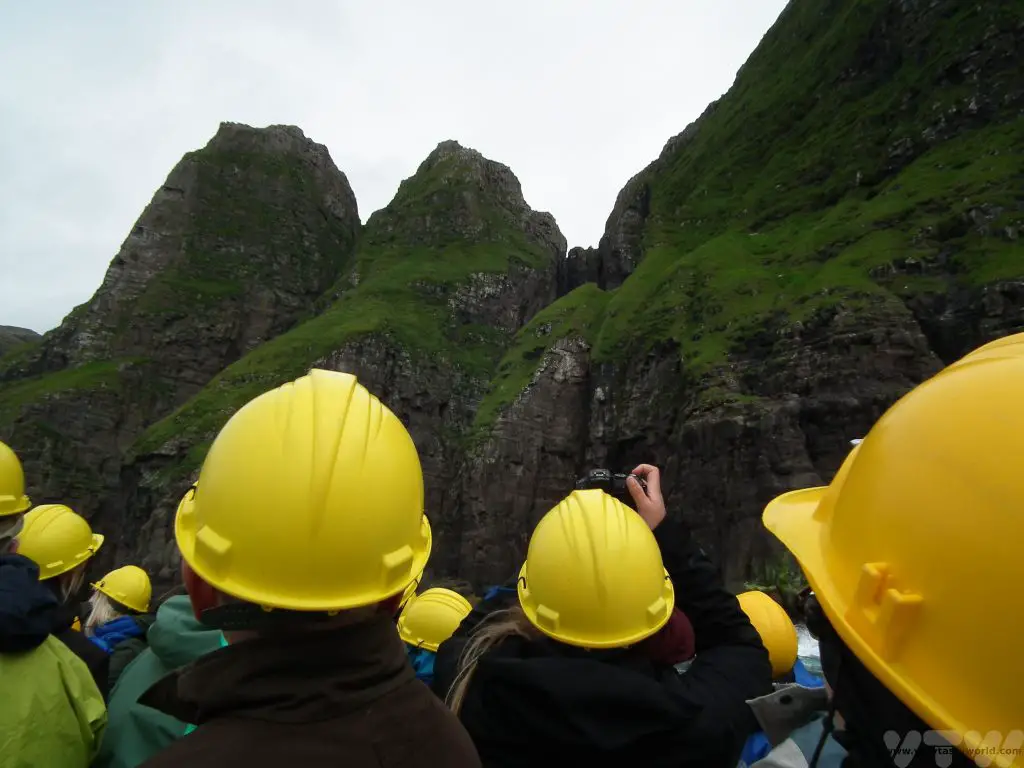
There is also a bizarre museum located close to the harbour which shows some of the history of the Faroes, complete with scary mannequins, while you wait for your boat.
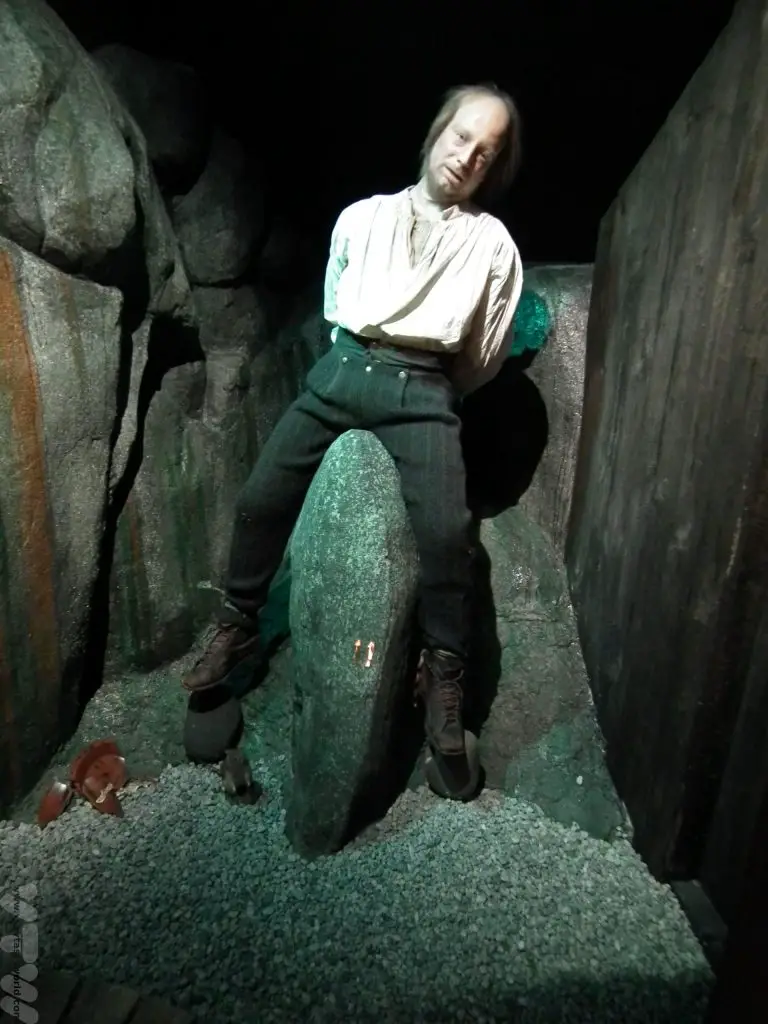
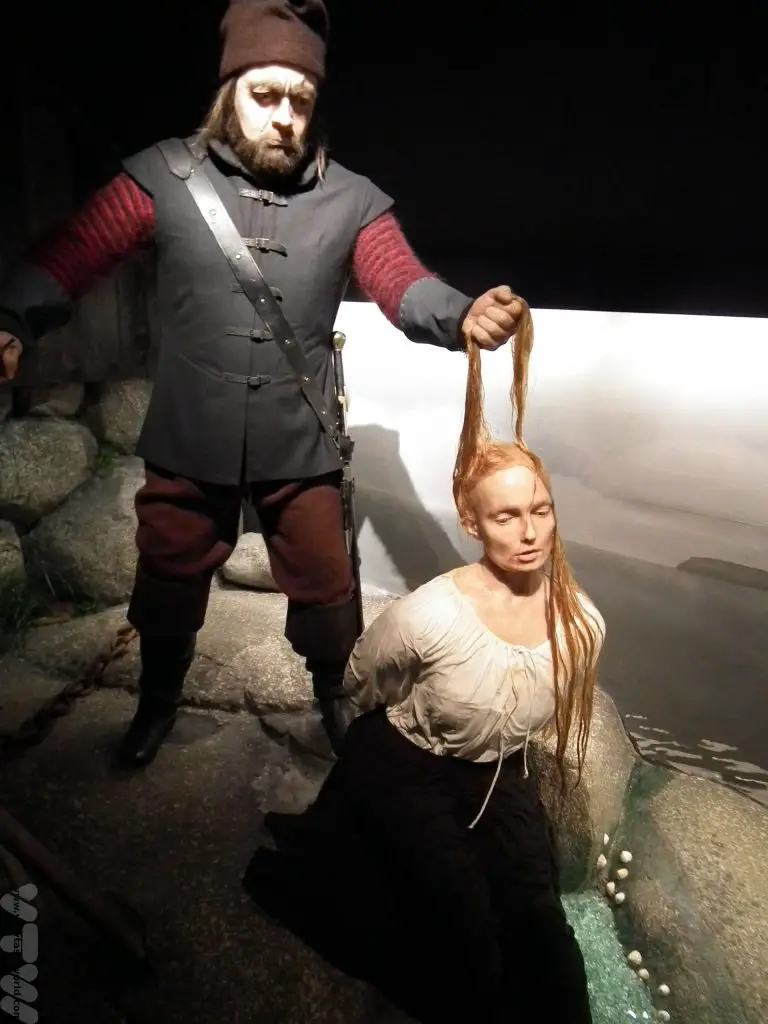
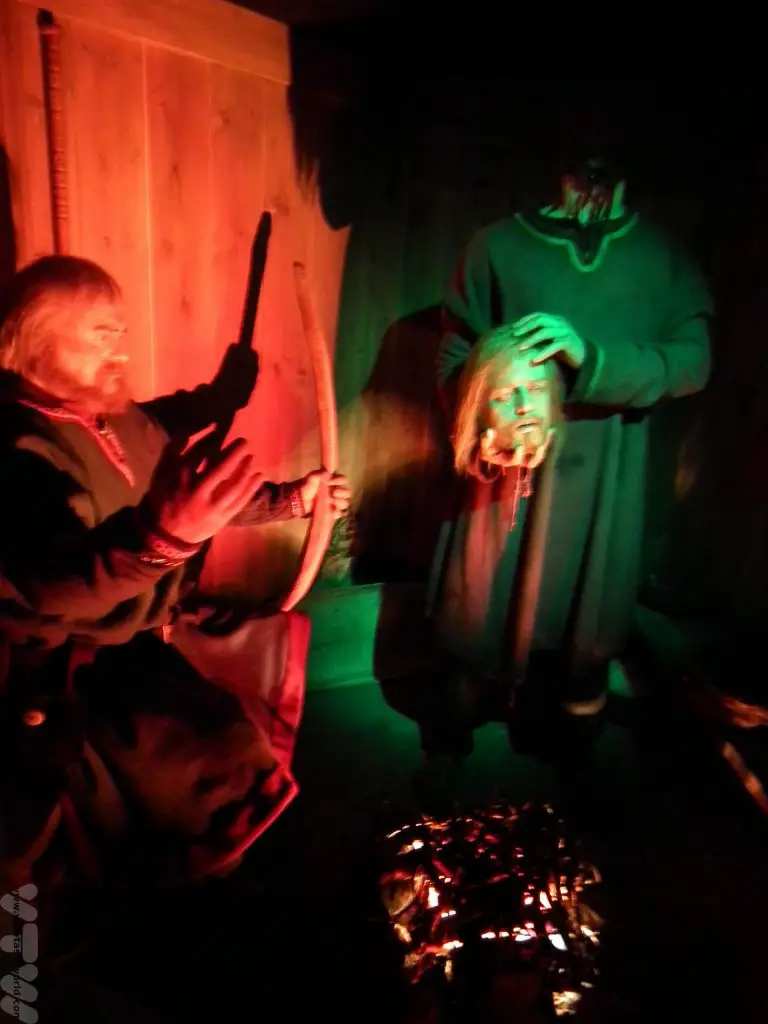
Days 2-3 Gjógv on Eysturoy
We then travelled across Streymoy to spend a couple of nights in Gjógv on Eysturoy.
En route we visited Saksun, a delightful settlement on the northwestern coast of Streymoy. It’s a village is surrounded by steep mountains and lake with a sandy beach leading to the Atlantic Ocean. It’s a lovely walk along the beach out to the sea if the tide is out, even though the weather wasn’t really on our side that day.
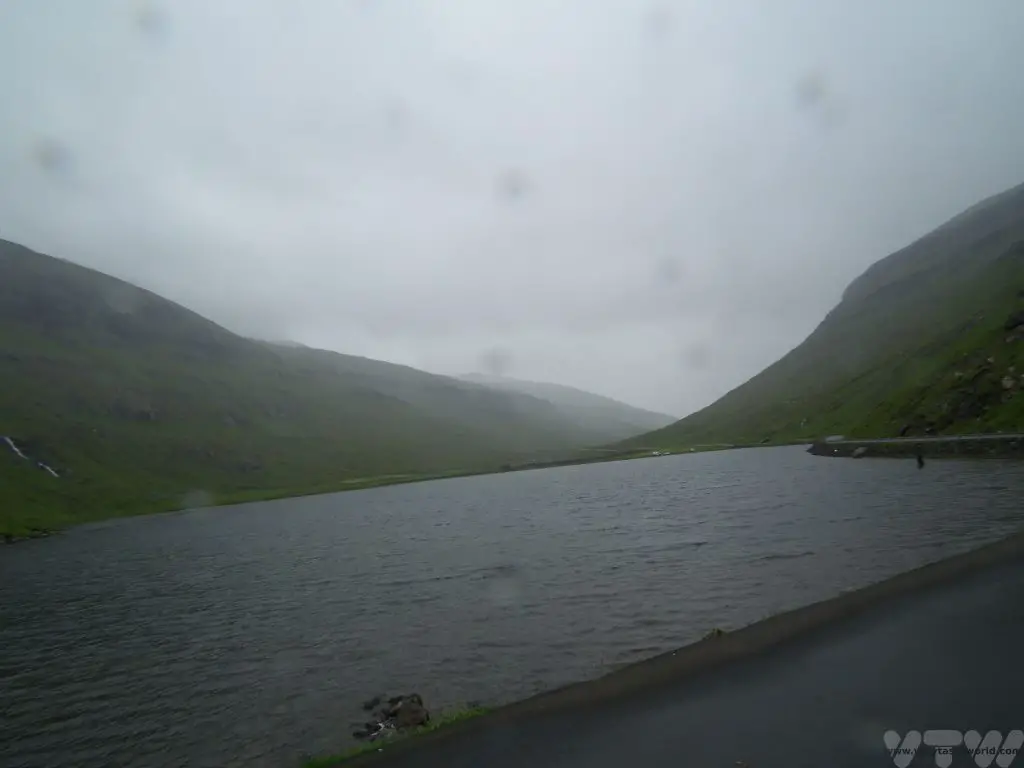
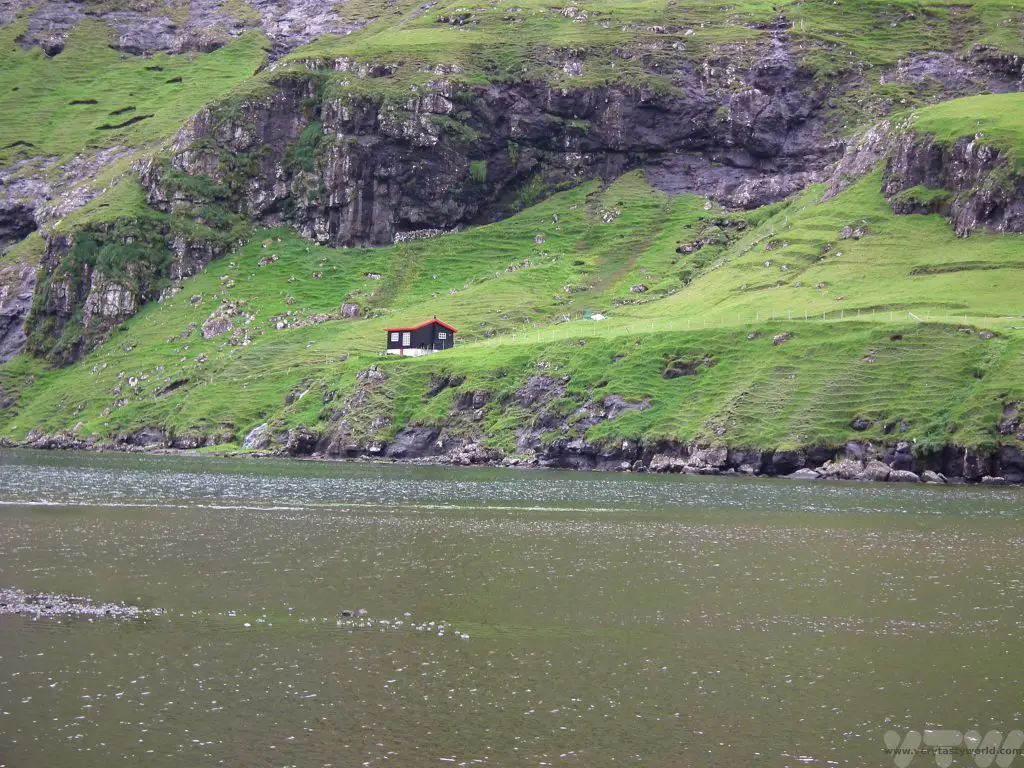
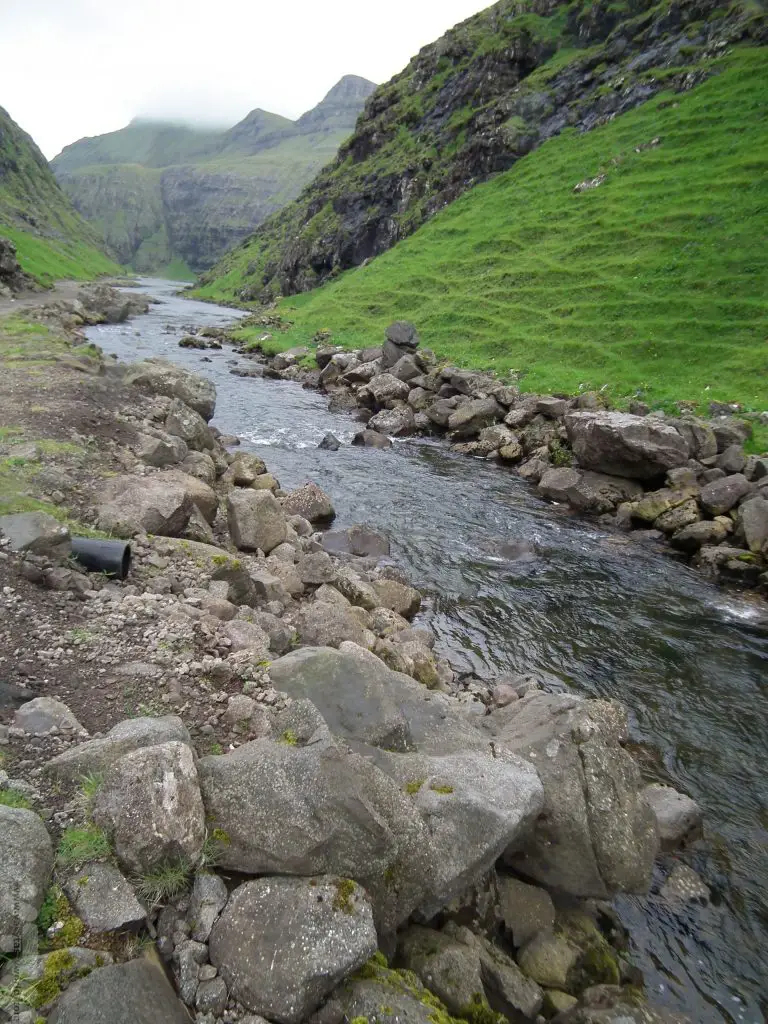
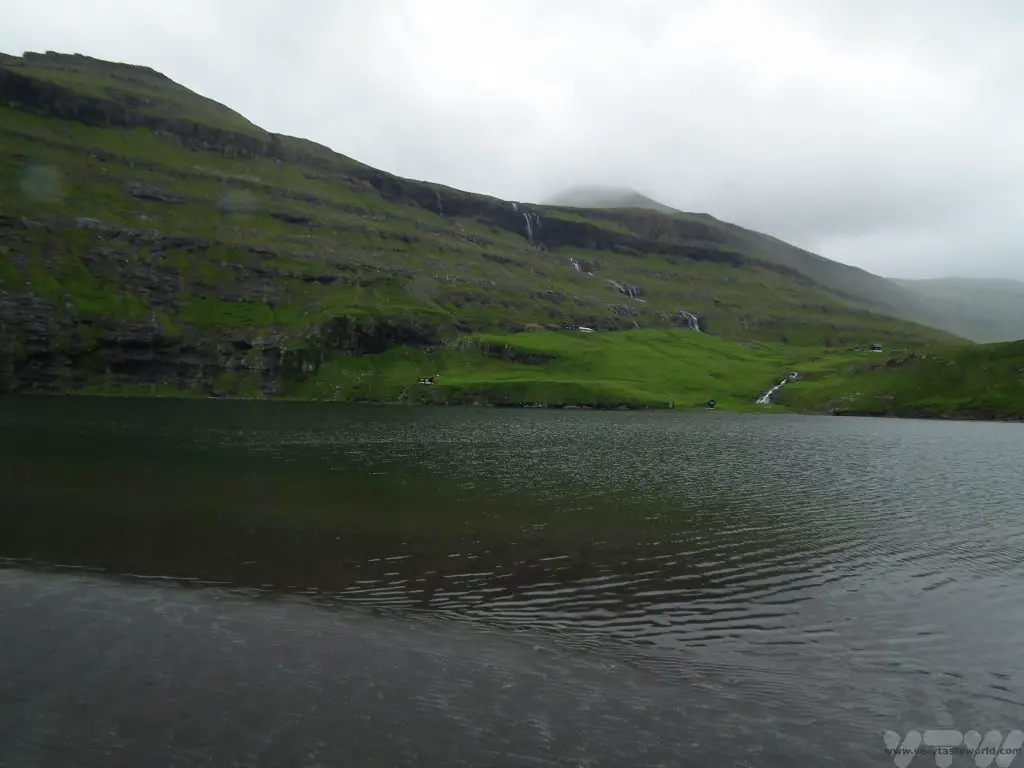
Crossing the small bridge that links Streymoy to Eysturoy, we arrived at Gjógv on the northeast of the island. Gjógv is a delightful rural town with a beautiful natural harbour.
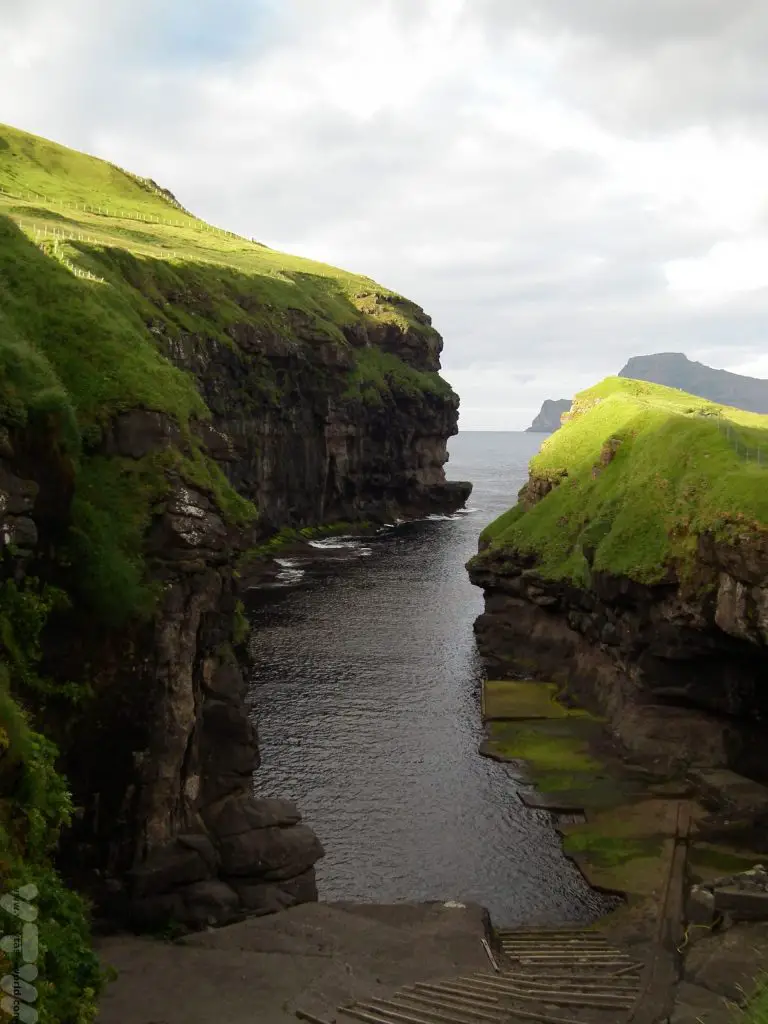
Our hotel offered a cultural evening with local food and the chance to take part in a Faroese traditional chain dance.
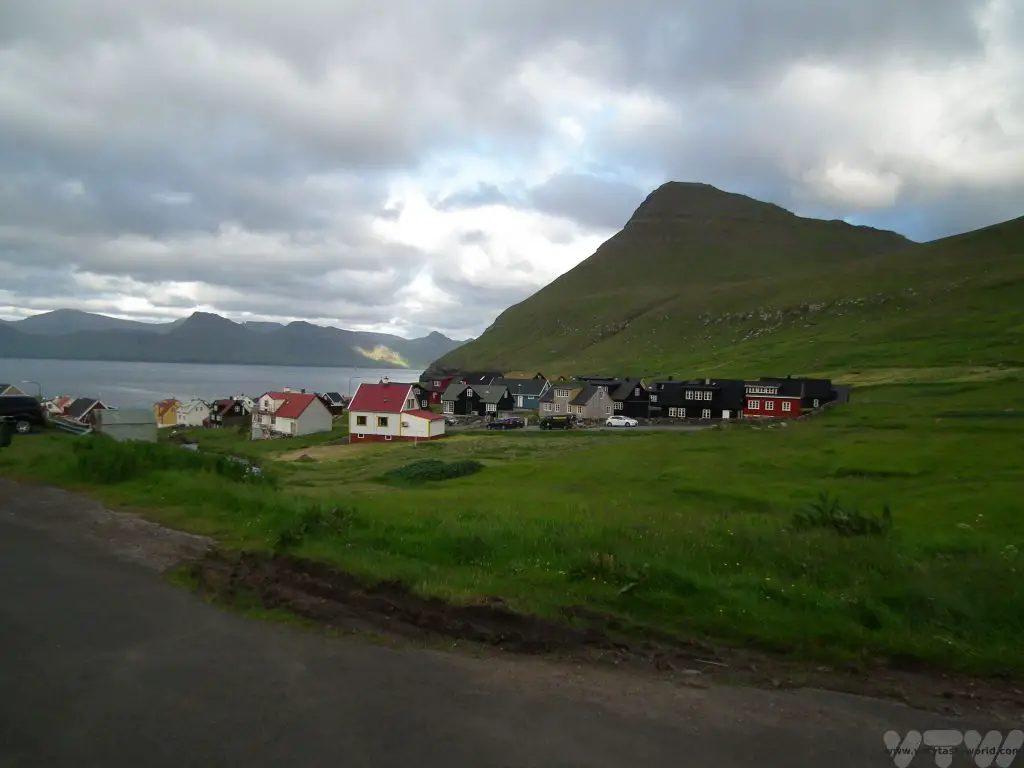
You can also go walking on the cliff-tops and view the local puffins.
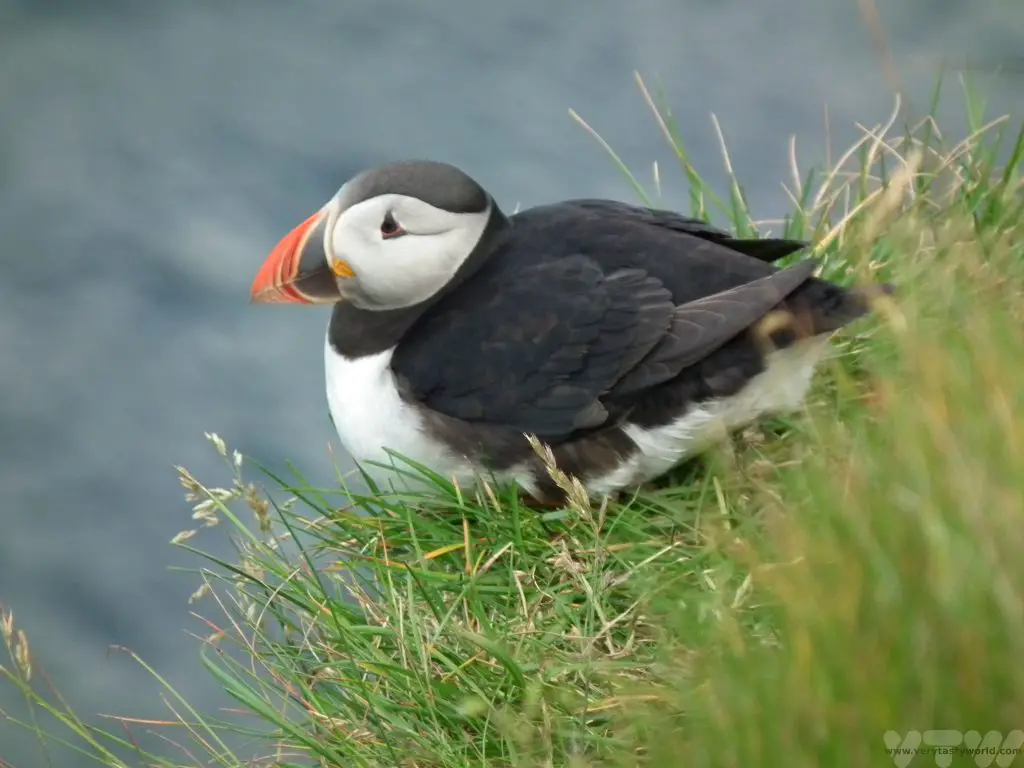
Close to the town of Eiði on the northwestern coast of Eysturoy you can see some famous rock formations – this is the Giant, a stack just off the coast. However, we didn’t get quite far enough around the headland to see its companion, the Hag.
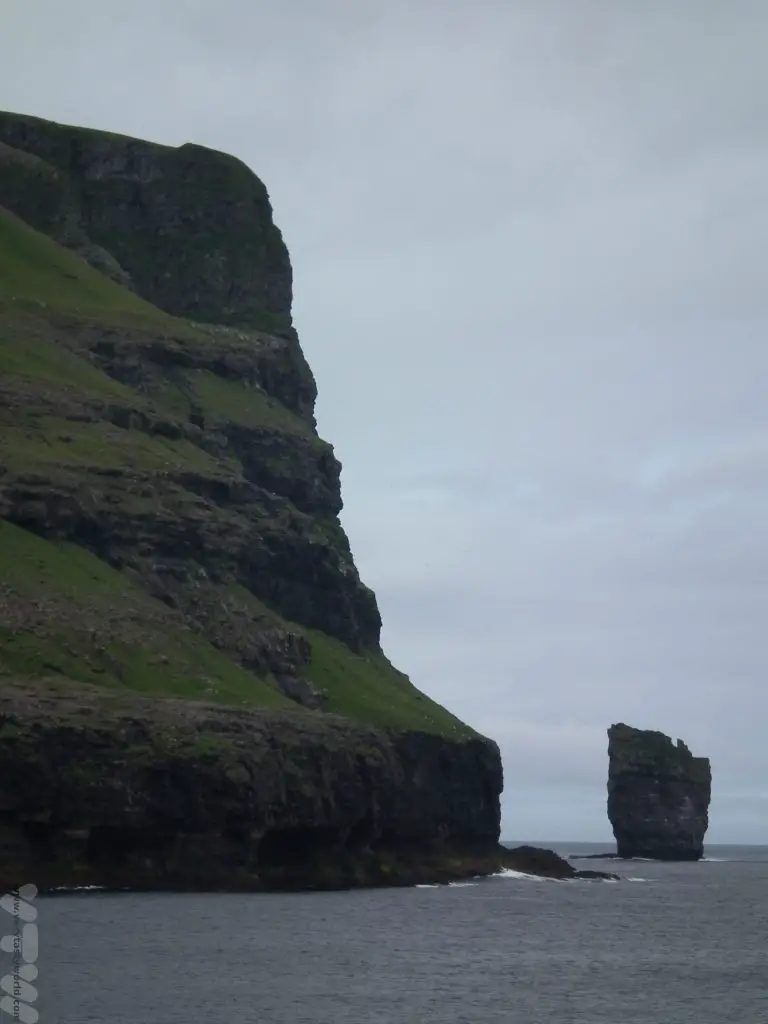
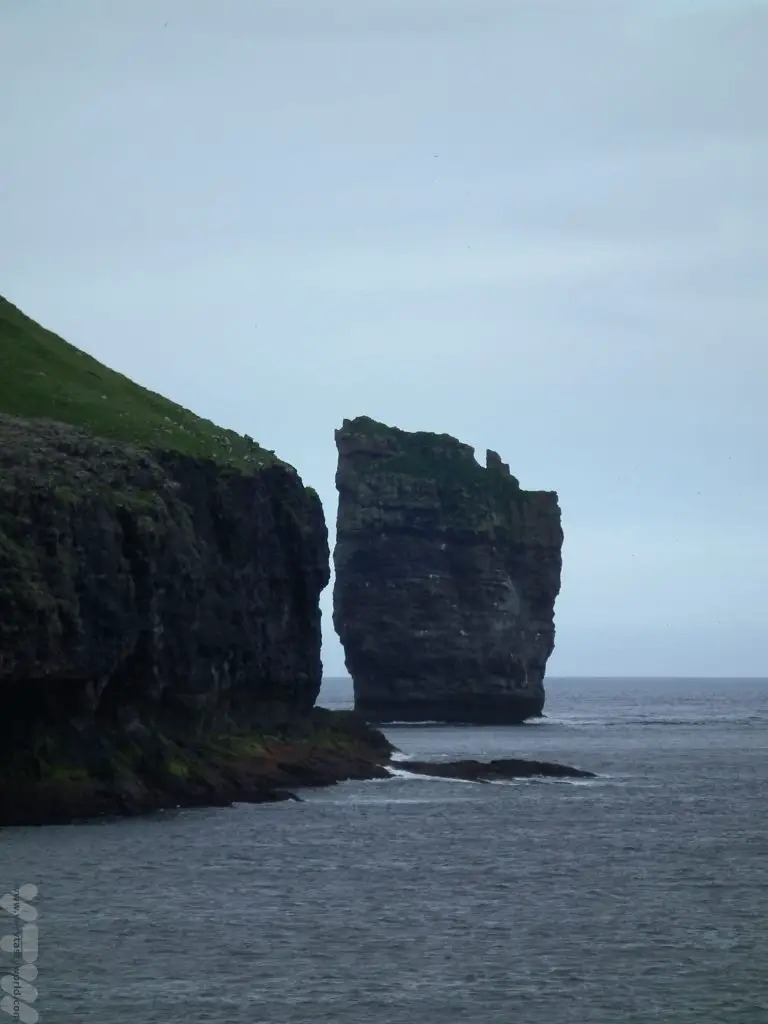
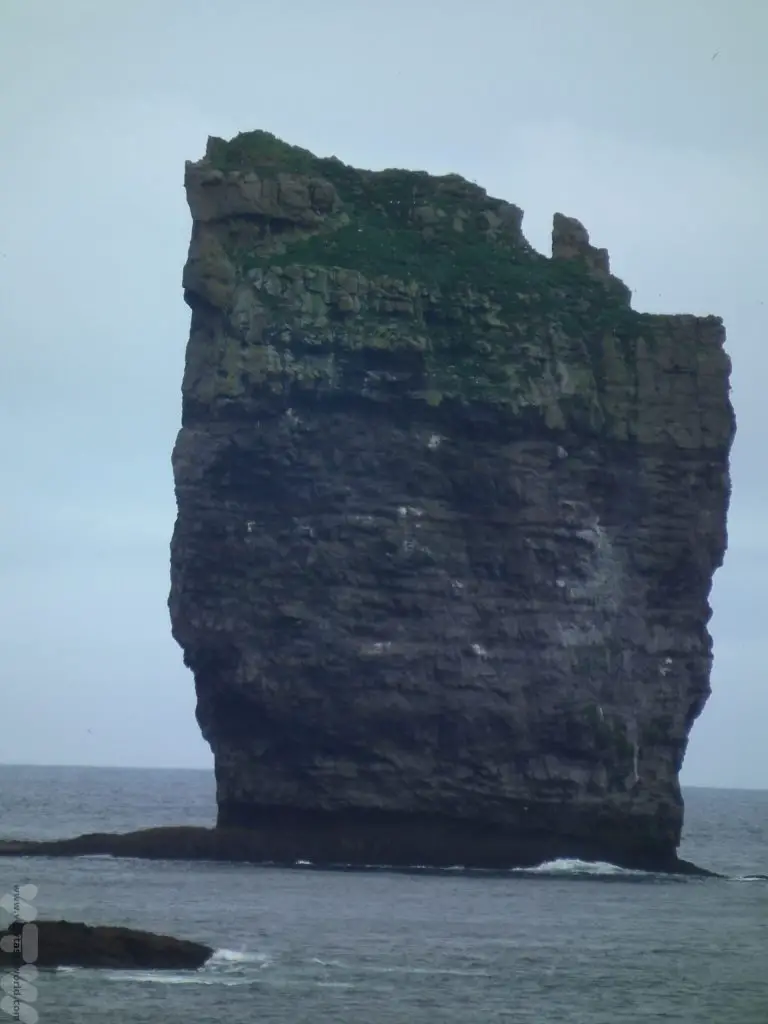
Days 4-5 Klaksvík on Borðoy
We then travelled to Klaksvík, the islands’ second largest city after its capital, Tórshavn. Klaksvik is a modern city with a large fishing industry and it, too, is located in a natural harbour. It is also home to the brewery Föroya Bjór which produces the local beer, characterised by a ram on its label.
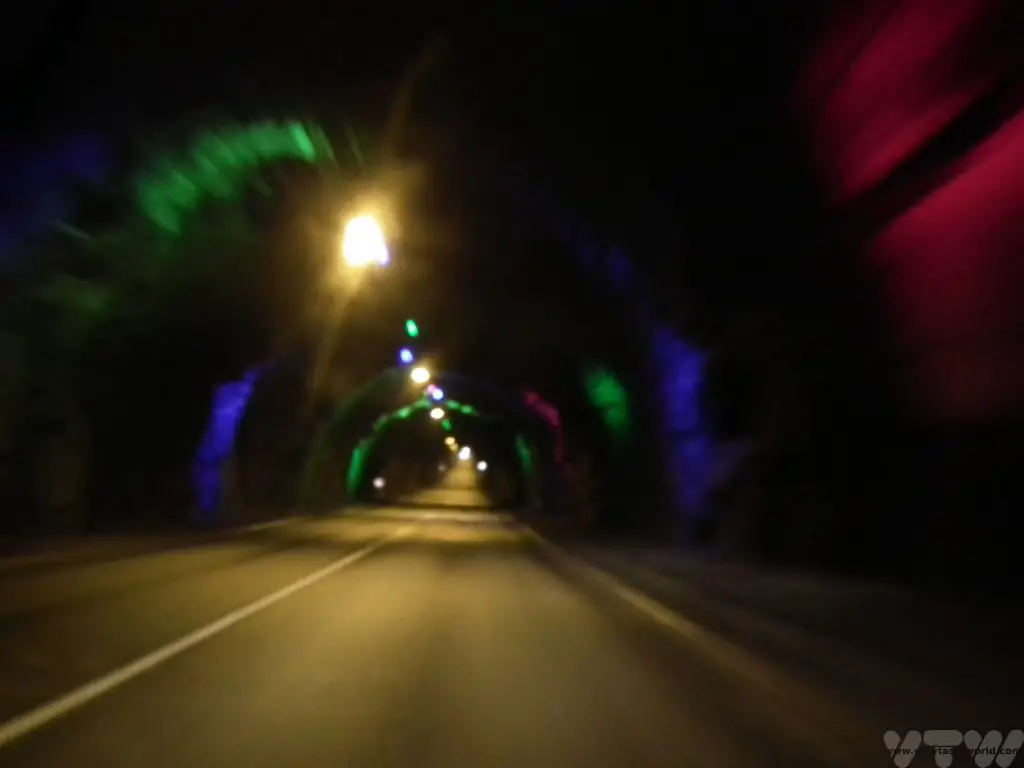
The tunnel from Oyndarfjørður to the island Borðoy had some amazing light installations created by Tróndur Patursson at its lowest point beneath the sea.
We stayed in the city and used it as a base to visit the northern islands. Klaksvík claims to have the most beautiful church on the Faroe islands and it’s difficult to disagree with this sentiment. There is a rowing-boat hanging from the ceiling. It was used originally to transport the priest between locations on the various islands.
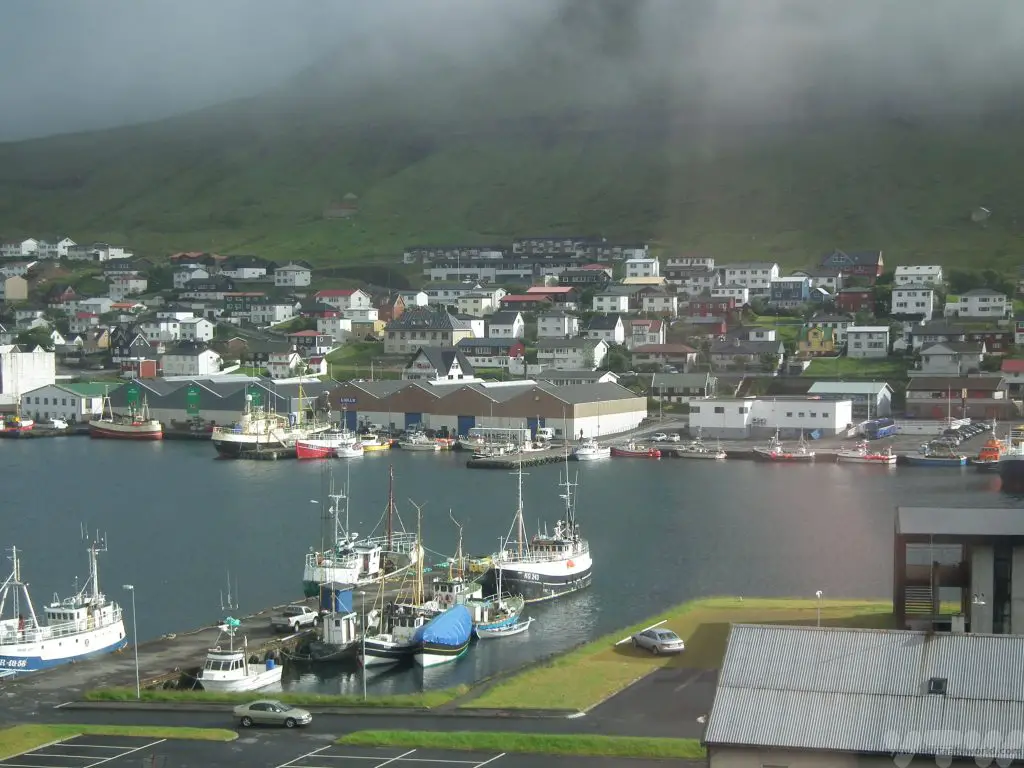
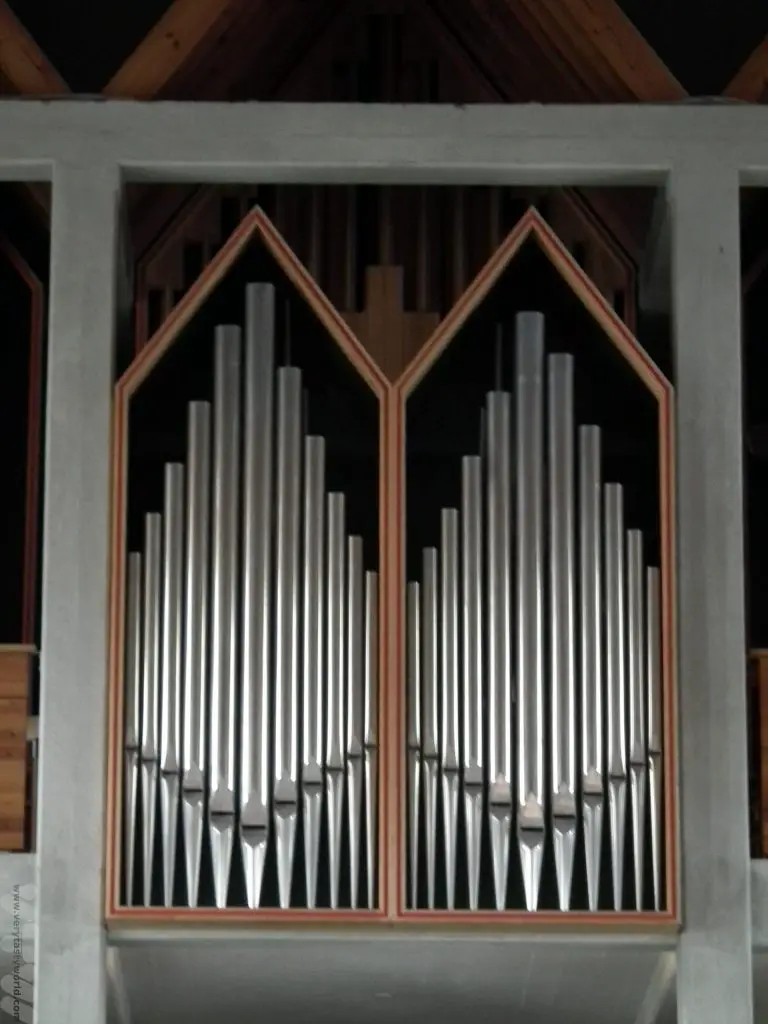
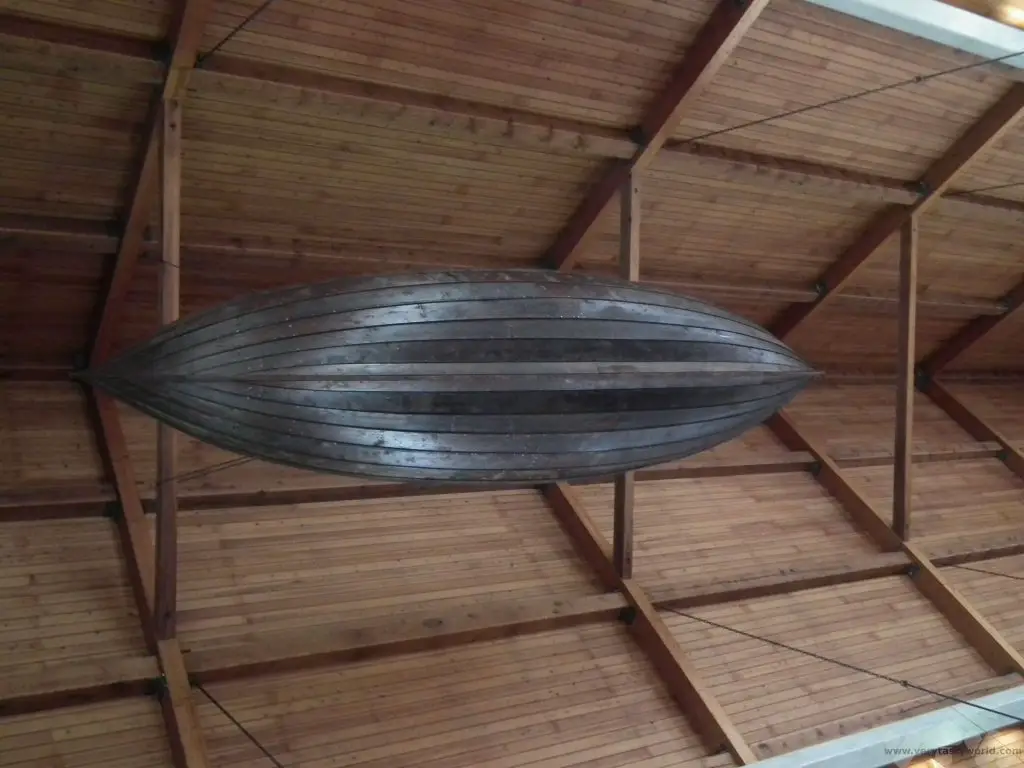
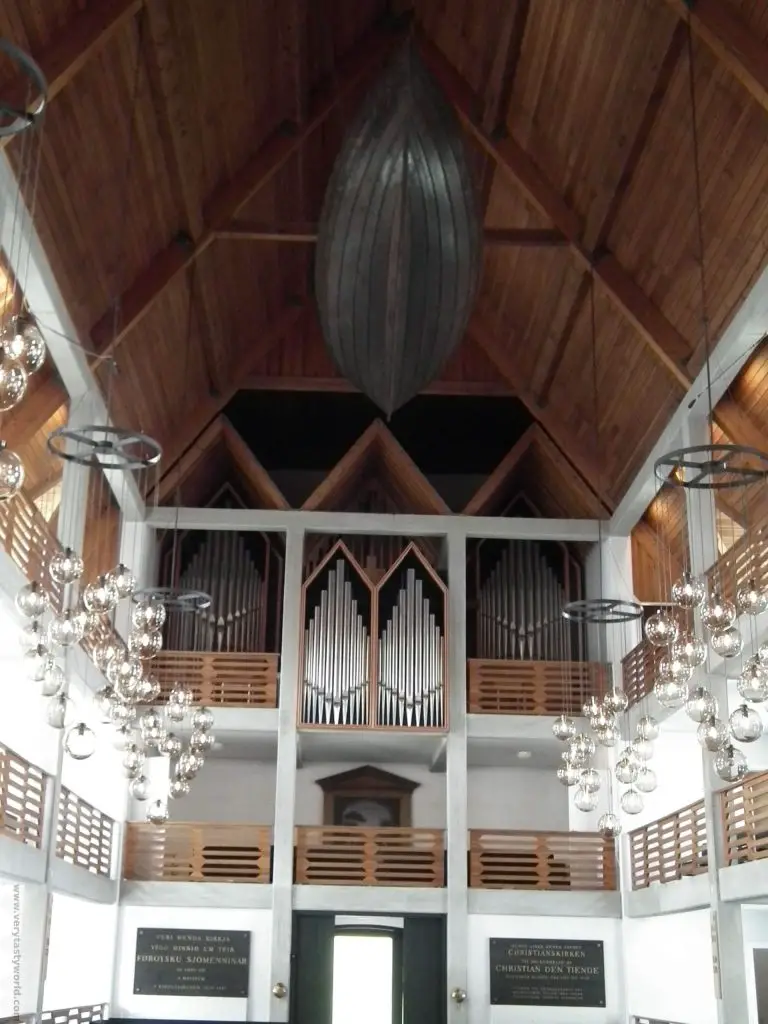
It was during this time exploring the northern islands that we discovered those terrifying single track tunnels. But it was worth it for the scenery: from Viðoy you could see some wonderful views of Svínoy and Fugloy.
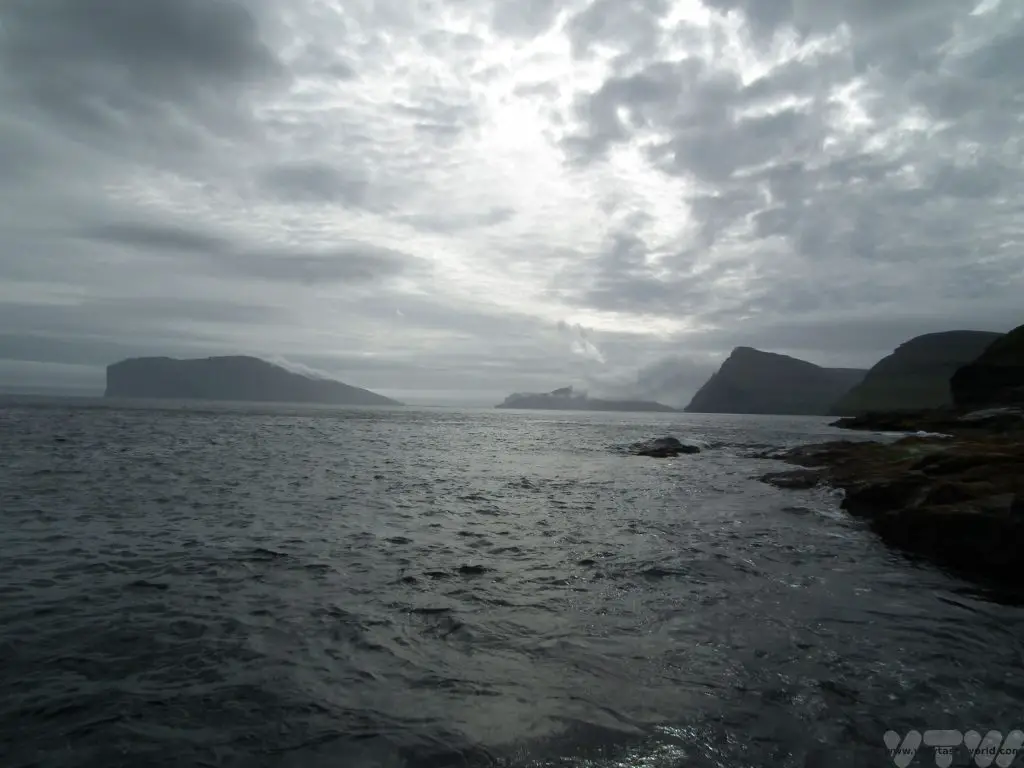
Viðoy has some of the archipelago’s most spectacular mountains and is a place where serious walkers do some serious walking.
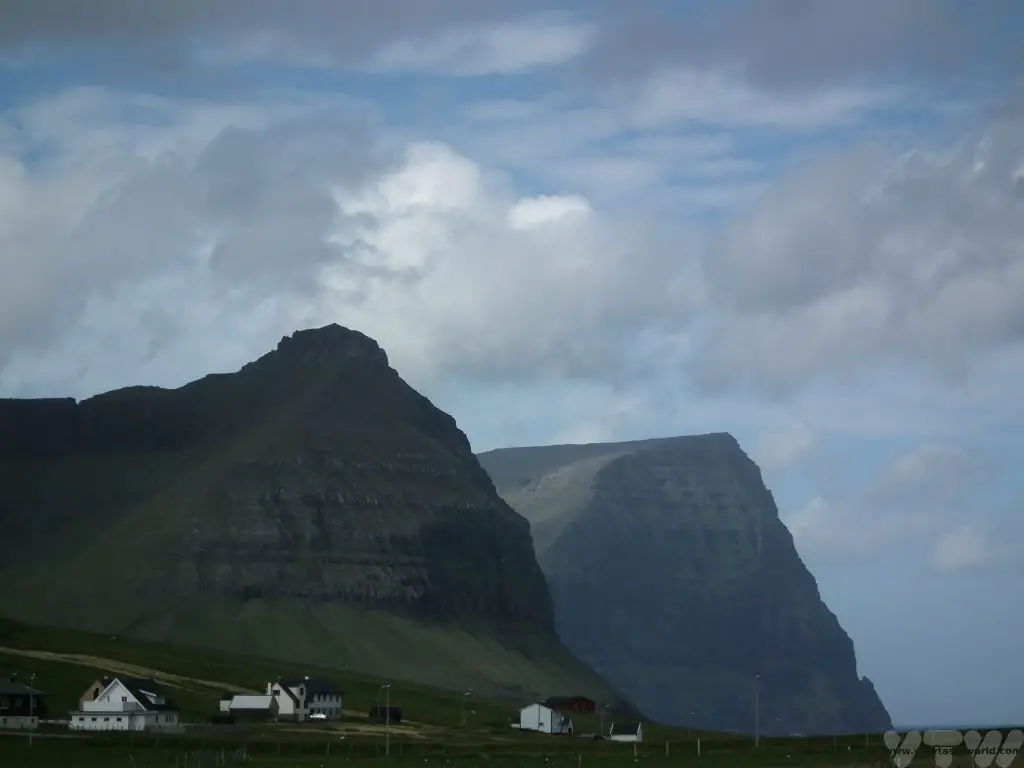
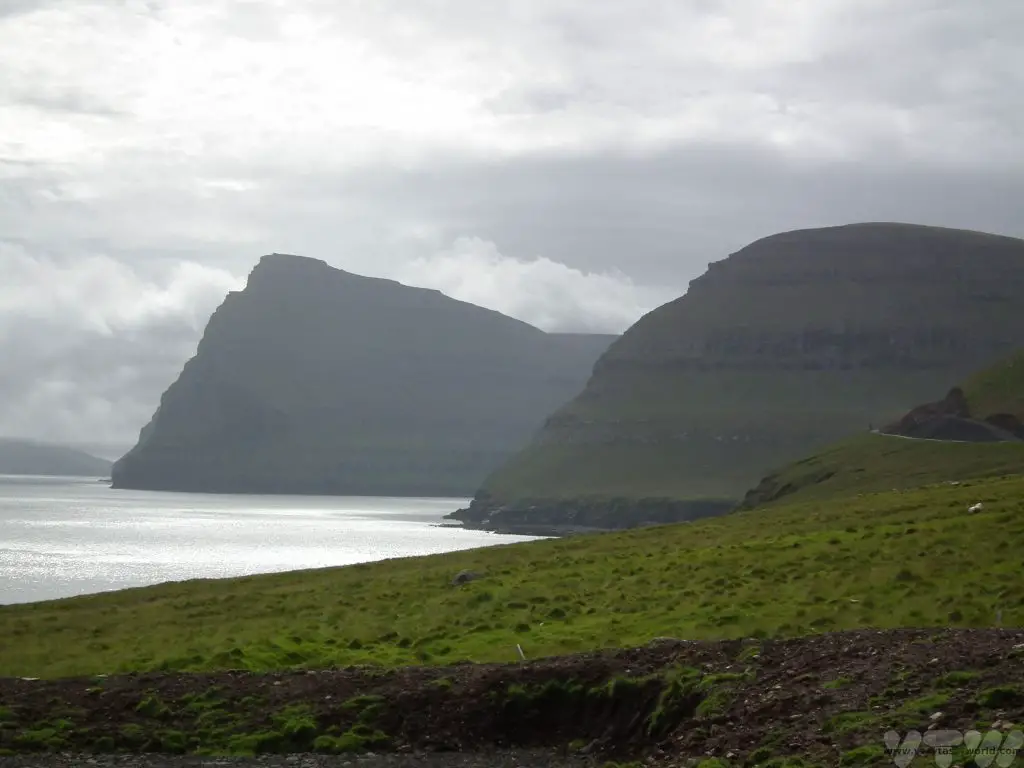
Days 6-7 Tórshavn
And then we drove back to Streymoy to explore Tórshavn which is, apparently, the smallest, cosiest capital in the world. Certainly according to the locals. It’s a great city to visit, with lots of history, interesting architecture, cool art galleries, fascinating museums and some really good restaurants.
Because it’s compact it’s very easy to park the car at your hotel and walk to all the sights in the city. It’s worth spending a couple of days here as there plenty of things to do. The local tourist information centre has lots of options for excursions.
Tinganes is the site of one of the world’s oldest parliaments, its name means ‘parliament jetty,’ and it was where the Viking parliament first started meeting in around 900 CE.
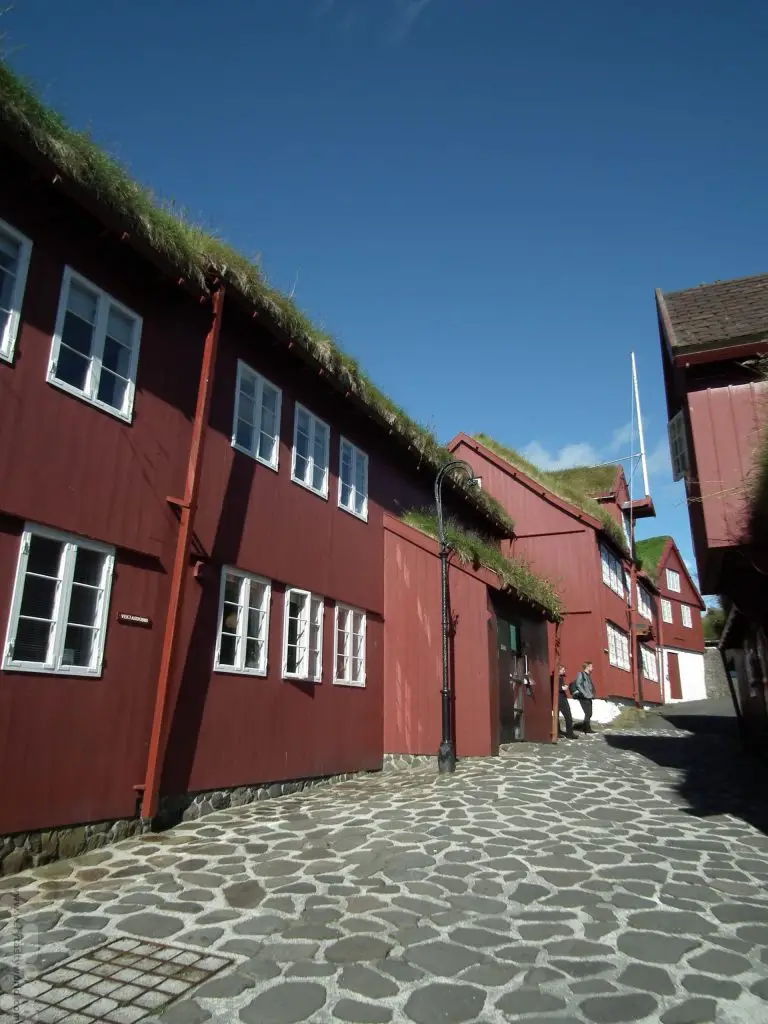
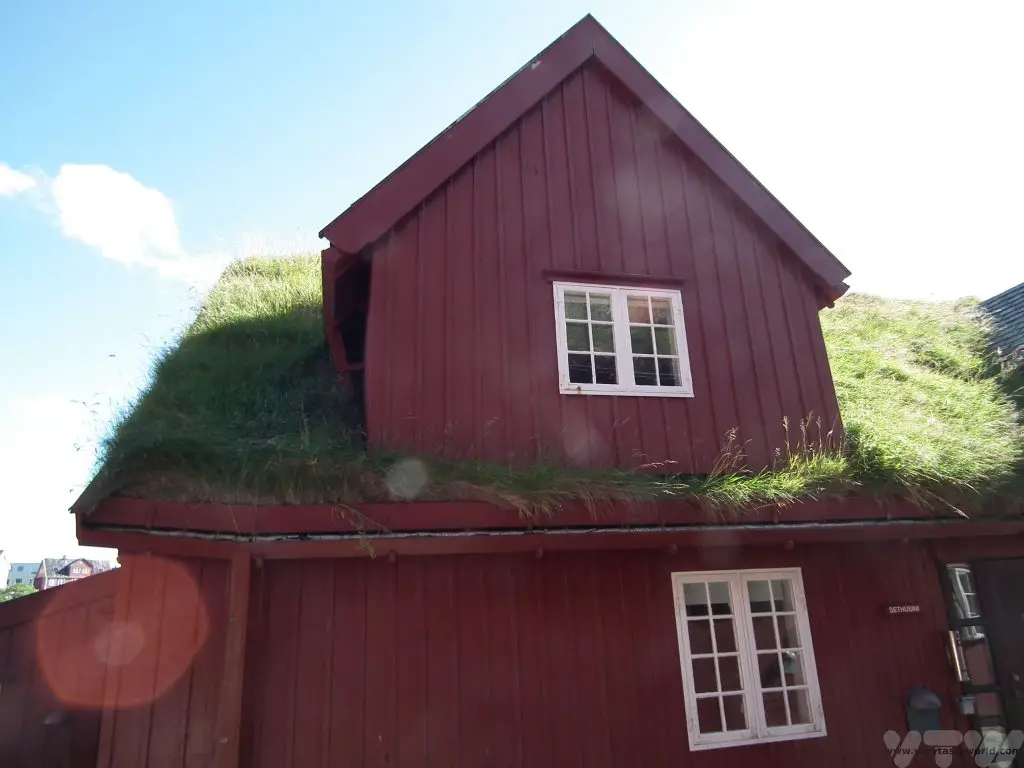
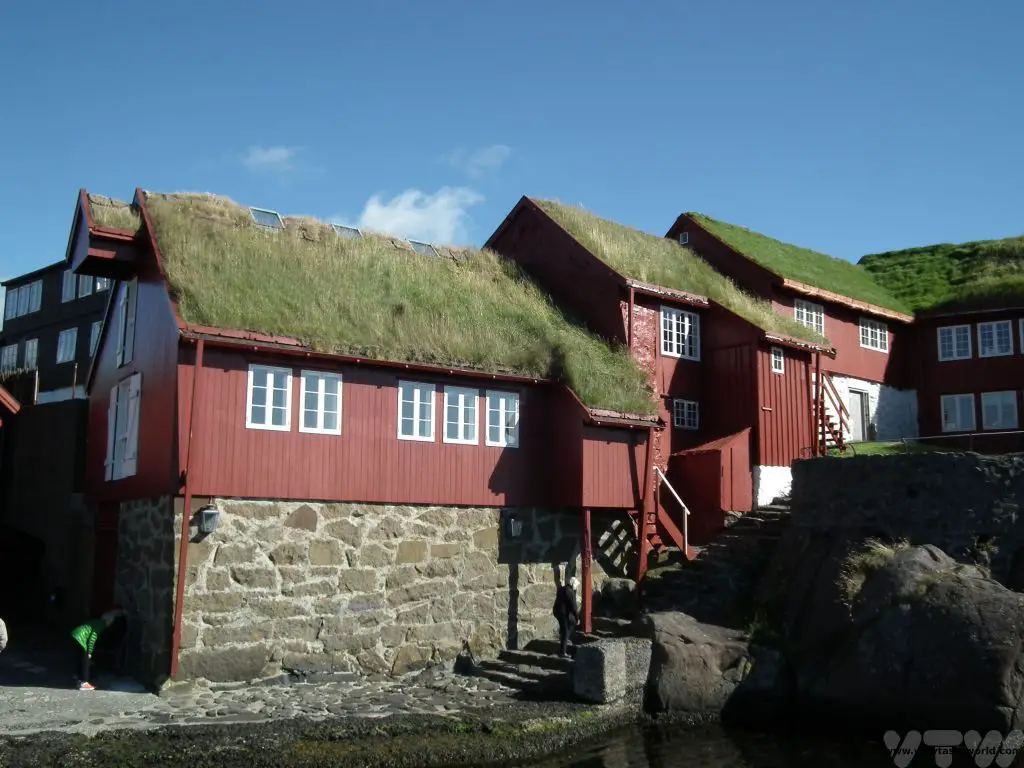
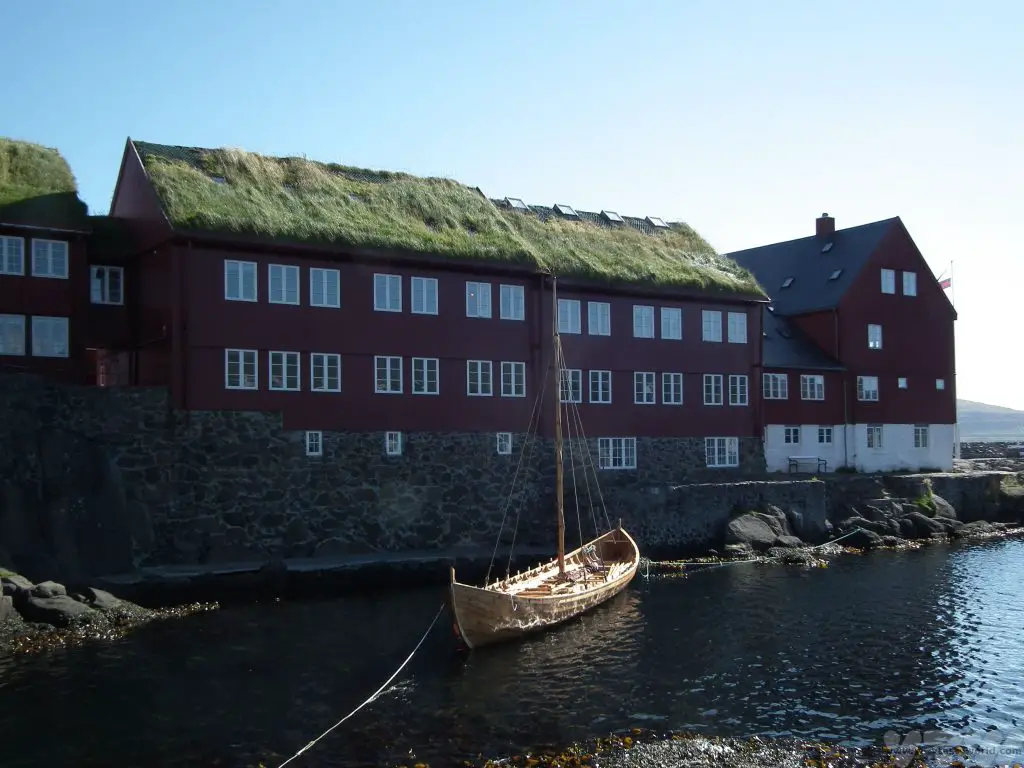
Fort Skansin was built in 1580 by Magnus Heinason on a hill close to the city in order to protect against pirate raids of the town.
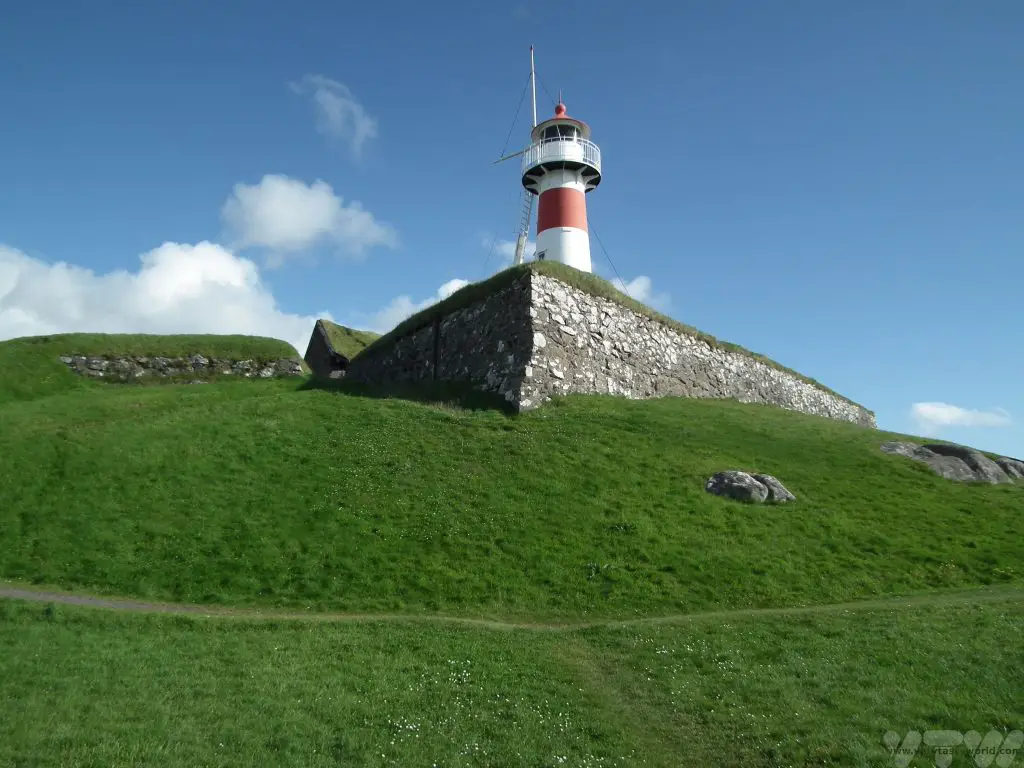
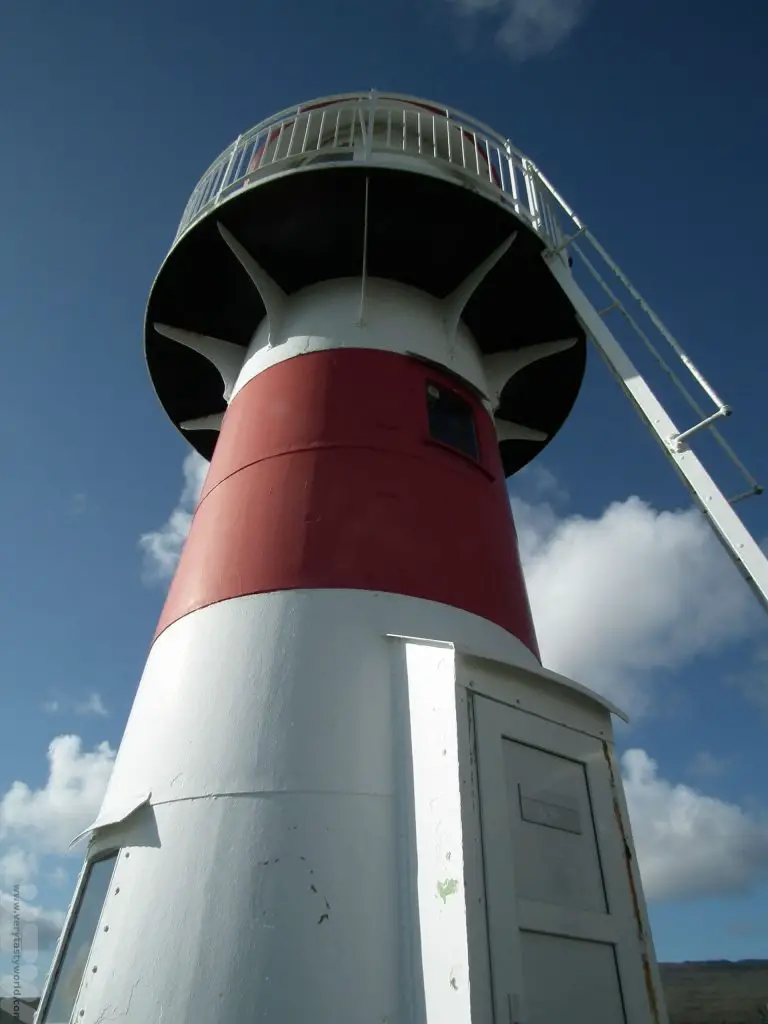
A day trip aboard the Schooner Norðlýsið made for a very enjoyable excursion.
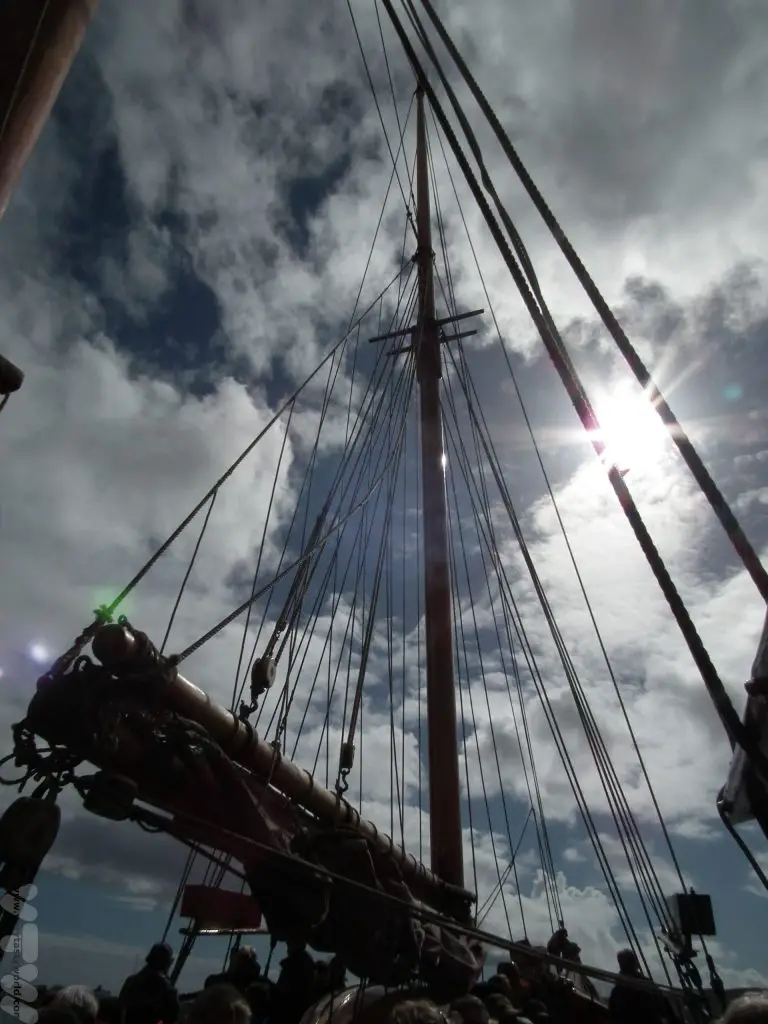
There’s a choice of a visit to either Hestur or Nólsoy and sometimes you can experience a concert in a cave.
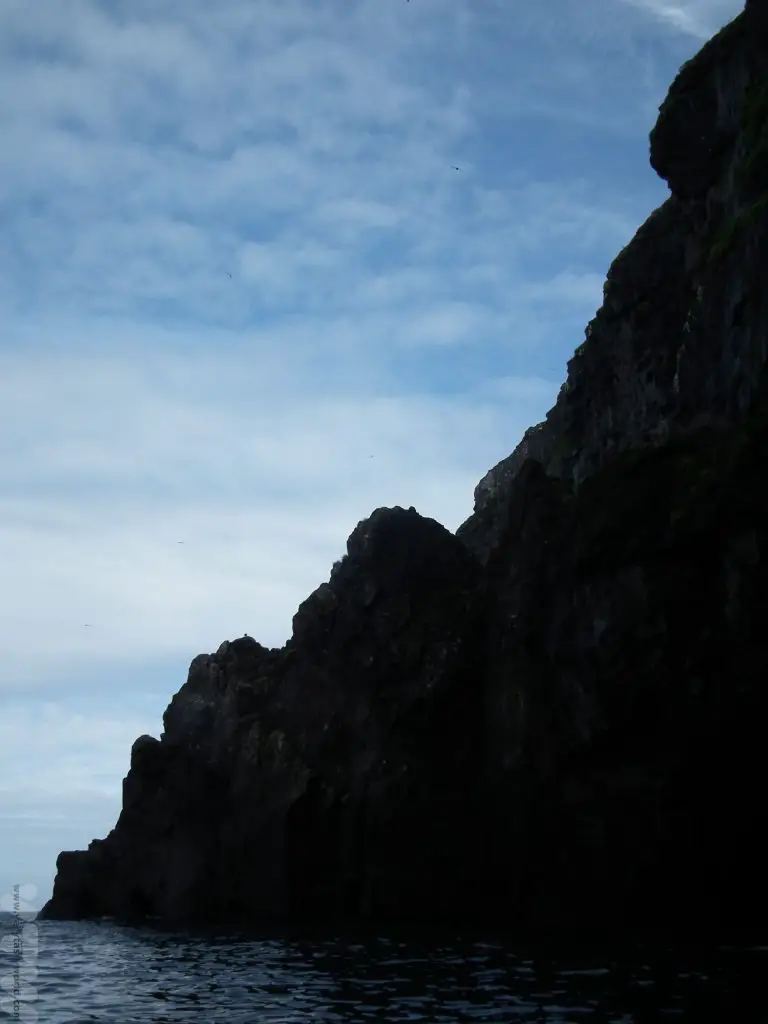
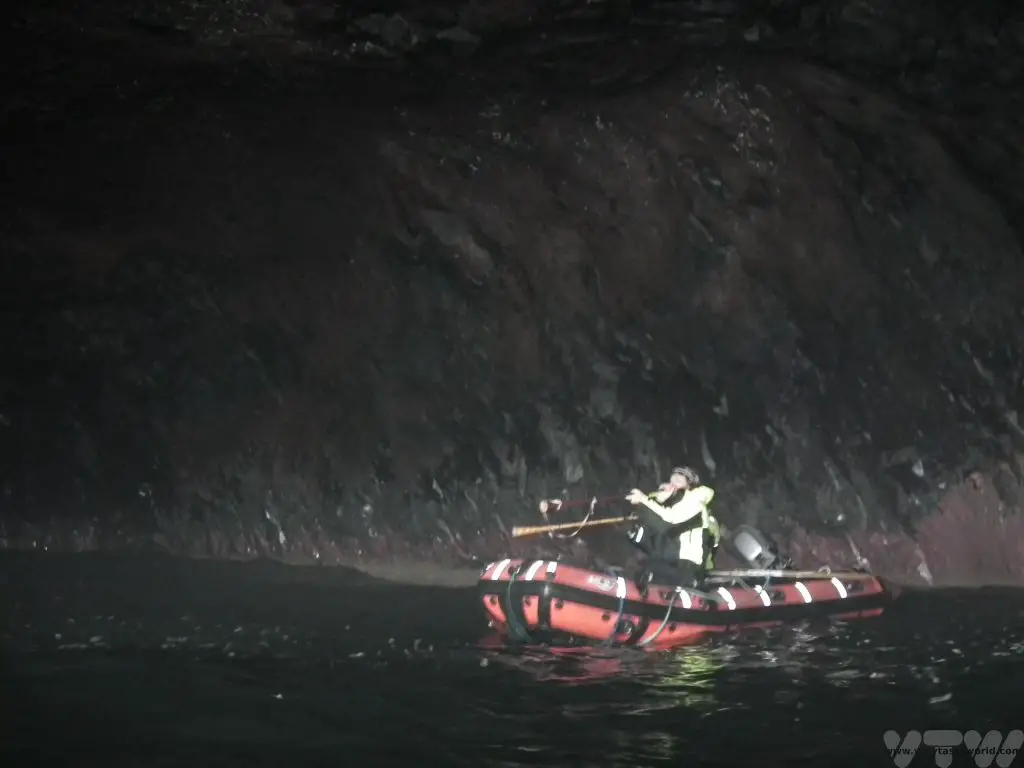
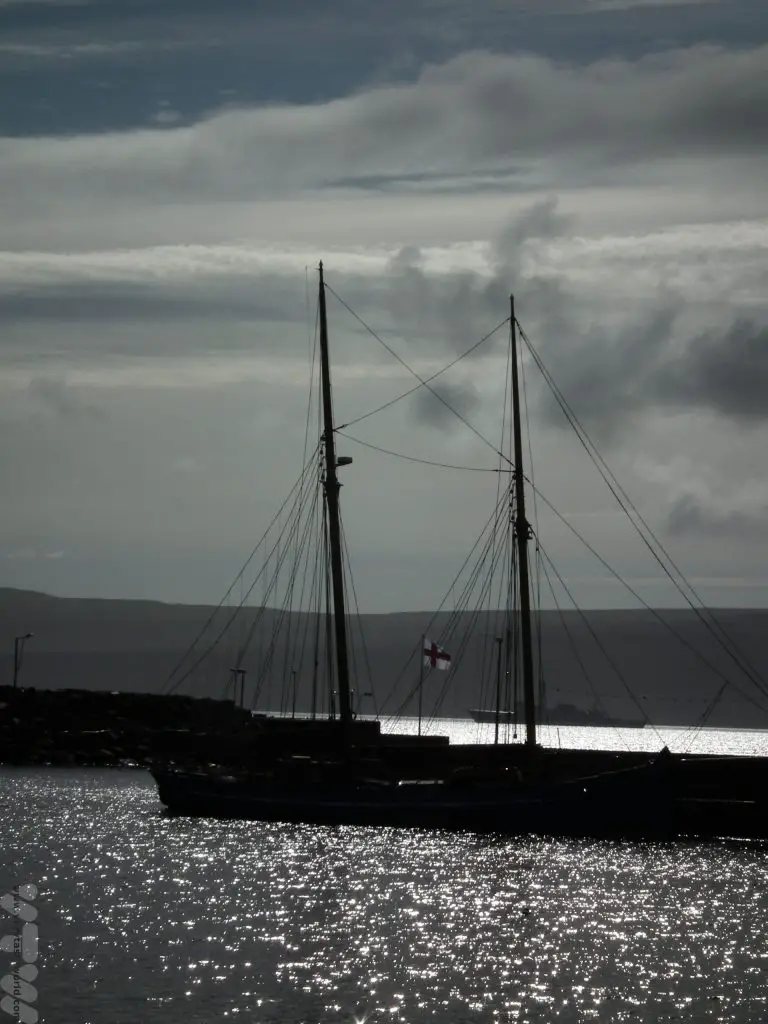
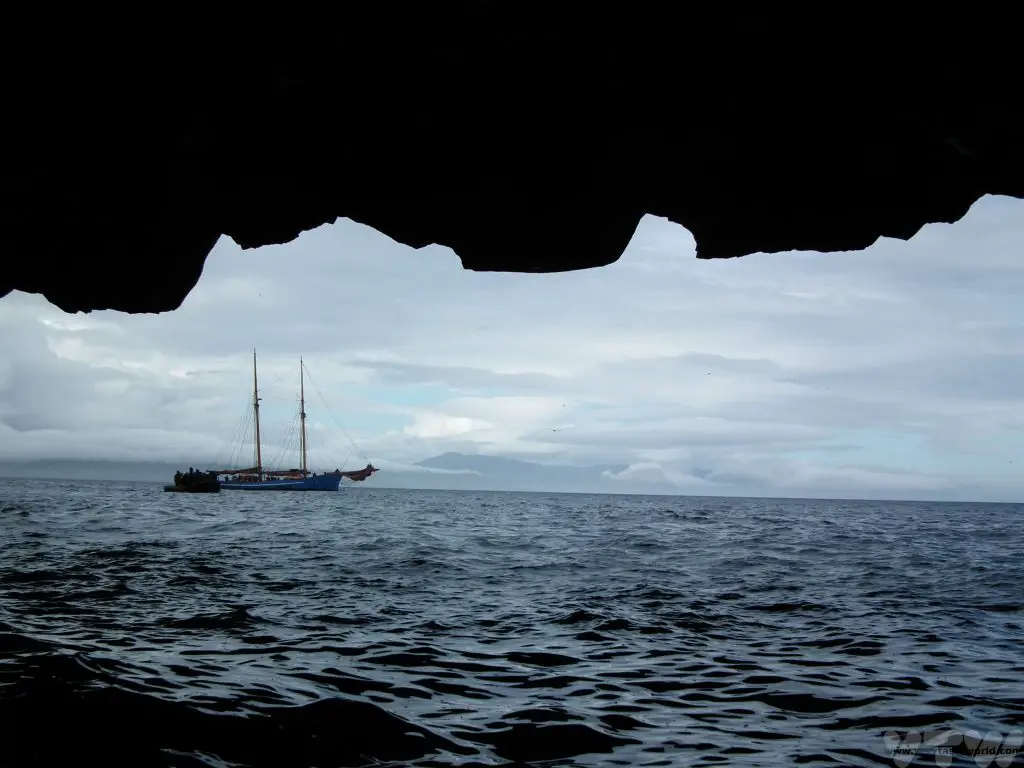
Our trip took us to Nólsoy; we visited some of the caves in a dinghy. There wasn’t a concert that day so a man in another dinghy blew a few tunes on a traditional horn so that we could get an idea of the impressive acoustics.
The boat made a brief landing on the island itself.
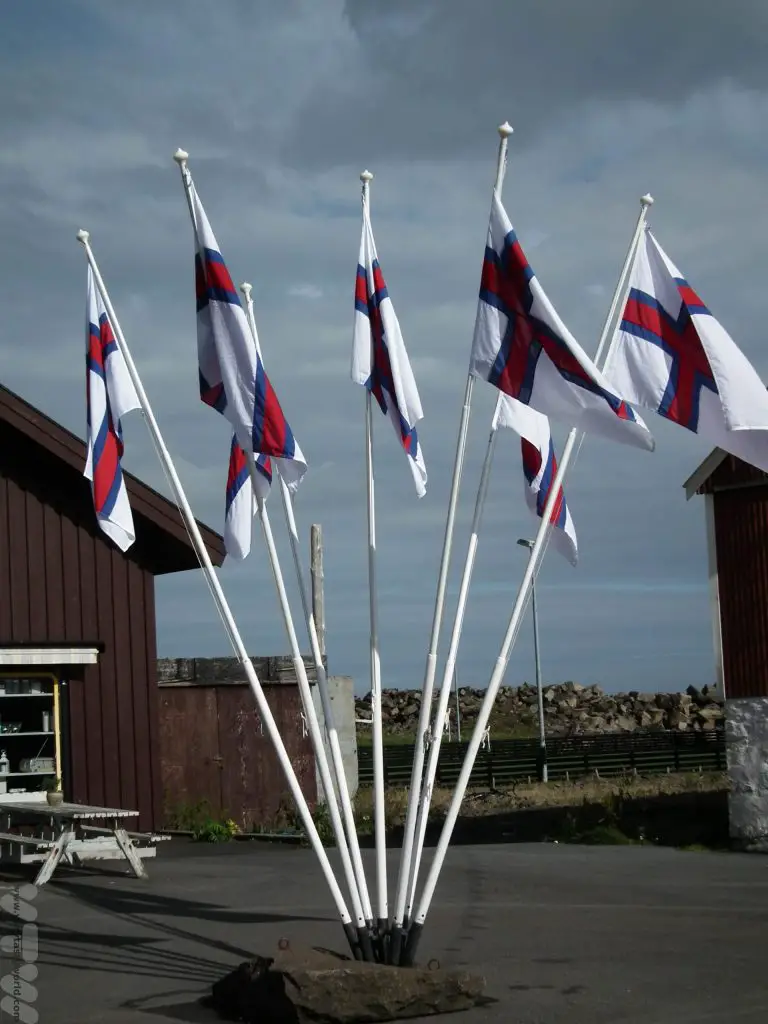
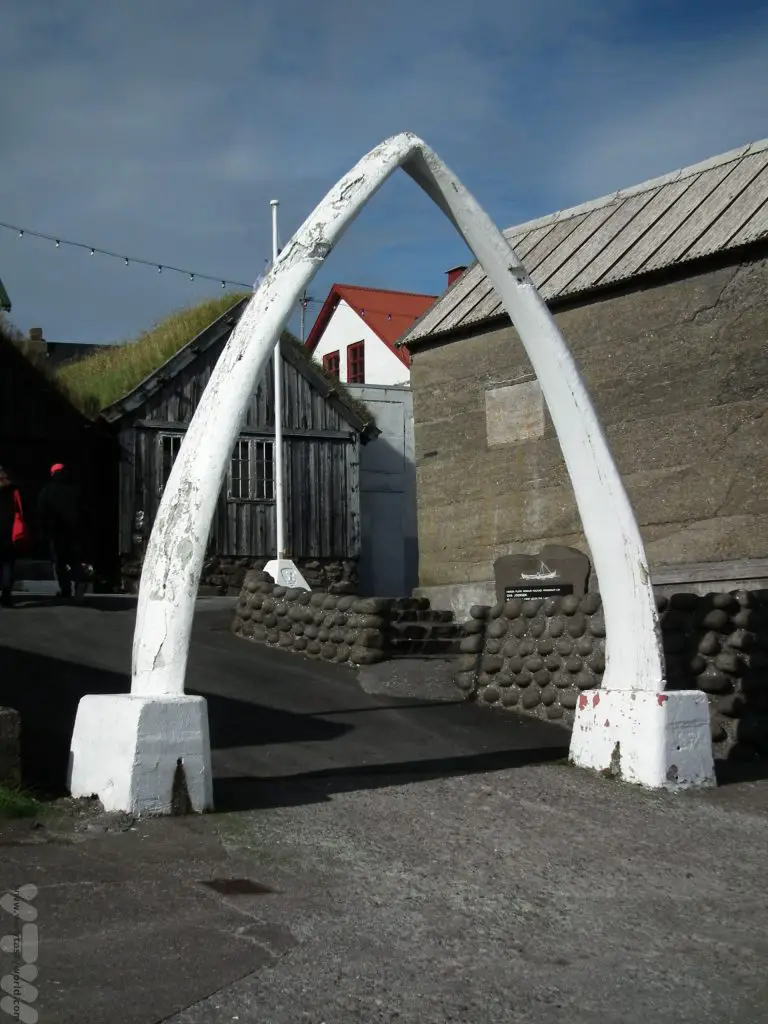
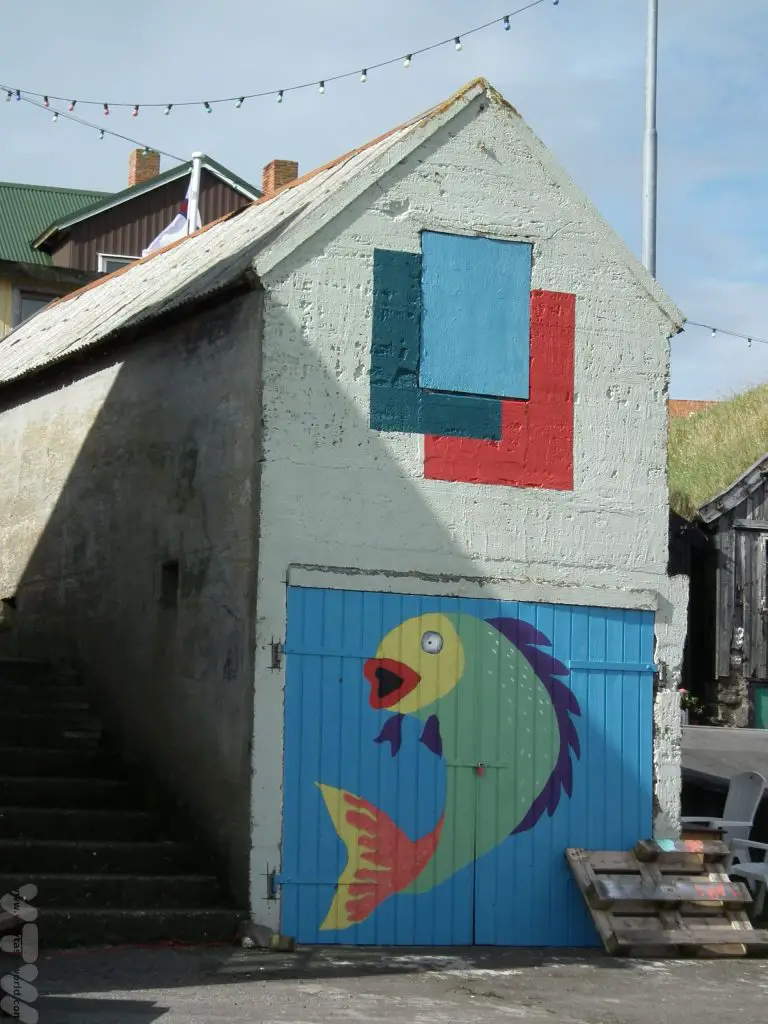
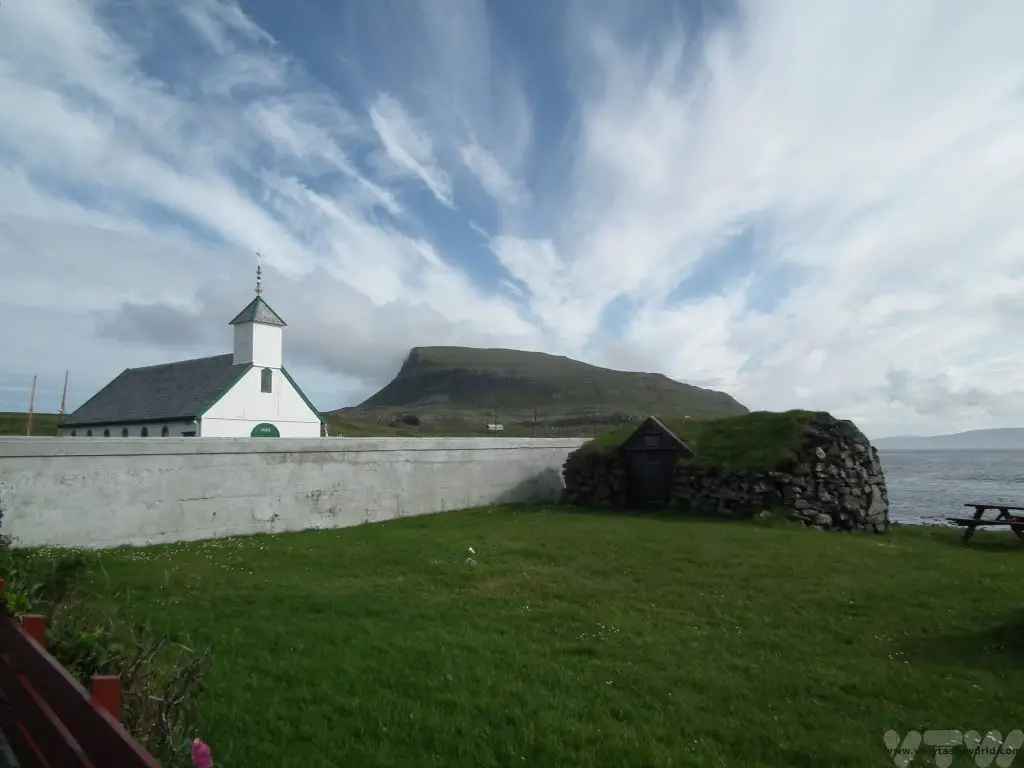
The following day it was time to return to the airport for the flight home. It takes around 45 minute to an hour to reach there from Tórshavn.
Related Posts You May Enjoy

World’s Best Breakfasts -Breakfast of Champions!
….And Why It’s Often Okay to Go Off-Menu When Travelling
Many years ago we were excitedly choosing all sorts of delicacies at the breakfast buffet at our hotel in Yerevan, Armenia, when another guest glanced at our plates, shrivelled their noses in a very patronising manner and exclaimed, “Ugh! Salad? For breakfast?” It’s widely considered to be most important meal of the day but so many people seem to be set in their ways when it comes to eating a hearty breakfast. So much that hotels all over the world seem to offer pretty much the same fare. Western visitors are often offered fried food such as bacon, sausage and eggs with bread-based accompaniments and Eastern visitors are usually offered rice or noodle dishes. All these dishes are generally familiar to the tourist and often don’t reflect the traditional breakfasts of the country they are visiting. Here are some of the world’s best breakfasts.
Maybe it’s because people don’t feel so adventurous first thing in the morning, and that’s fair enough, but they may be missing out. Thing is, we’re British and can have bacon and eggs any time we like. (Although, to be honest, we haven’t cooked a fry-up for years as it’s quite a lot of effort.) We’d much rather eat a typical breakfast using local ingredients from the country that we are visiting.
It’s quite common for hotels to ask their guests to pre-order breakfast. It makes sense, they know what they need to order in beforehand and this can help minimise food waste. There is usually a form with tick boxes and you can choose from a variety of typical breakfast offerings. But if you do want to eat like a local, we’ve learned that many hotel restaurants are happy to cook you a regional breakfast. We’ve discovered that very often it’s absolutely okay to go off menu.
It all started in Uganda when we breakfasted at a lodge with a local guide. We were eating standard fare but our curiosity was piqued when something entirely different was brought out for him. On asking, we learned that it was a rolex – a chapati with a layer of omelette on top, then rolled into a spiral cylinder, perfect for munching on. So the next day we asked the lodge staff if it would be possible for us to have a rolex for brekkie and they were happy to oblige. It’s great – tasty and filling – a good start to the day.

In Nepal we were given a standard pre-order form to complete (eggs, bacon, sausage, toast…) to pre-order breakfast for the following morning. We politely asked whether it was possible to have a local breakfast instead. We didn’t specify any dish – just asked for local food. They were delighted. The following morning we were served a marsala omelette accompanied by a joyous curry and roti with home-made yoghurt. It was delicious.
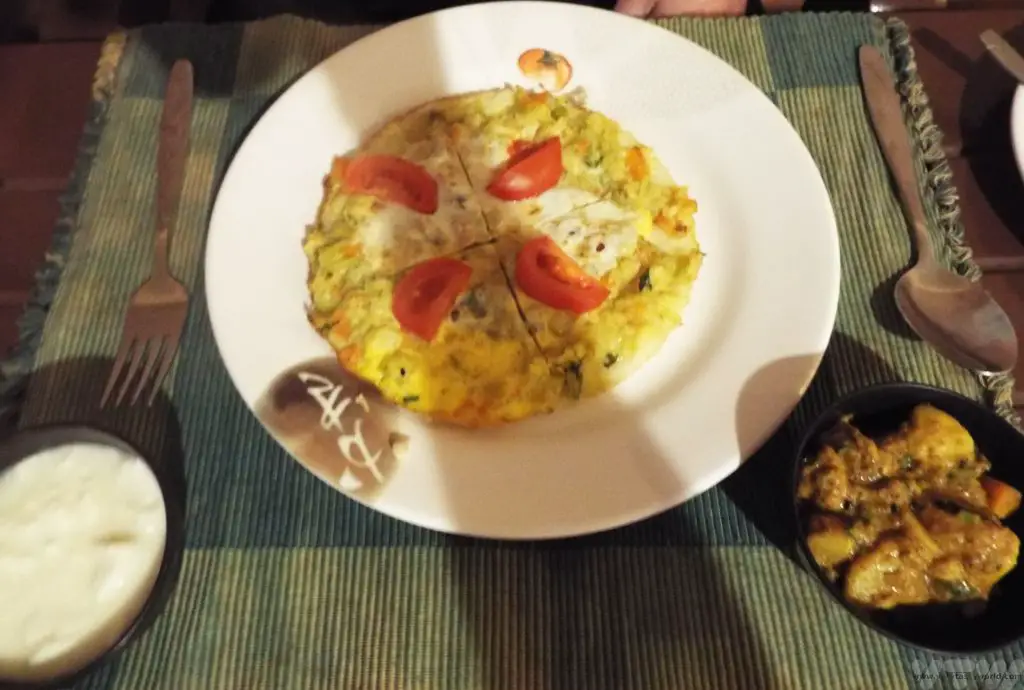
One of the world’s best breakfasts is gallo pinto from Costa Rica. It’s so popular it is often eaten for lunch and dinner as well. Which is just as well because it tastes great and is also really healthy. It comprises rice and beans and is usually accompanied by a fried egg at breakfast. Other accompaniments to start the morning include sausage, fried potatoes and some salad.
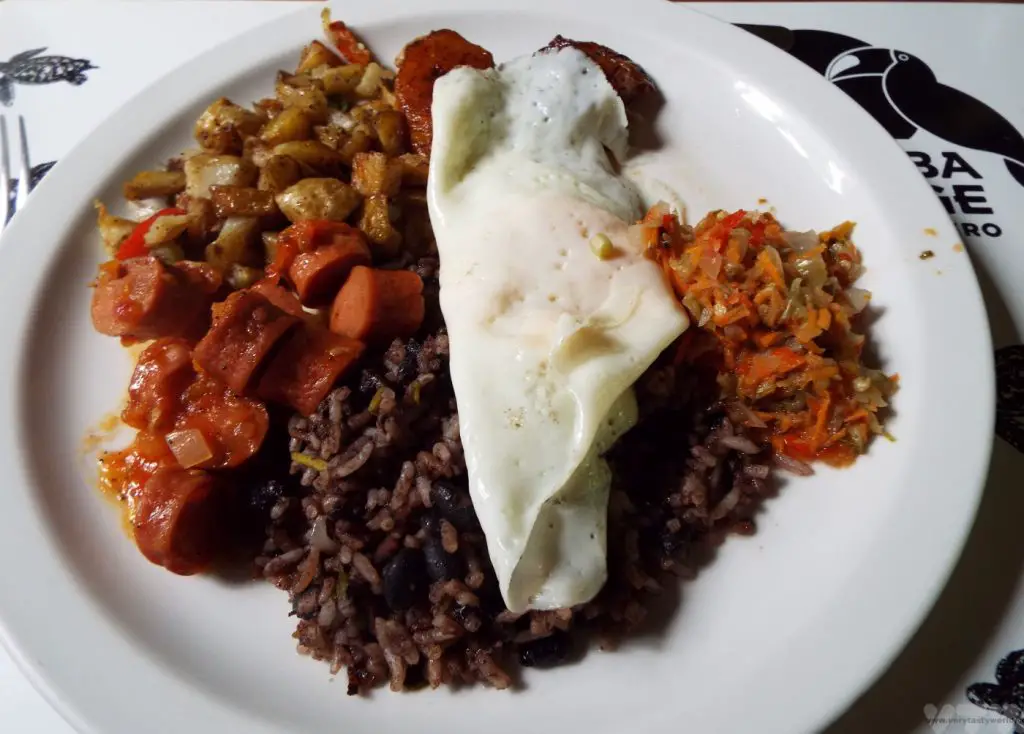
A dosa for breakfast in South India is an absolute joy. This is a pancake traditionally made from rice and dal (lentils) which are ground to form a batter and then fermented. The batter is cooked on a hot plate to form a large pancake and served with chutney – coriander, coconut and tomato are particularly popular.
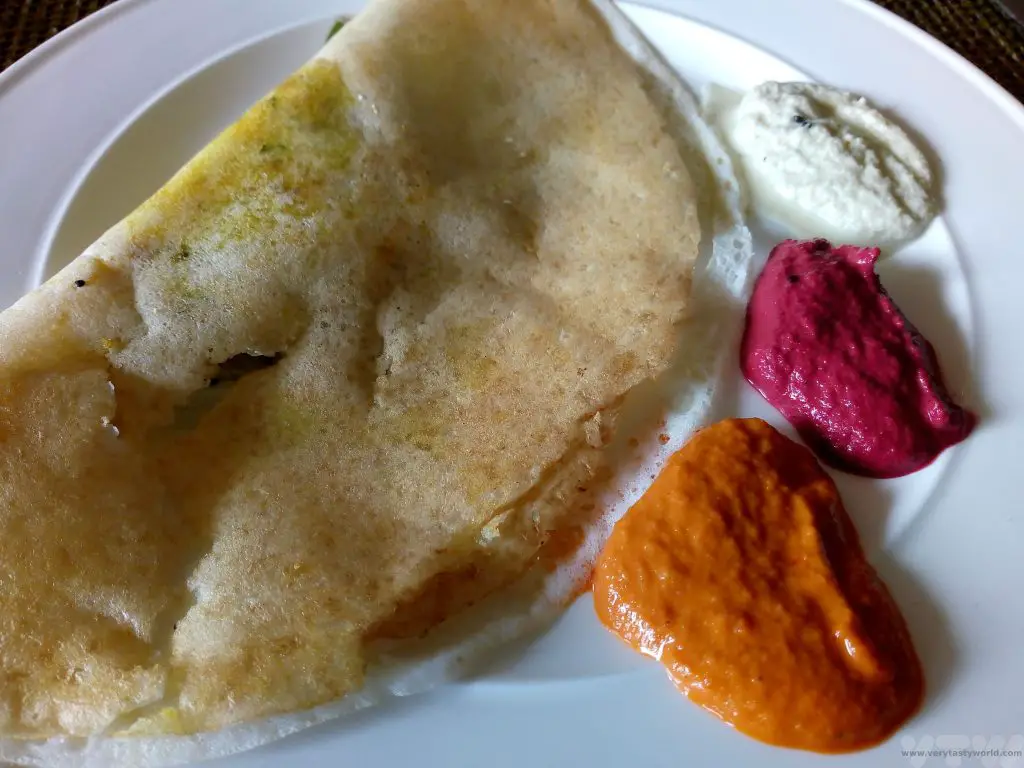
In Vietnam breakfast usually took a buffet form but often there were chefs on-hand to cook some food to order. We were always offered Pho – a tangle of noodles, freshly cooked and served in a yummy broth, topped with meat and vegetables. You pick up a side plate and add herbs, chilli, limes and other delicious items so that you can create your own personalised taste sensation. The liquid of the broth also ensured that we were thoroughly hydrated for the day ahead.
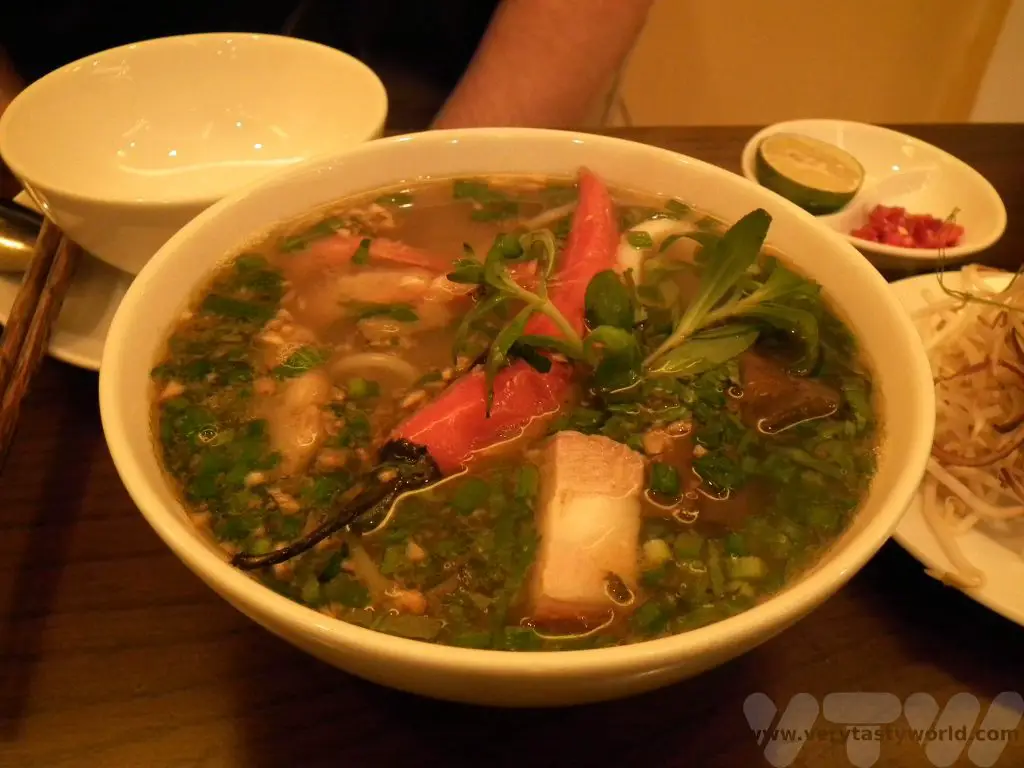
Japan also offers some of the world’s best breakfasts. A Japanese brekkie often comprises grilled fish, vegetables and pickles, maybe with tofu, dumpling and an omelette.
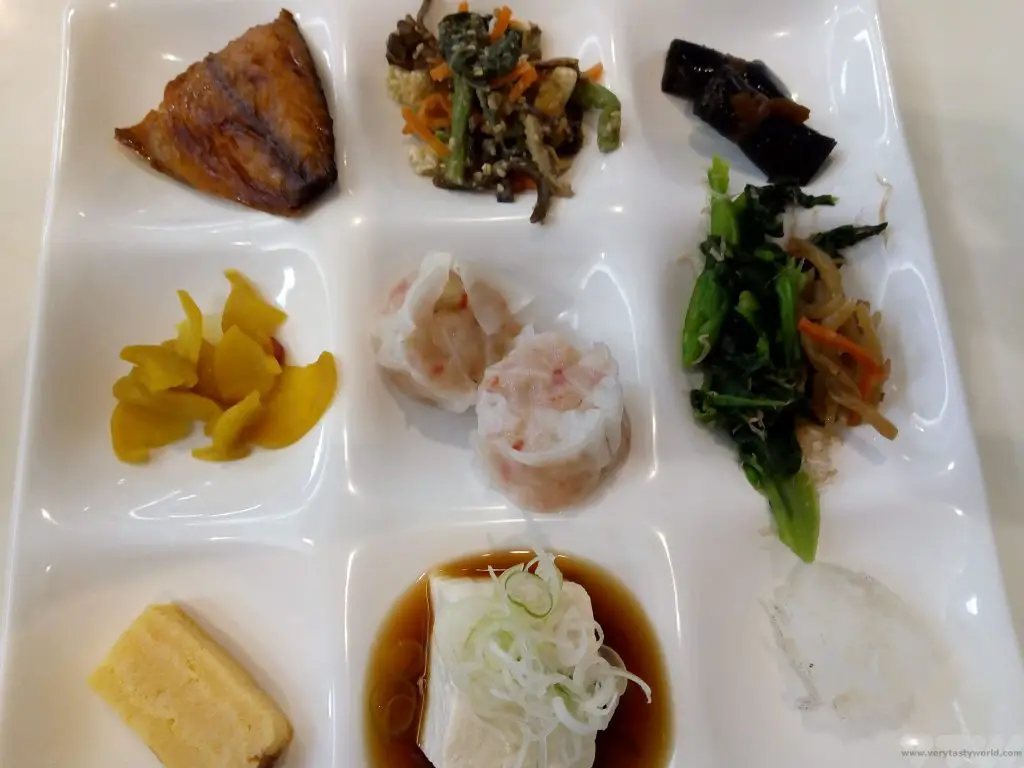
These are accompanied with a bowl of rice, into which you could crack a raw egg mixed with shoyu (soy sauce) – the egg sort of cooks in the heat of the rice – or that famous smelly fermented soybean concoction, natto, maybe with some sliced negi (similar to spring onion). Just grab a slice of nori (dried seaweed), place it over the rice, then using a pincer movement with your chopsticks grab a portion of rice with the nori. Scrumptious. (It’s worth noting that if you are at a breakfast buffet in Japan the eggs on offer may well be raw – be careful when cracking them.)
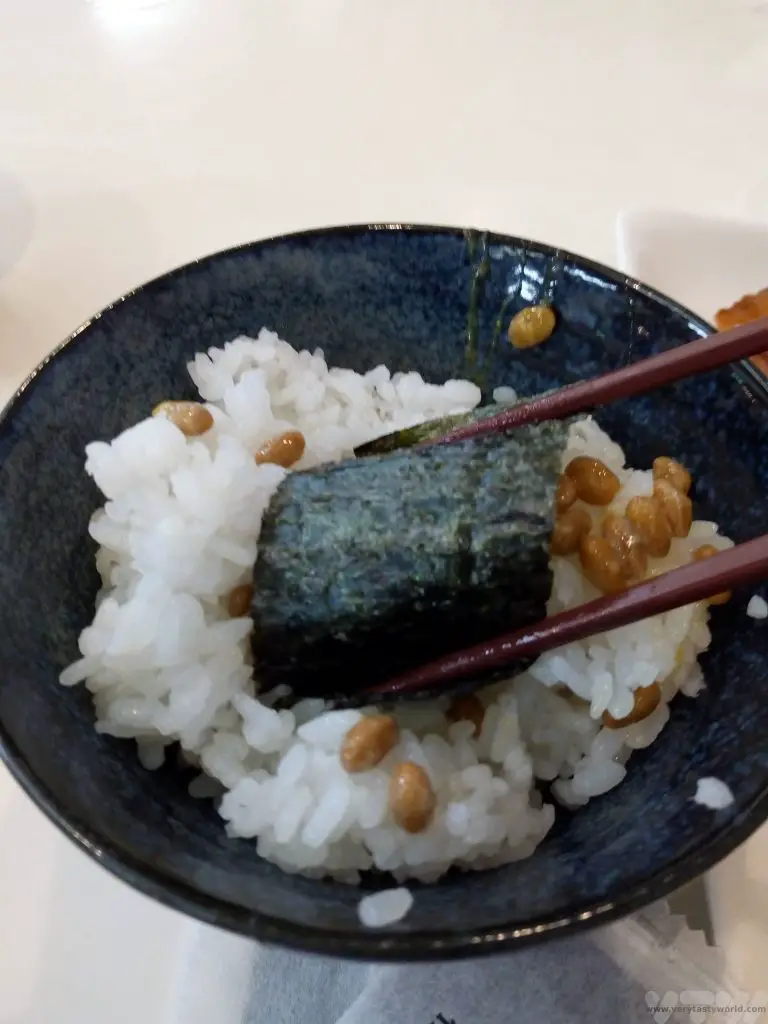

World’s Best Breakfasts – Back At Home
And, of course, whenever we are staying away from home in the UK, we’ll always have an honest-to-goodness fry-up. Sausage, bacon, egg (usually fried, poached or scrambled), black pudding, mushroom, tomato, beans and sometime a hash brown are the usual components.
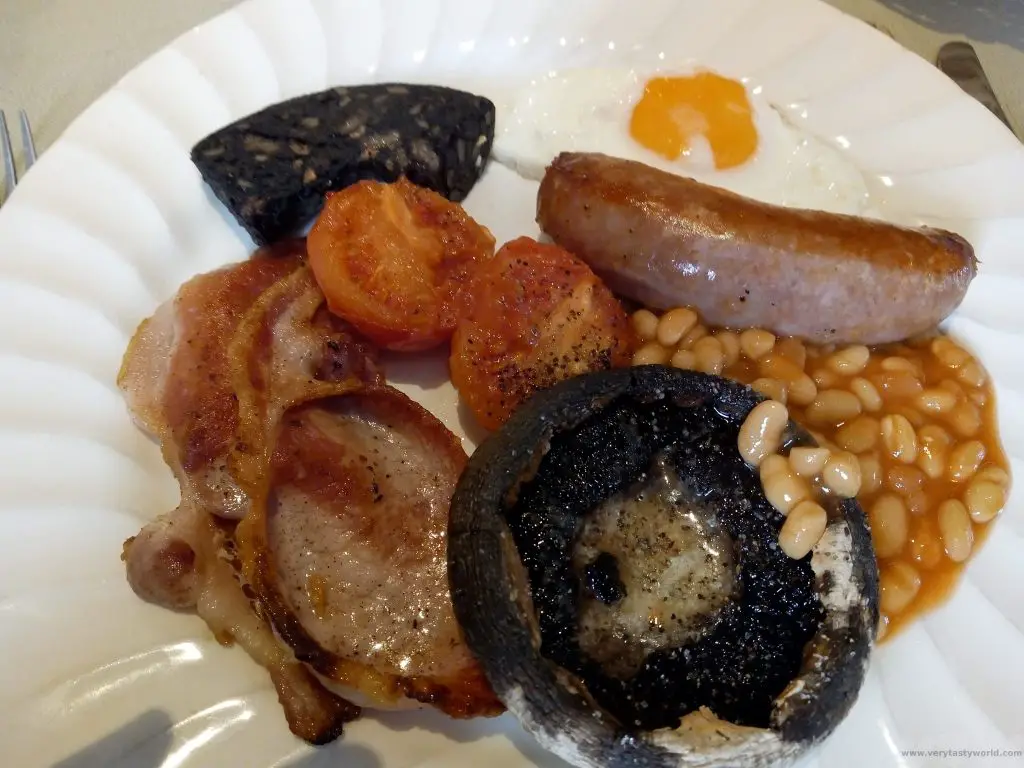
We recently discovered that the best possible place for a full English breakfast that we’ve ever eaten is actually in our home town. While many top breakfast establishments boast locally sourced food (which is, of course, delicious), The Gourmet Food Kitchen in Fargo Village, Coventry go one step further and actually cure their own bacon and make their own sausages and black pudding. And that’s just the start: The hash brown (never the most fabulous component of breakfasts) is a home-made bubble and squeak, a glorious blend of fried potato and cabbage. The beans have never seen a tin – they are home-made baked beans in a rich tomato sauce. Chef Tony even makes his own rich, tangy and utterly delicious brown sauce to accompany the feast.
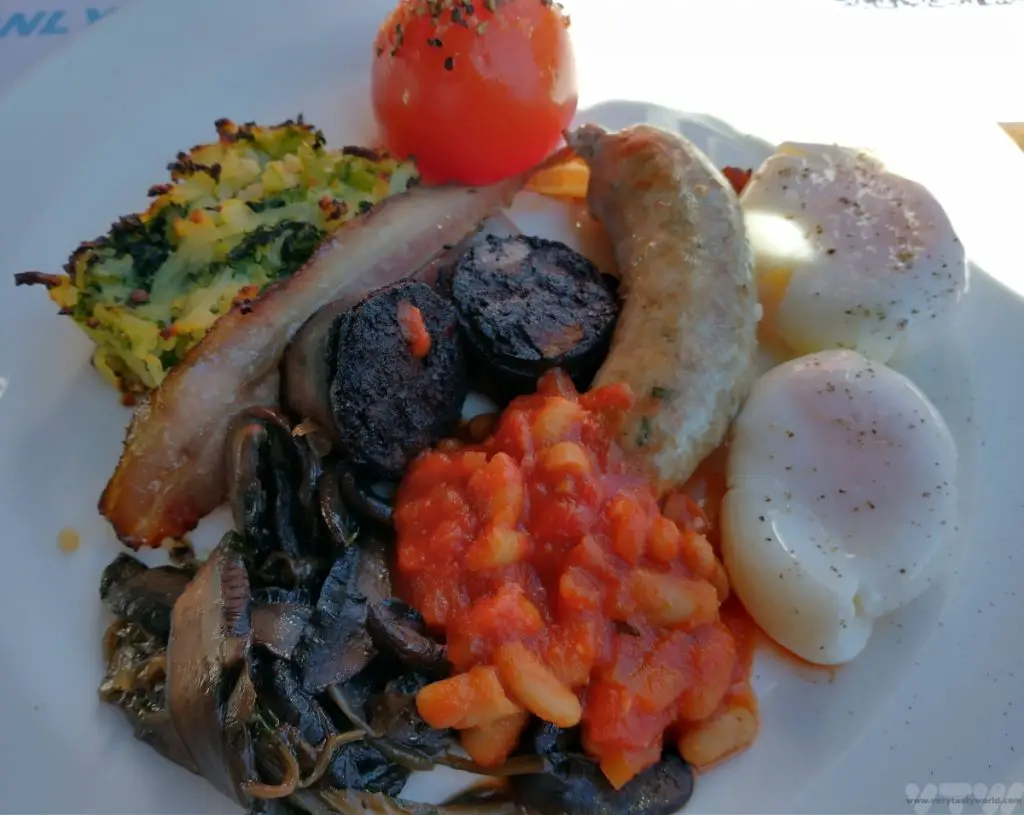
Related Posts You May Enjoy

Spirit of the Sea – A Visit to Fisher’s Gin Distillery at Aldeburgh
Suffolk, in East Anglia, located on the east coast of England, is a beautiful rural county and a fine place for foodies to visit. It’s famous for its pig farming and high quality pork as well as the seafood bounty from its 50 mile coastline. Adnam’s brewery is also based in Suffolk and most pubs in the area seem to be associated with them. Suffolk can also boast the closest gin distillery to the sea.
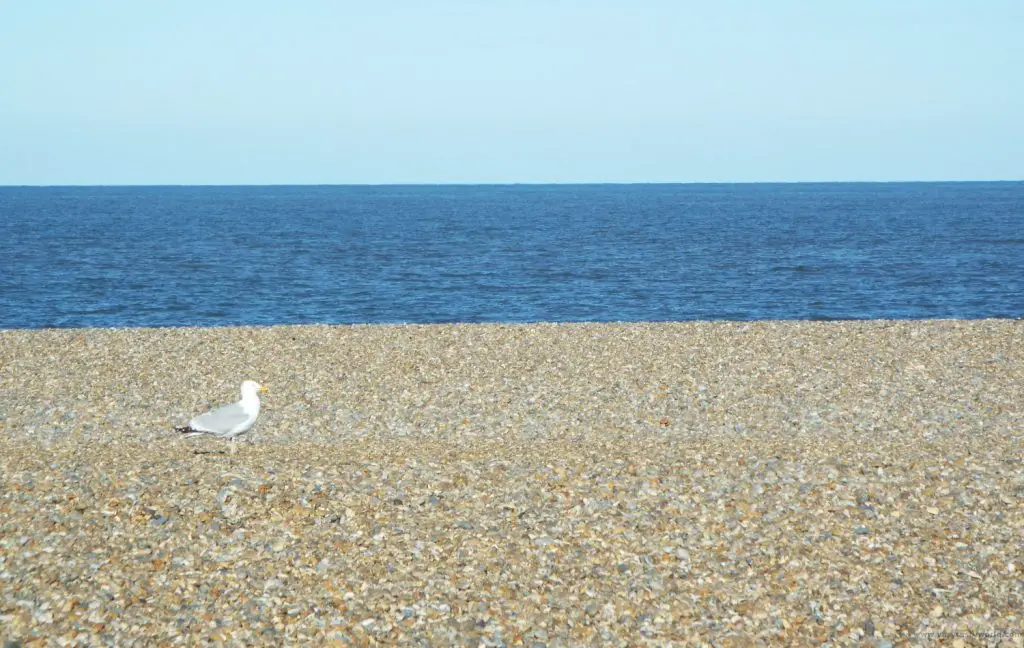
Fishers Gin is located in the coastal town of Aldeburgh and the team aim to capture the flavours of the area in their gin using locally foraged botanicals such as samphire and sea purslane. The distillery is located right by the seashore – literally a stone’s throw from the beach. They offer tours of the distillery – an afternoon tour and, later, a sundowner, which has all the elements of the earlier tour but you also get to taste some local food and go home with a Fishers tote bag and a gin mug. We opted for the sundowner.
On arrival we were greeted with a warm, “Hello, would you like a G&T?” which is one of the best possible welcomes. The G&T (a double, of course) comprised Fishers original gin accompanied by a can of Double Dutch tonic water which contains less quinine than traditional tonic waters and hence is less bitter. The G&T was served in a rather splendid tin cup, a nice change from those enormous balloon glasses full of ice that seem to be so trendy these days. Ice and a slice were mandatory of course, but the ice cube was very large, so it kept the G&T cold and did not to dilute the gin. (Note to self: make very large ice cubes in future.) The garnish was a slice of dried orange and a sea purslane leaf. The gin itself is a London Dry Gin but is unusual because many of the botanicals are particularly savoury and have a salty edge to them. Samphire (rock and marsh samphire are both used in this gin) and sea purslane are key ingredients, foraged locally, and both have a flavour which subtly recalls the taste of the sea.
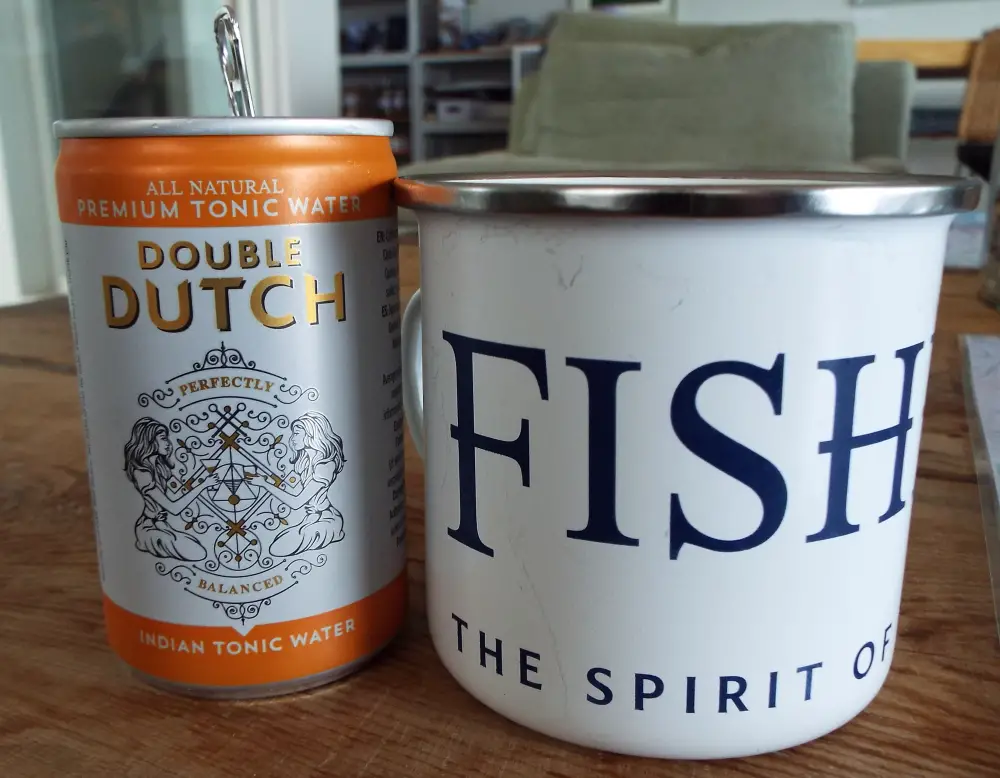
After watching an audio visual display about the local area and botanicals we met the still, which is named Watson after the owner’s dog. The gin making process was explained to us: The botanicals infuse in the base spirit for 16 hours before distillation. There are three outputs from the still: the head (the first few litres of liquid that emerge from the condenser), the heart and the tail (the last few litres). Like whisky, the head and tail are discarded.
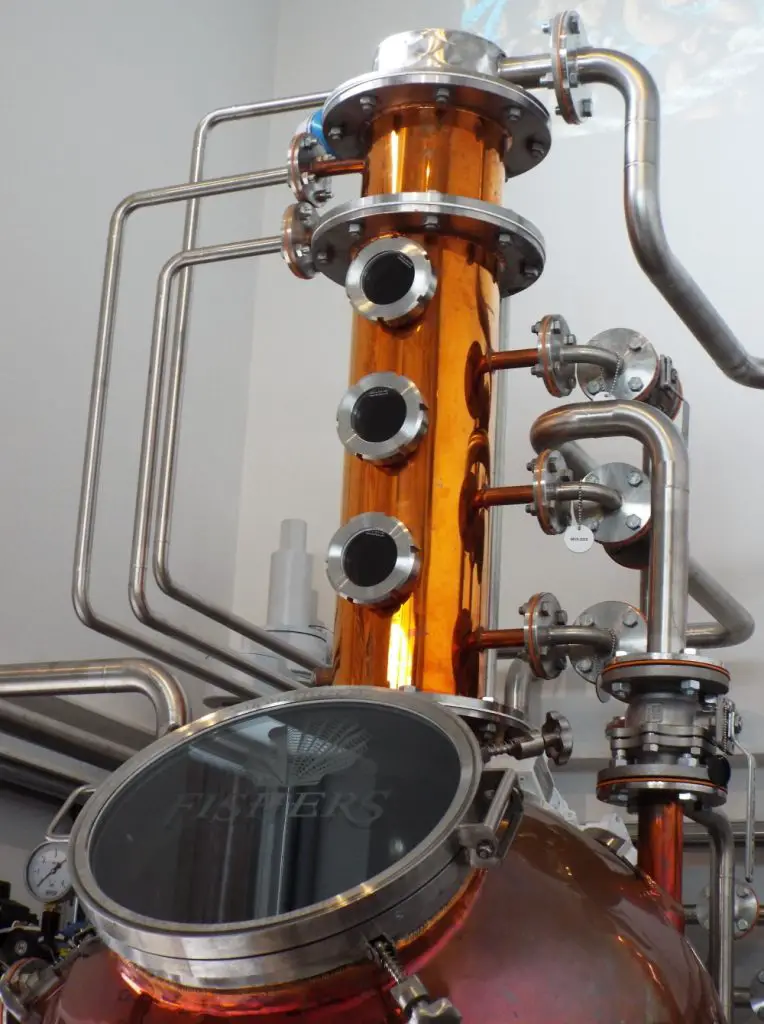
As part of the tour we learned about the history of gin – that it originated in the Netherlands – and also about the different botanicals used in the gin-making process by making a botanical tea. We were provided with the botanicals and an empty teabag (as well as another G&T to help the process) and tasted a variety of flavours.
Juniper is the flavour that defines gin as gin, so that was an essential. Then we experimented with various quantities of the botanicals used in Fishers gin to create a unique tea. Each ingredient was crushed using a dinky pestle and mortar to extract the oils and hence maximise the flavours.

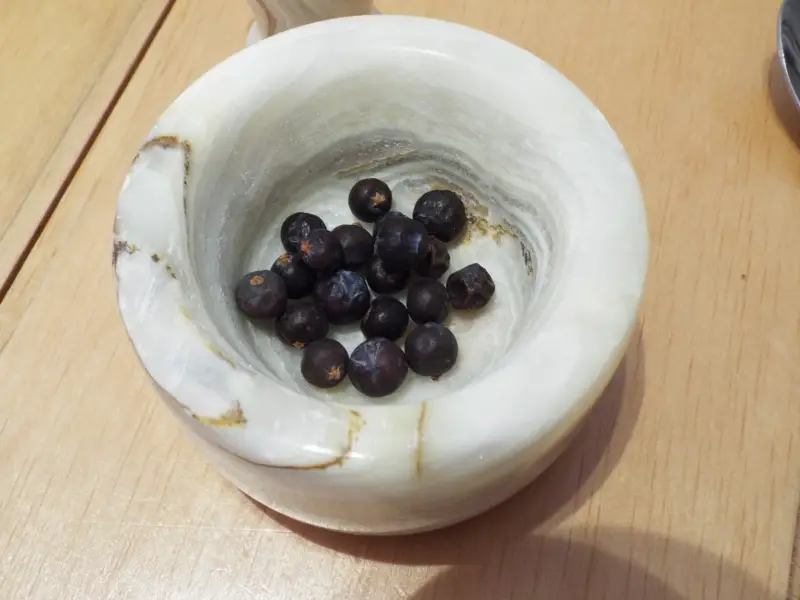
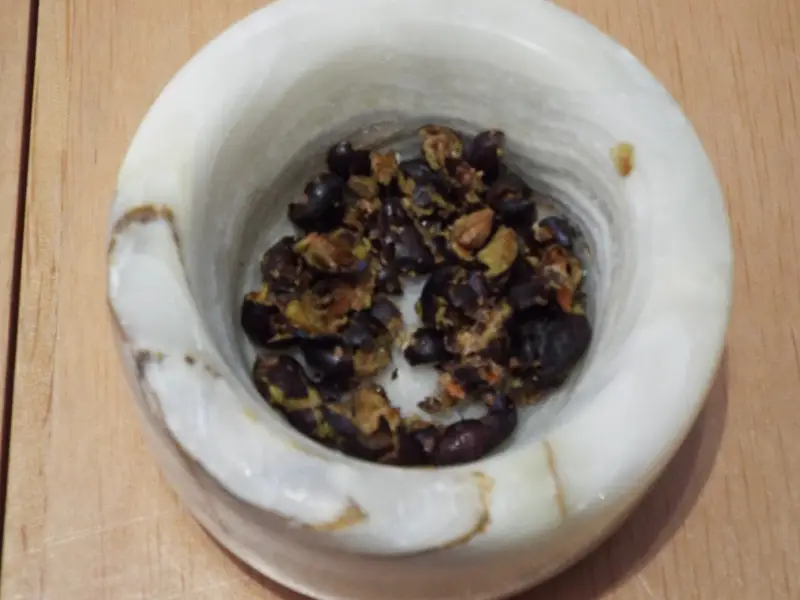
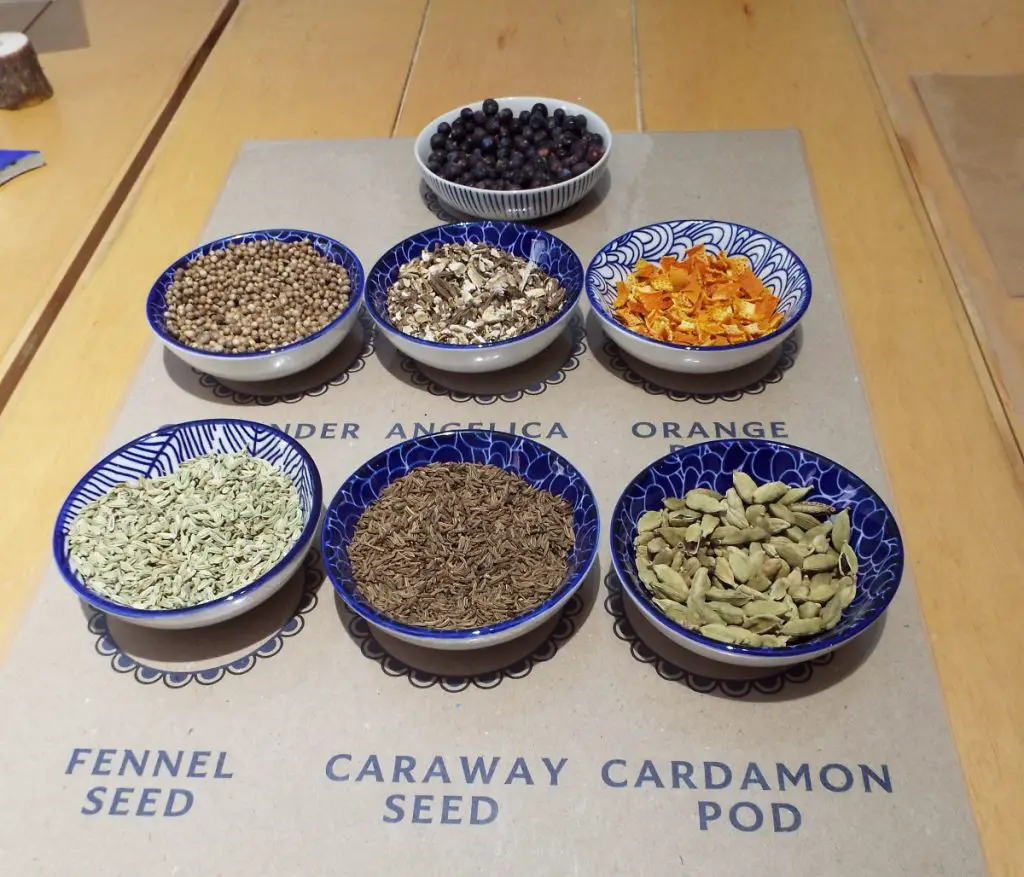
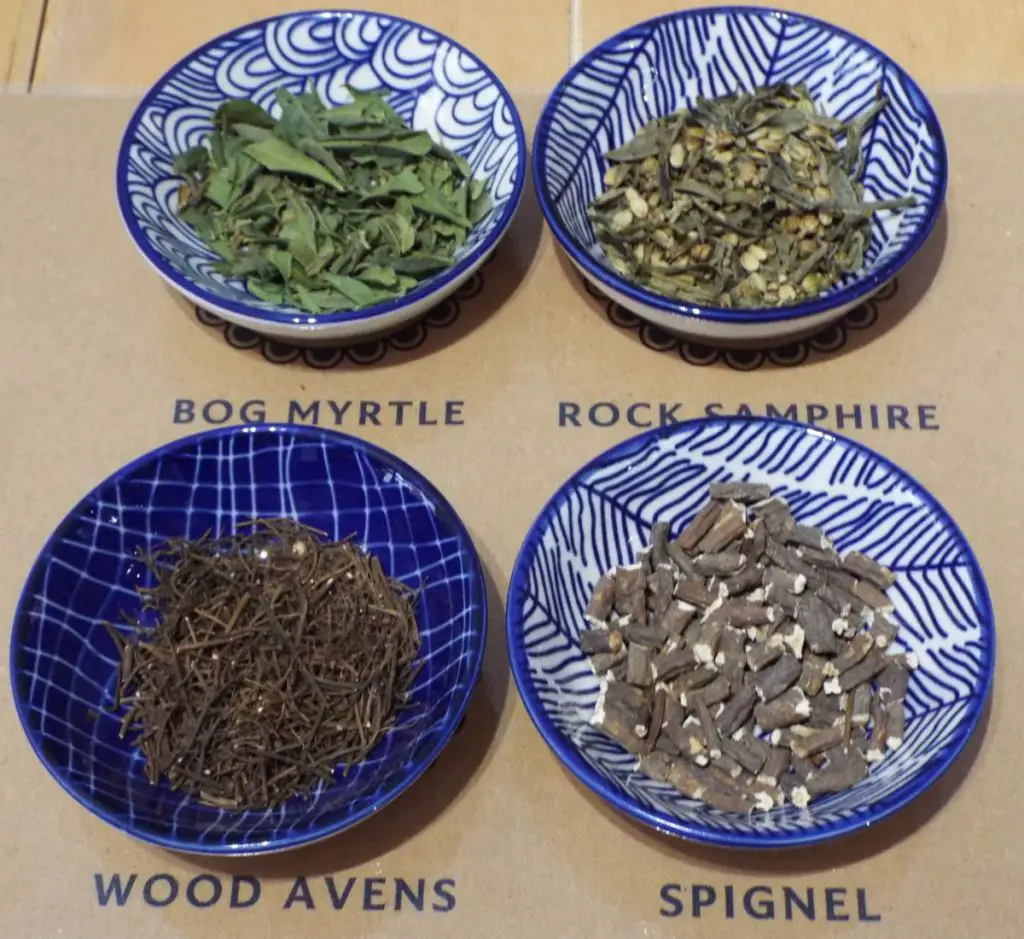
The teabags were then infused in a cup of boiled water and we could taste how our particular combination of botanicals worked together.
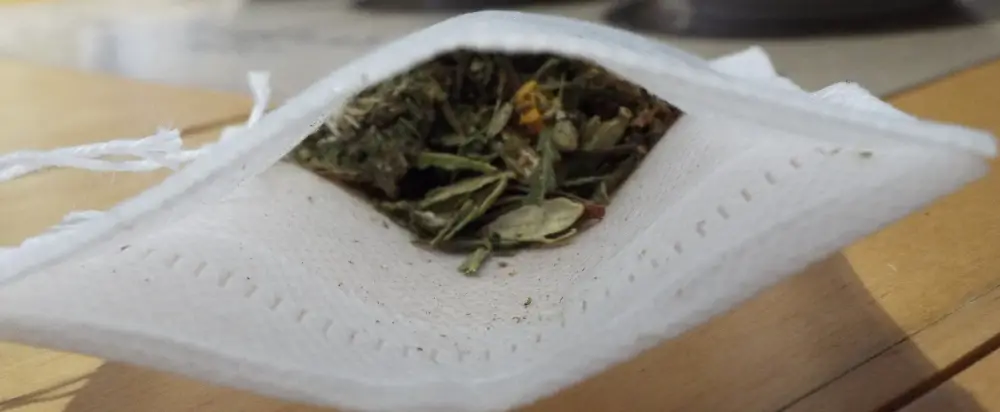
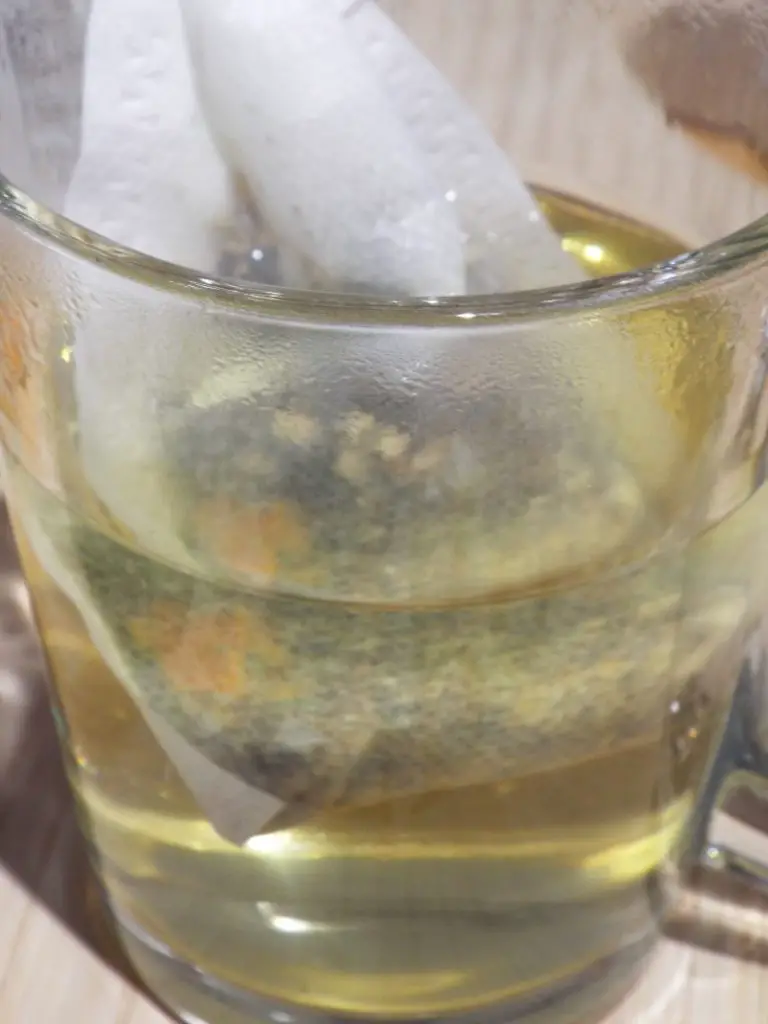
After making the tea we were invited to a tasting. There were three gins on offer: Fishers original, Fishers Fifty (which is stronger, having an ABV of 50%) and Fishers Smoked.
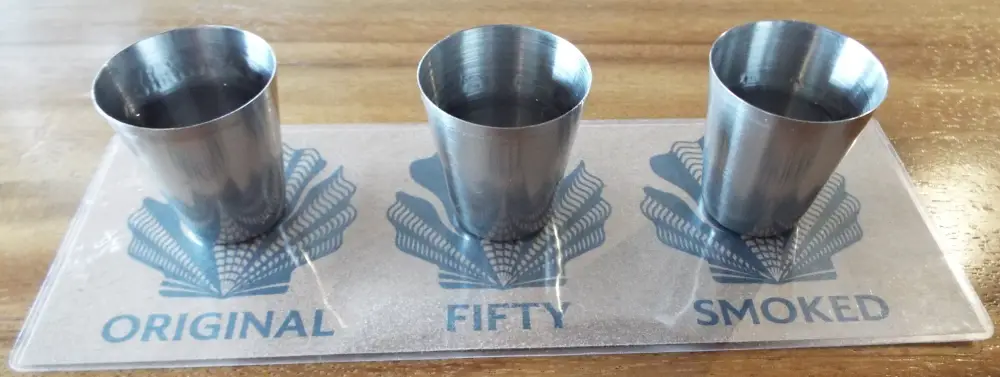
The smoked gin used botanicals that had been smoked at Orford smoke house, just down the road from Aldeburgh, for six days. Curiously, you can almost smell smoked fish on the nose but the finished gin is smooth on the palette, loses any fishiness but retains a gorgeously subtle smoky flavour. What is particularly interesting about this gin is the way that Fishers use savoury flavouring in their gins. Salt won’t get through the distillation process but the oils from the botanicals allow some subtly salty flavours to come through. Fishers also have a small still to experiment with flavours when developing a new gin.
And finally, we were offered a platter of local specialities: smoked mackerel pate from Orford, sesame hummus, sourdough and smoked salmon from l’Escargot deli, smoked cheddar and Stilton style cheeses from Orford.
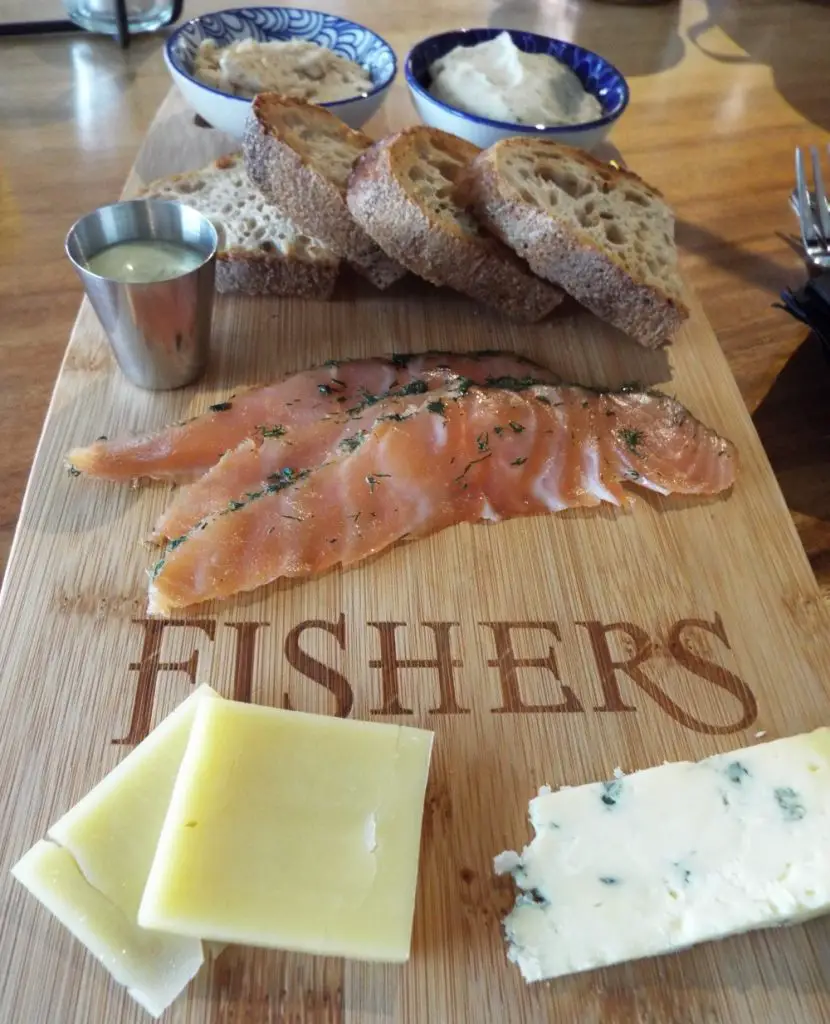
And the evening was rounded off with a couple of cocktails. A Negroni which comprised of Fishers Gold, Campari and sweet vermouth in equal measure and a Mule which contained Fishers Smoked, ginger ale and lime. Both were delicious.
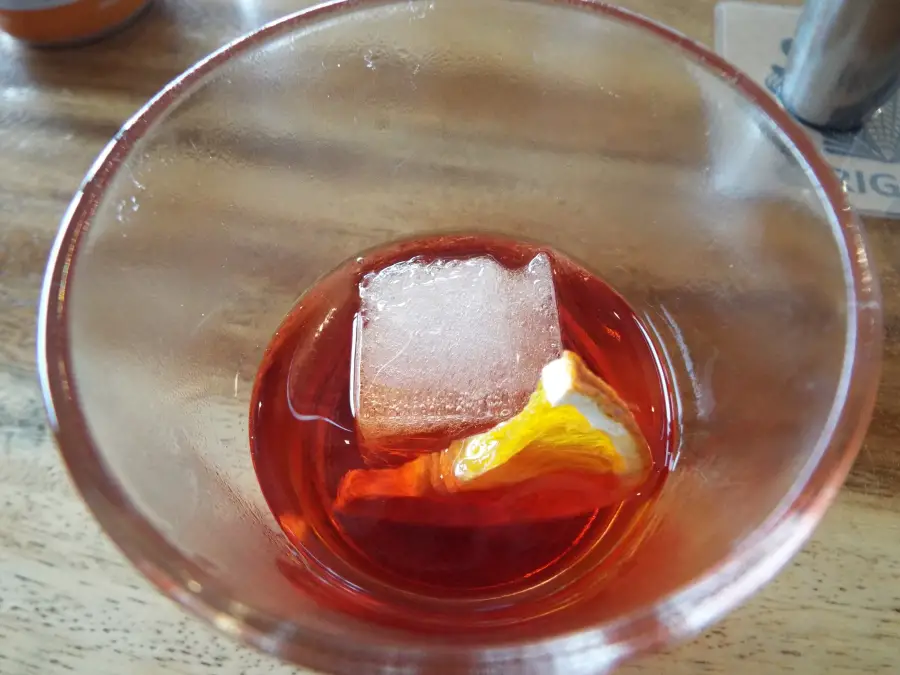
The Fishers team were very friendly, the tour was informative and the tastings hugely enjoyable (hic!). We ended up chatting with our hosts for much longer than the planned tour time as they were so welcoming and accommodating. The experience is highly recommended.

- Things To Do In Rovaniemi In Winter
- Avebury Stone Circle vs Stonehenge
- Five days in Copenhagen
- Is Sarajevo Worth Visiting?
- A Svalbard Holiday – Land of the Midday Moon
- Afternoon Tea in Coventry
We attended this experience using our own resources.
